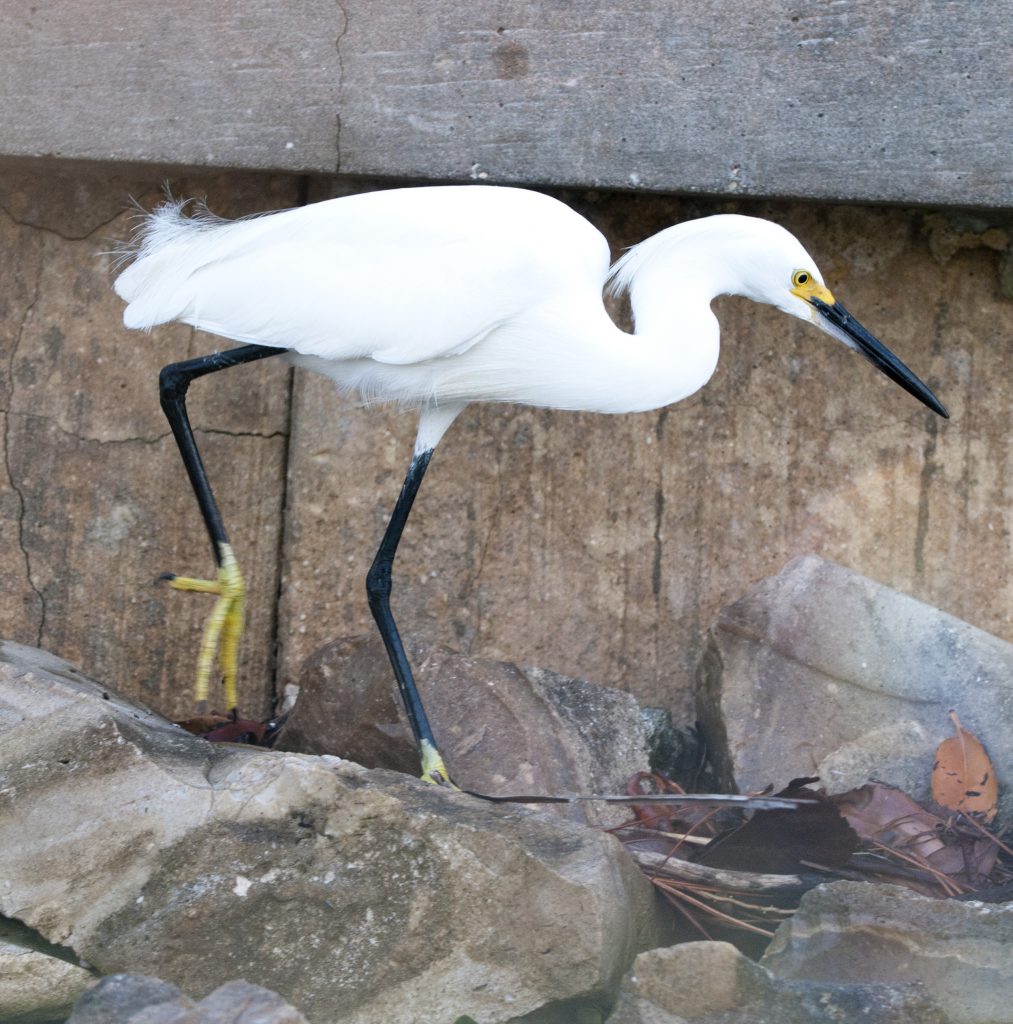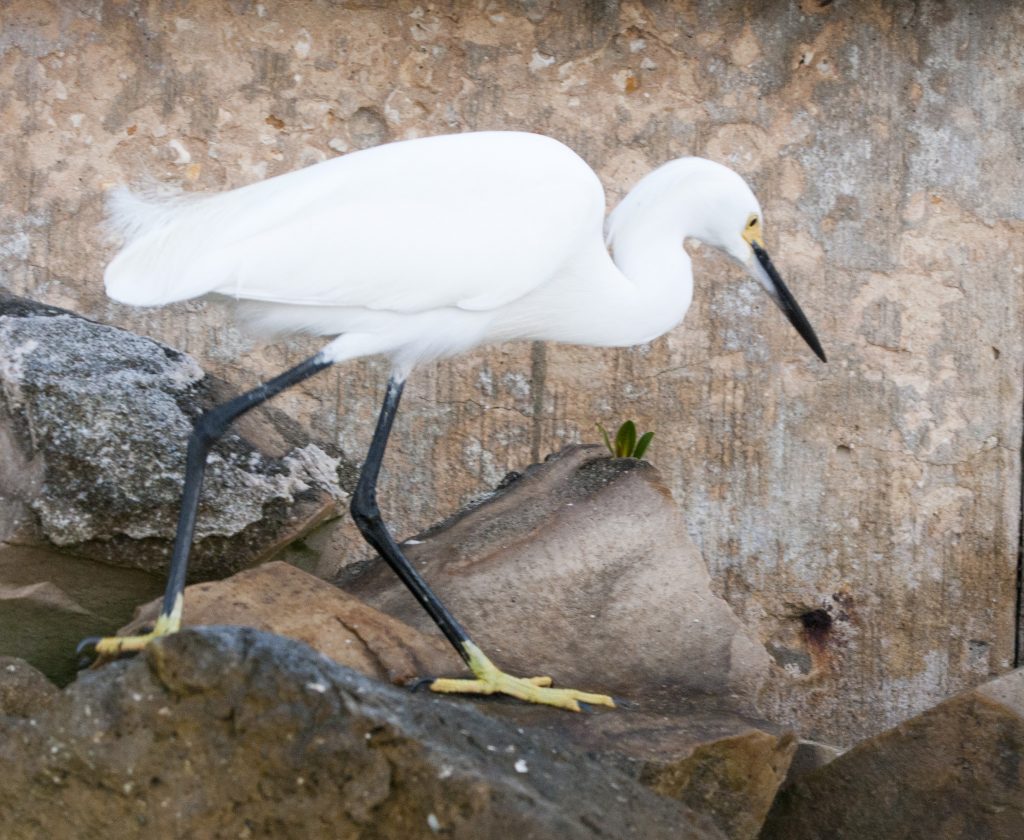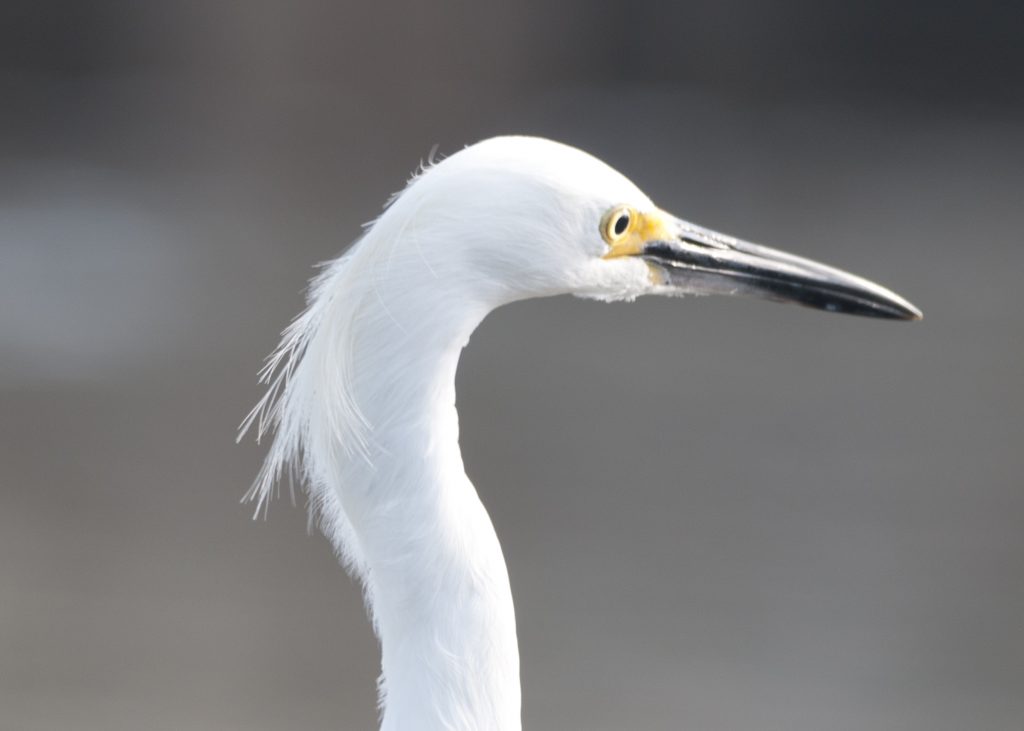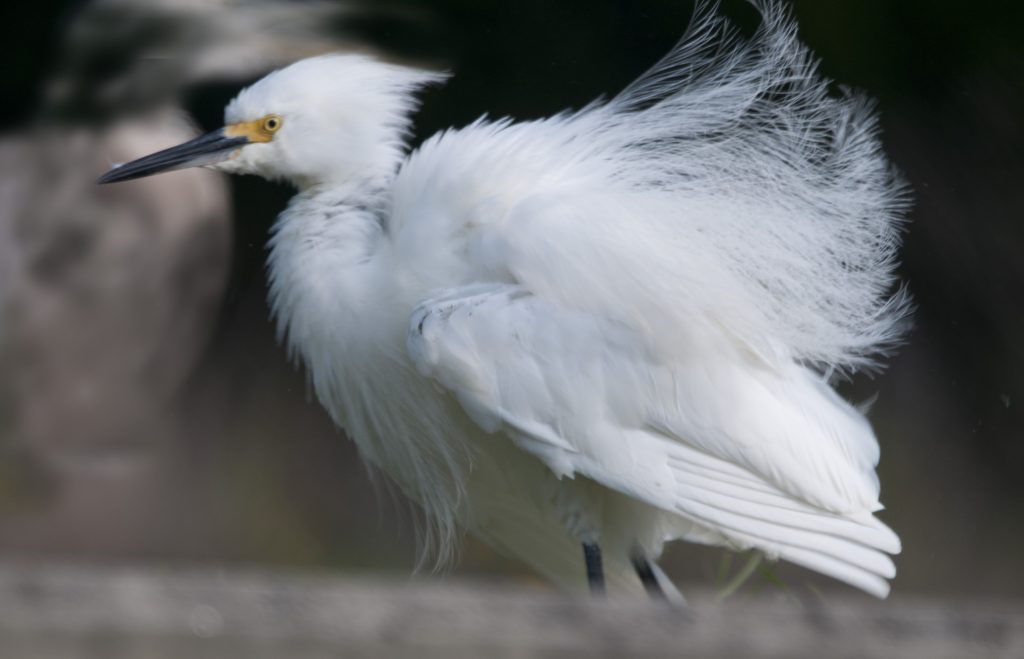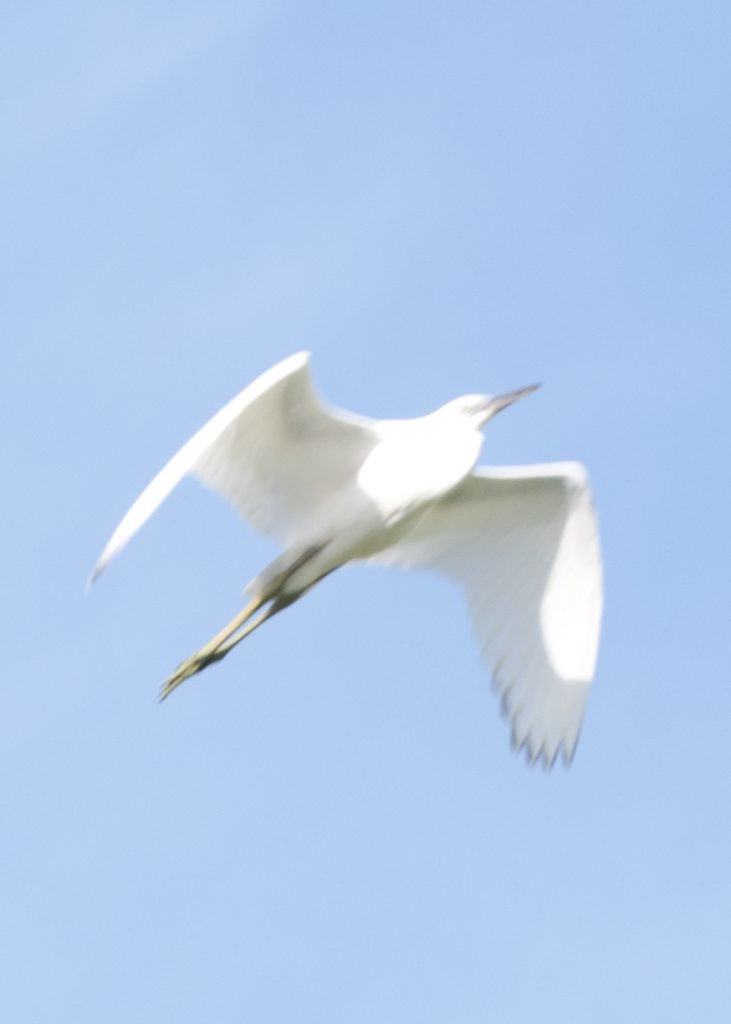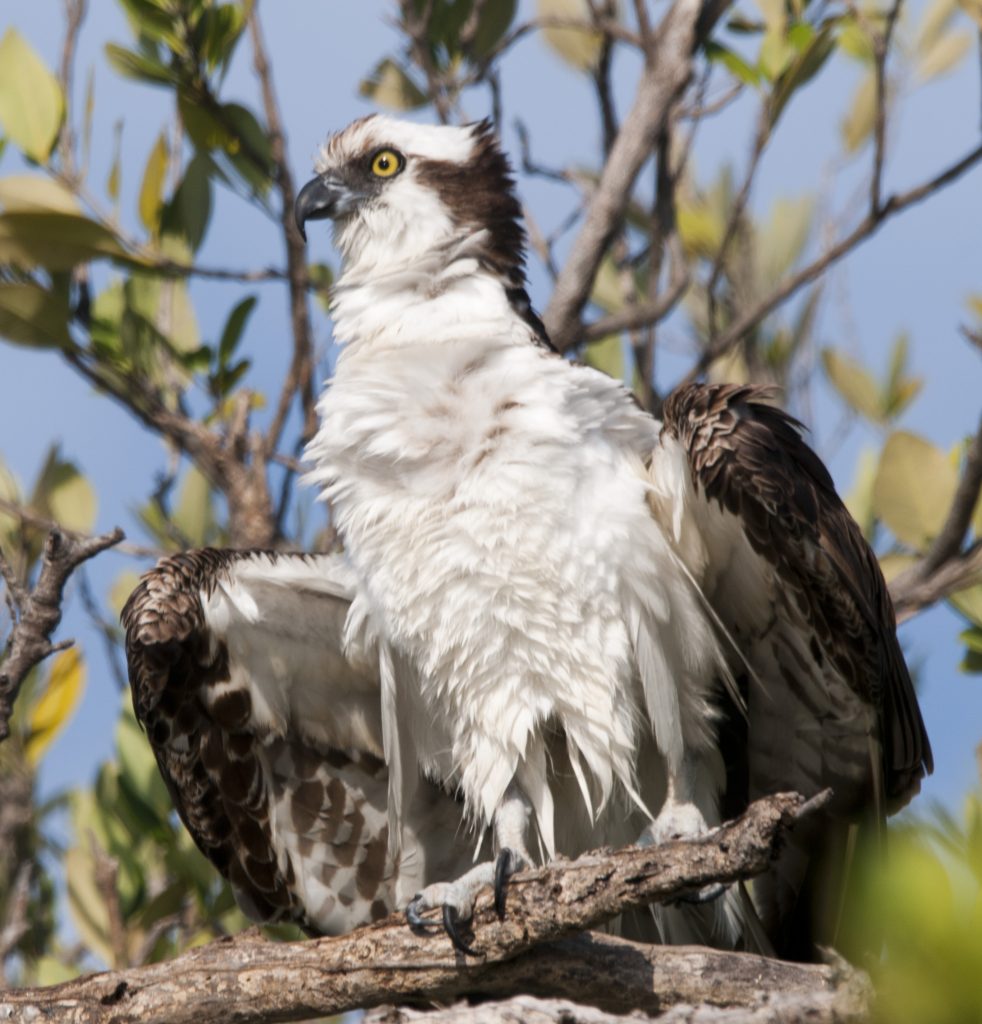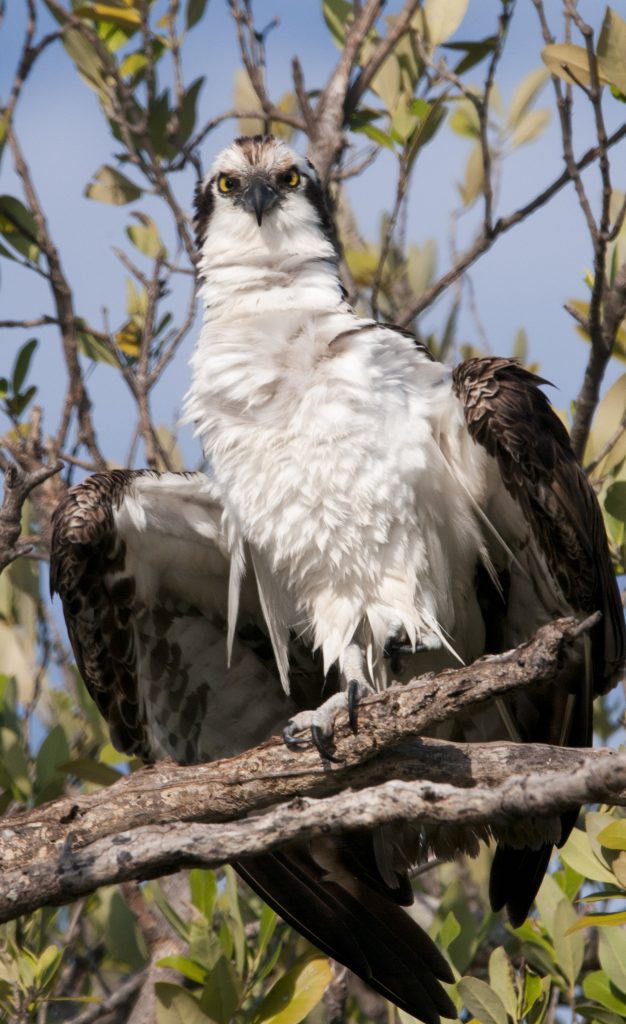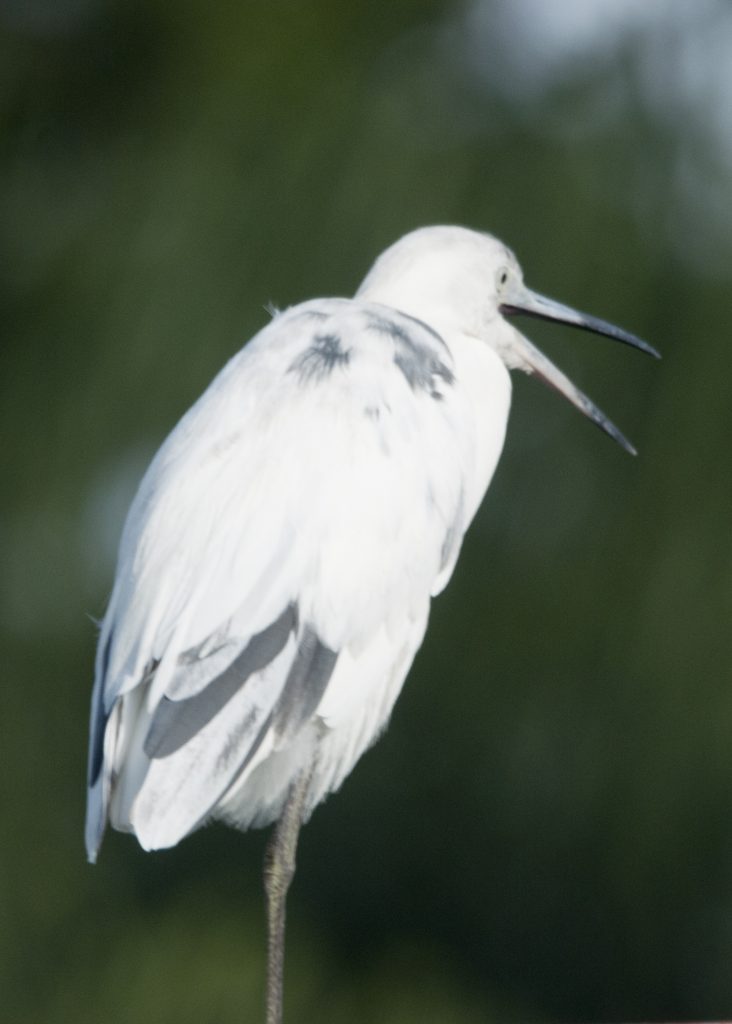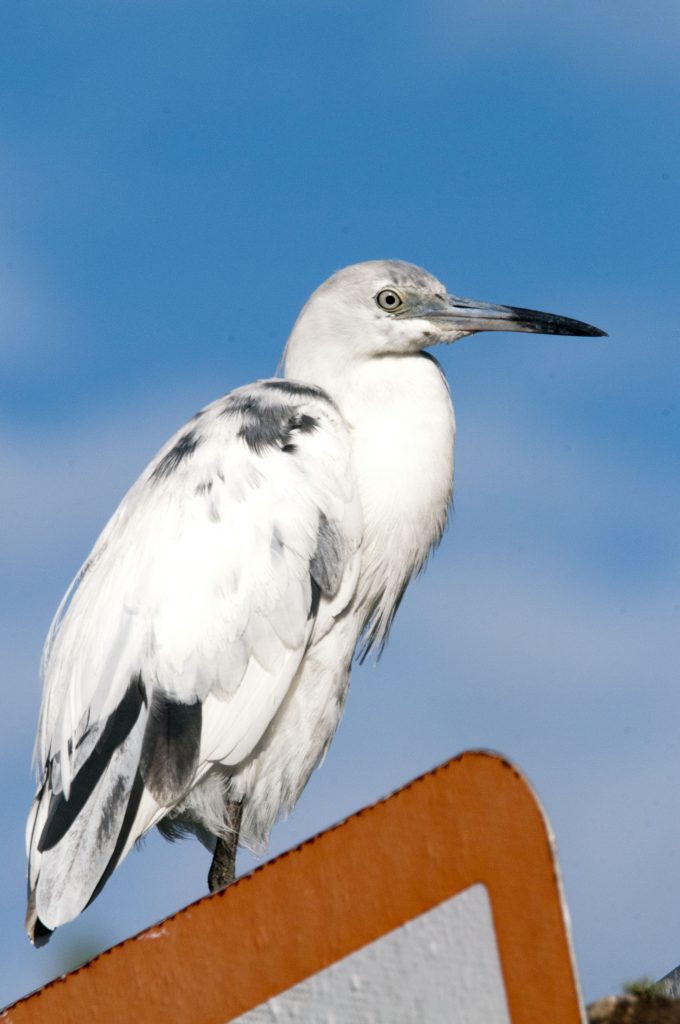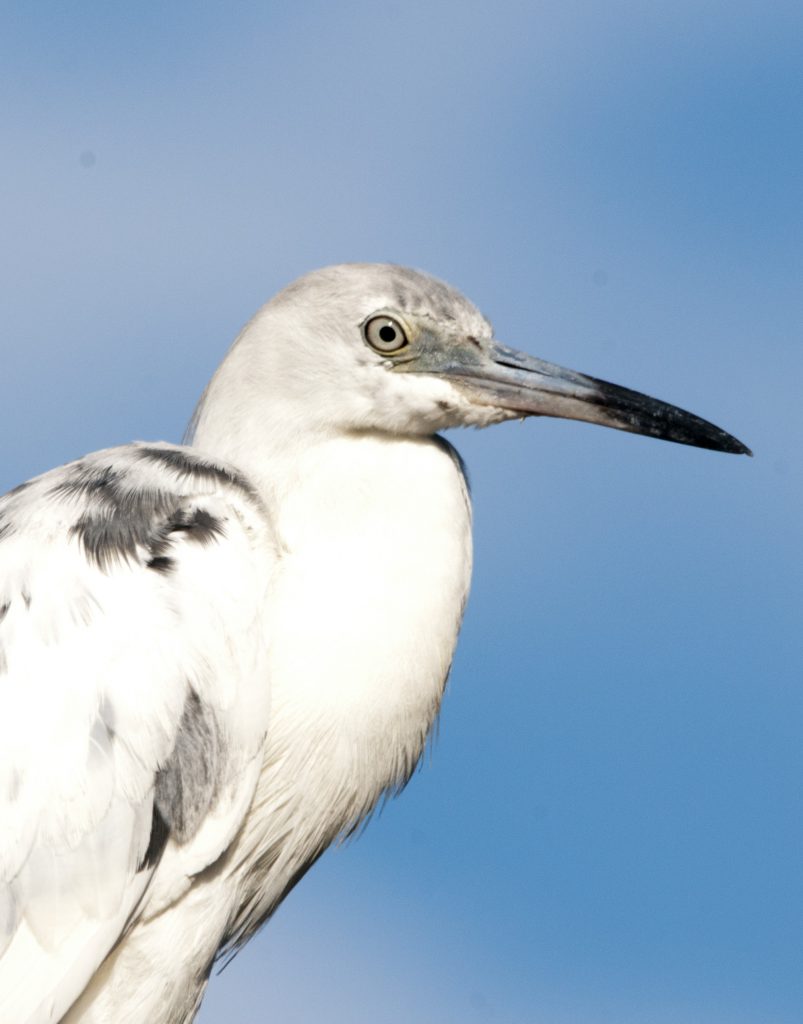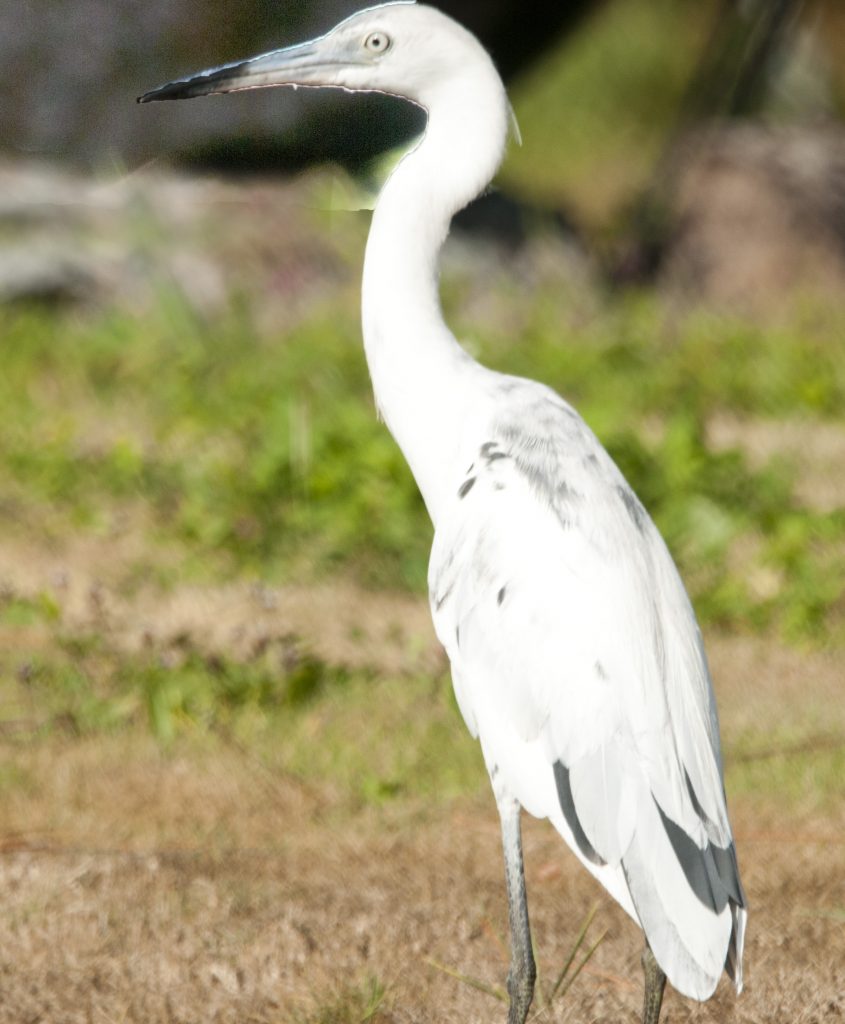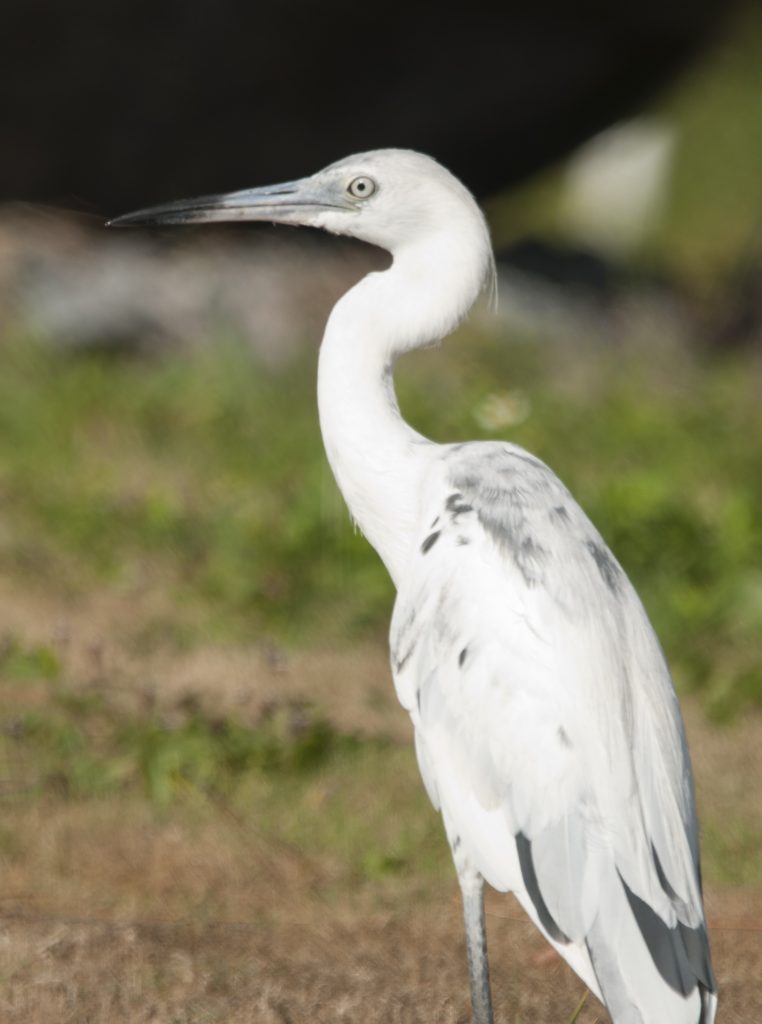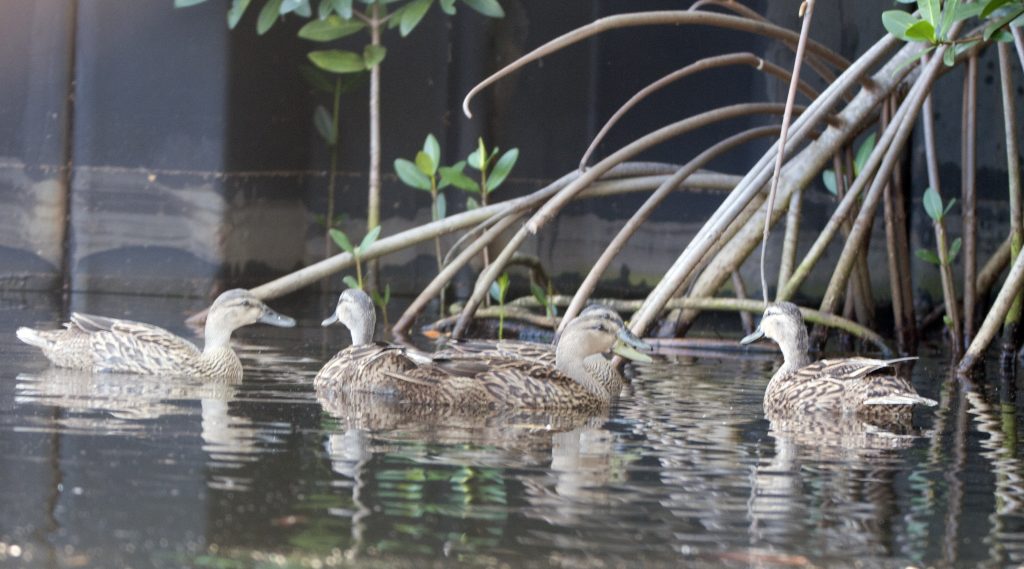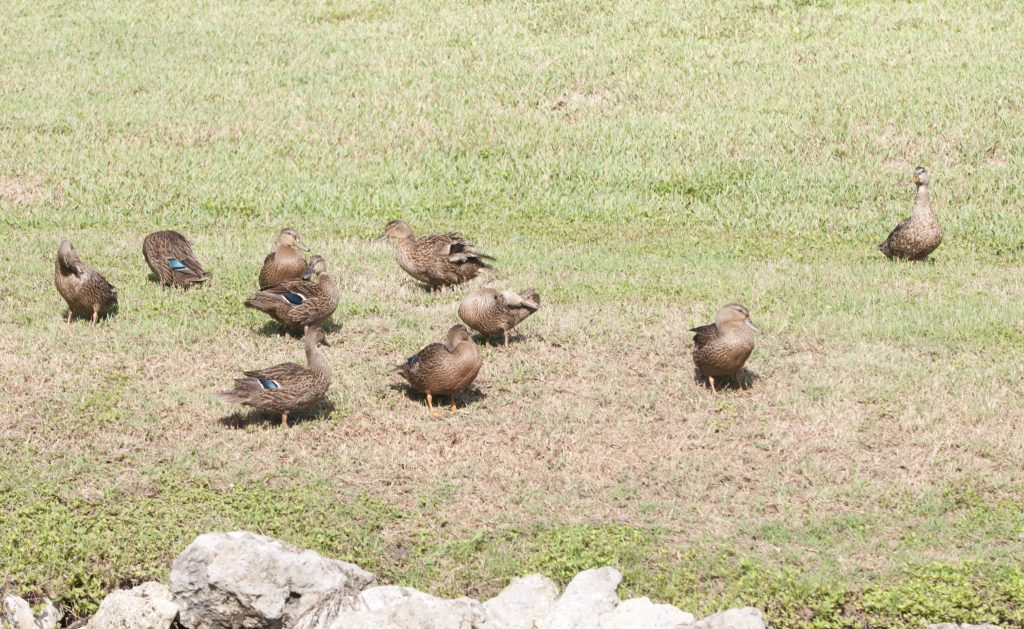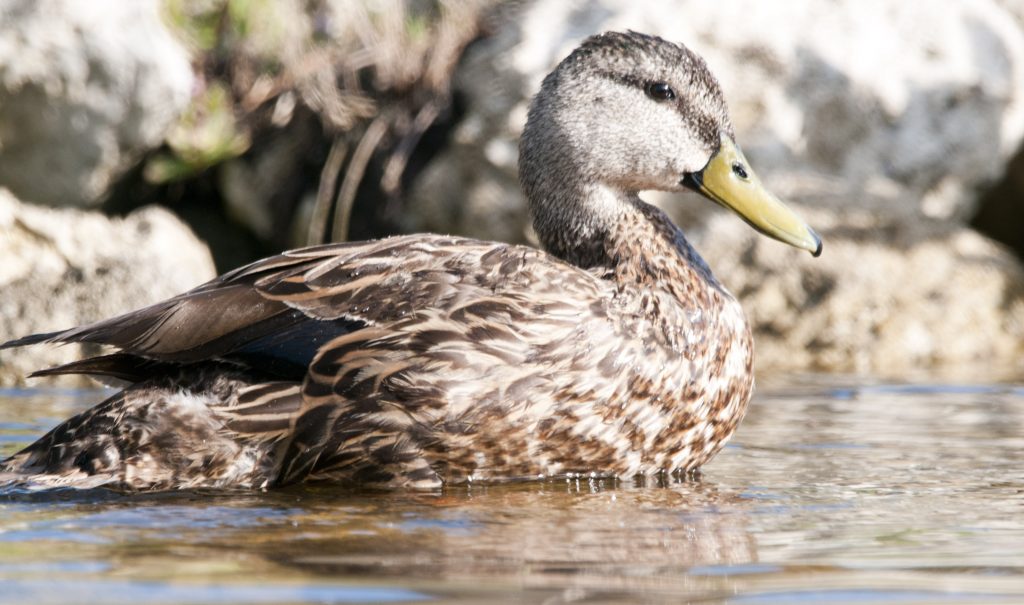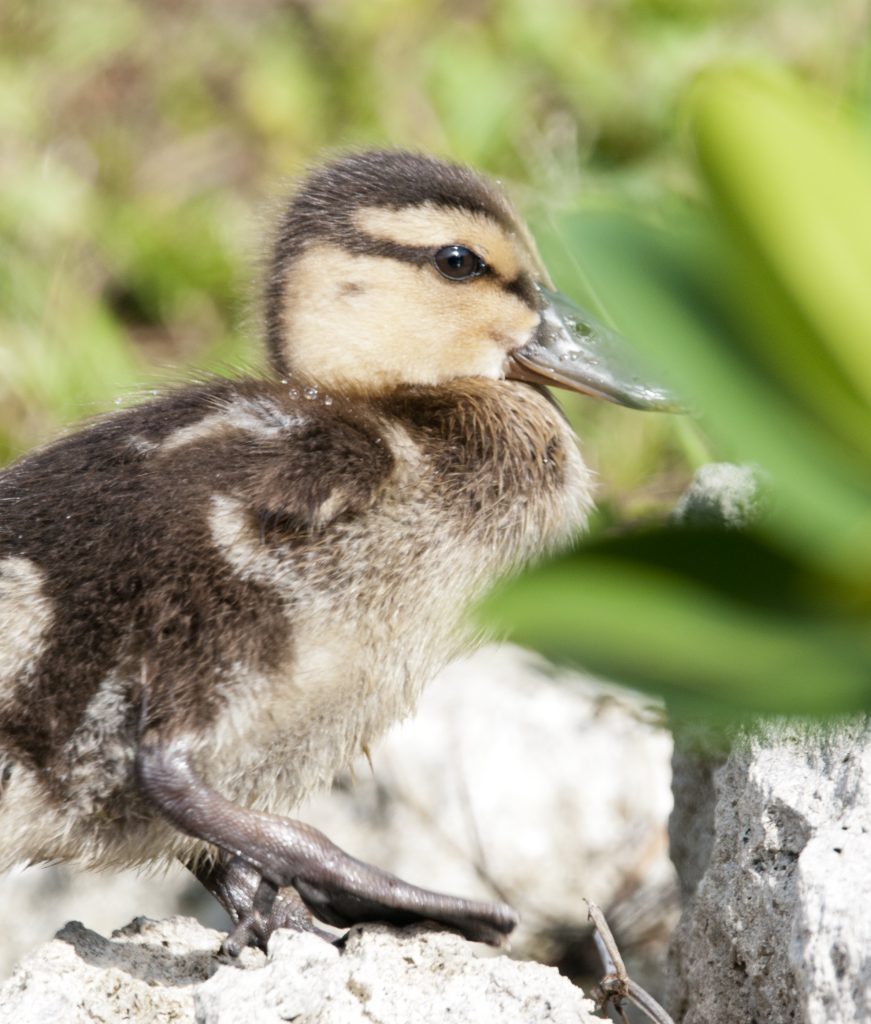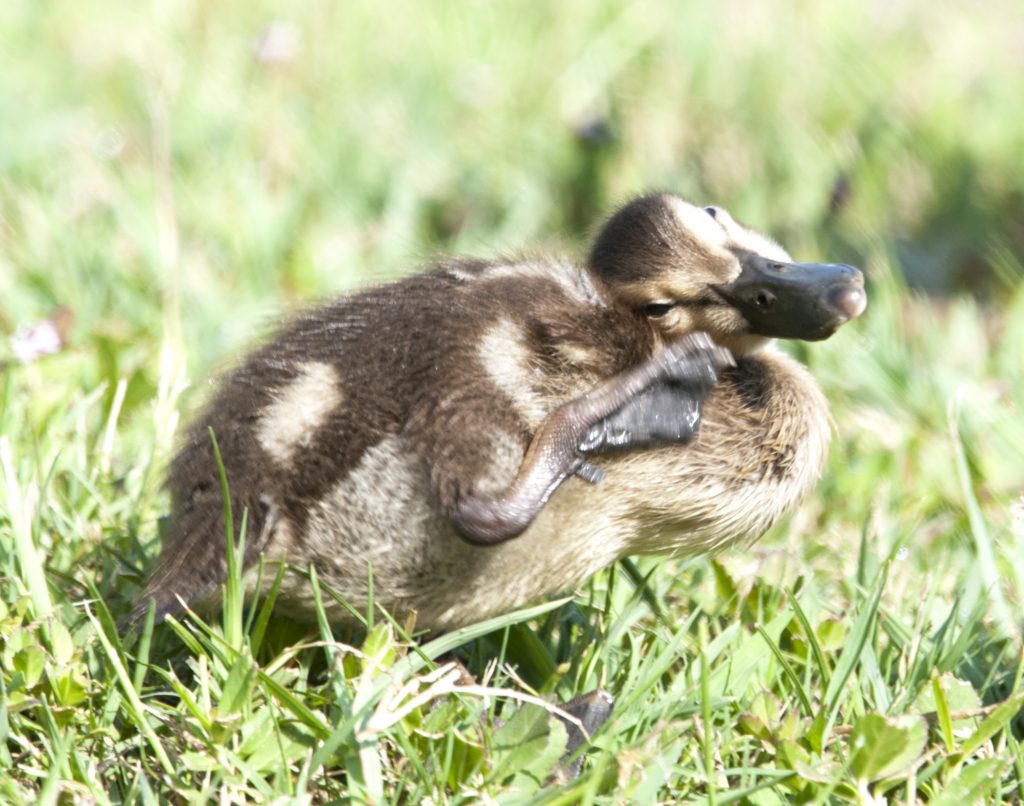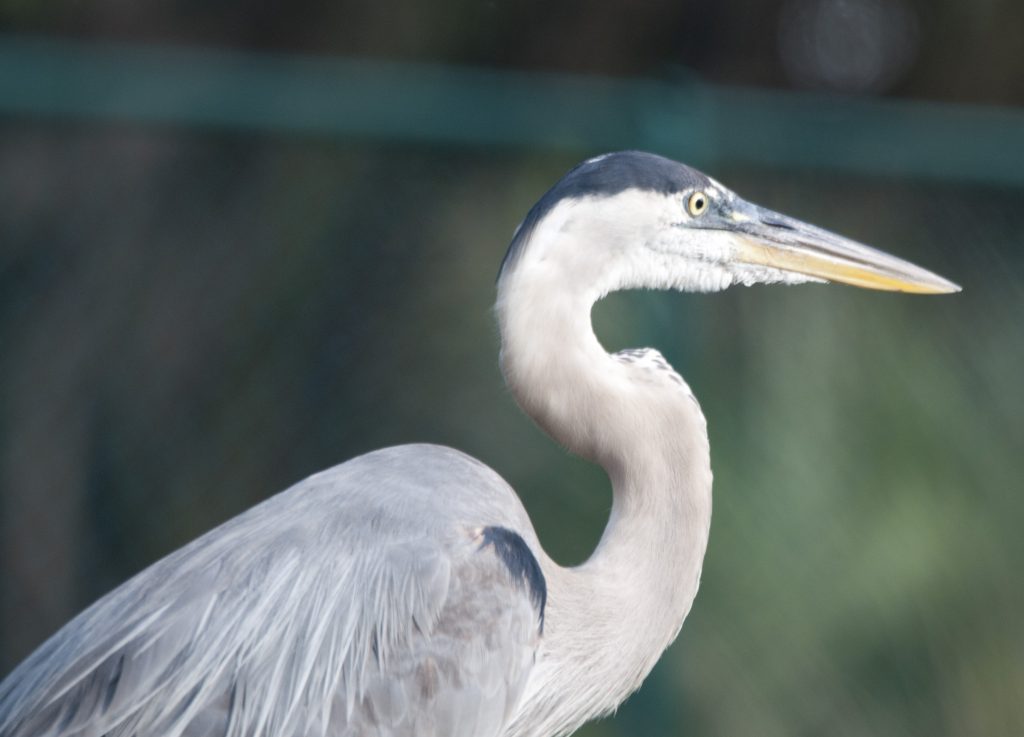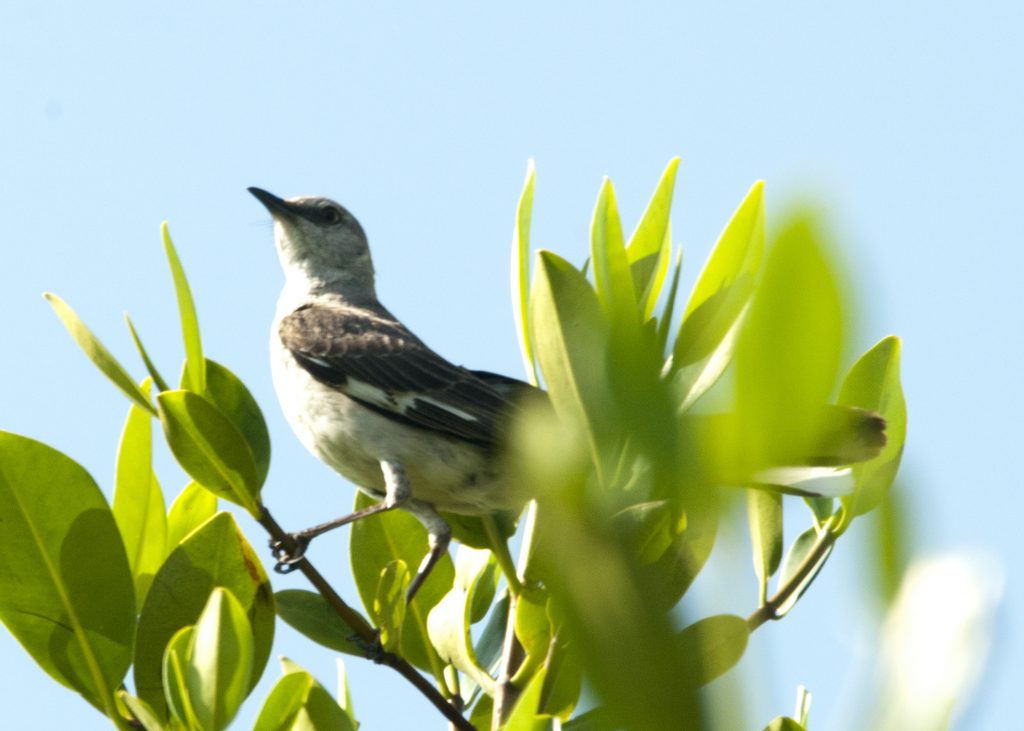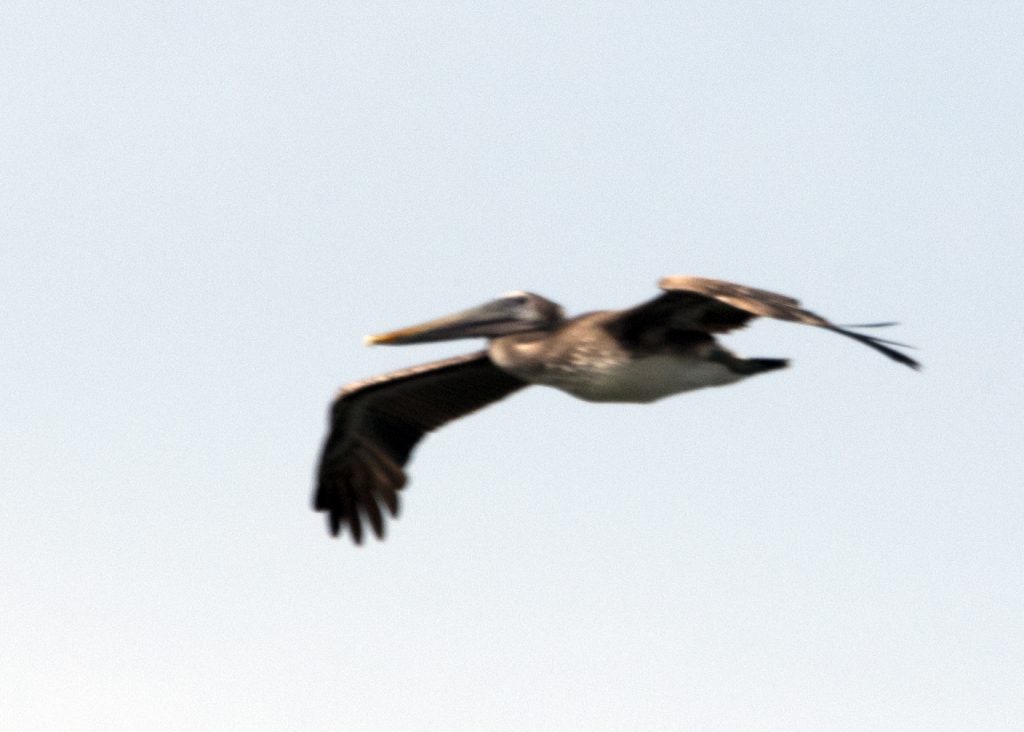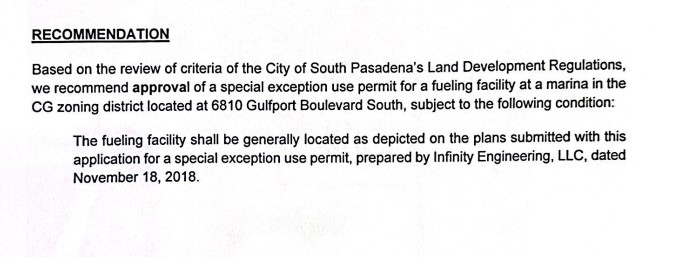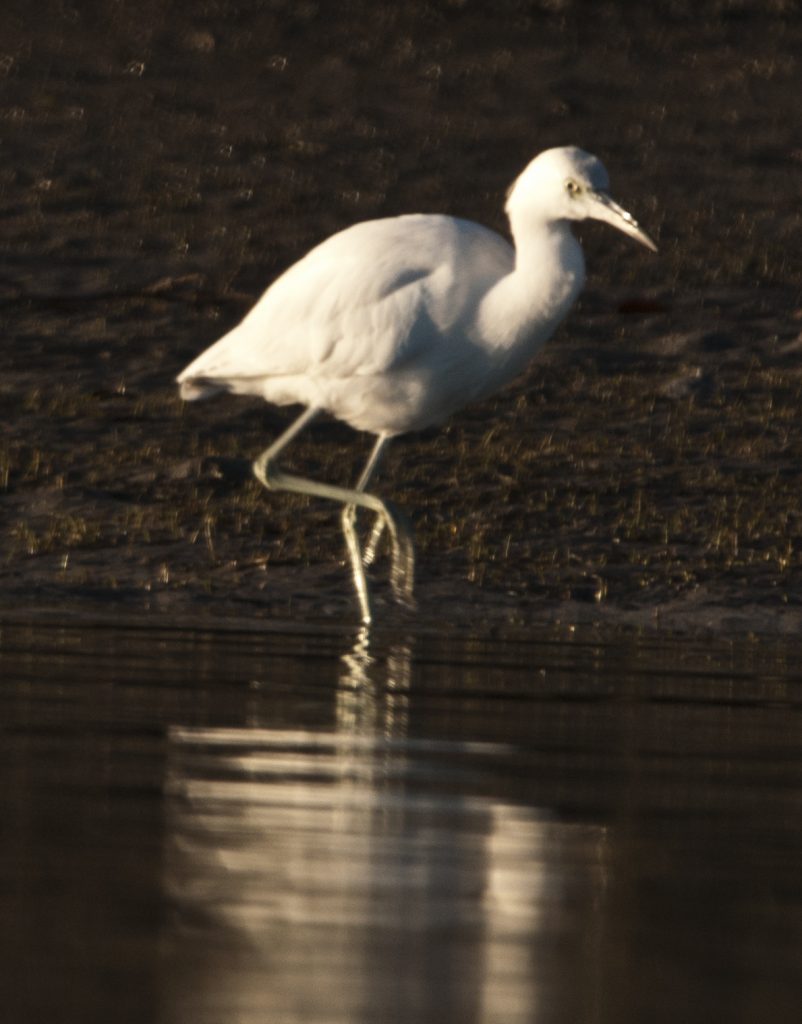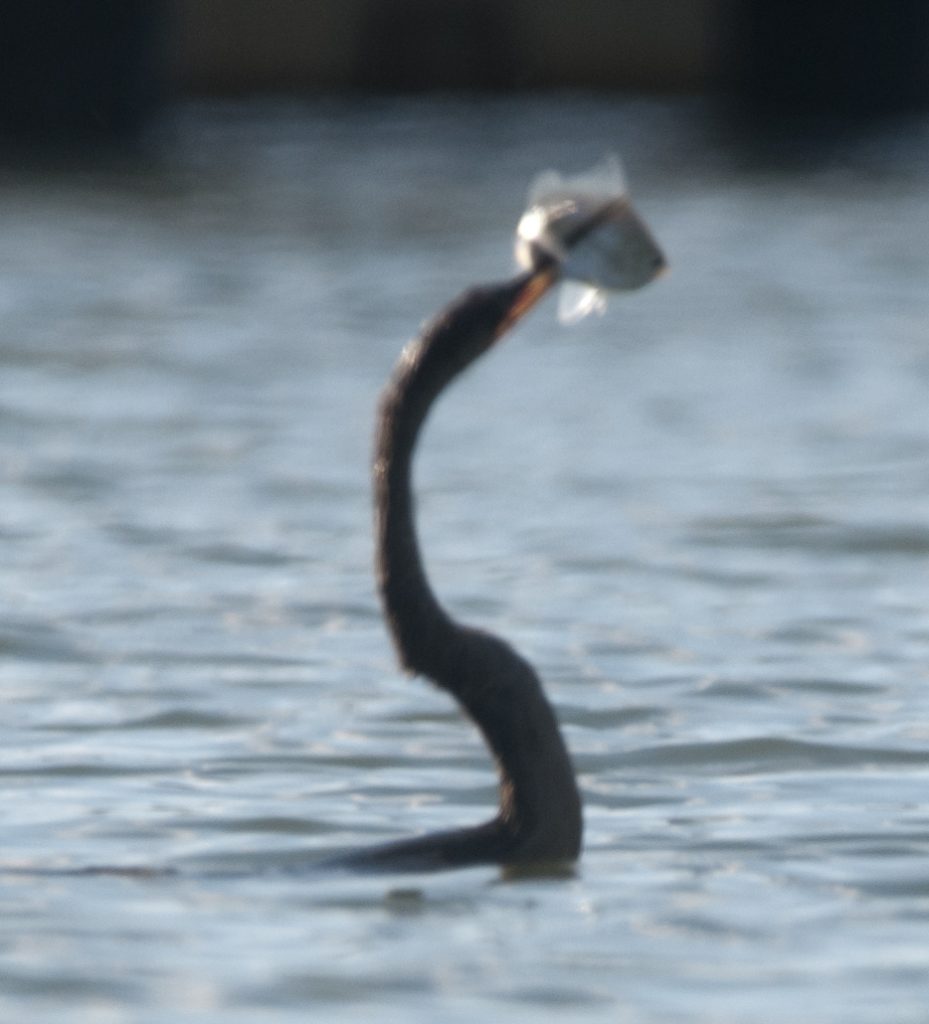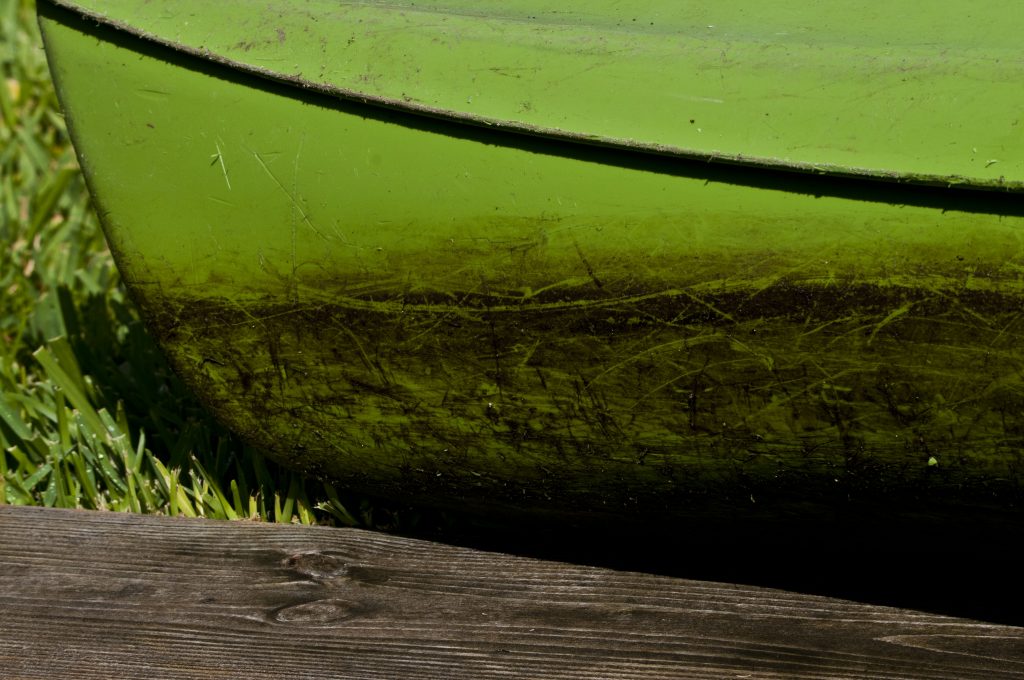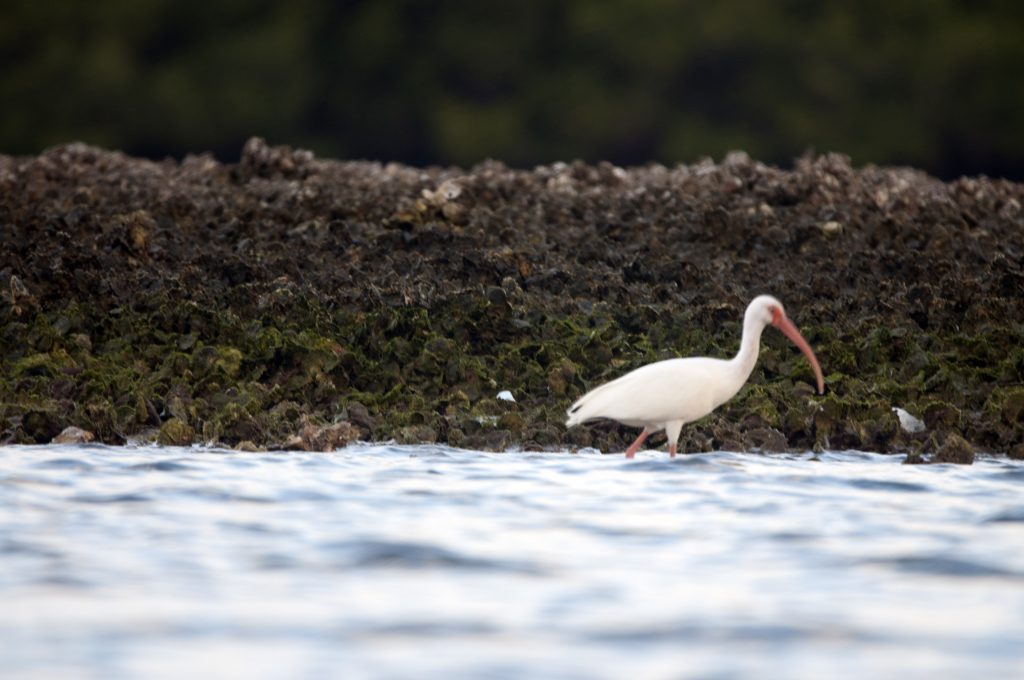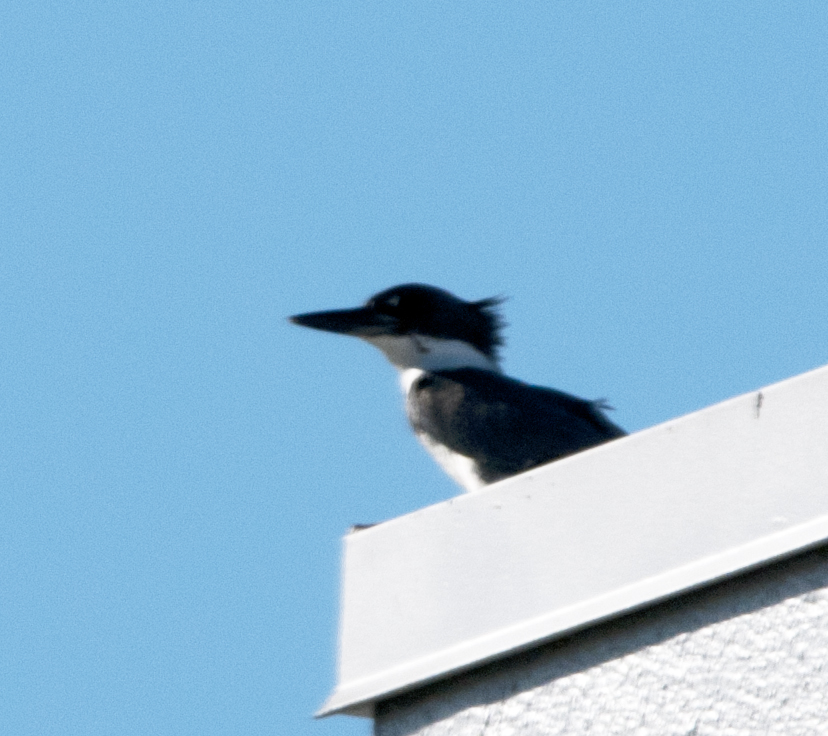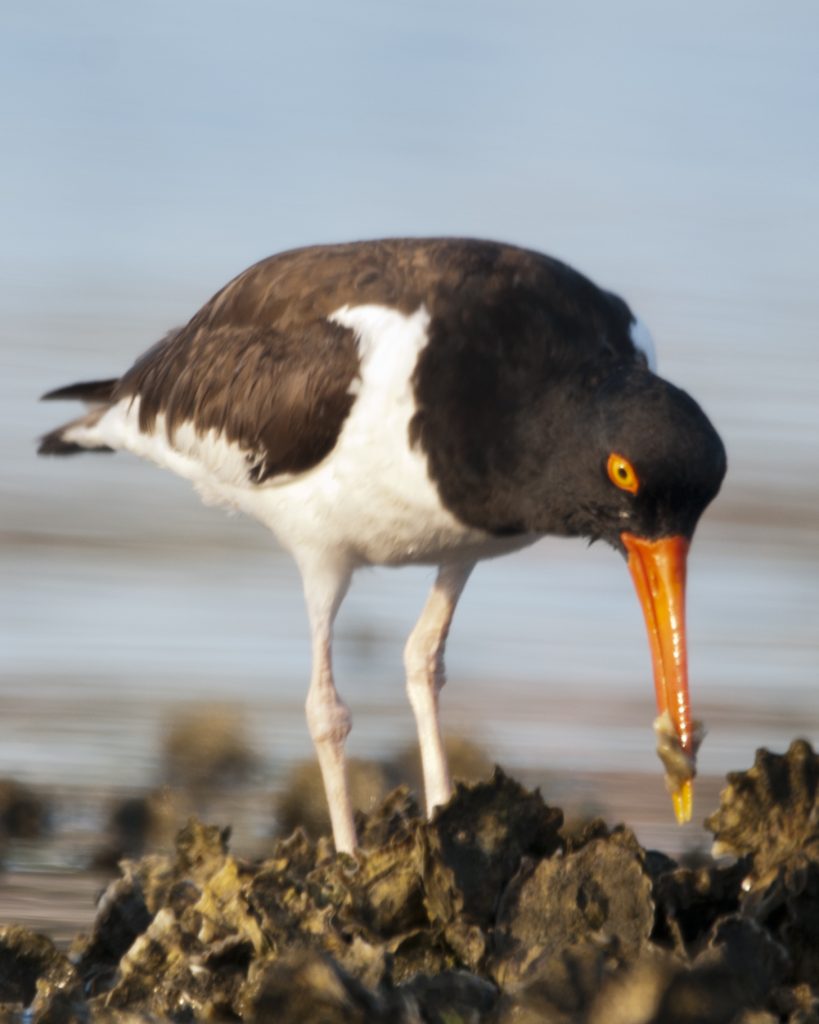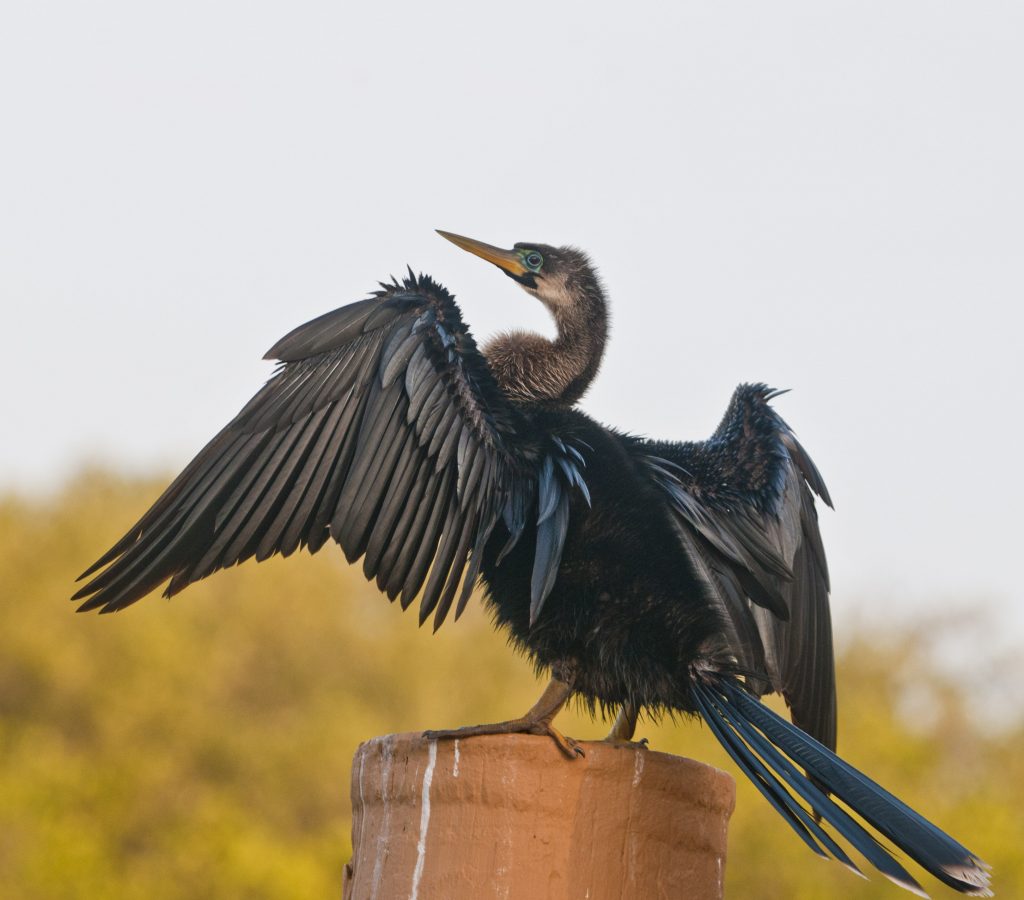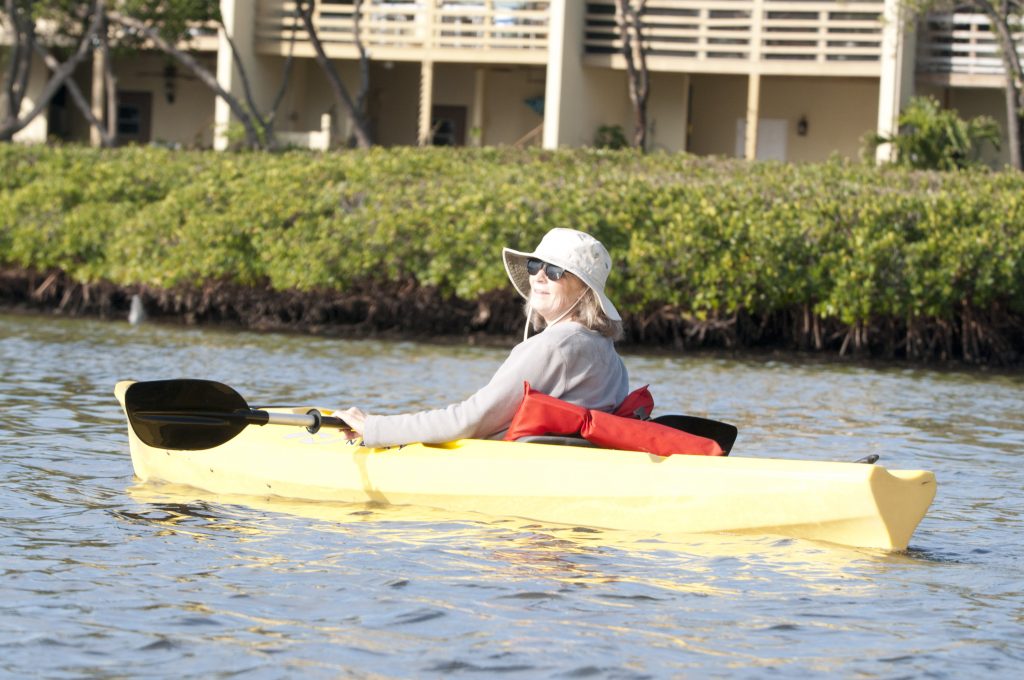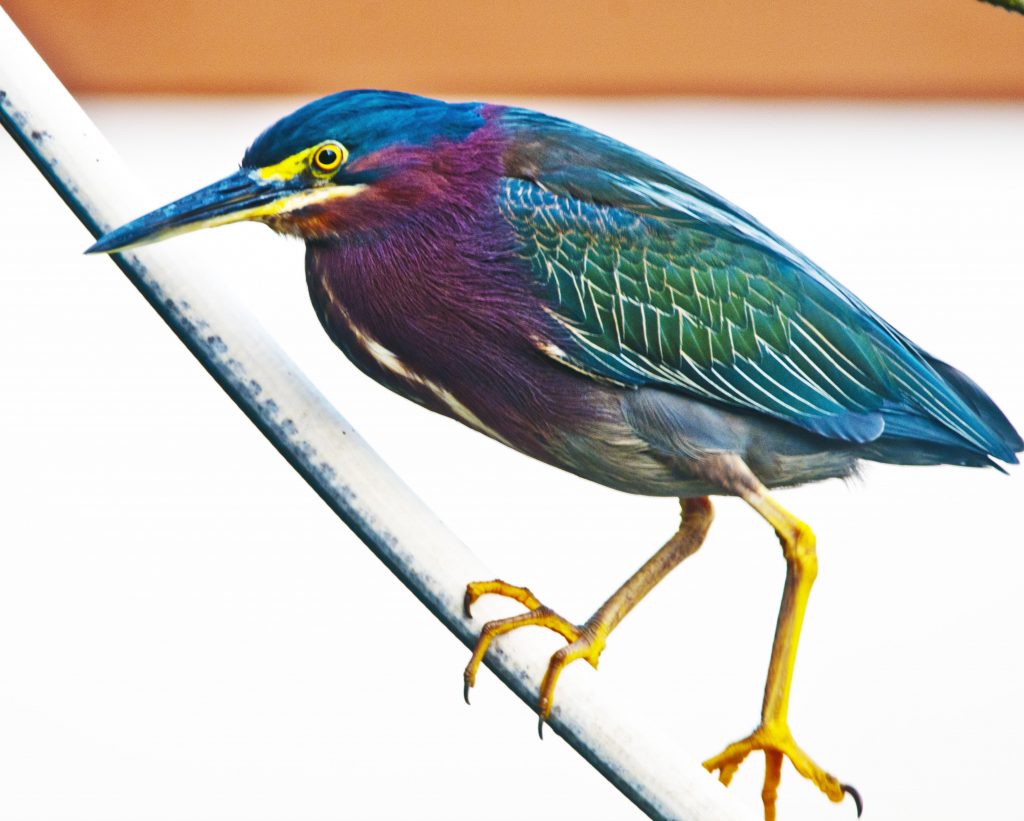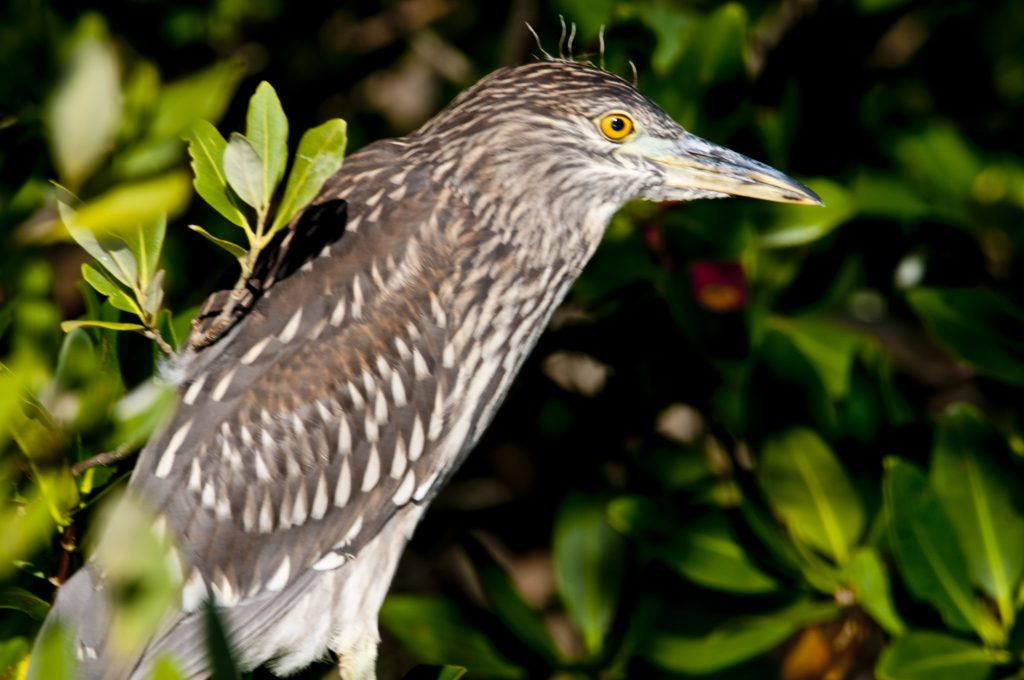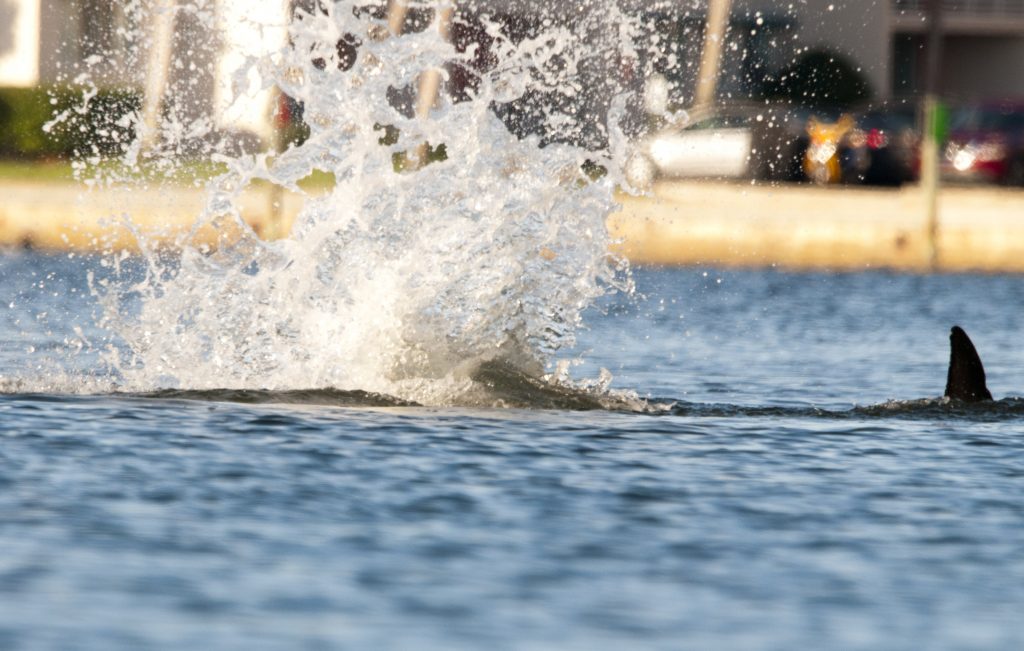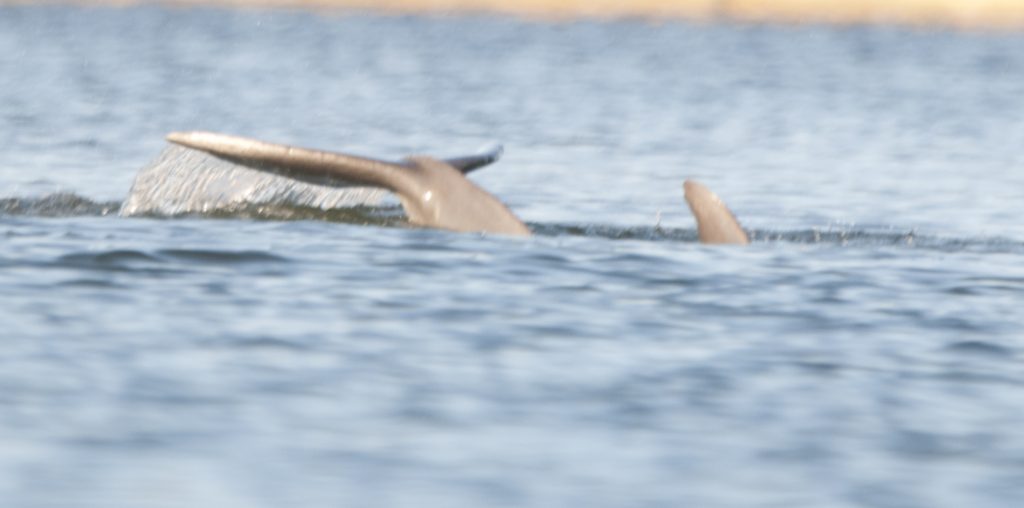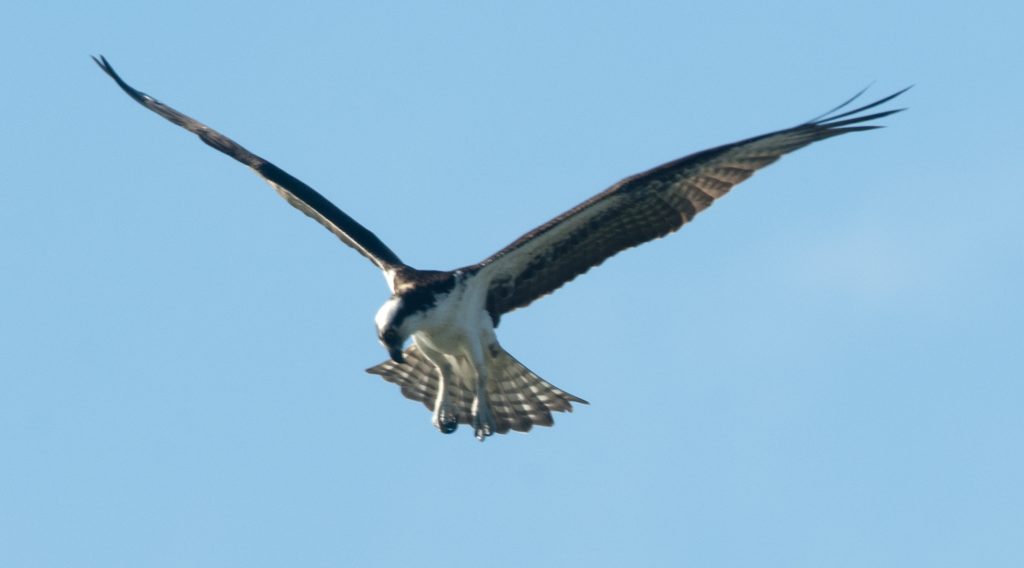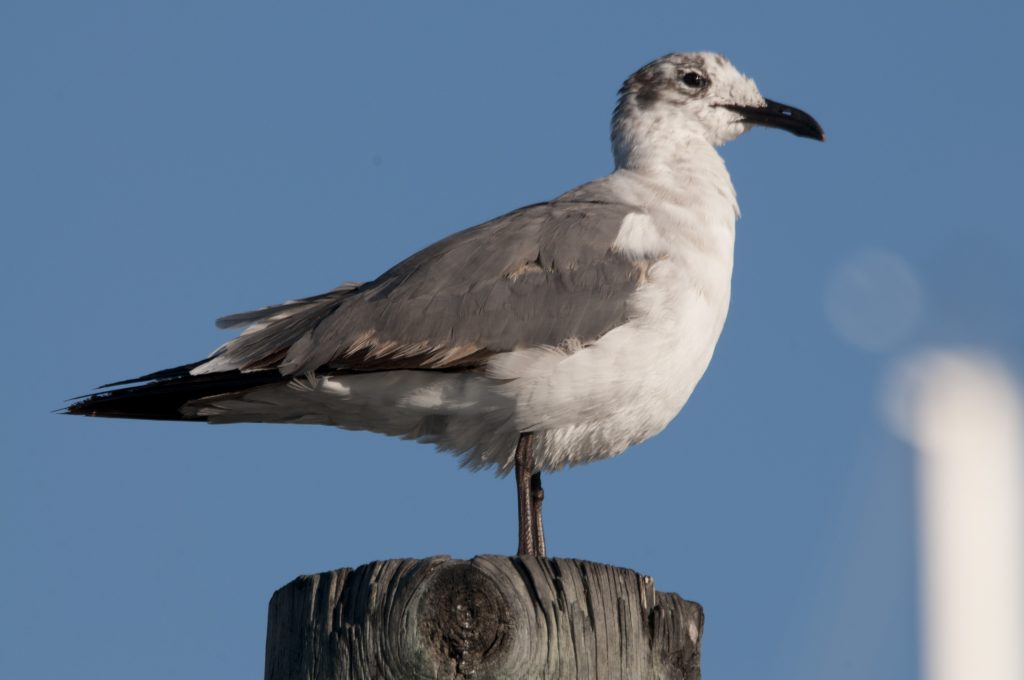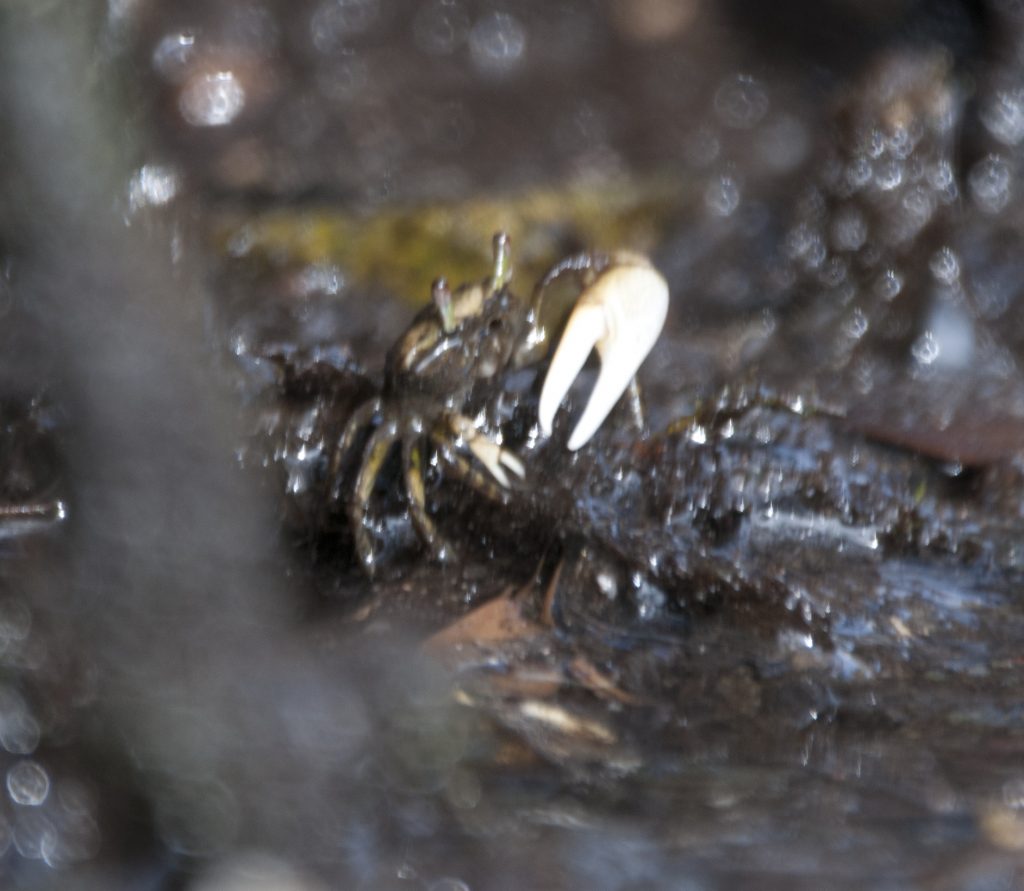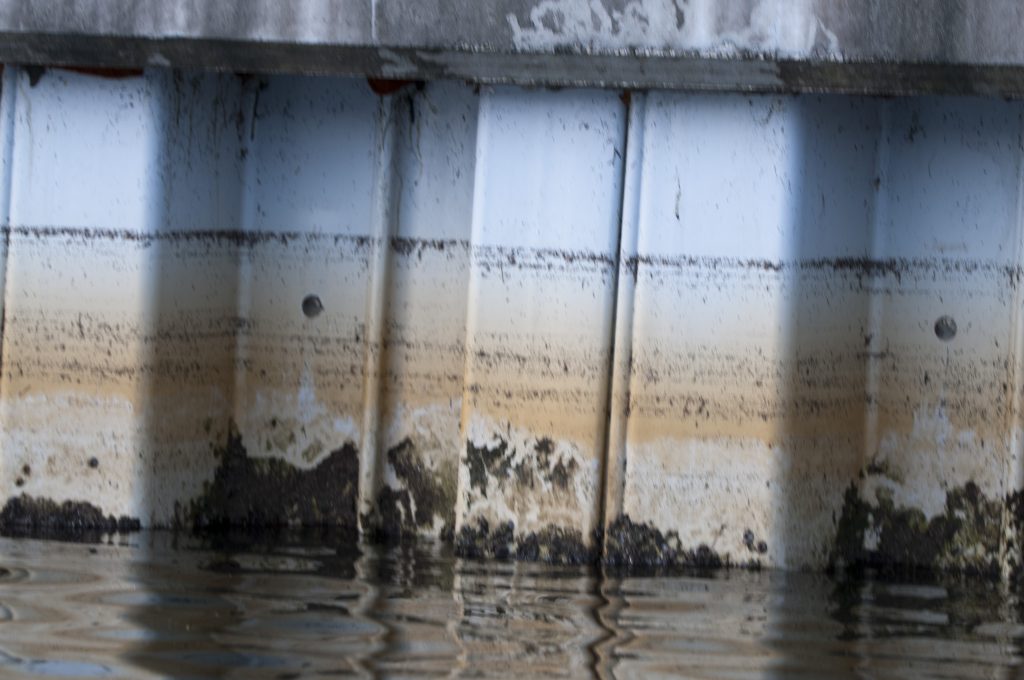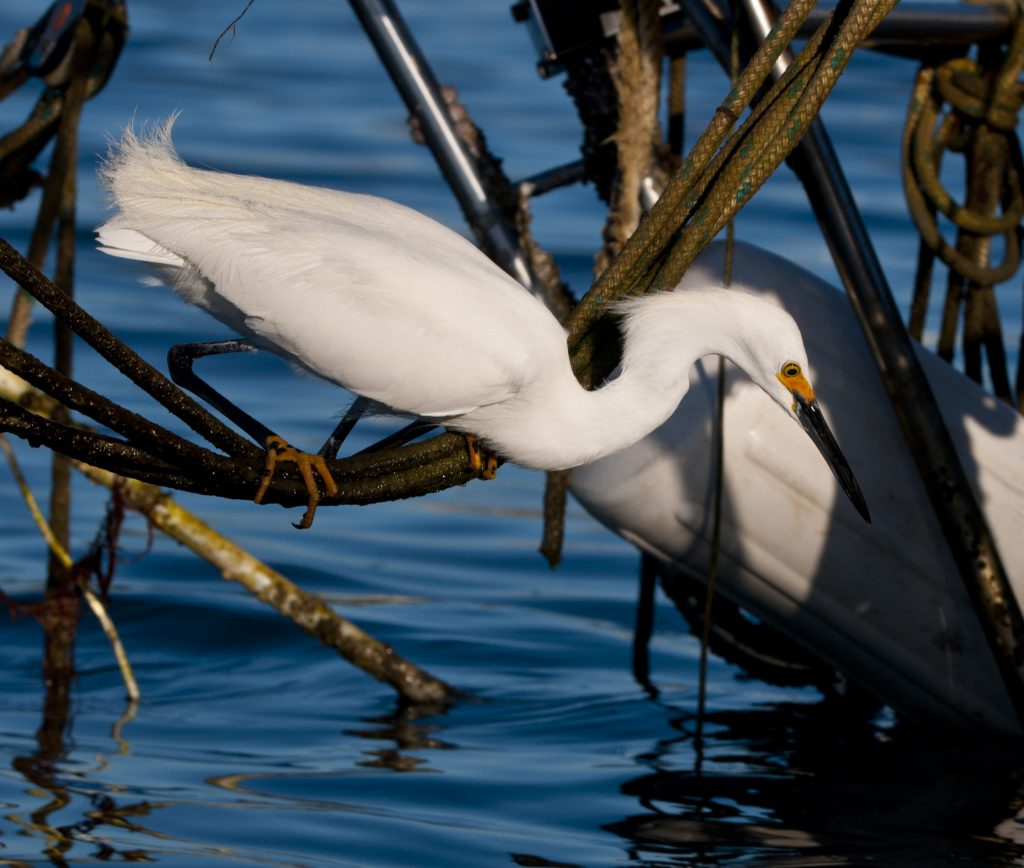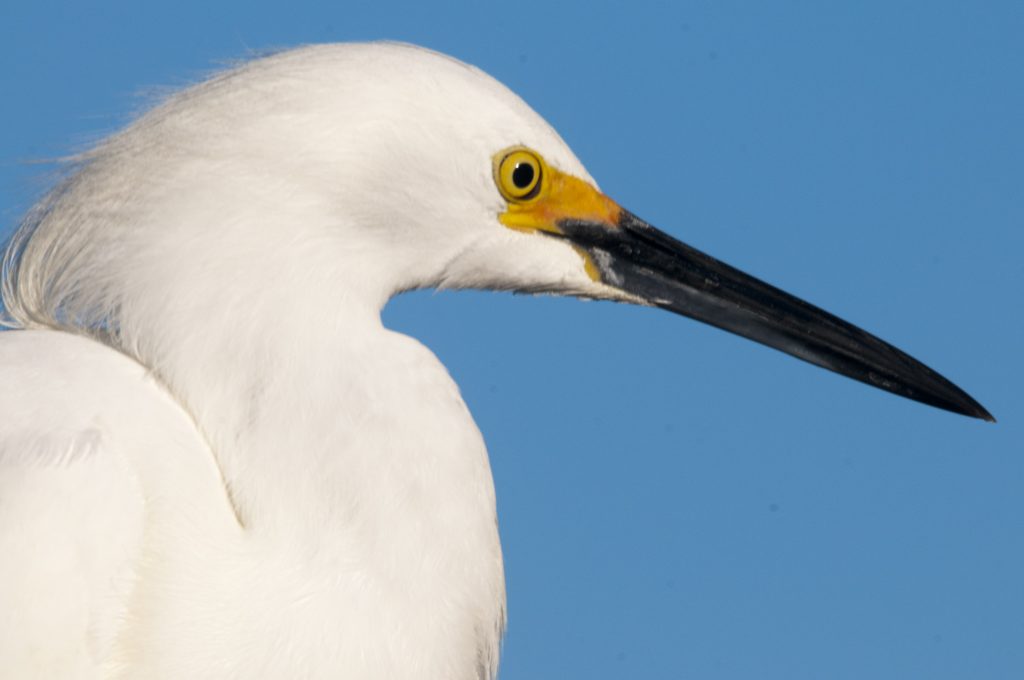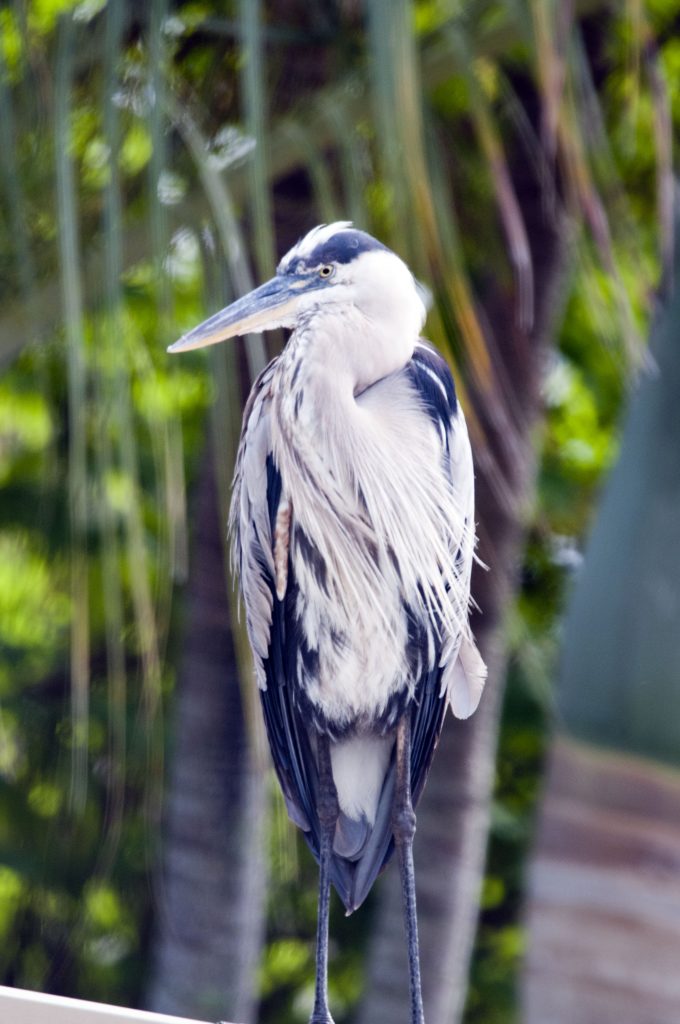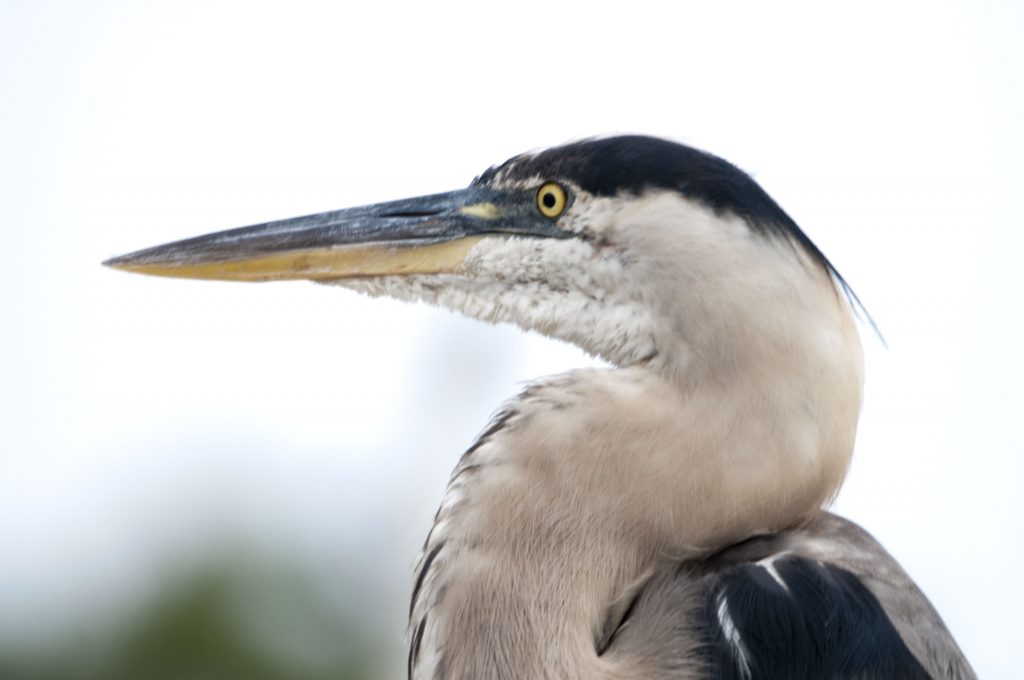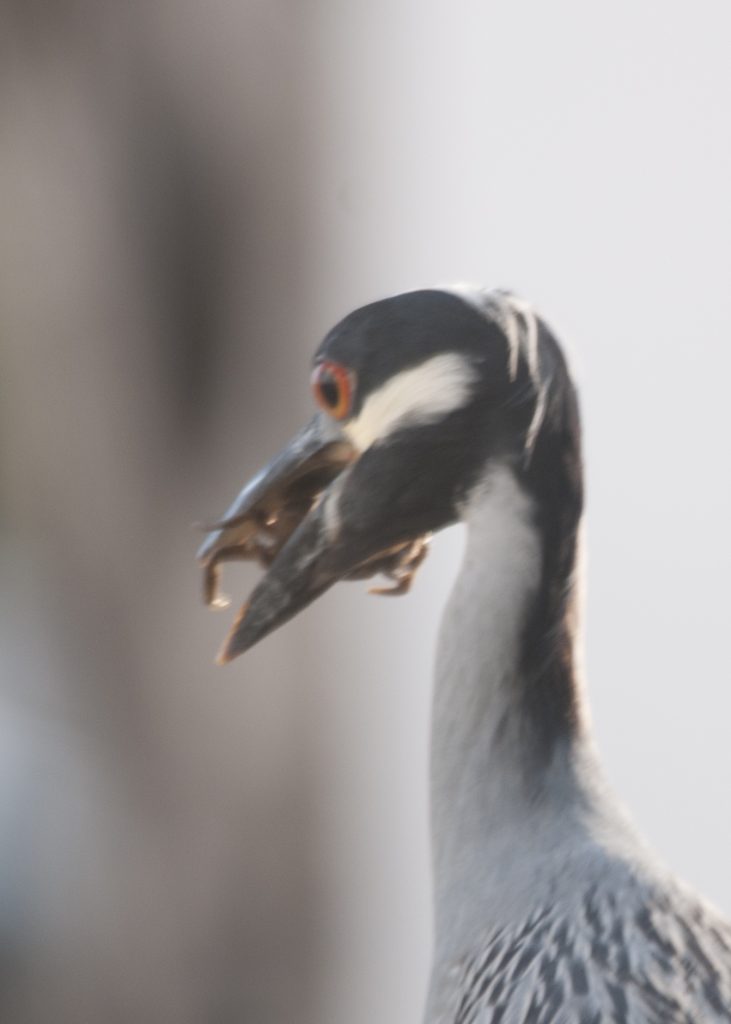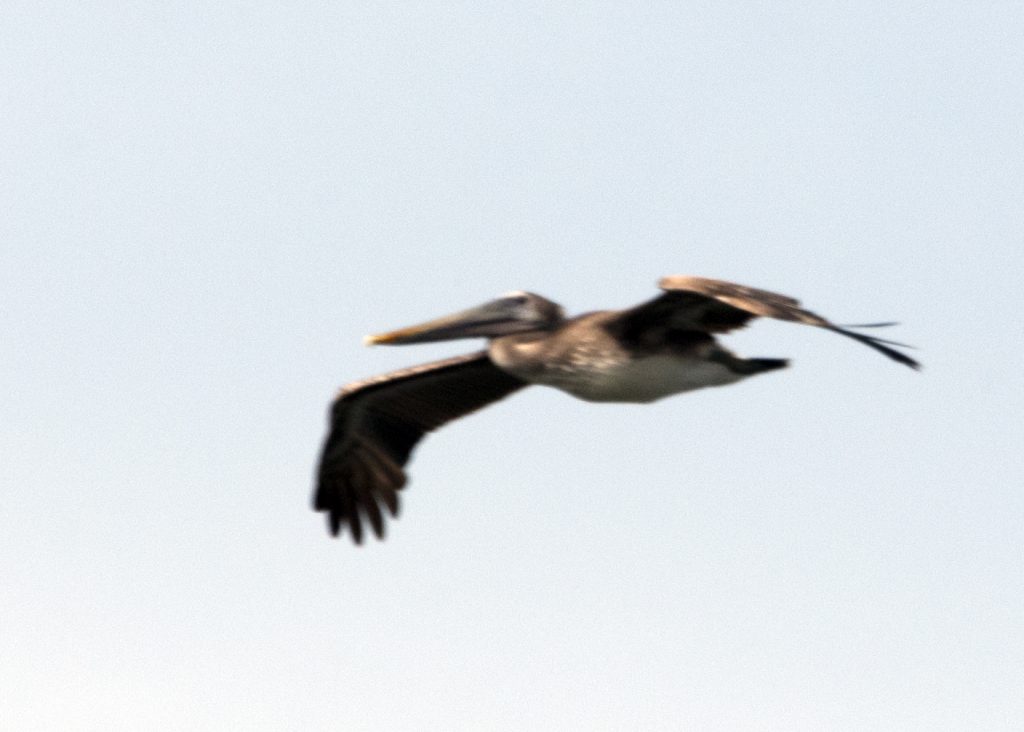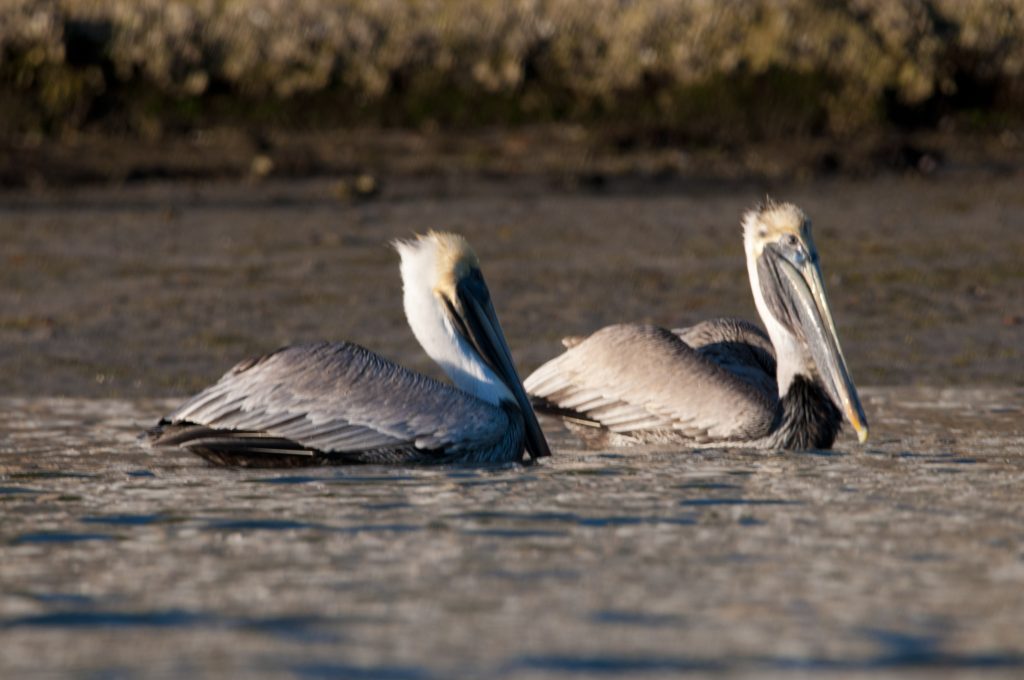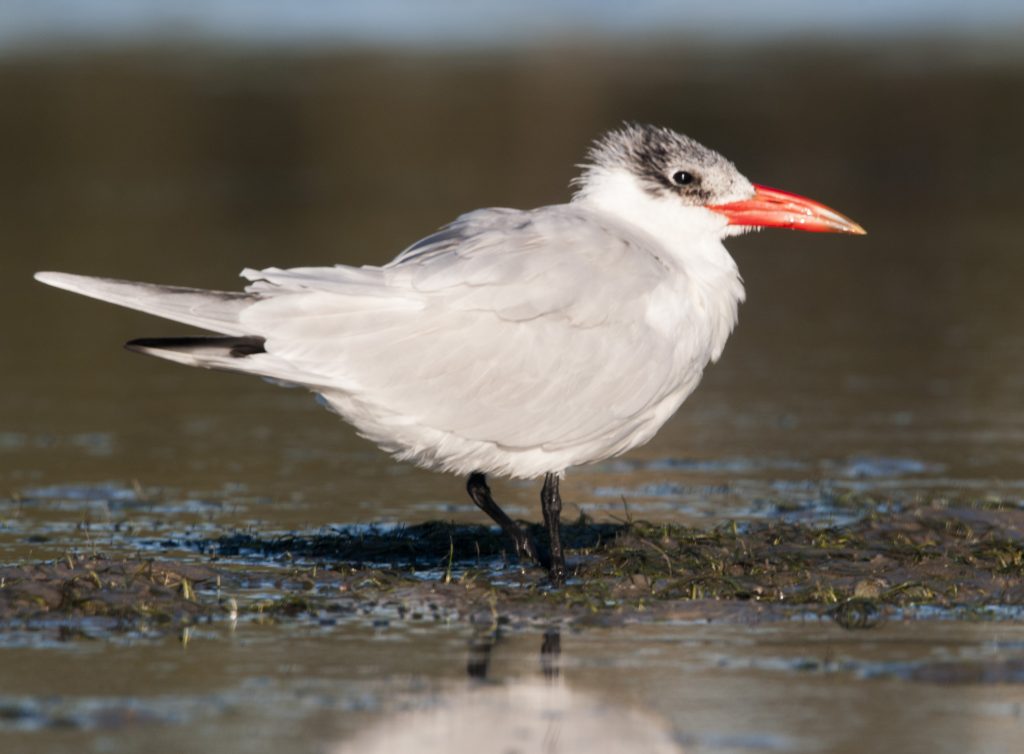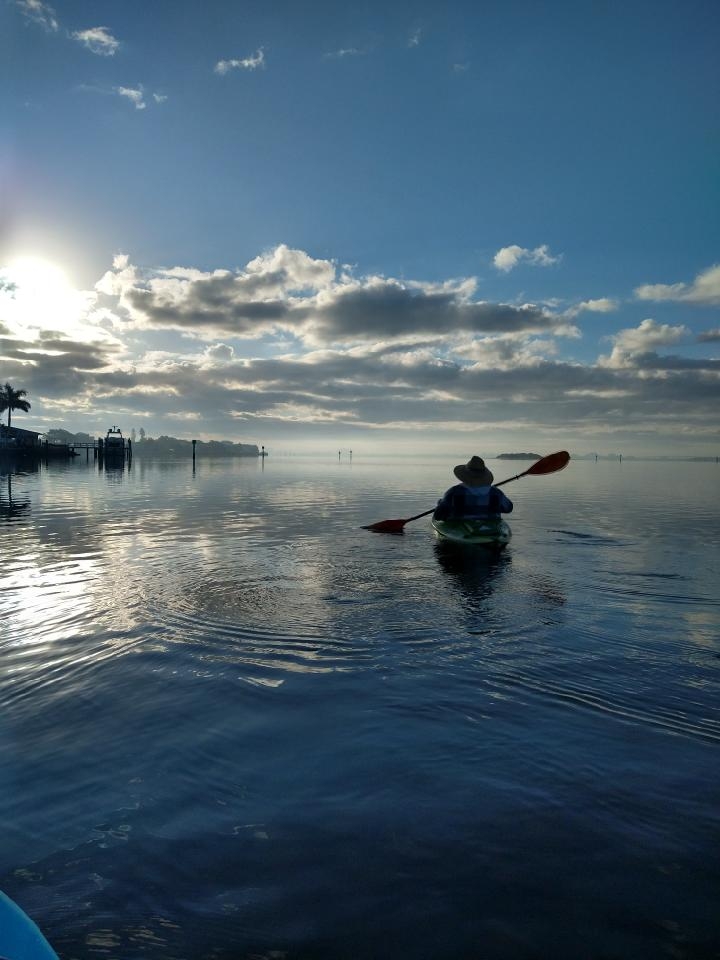Third day in a row playing with manatees! I just park my kayak on the dam and they come to me. One sucked my hand right into his mouth! They have teeth like sting rays, just two hard plates, but a very soft pink tongue!
Nature John and I played with them for a while then decided to go over the dam and over the water goat and go up the creek. I had been only one other time and was stopped by a fallen tree, same this time but a fallen tree further north.
Nature John sent two videos of me and a manatee, and one he called Kayak Cleaner!
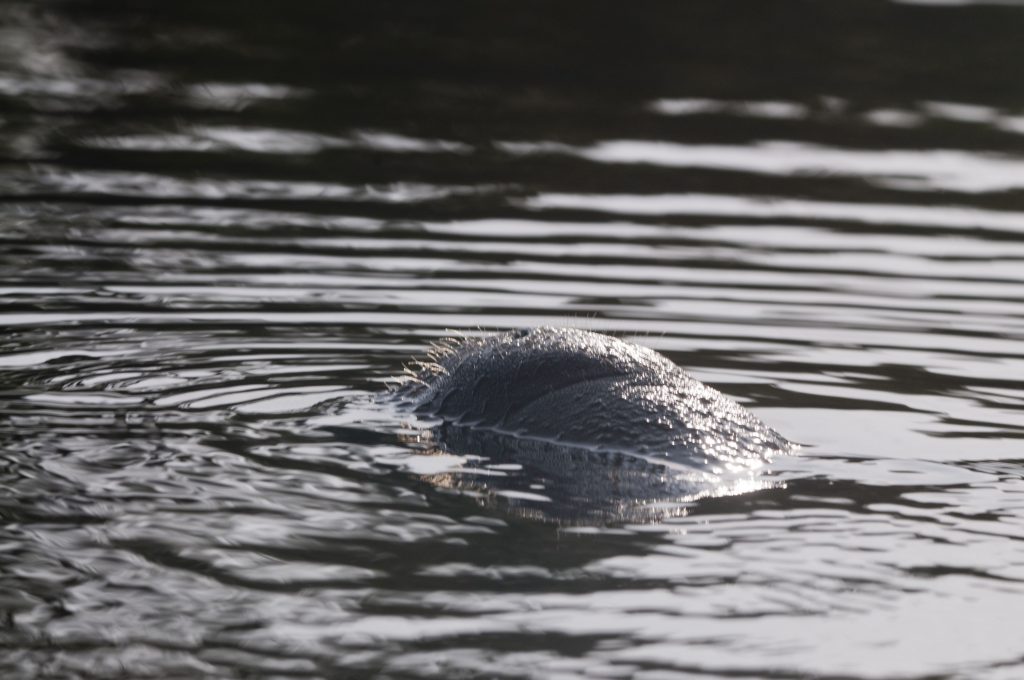

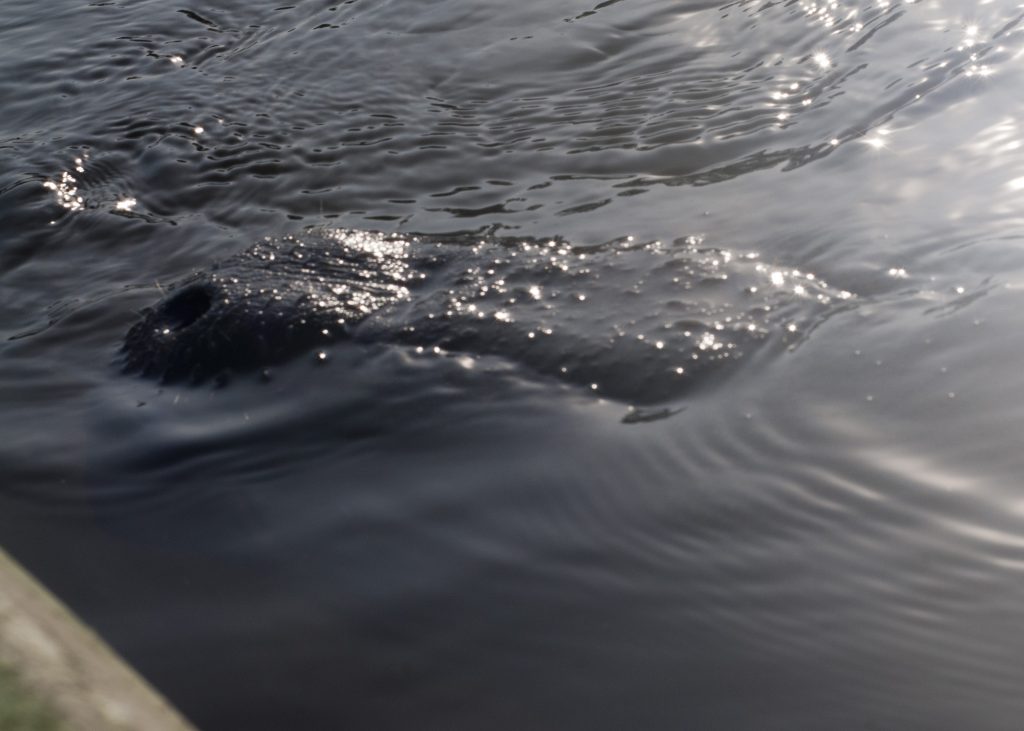
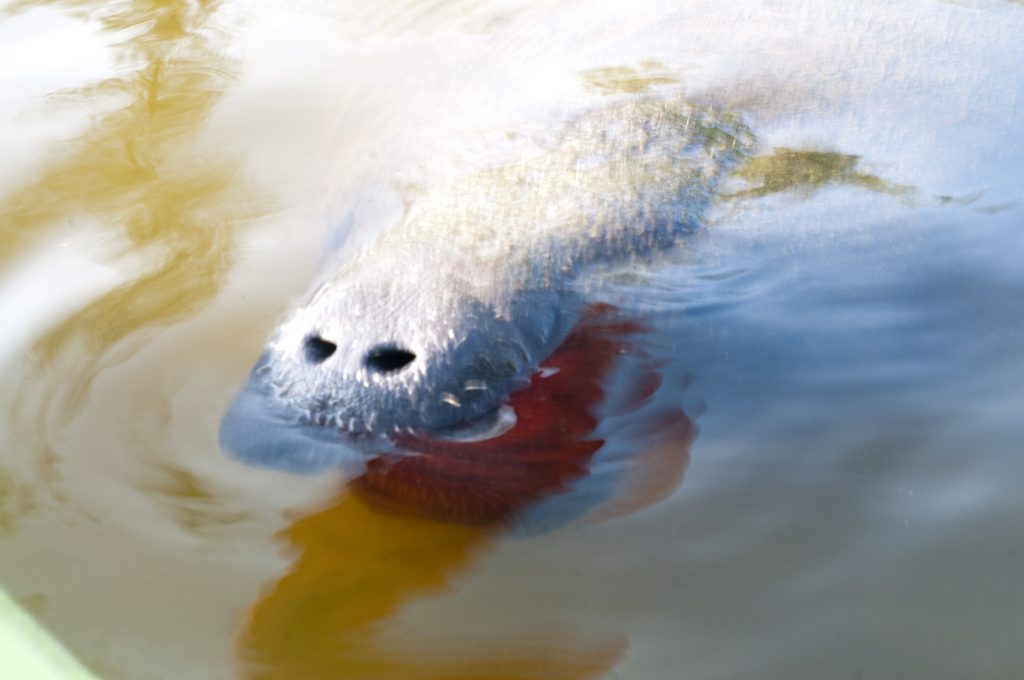
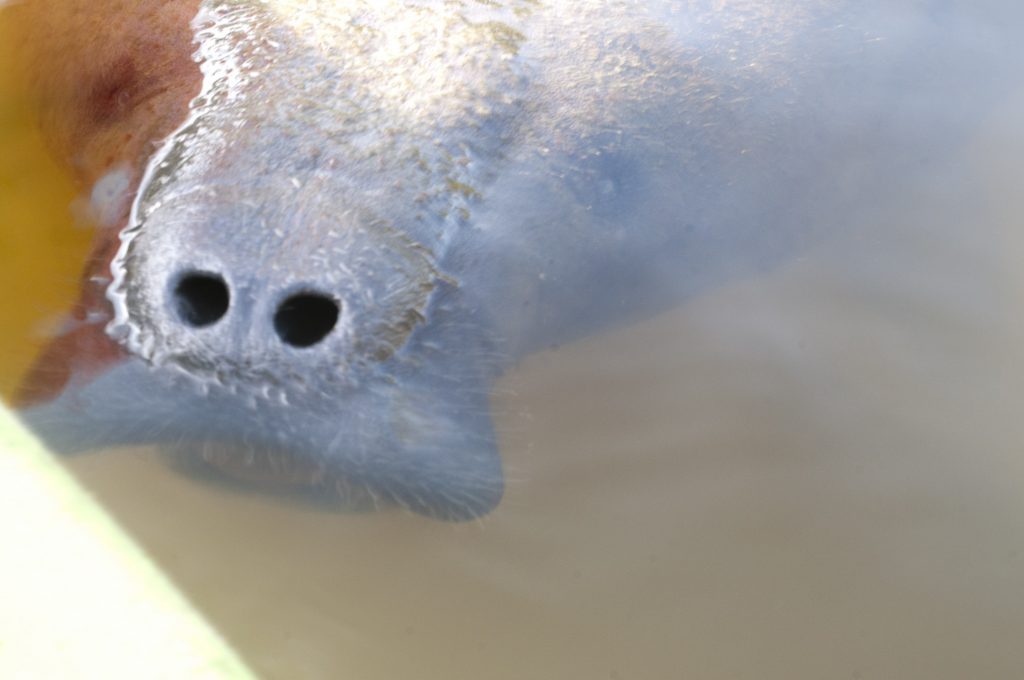
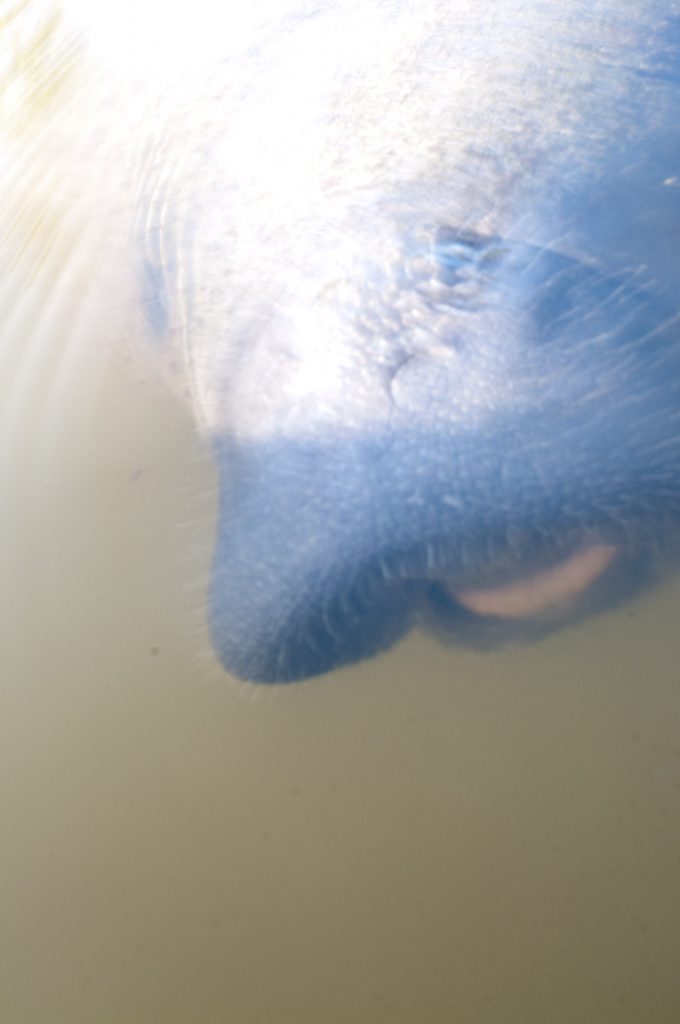
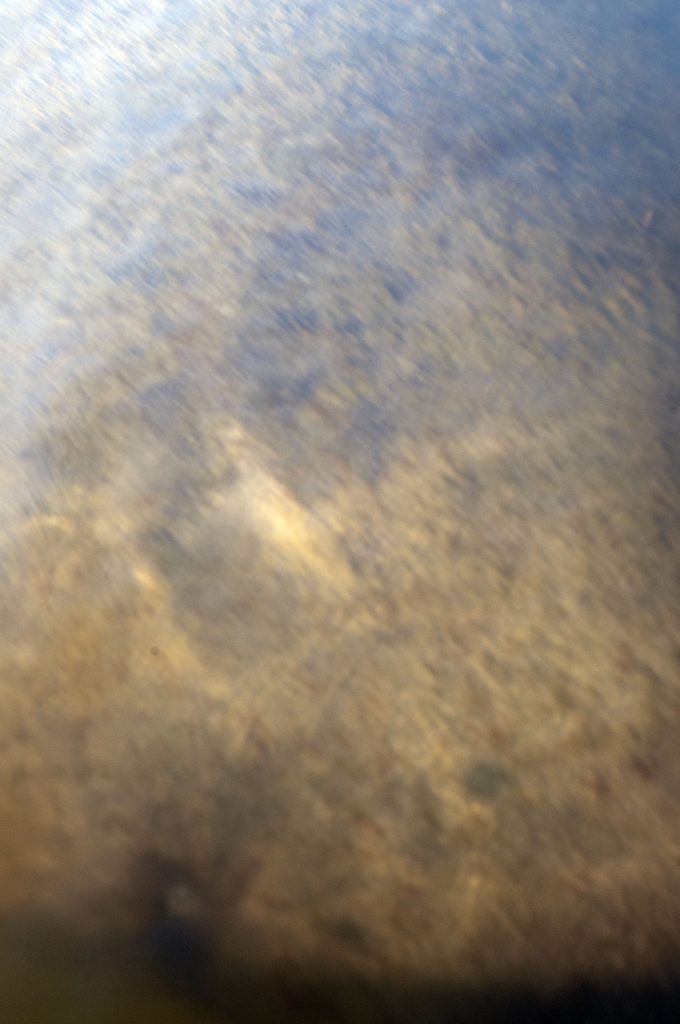
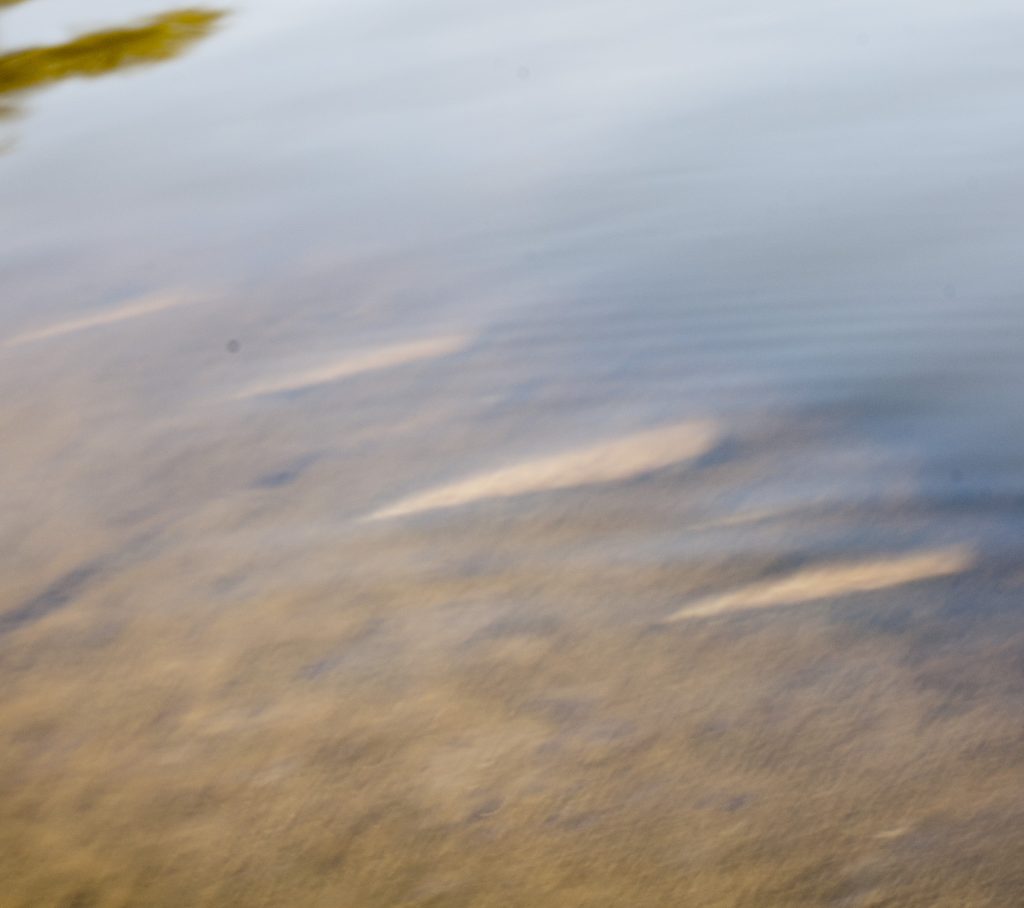

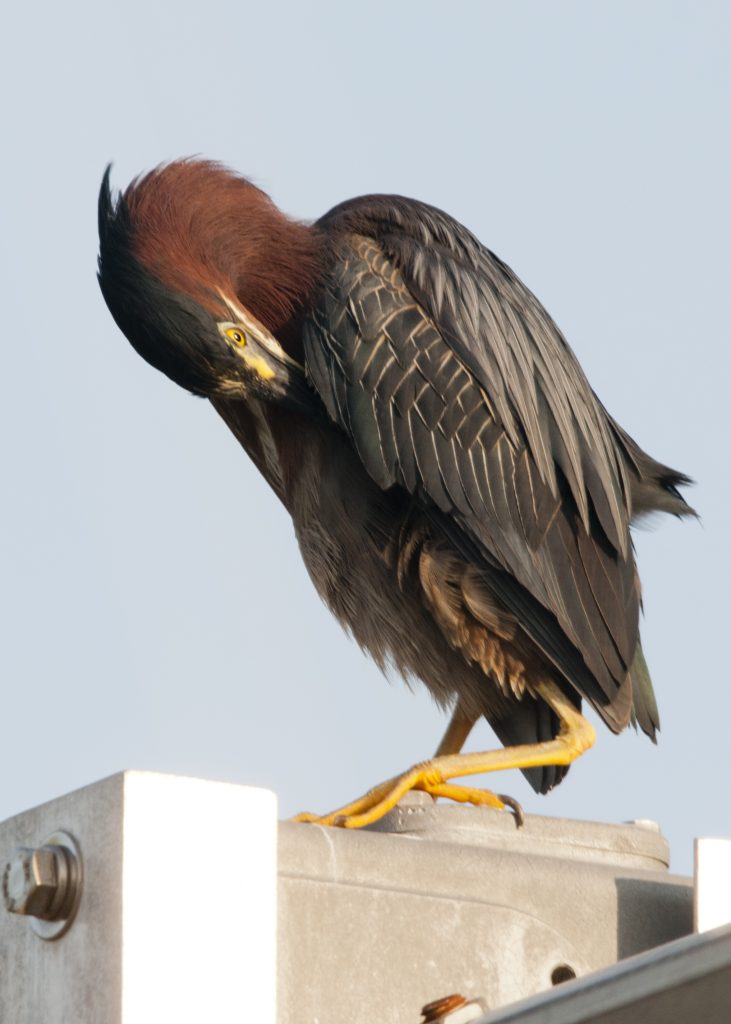
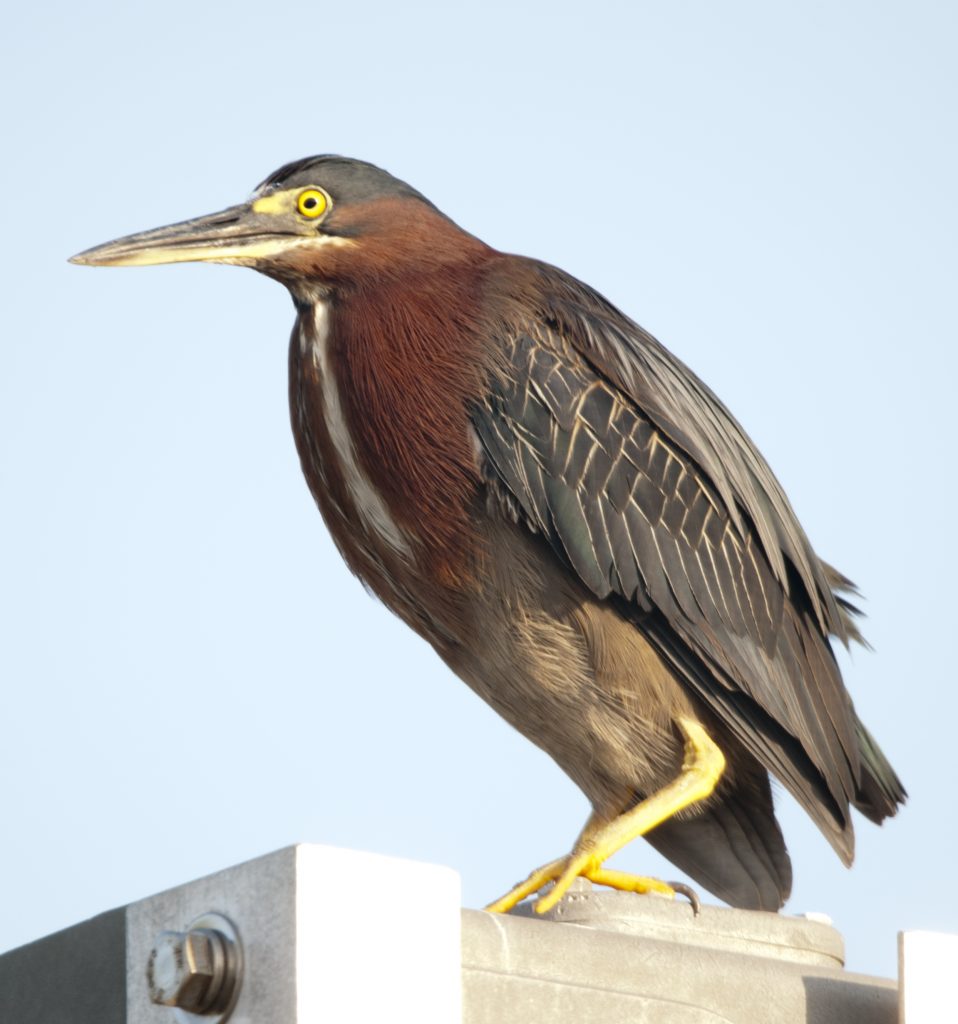
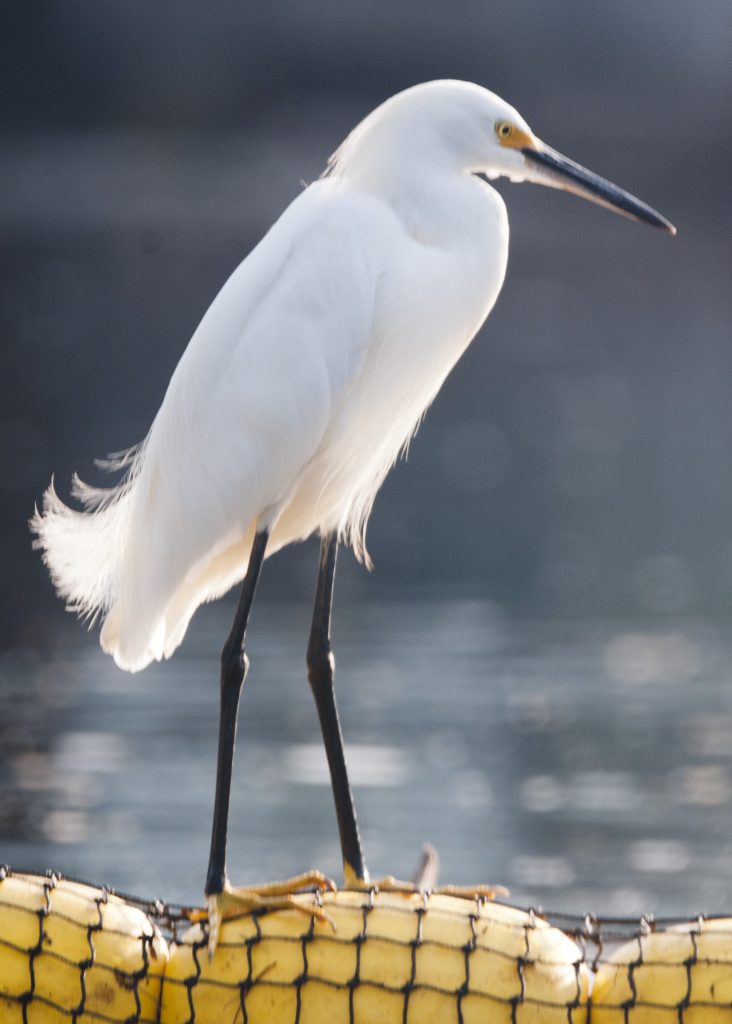
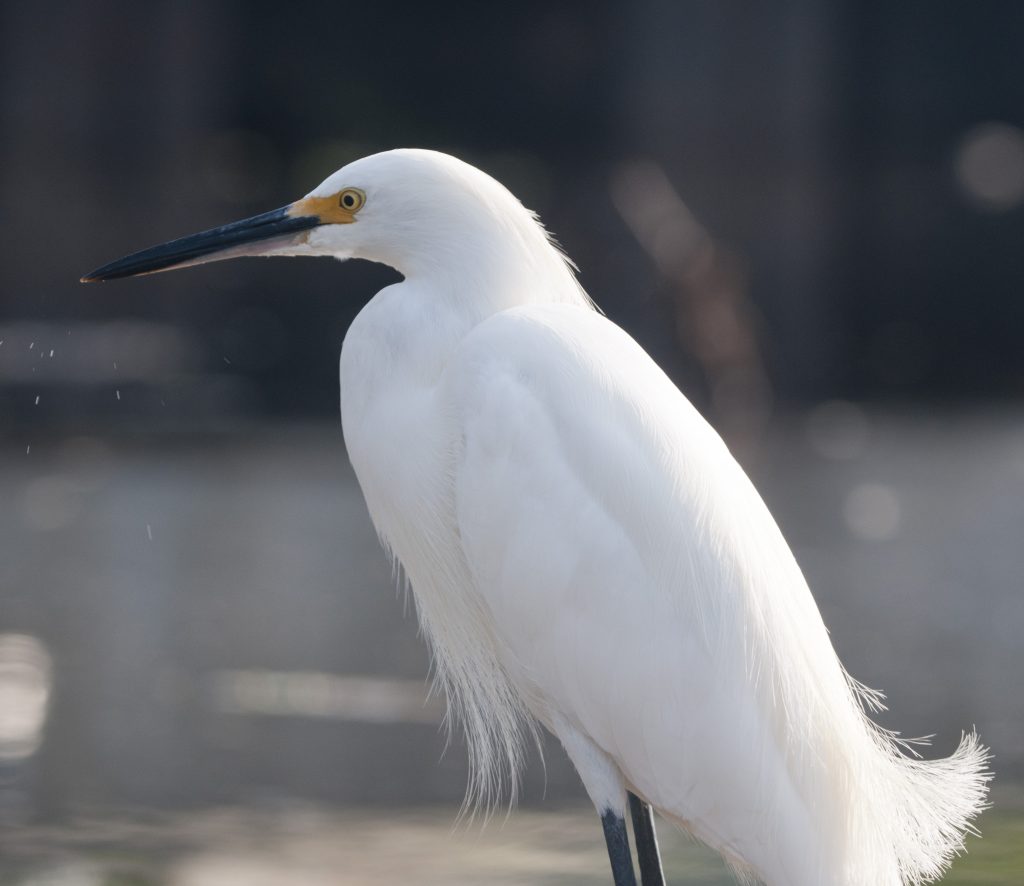
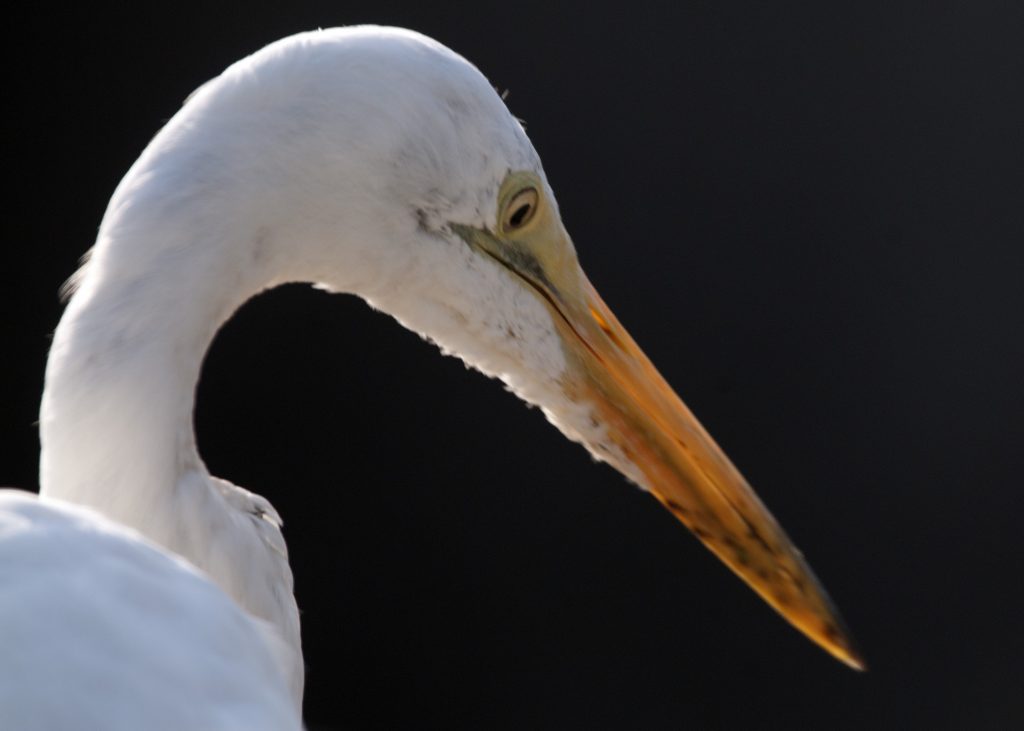
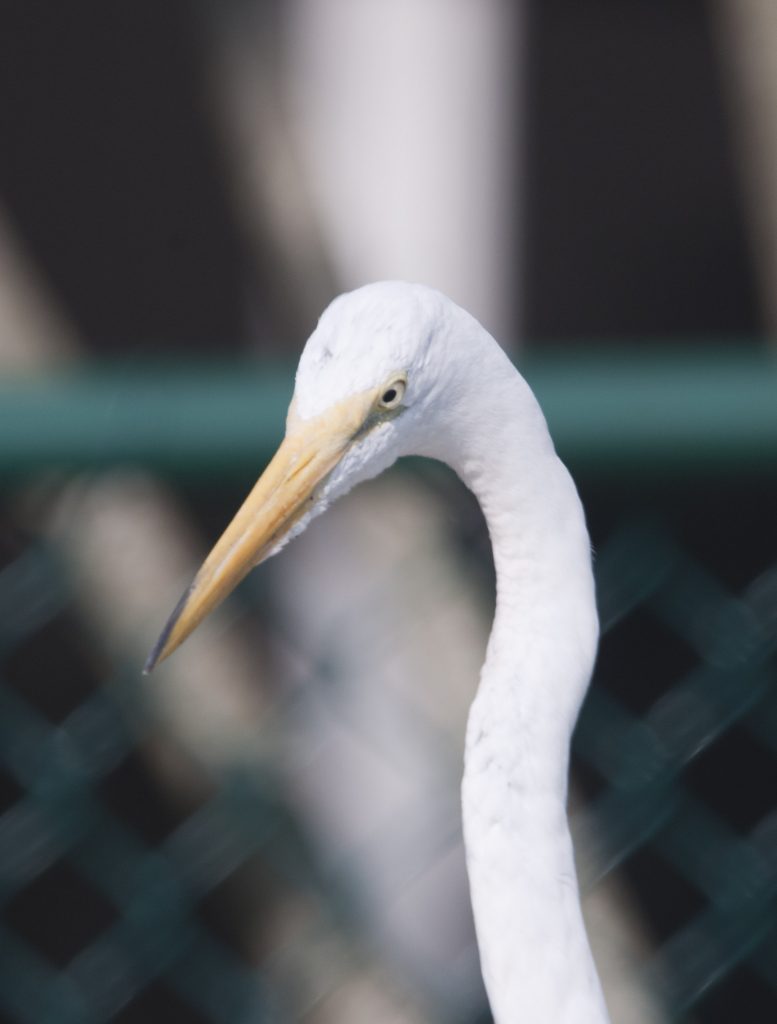
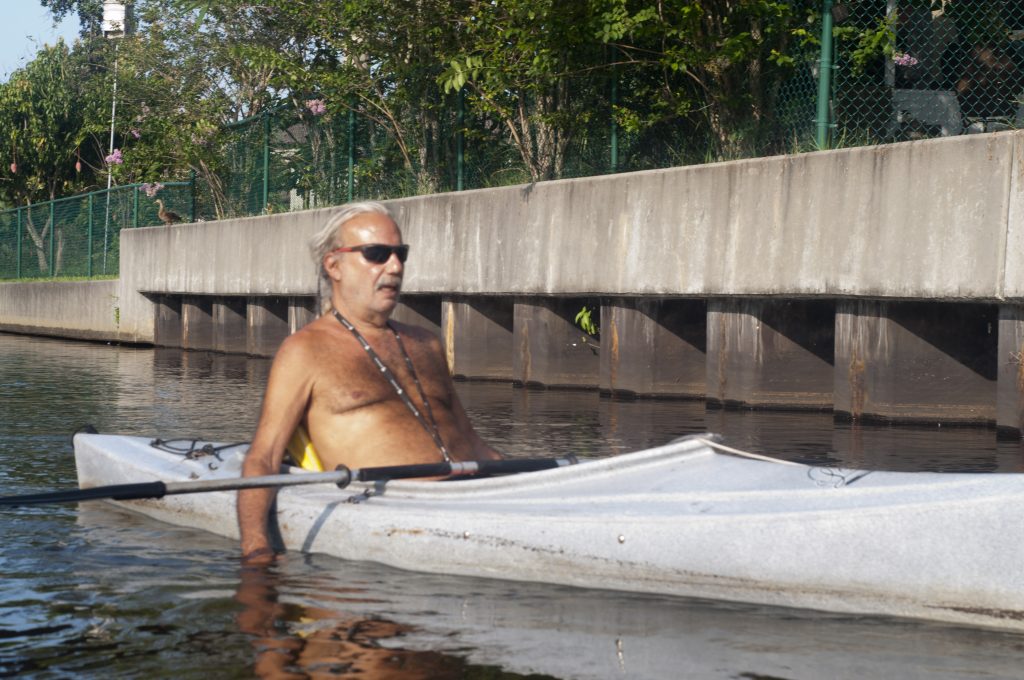
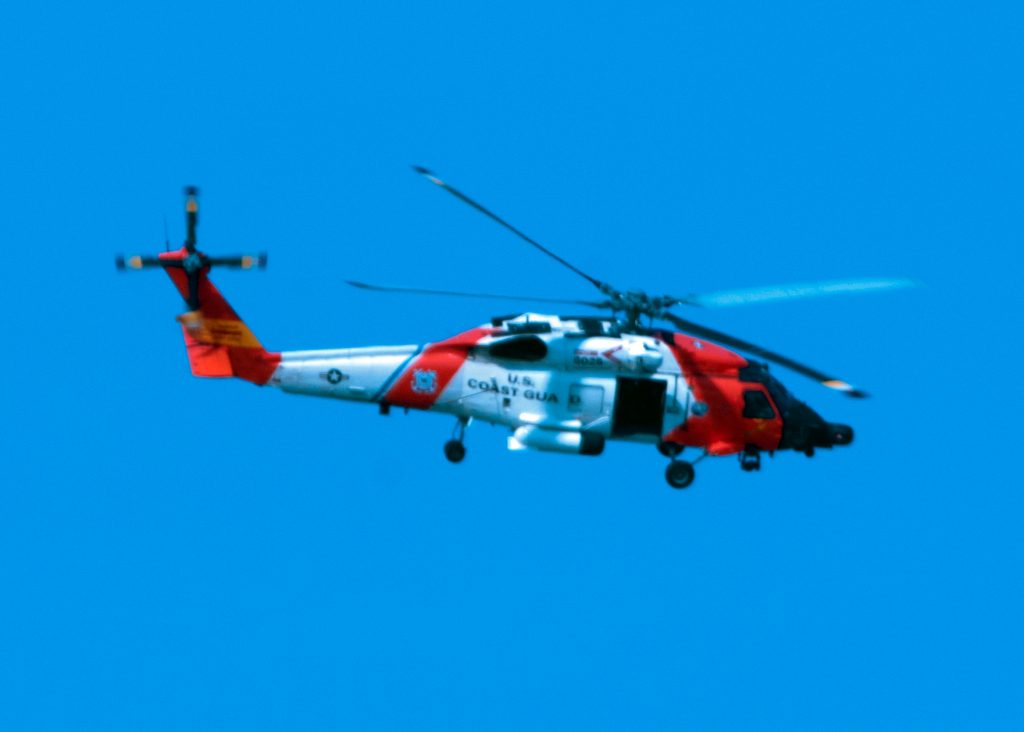
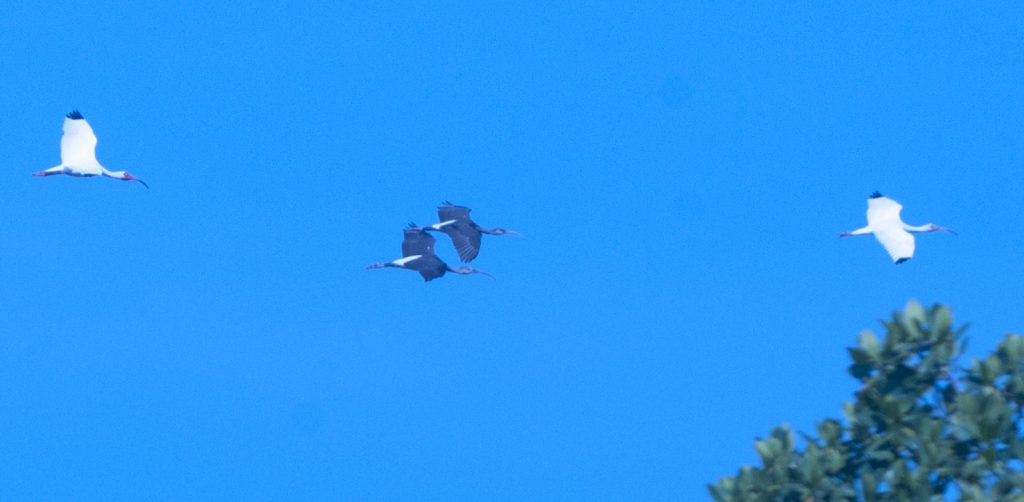
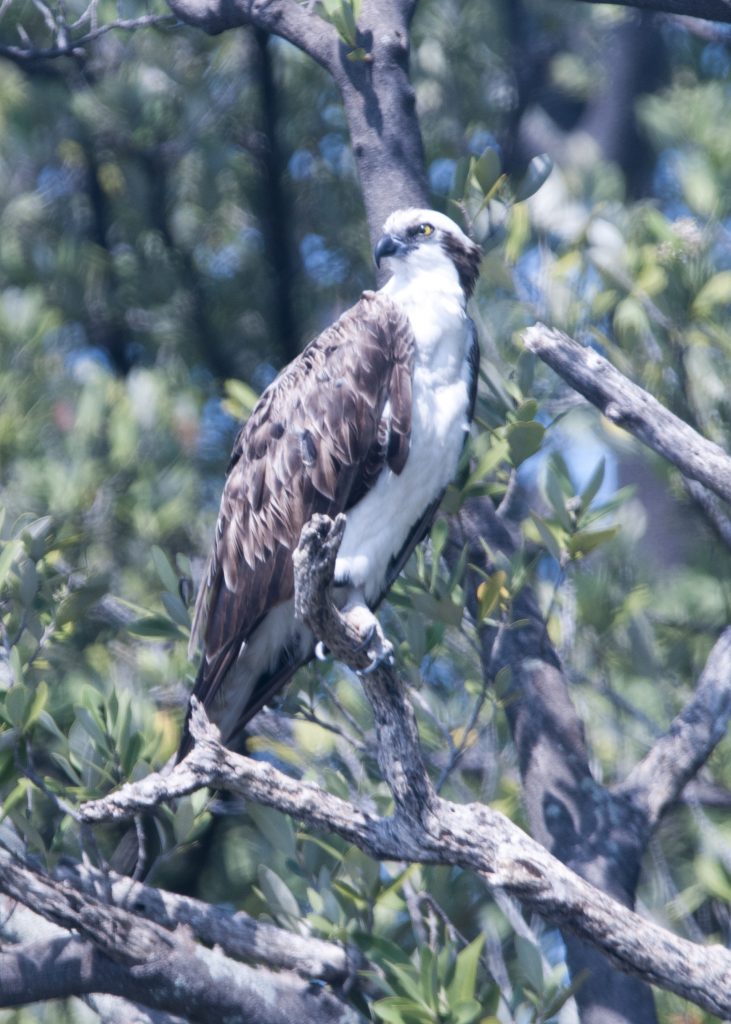
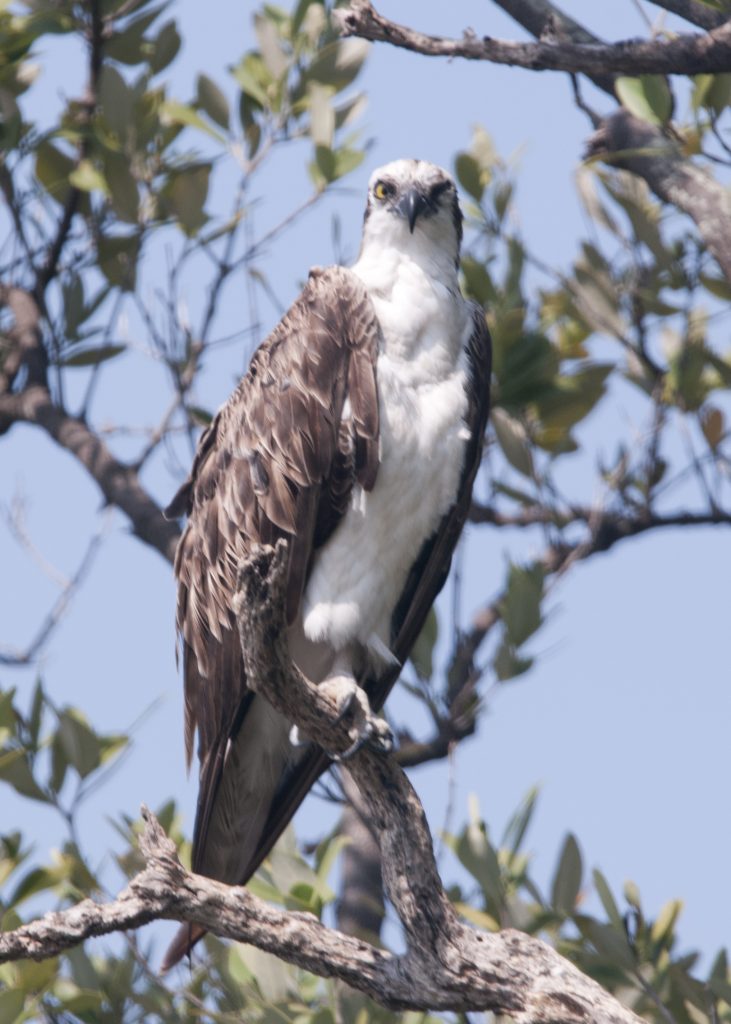
Thursday, June 29, 2023
Yesterday there were two manatees at the dam, this morning there were three! Again I rested my kayak on the dam and a manatee would come up to me! Nature John came up later and we both enjoyed the manatees for a while. Then NJ allowed me to use his guest bathroom, saved the day there!
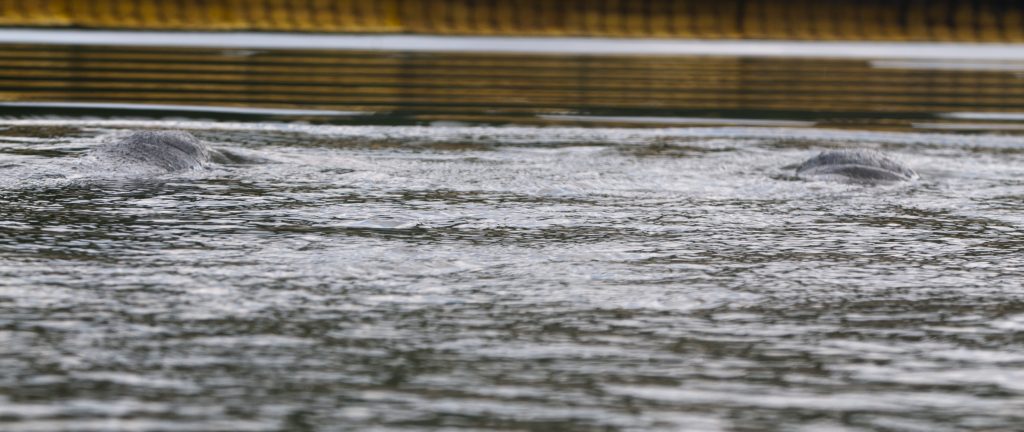
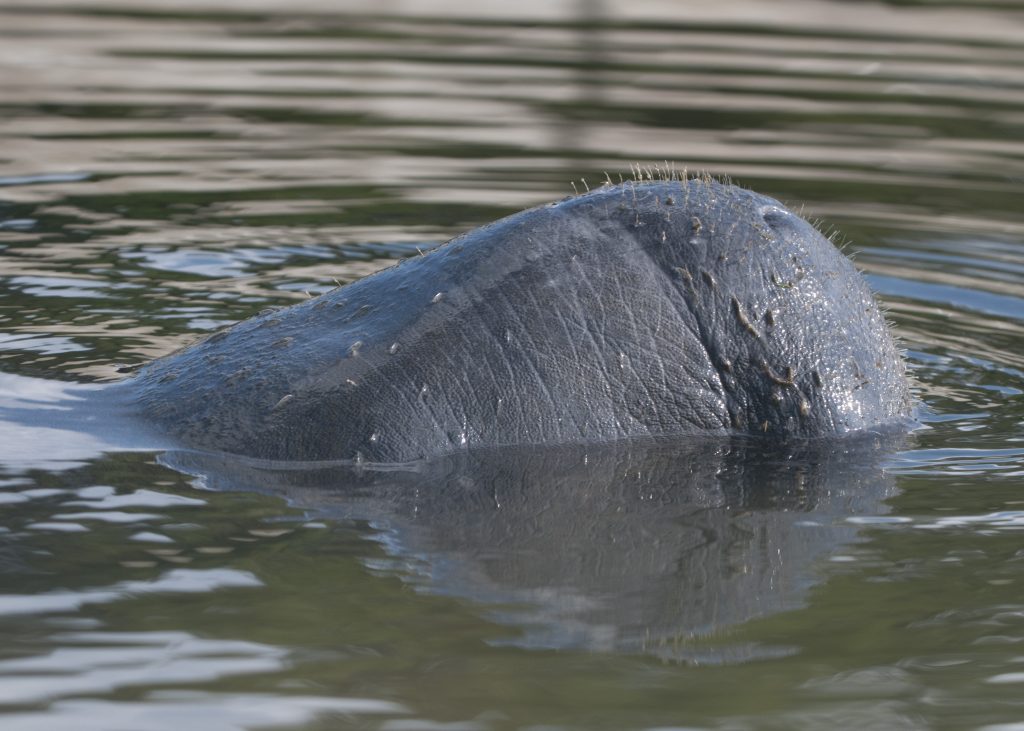
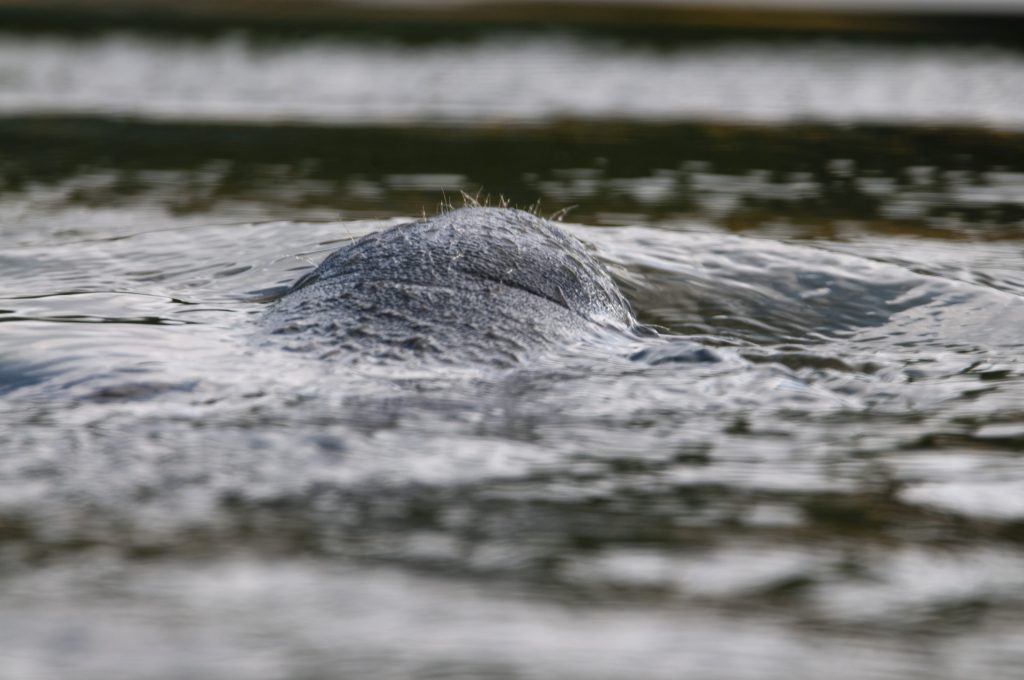
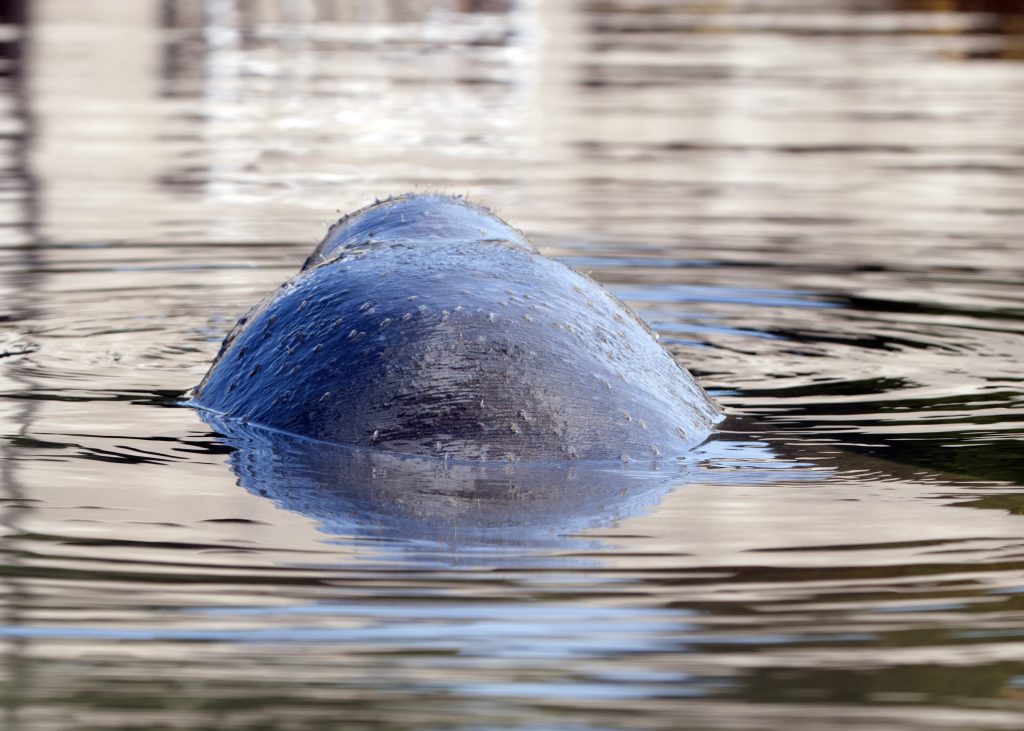
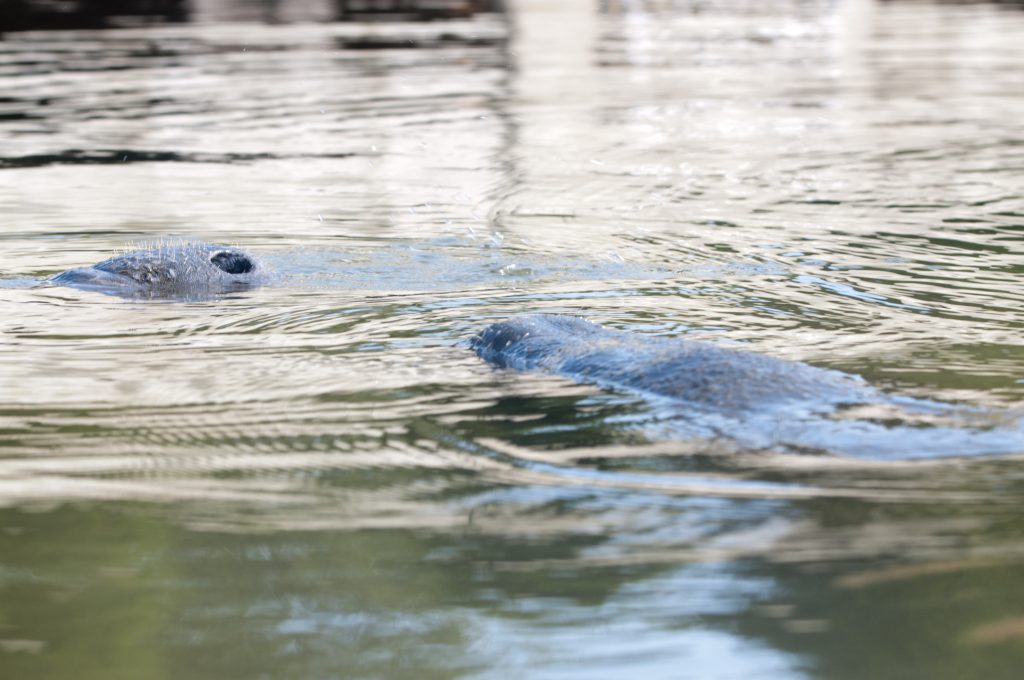
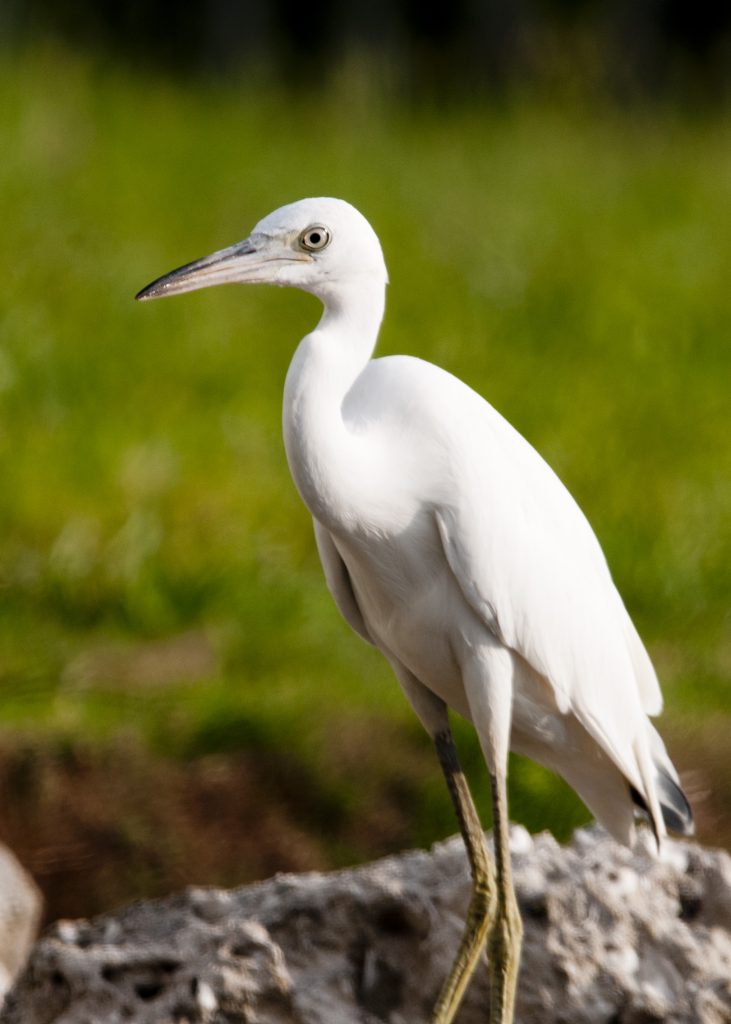
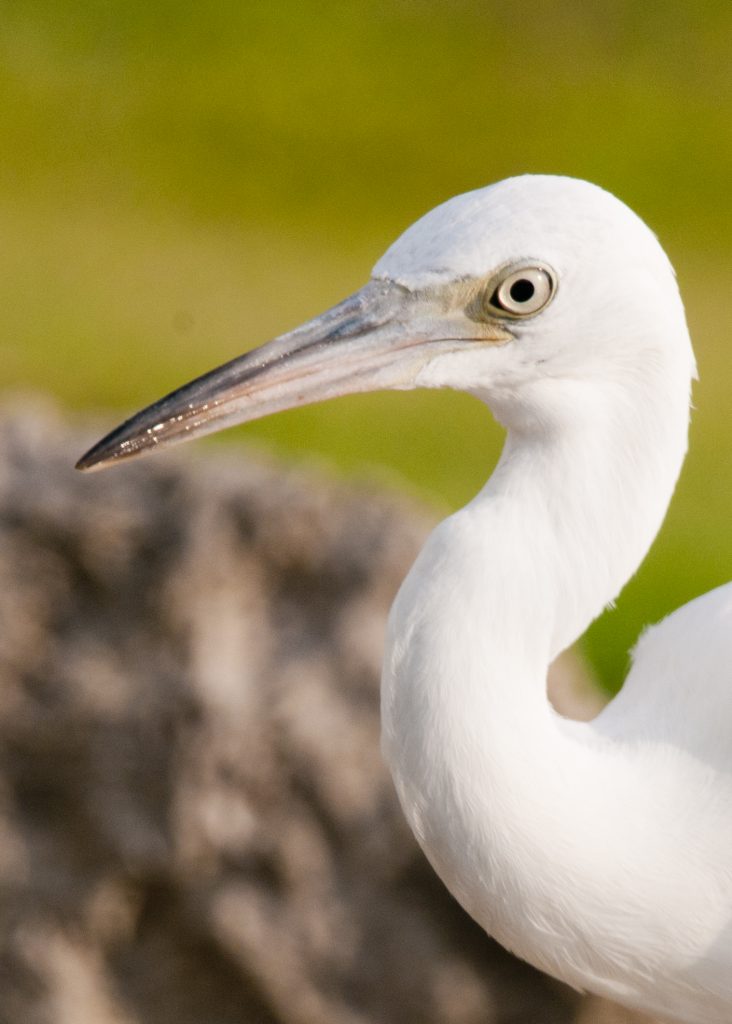
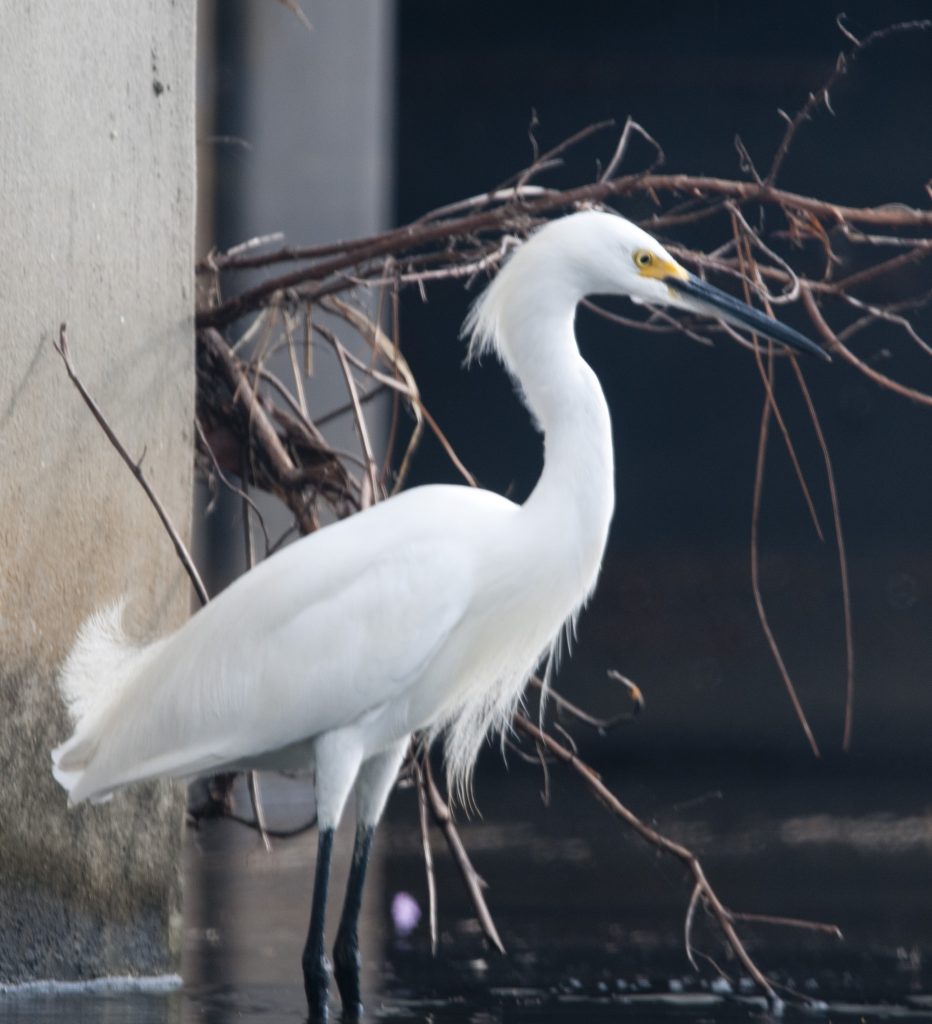

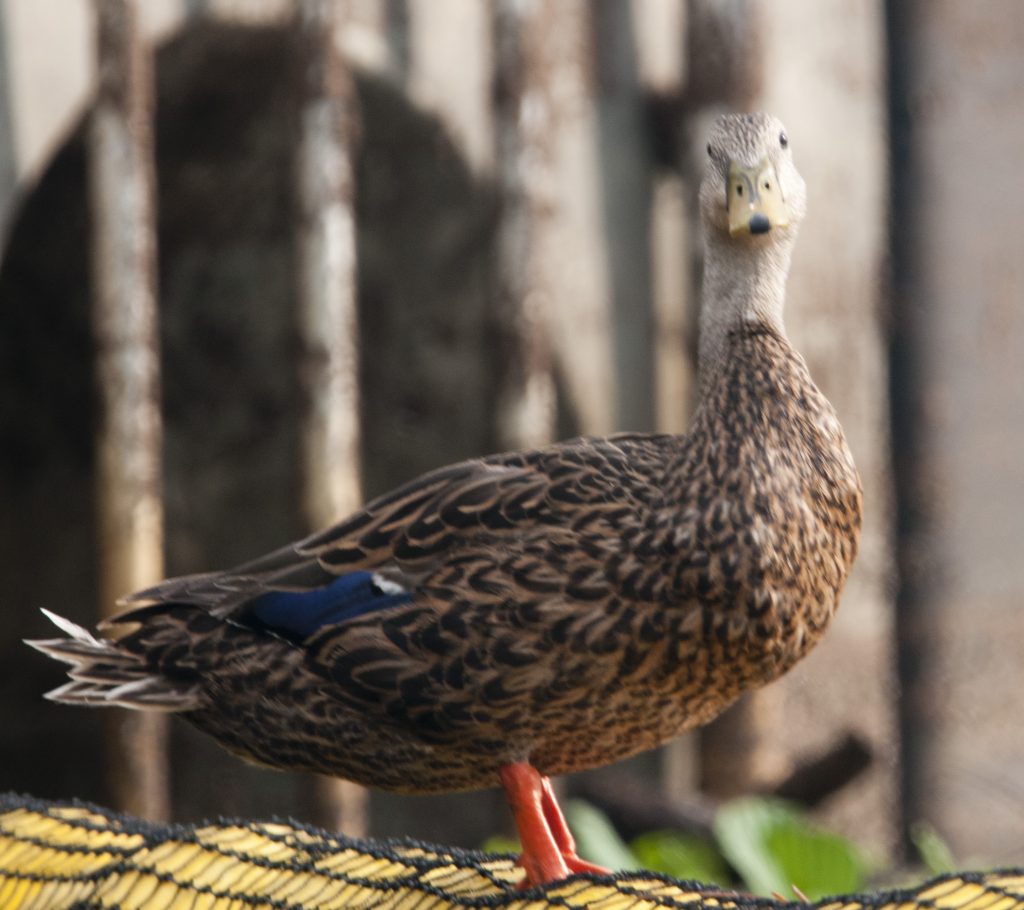

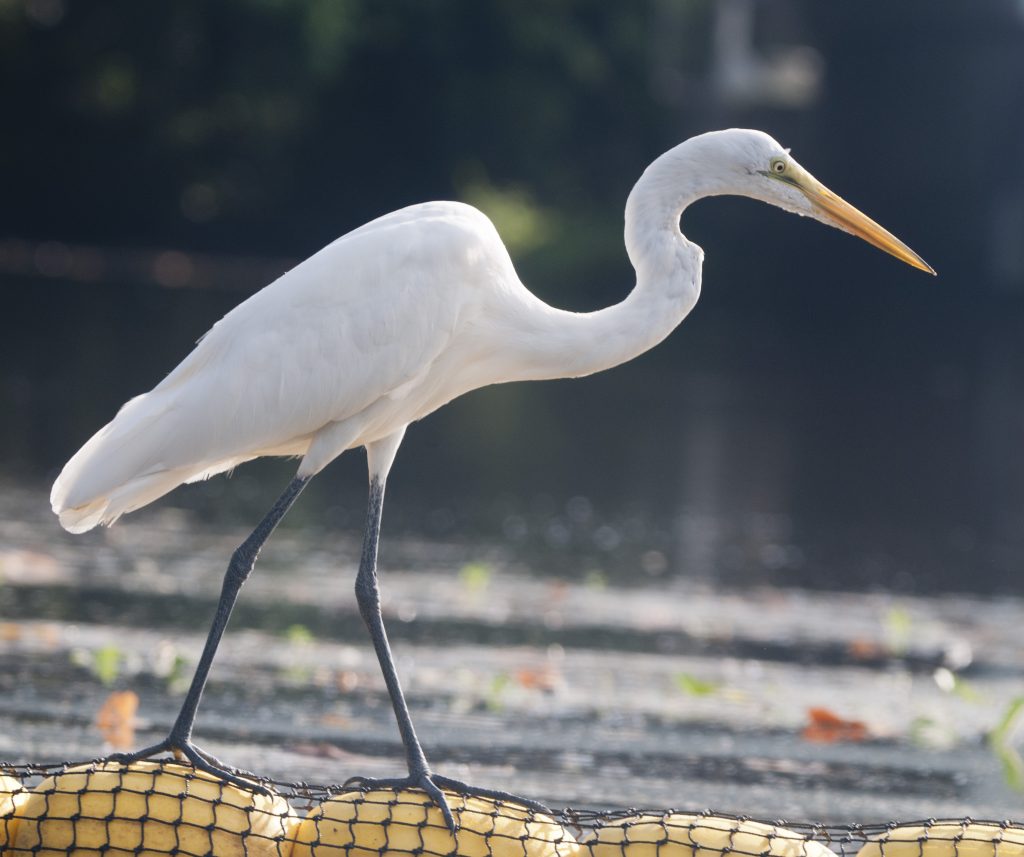
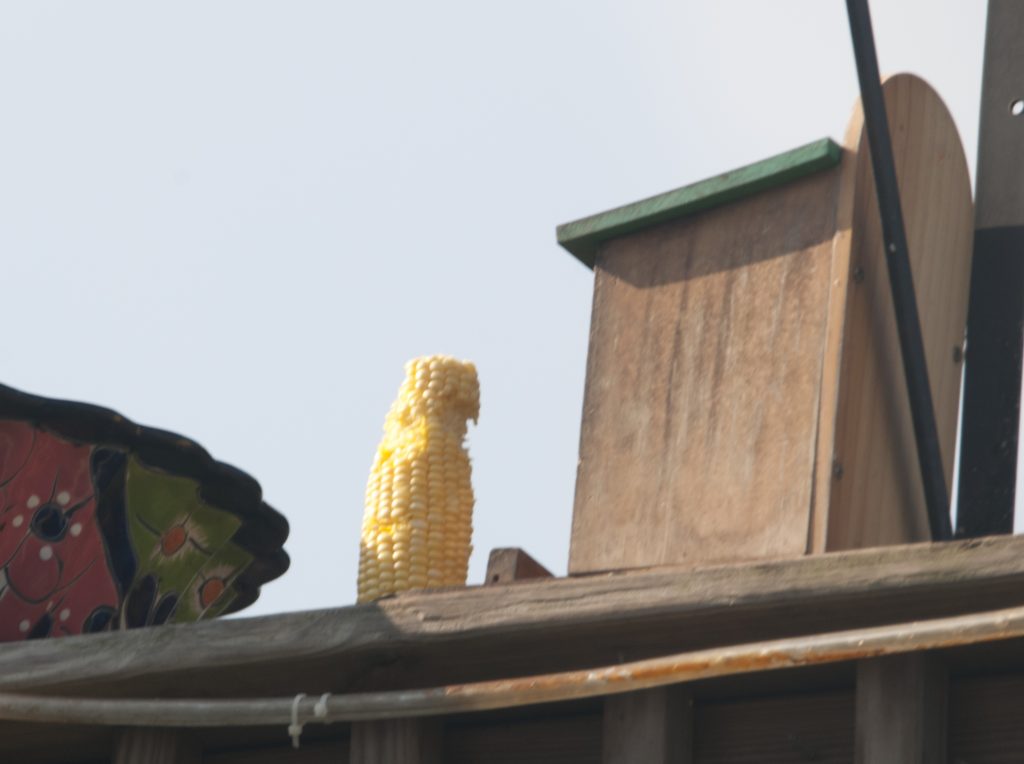
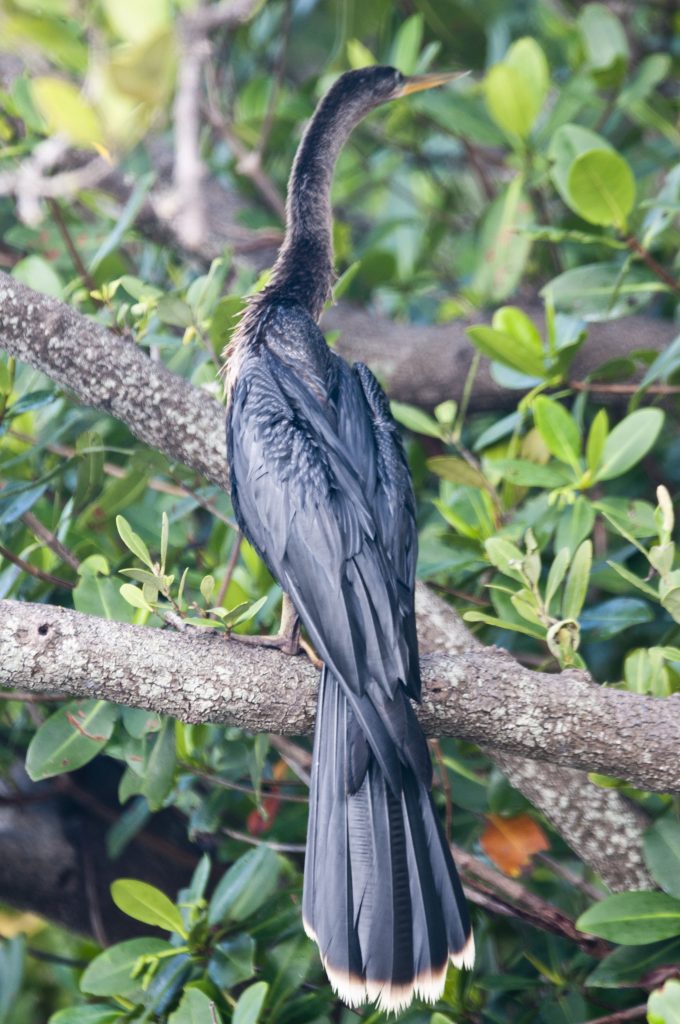
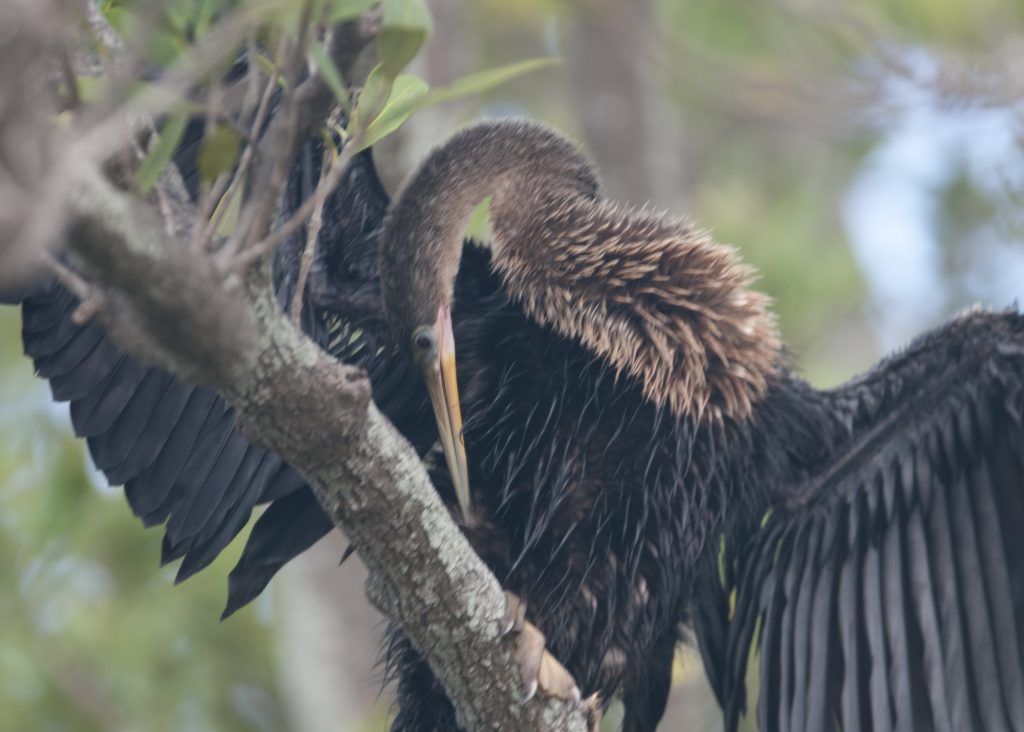
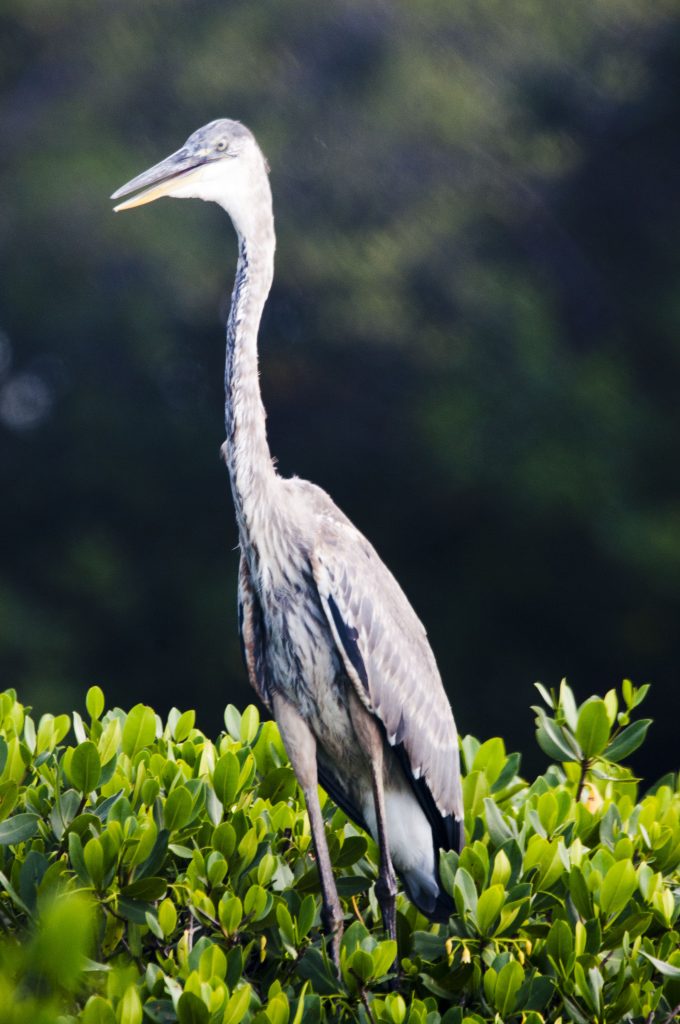
Update:
Manatees are protected by the Marine Mammal Protection Act of 1972 and the Endangered Species Act of 1973. It is illegal to feed, harass, harm, pursue, hunt, shoot, wound, kill, annoy, or molest manatees.
The manatee is also protected by the Florida Manatee Sanctuary Act of 1978, which states: “It is unlawful for any person, at any time, intentionally or negligently, to annoy, molest, harass, or disturb any manatee.”
Others say molesting the manatees is considered if you have 2 hands on one of them.
One hand is not considered molesting them or they would have left!
So I am sure we are fine, the manatees come to us, we did not feed, harass, harm, pursue, hunt, shoot, wound, kill, annoy, or molest them.
There are places here in Florida where you can swim with them and touch them all you want!
June 28, 2023
A day that will go down in history for me. Nature John and I were paddling up Bear Creek when we saw dolphins. Then as we got up further, about 8 AM we came across two manatees. Nothing unusual about that but we followed them up to the dam. One put his snout right up on the dam and was drinking (I think) the cool fresh water coming over the dam. It was about 2 inches deep and was really cold. The second manatee was swimming right nearby. So, for the next hour and 15 minutes Nature John and I reveled in playing with the manatees. State law says you cannot harass manatees, but we did no such thing. The manatees would come up right beside us again and again (where is my GoPro) and “sniff” at our hand in the water. Then they would swim around and take a “bite” out of the side of the kayak. Then they would clean off any algae that was on the kayak. Around and around they circled us. Twice I had one manatee on either side of me and was able to touch both at the same time. For more than an hour they played with us. Many years ago I was able to touch a manatee, but this was another level of amazing. They really were curious, coming up behind Nature John’s kayak and plying with his lifting handle, several times. What an experience. Obviously they were too close to photograph when I was touching them, but I got a few with Nature John accepting an advance from one!
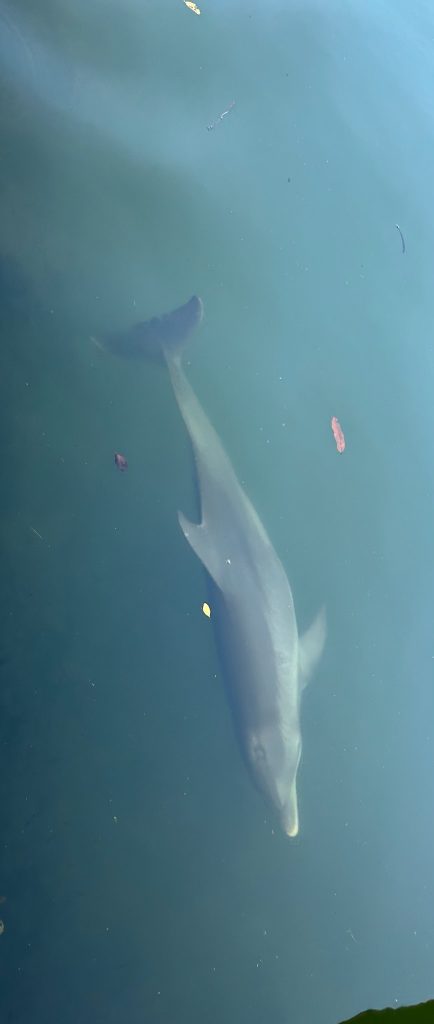
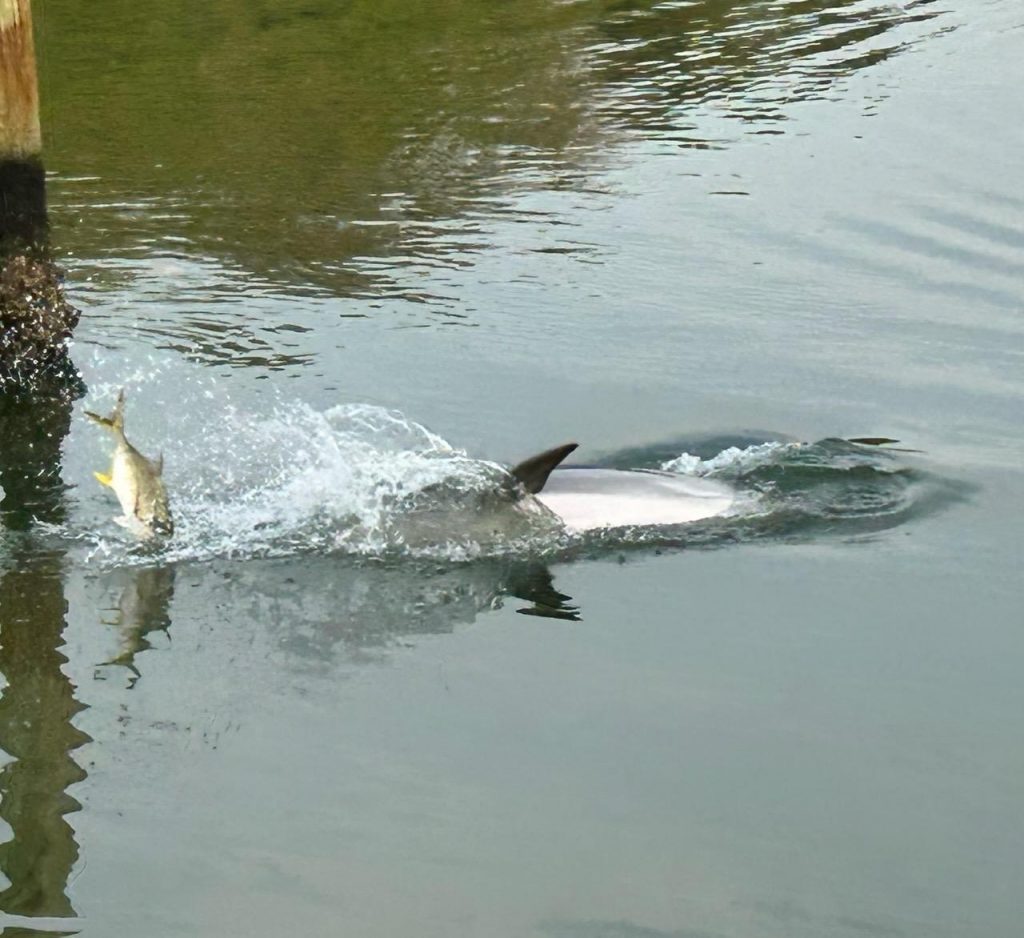
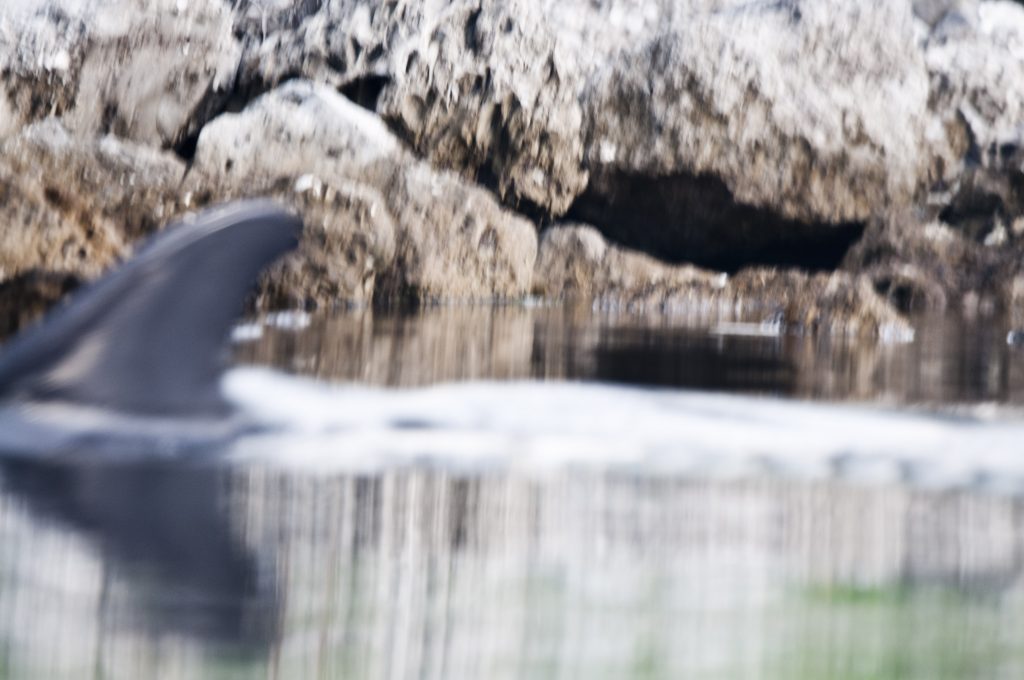
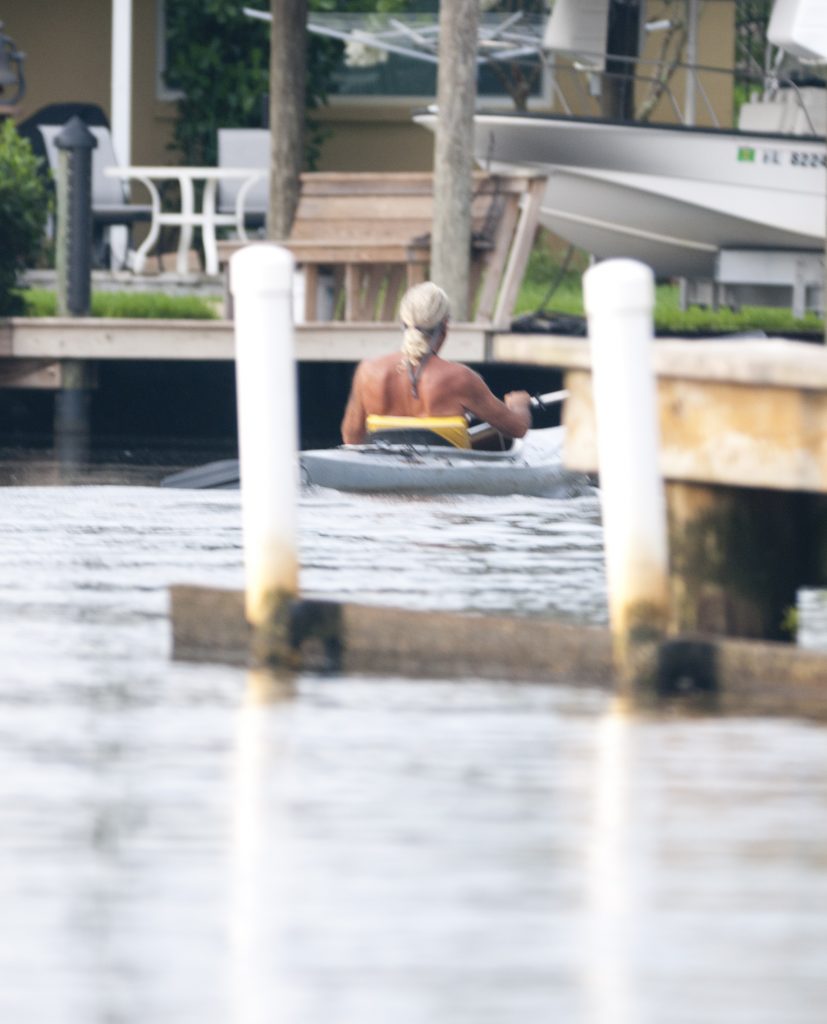
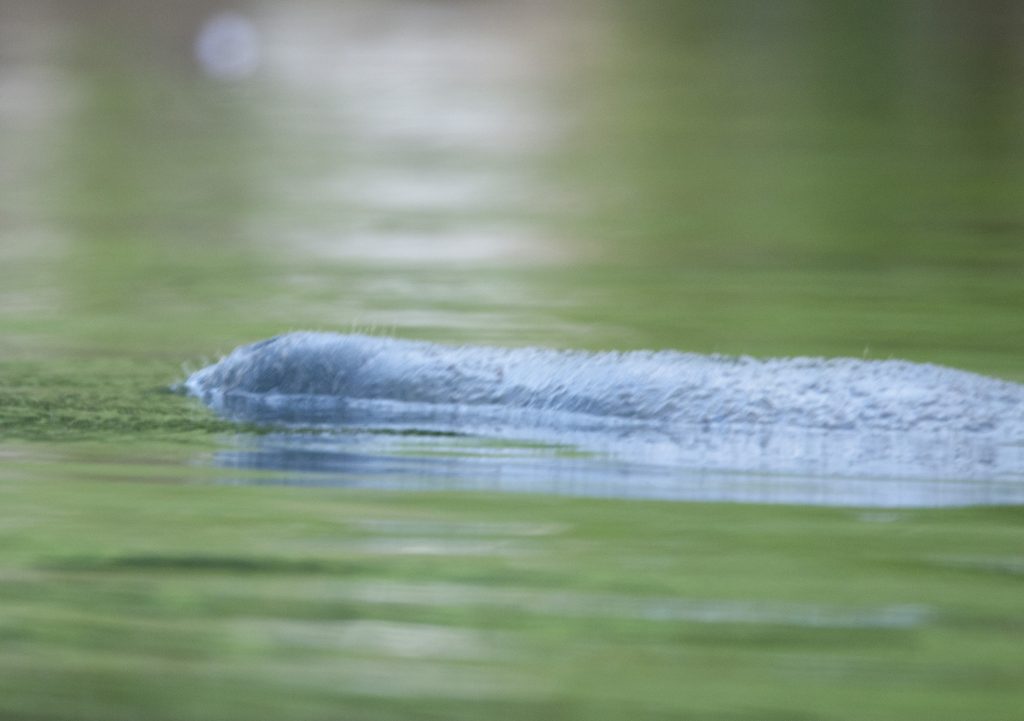

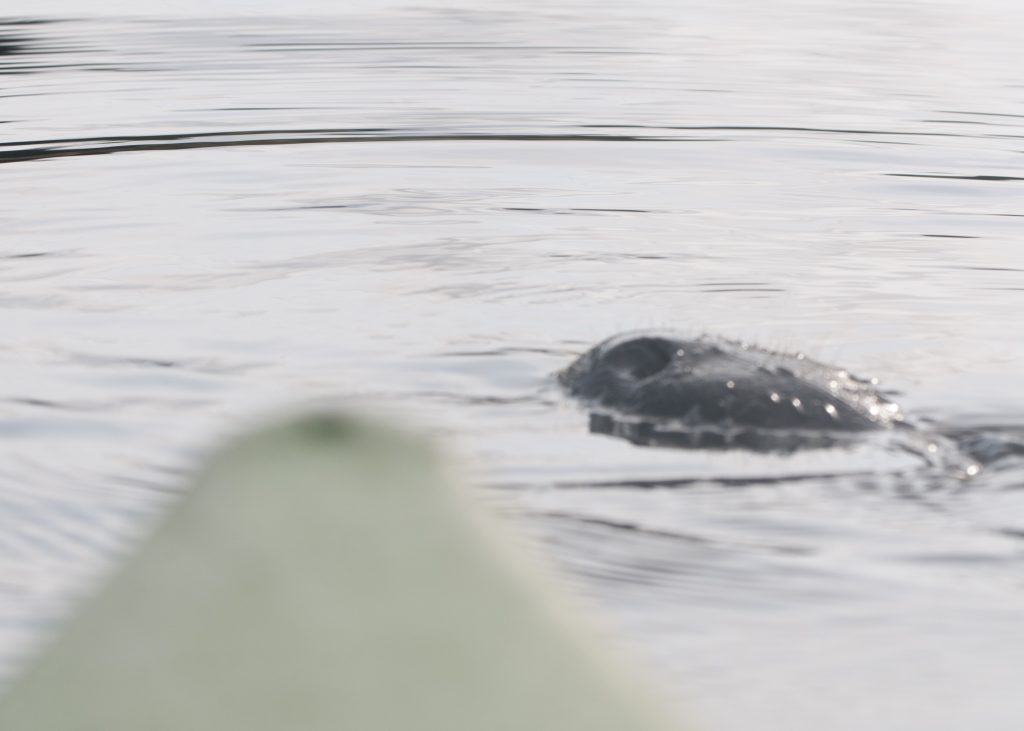
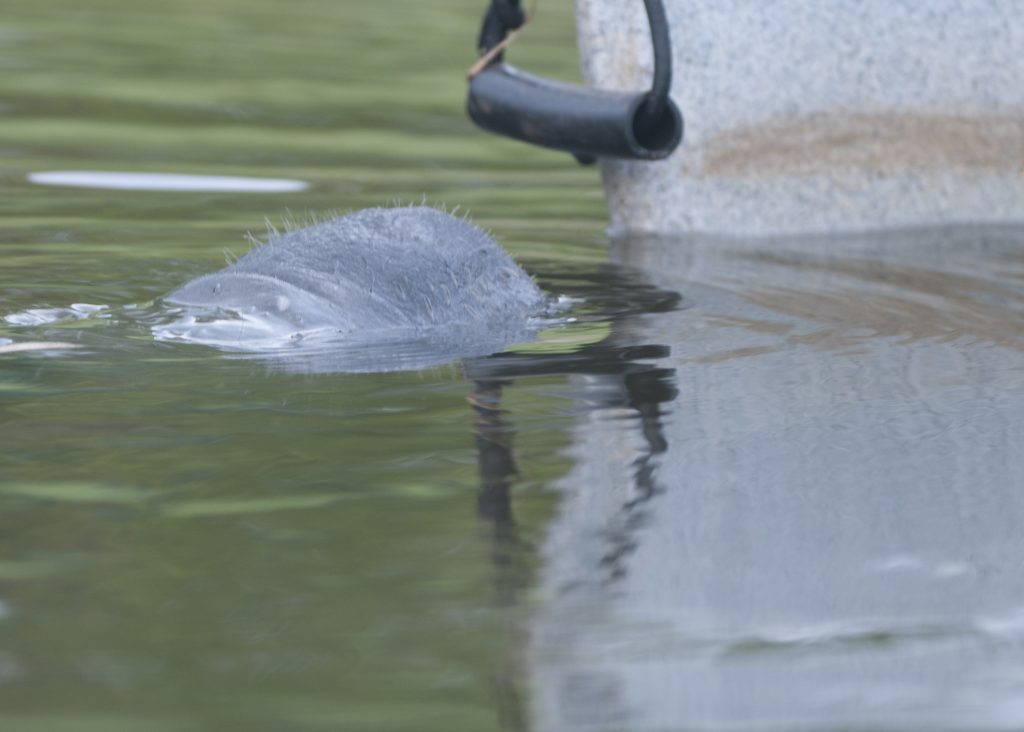
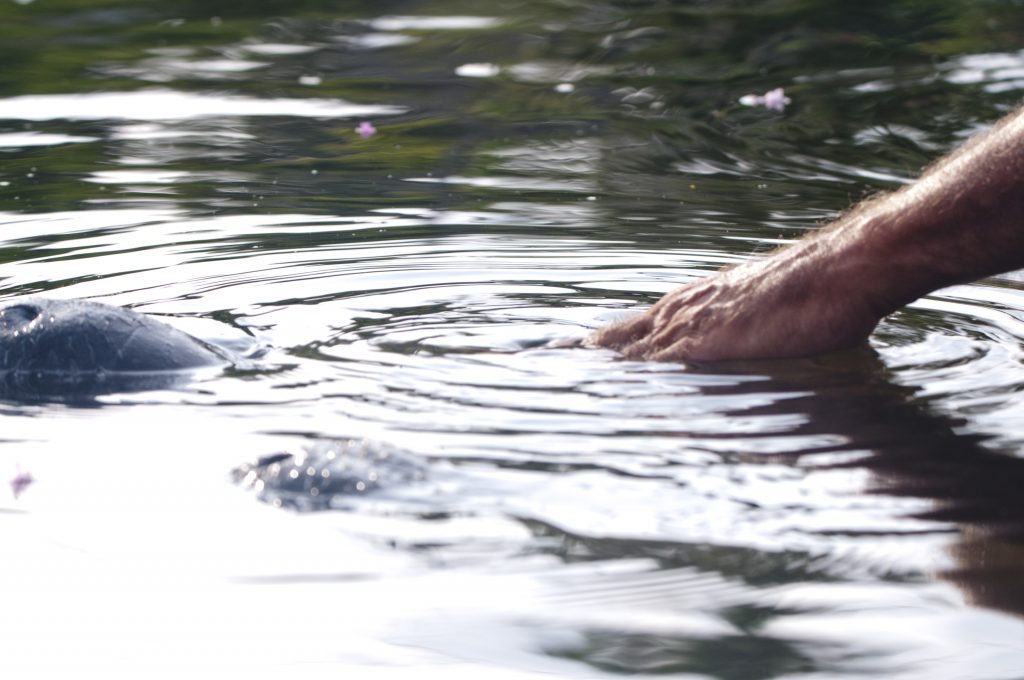
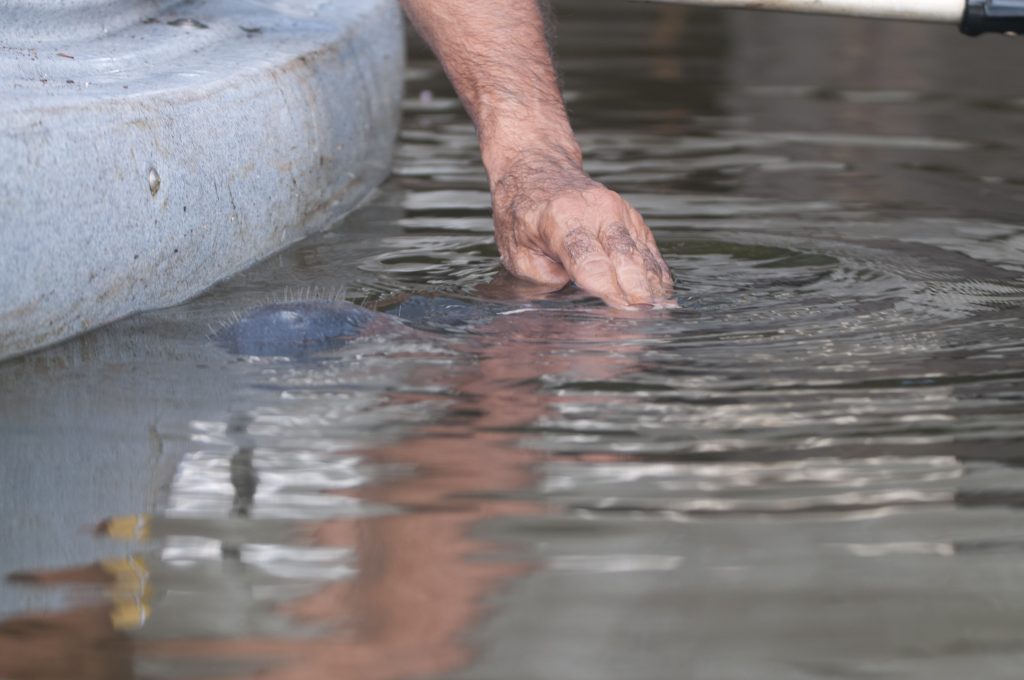
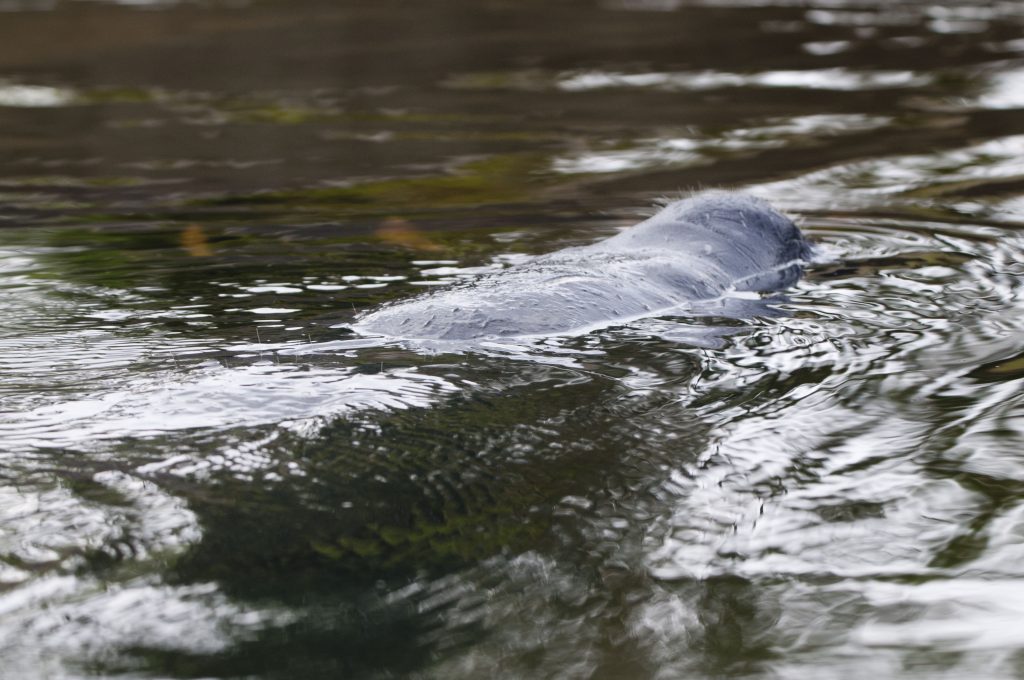

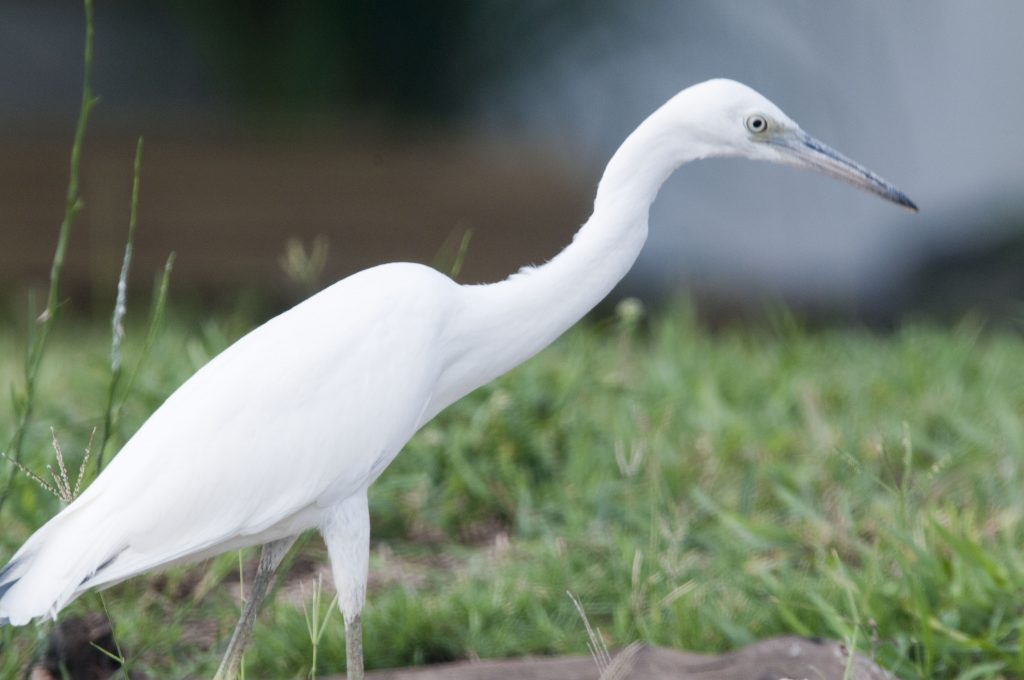
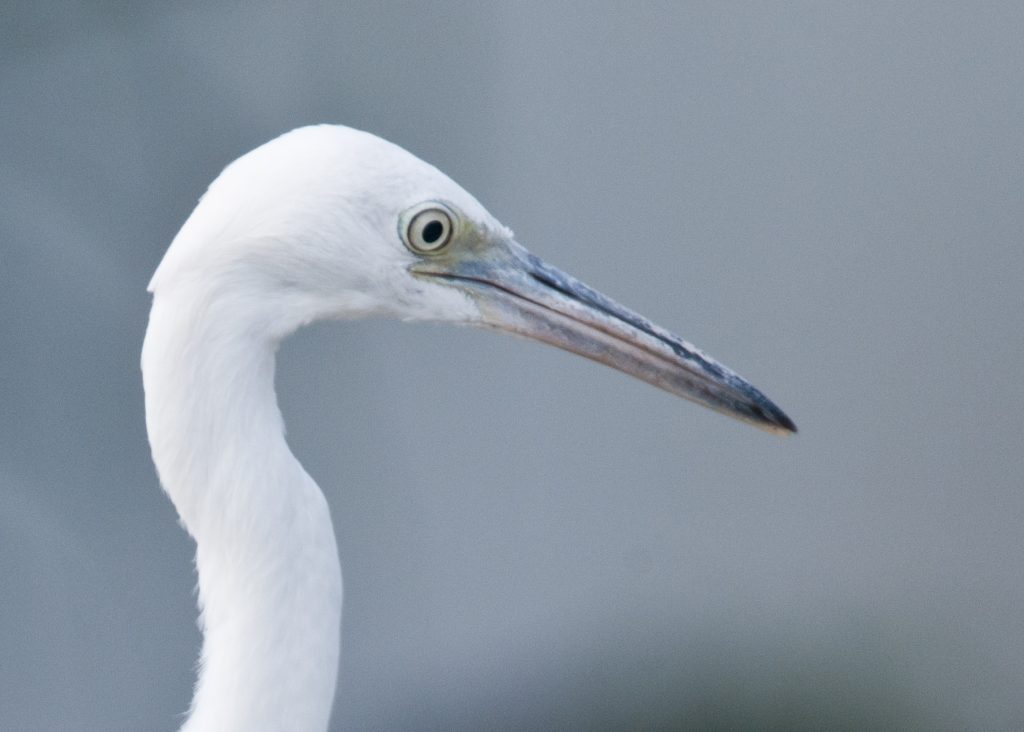

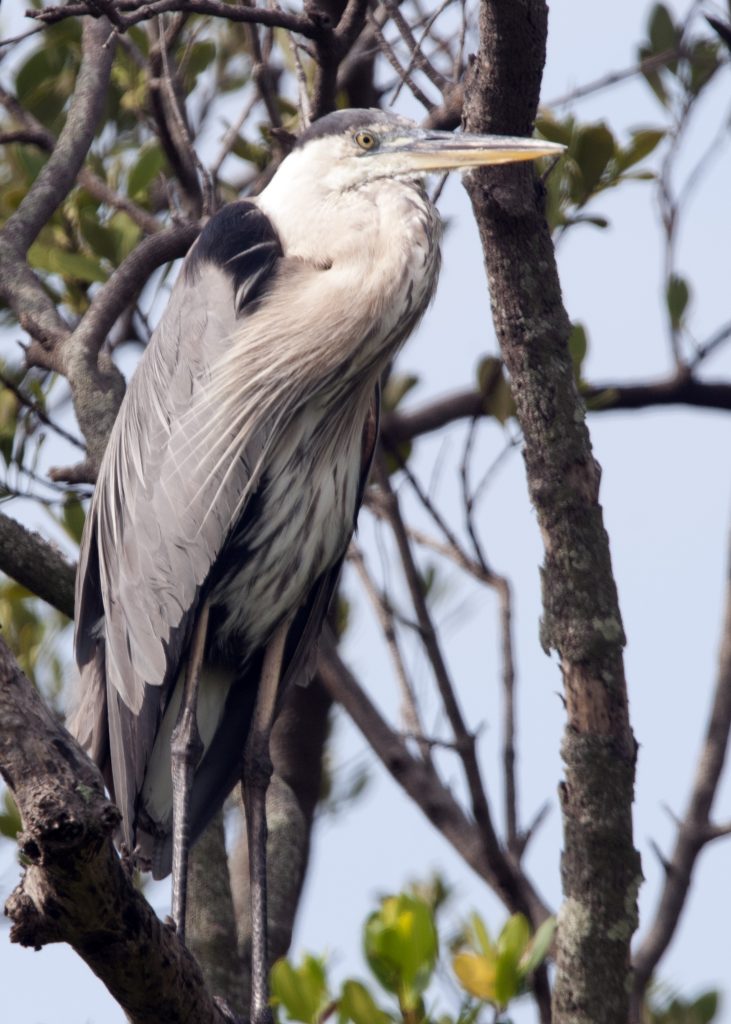
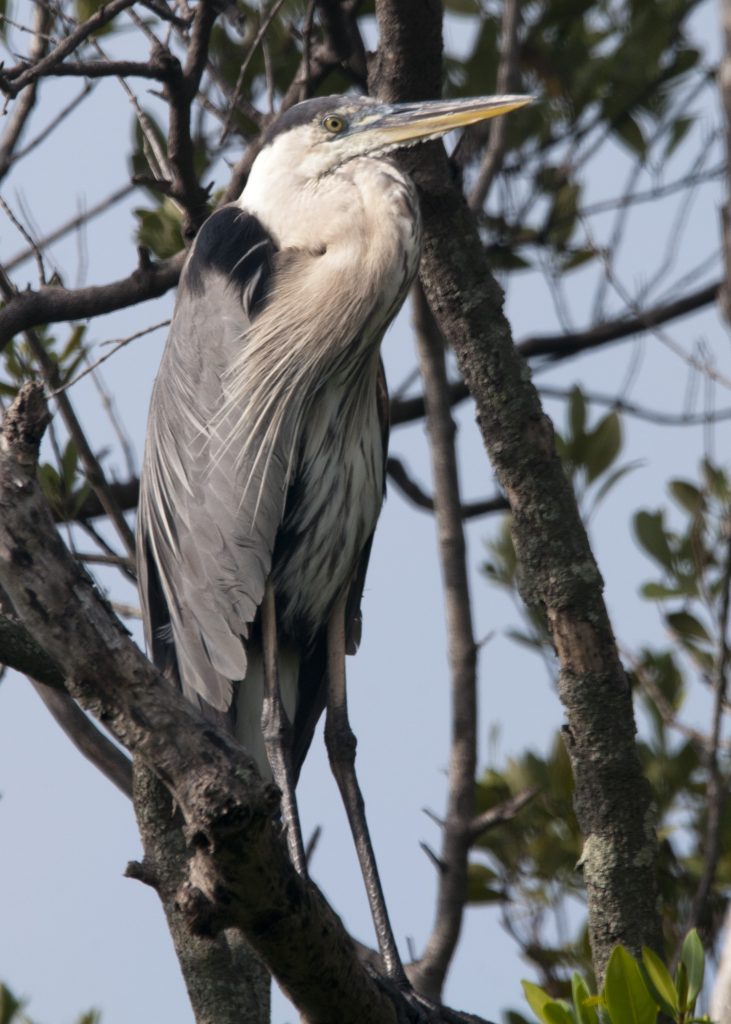
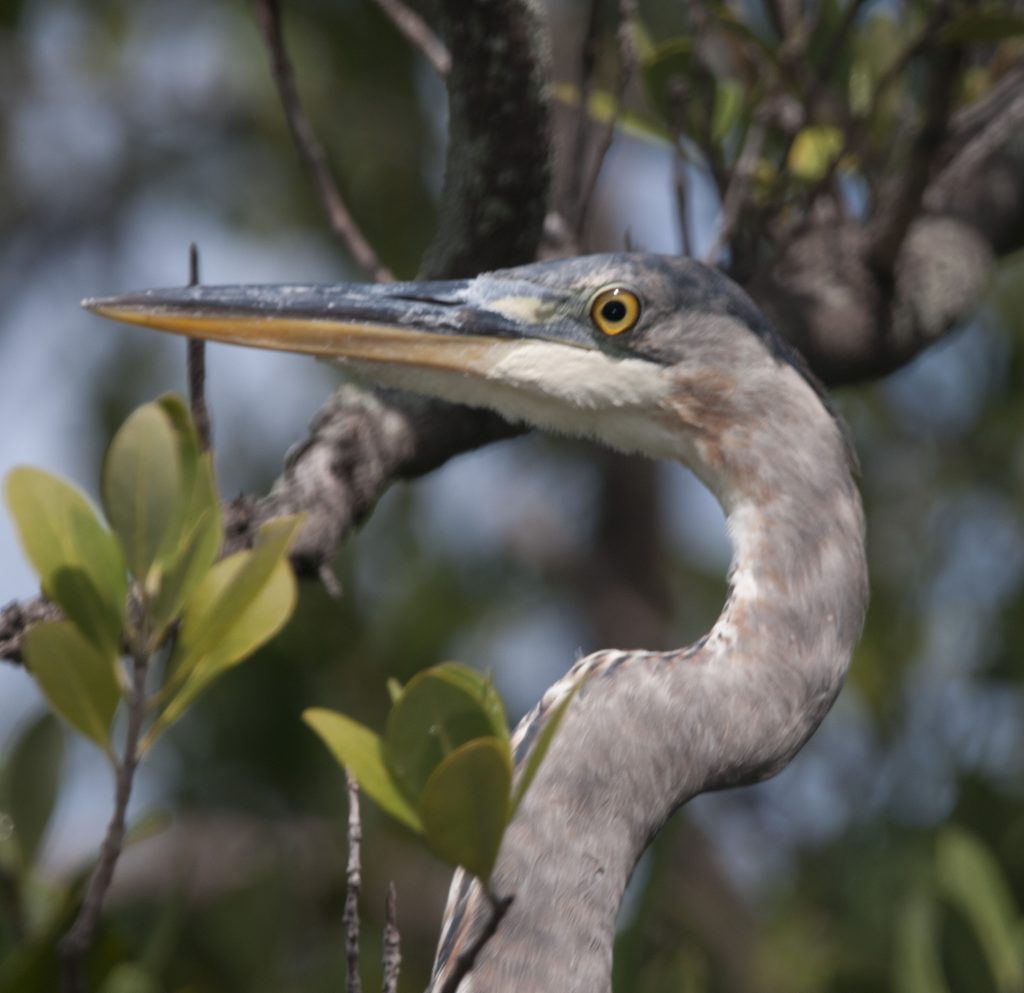
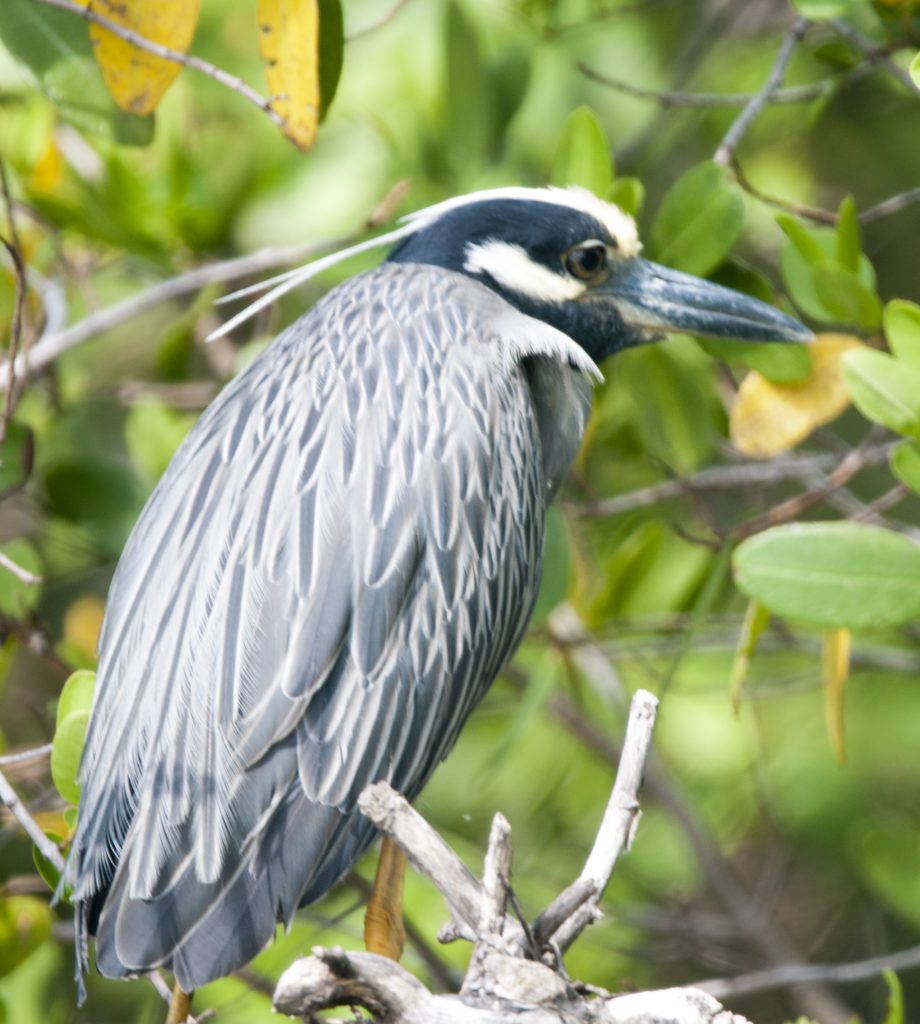
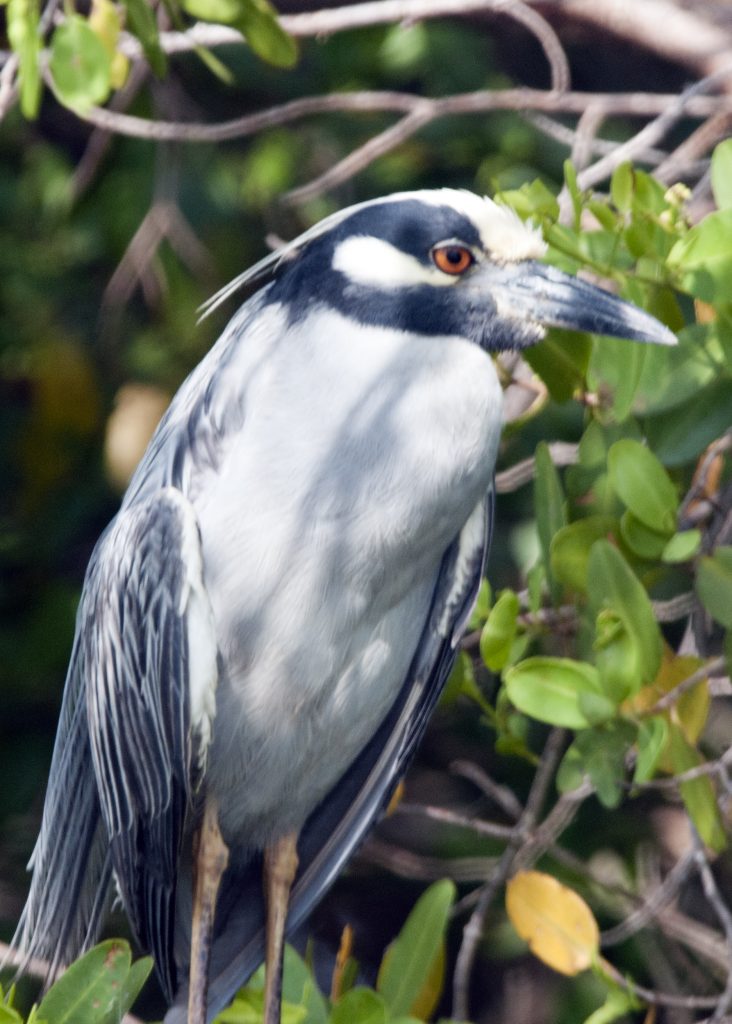
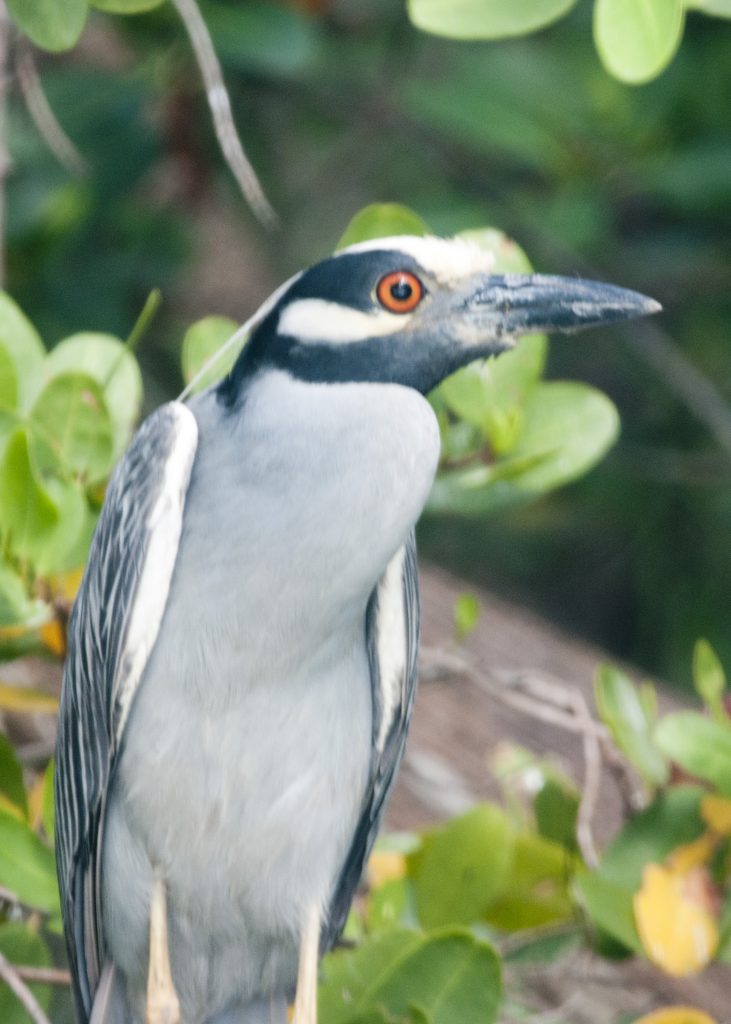
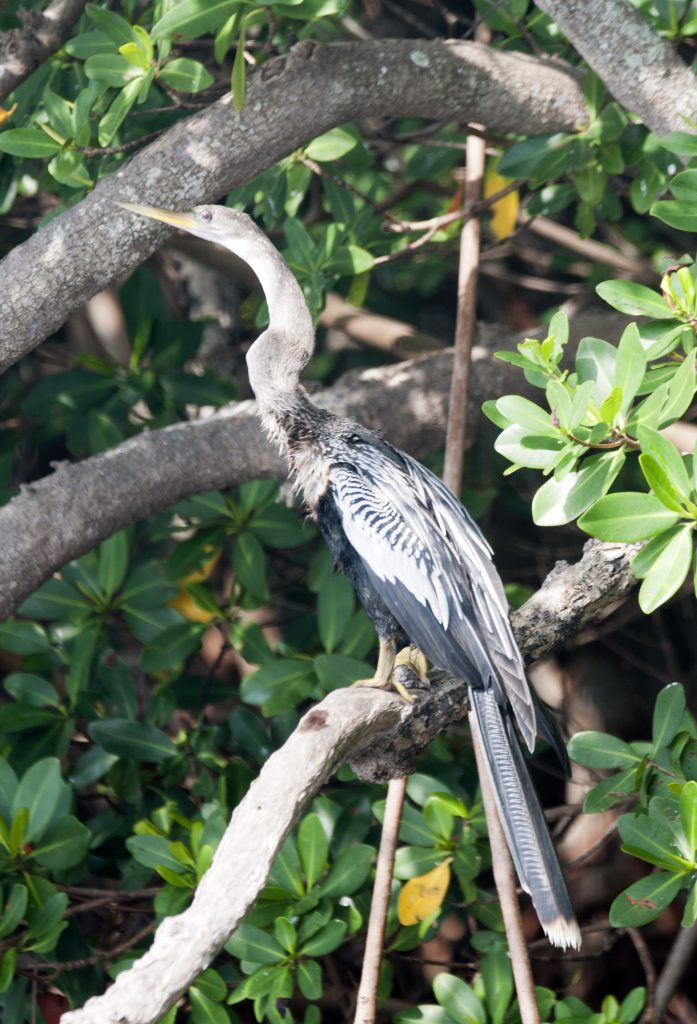
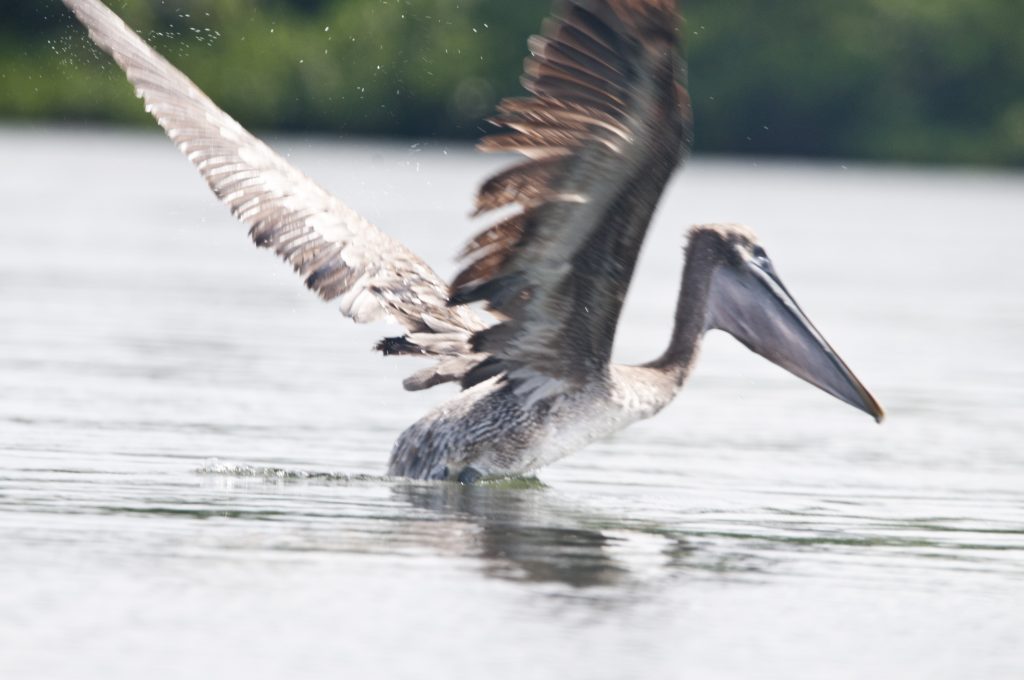
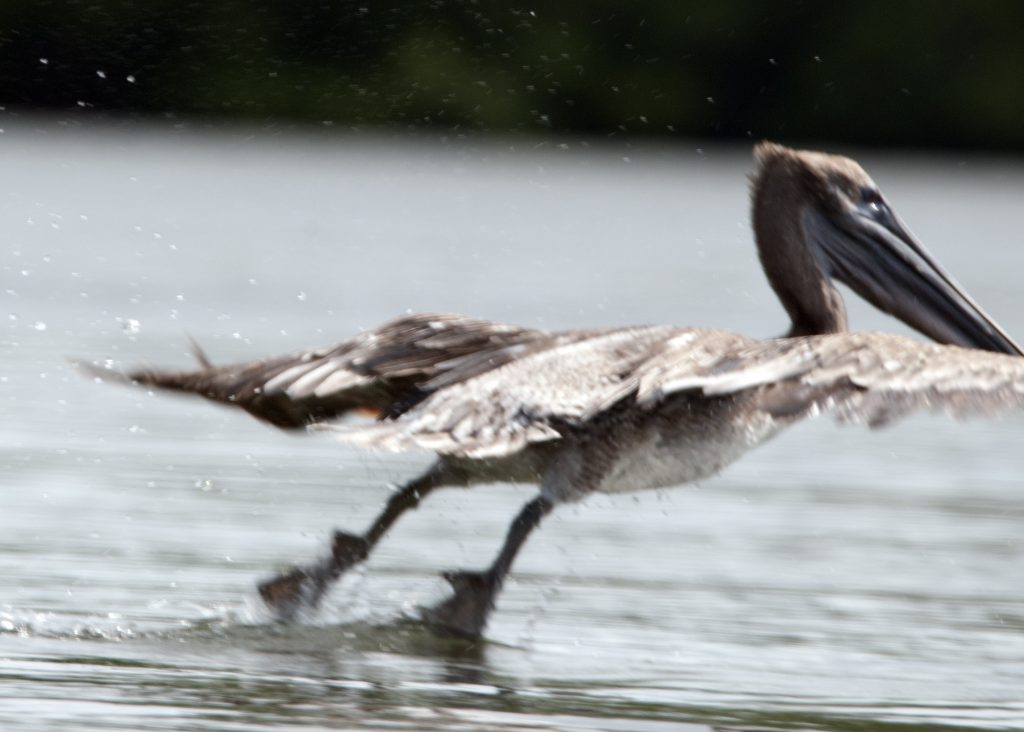
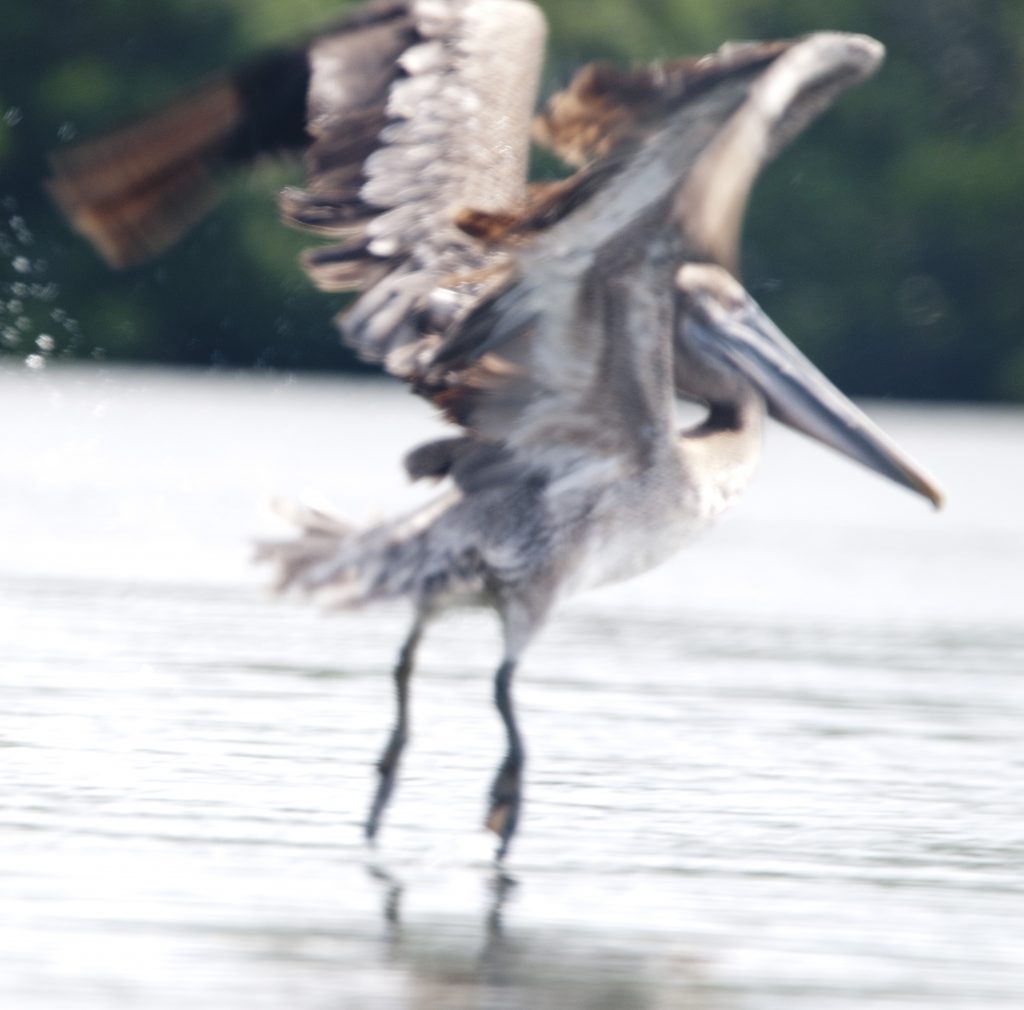
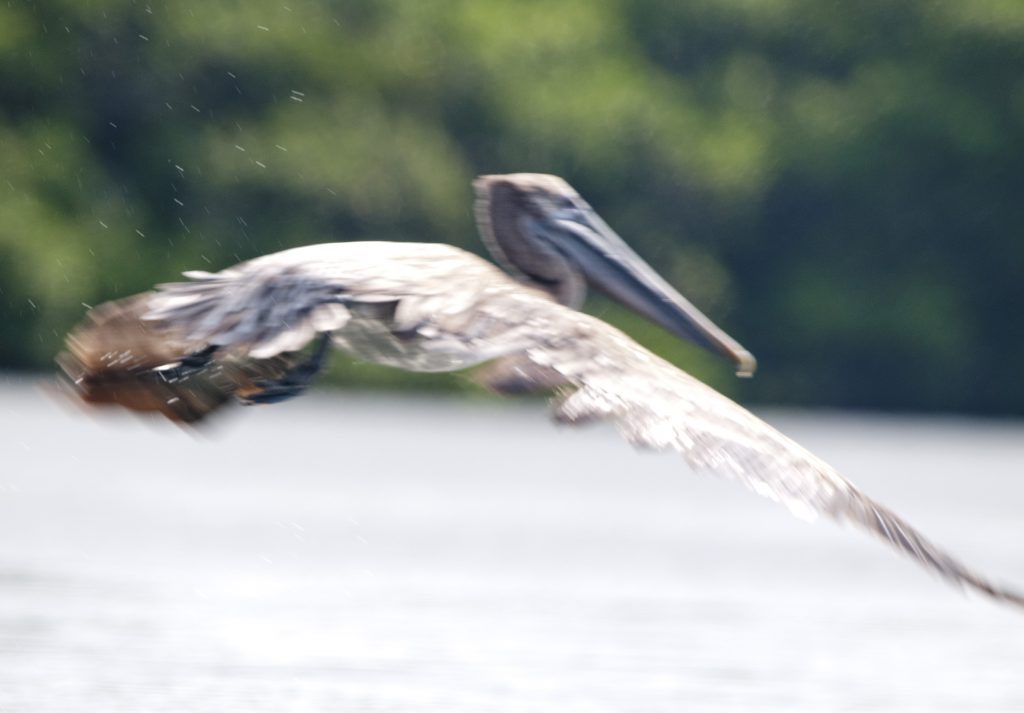

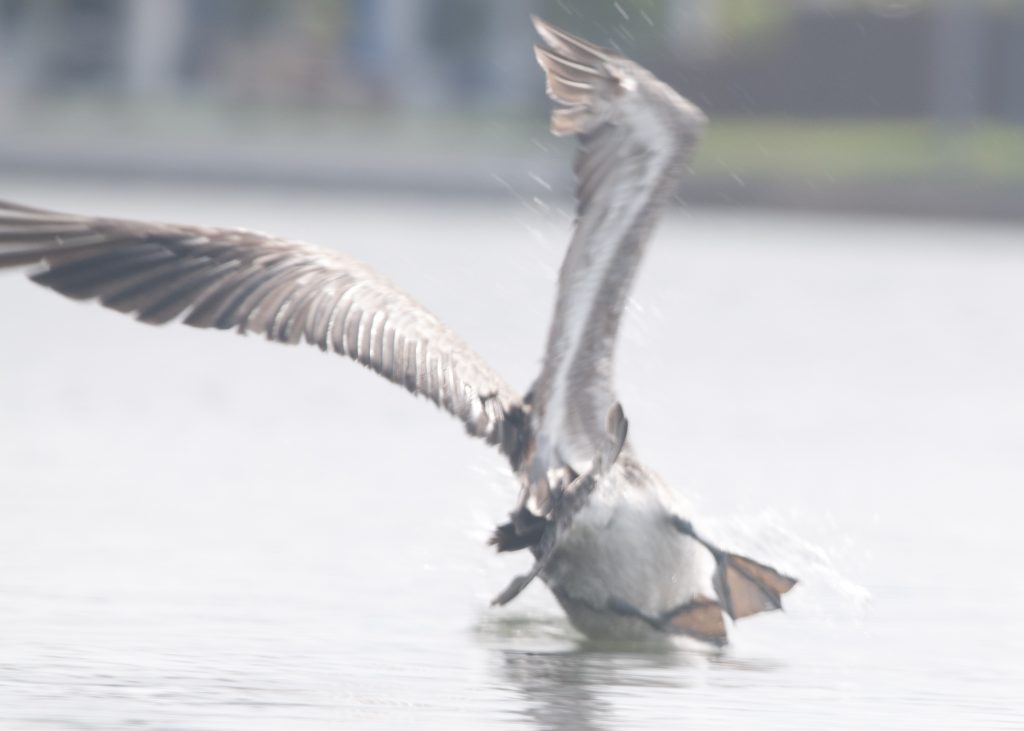

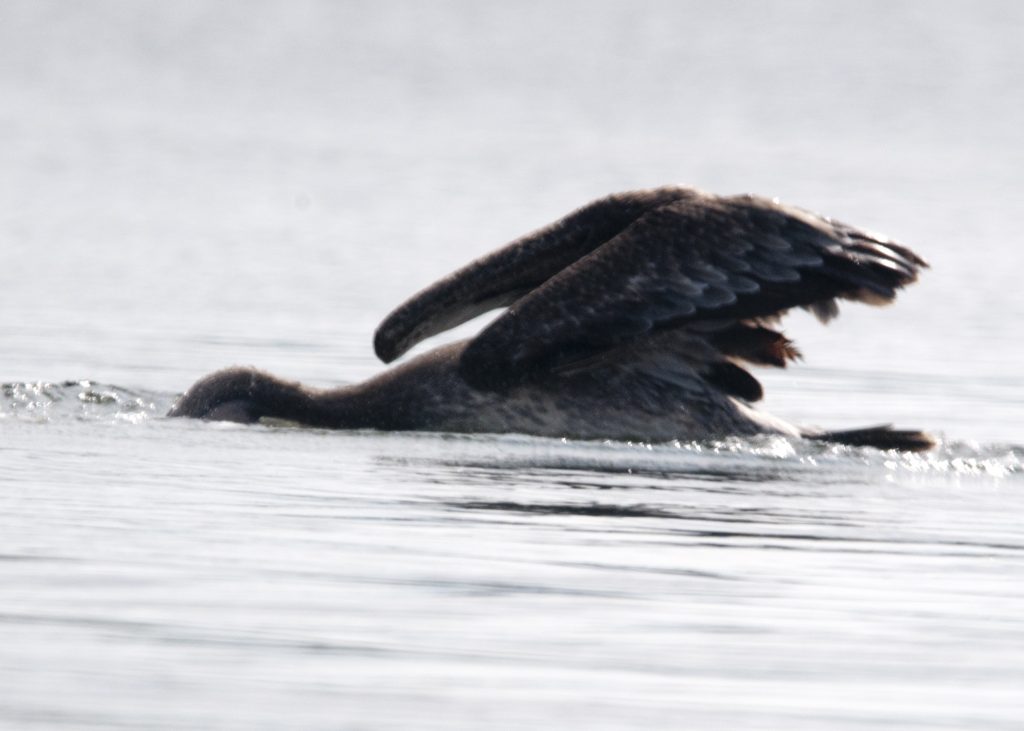
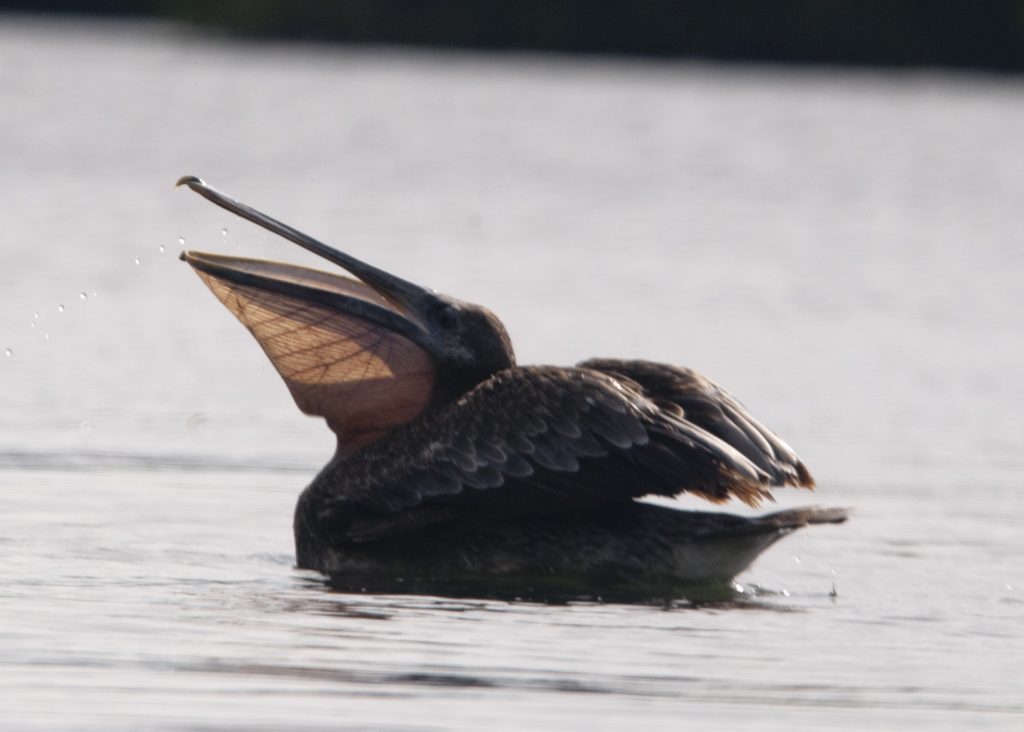
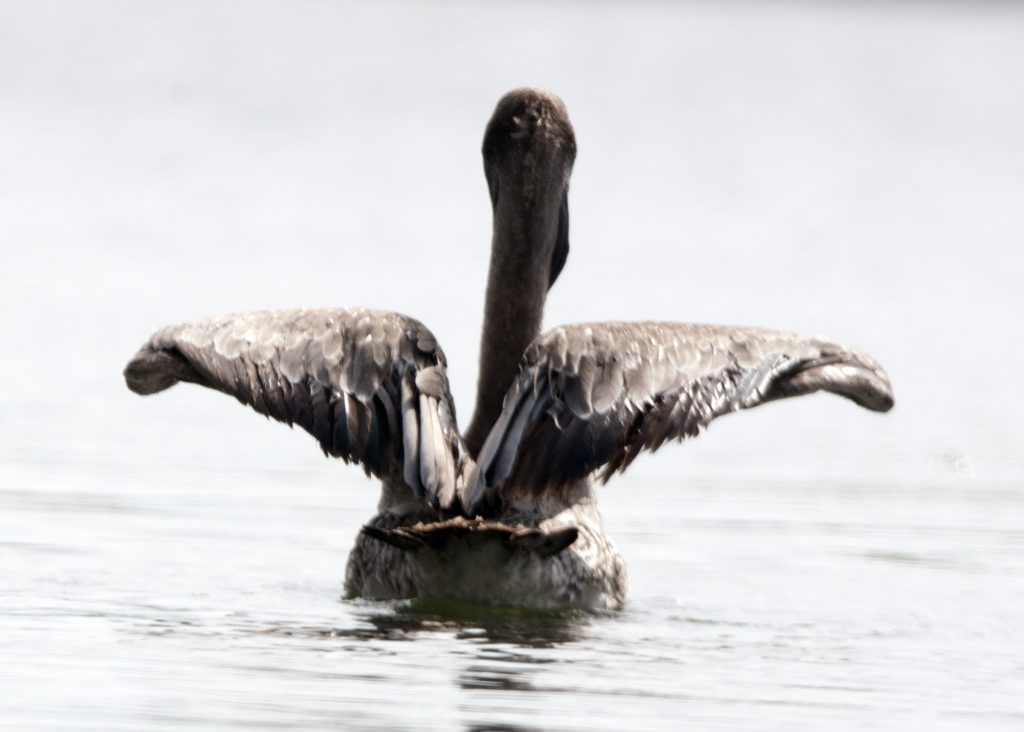

Update Monday:
Out my back window is an Osprey eating his lunch.
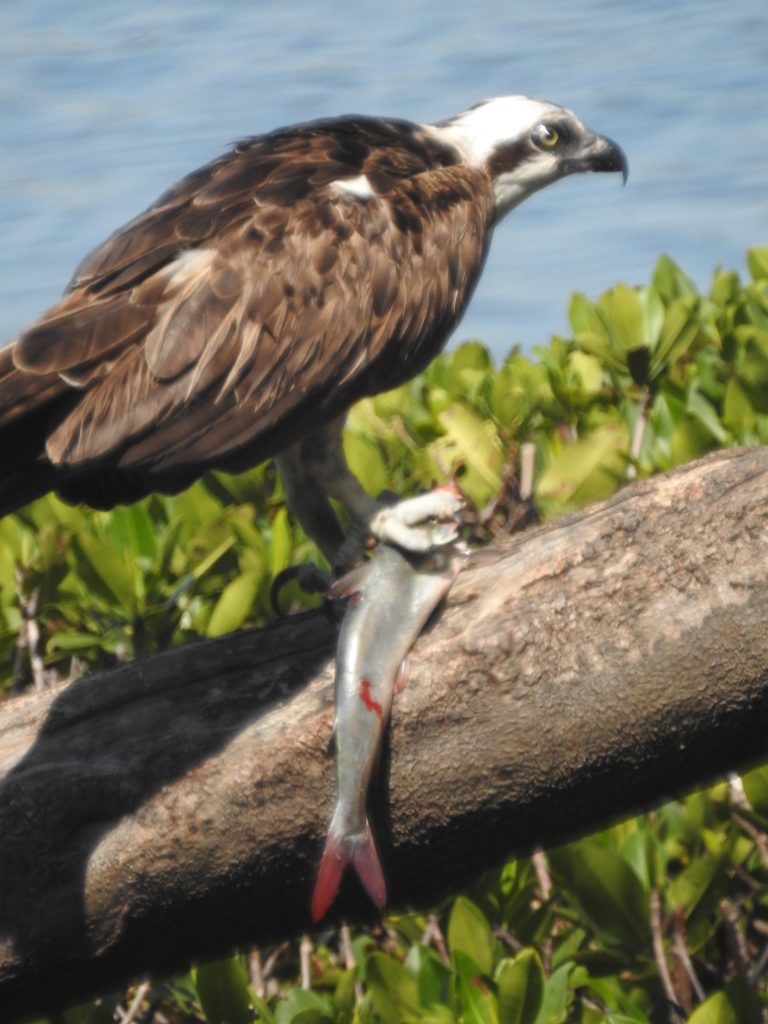

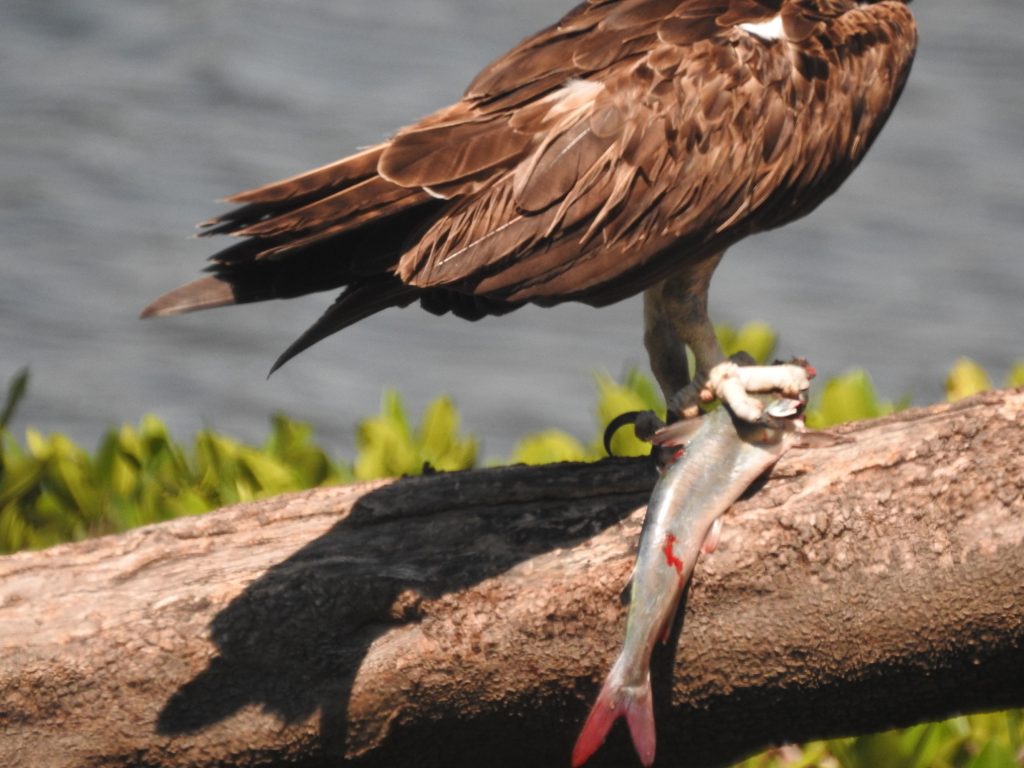
Monday, June 26, 2023
Even more interaction with dolphins AND manatees!
A manatee lifted the stern of my kayak and turned me about 30° counterclockwise! He did not dump me, I think it may have been a mistake. It sounded like he had barnacles on his body that lifted my stern leaving little pin hole marks.
Also Jason and I watched two dolphin chasing fish, the larger dolphin caught a 12 inch fish!.

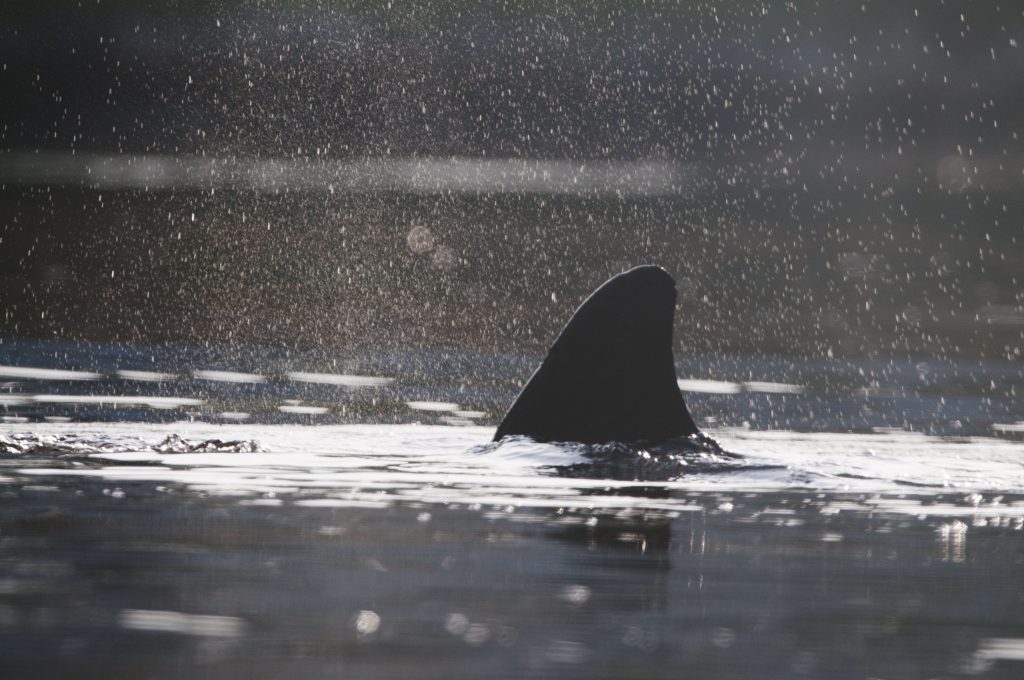
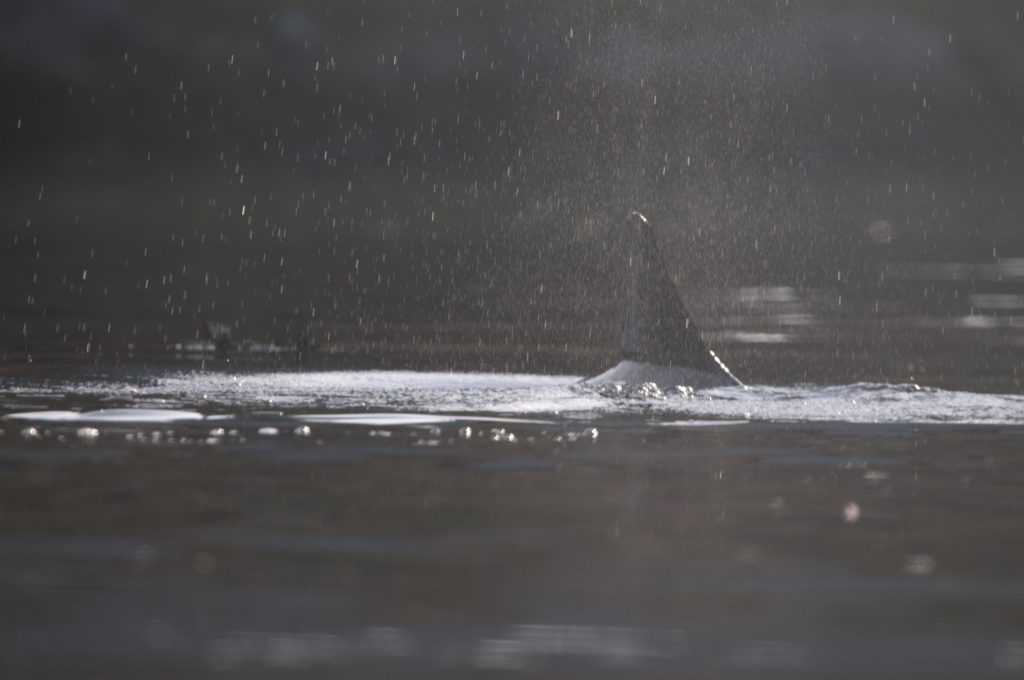
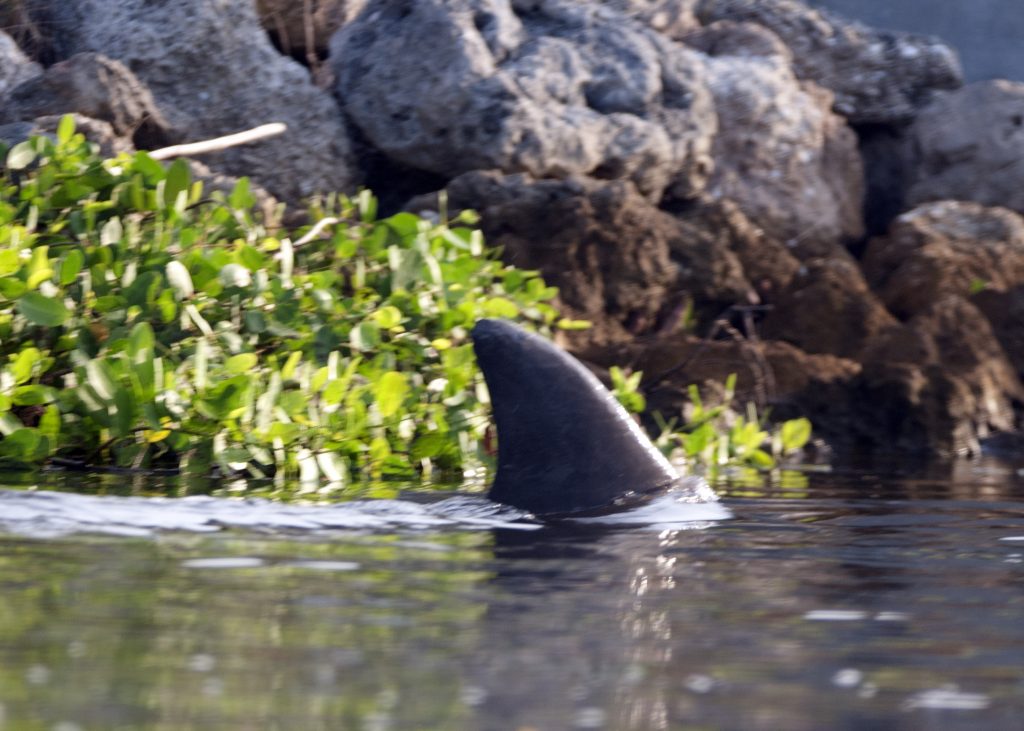

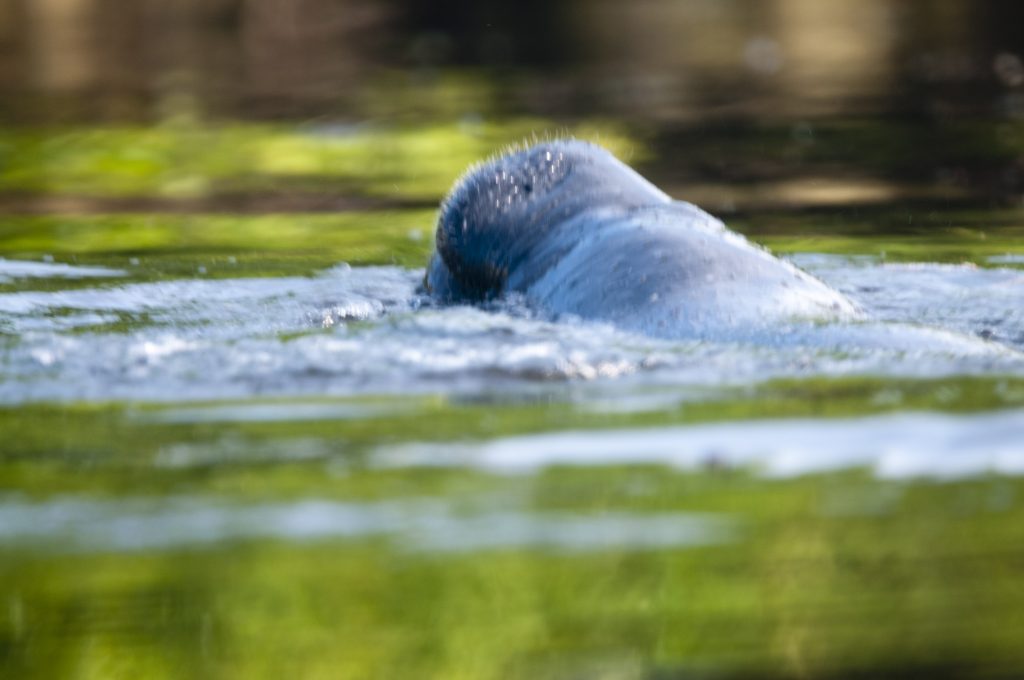
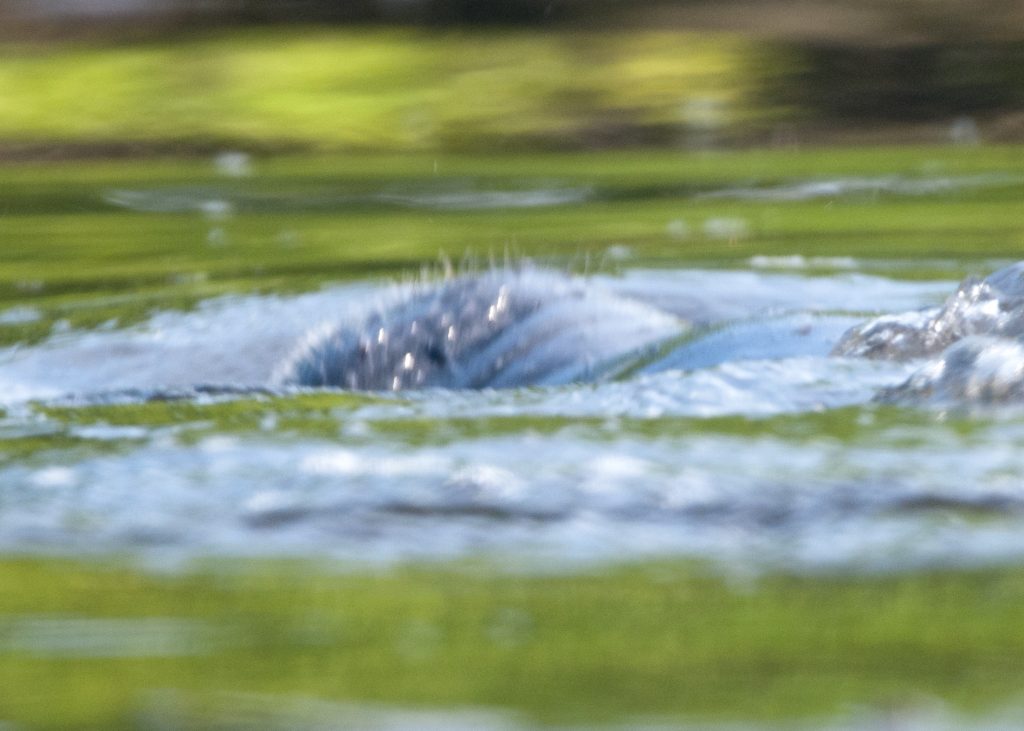

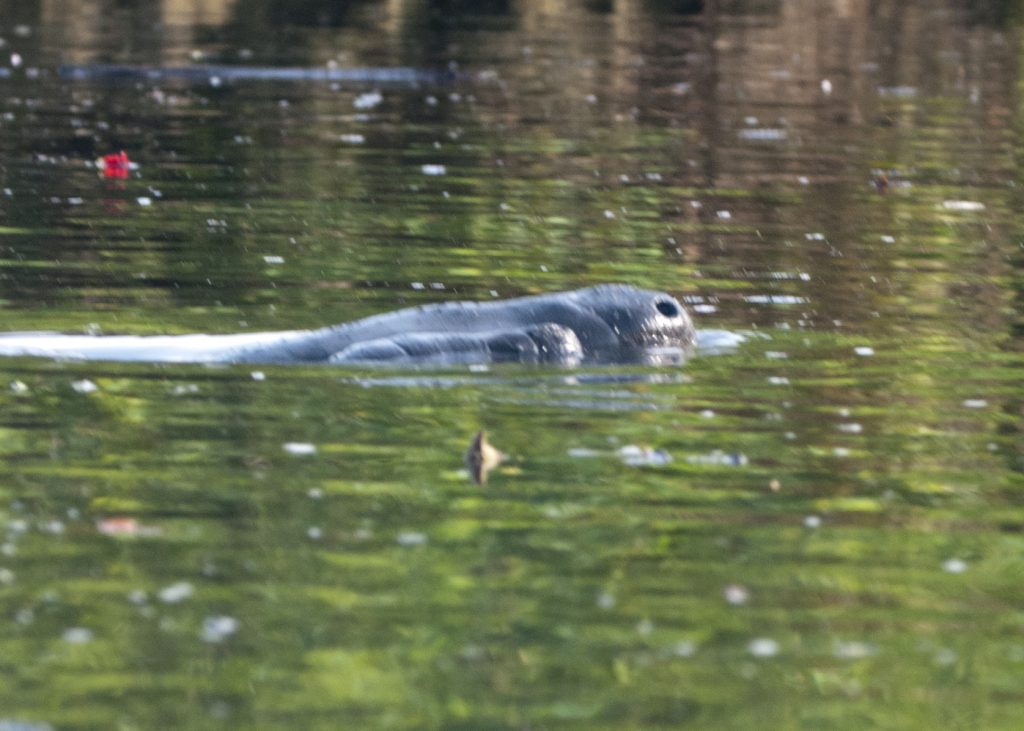
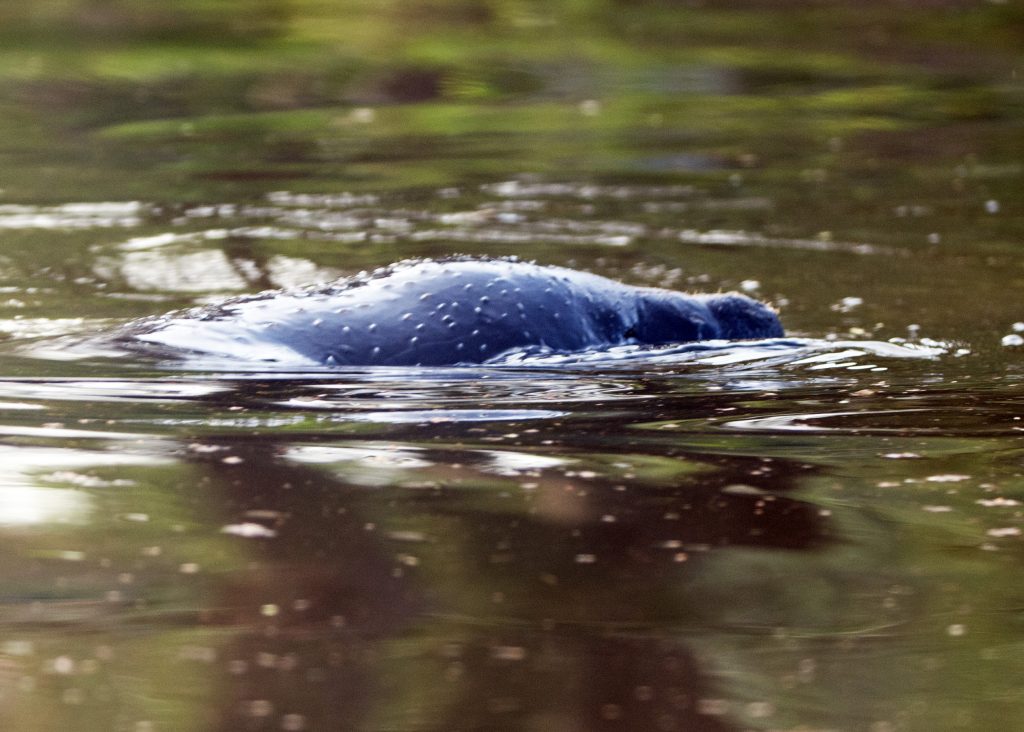


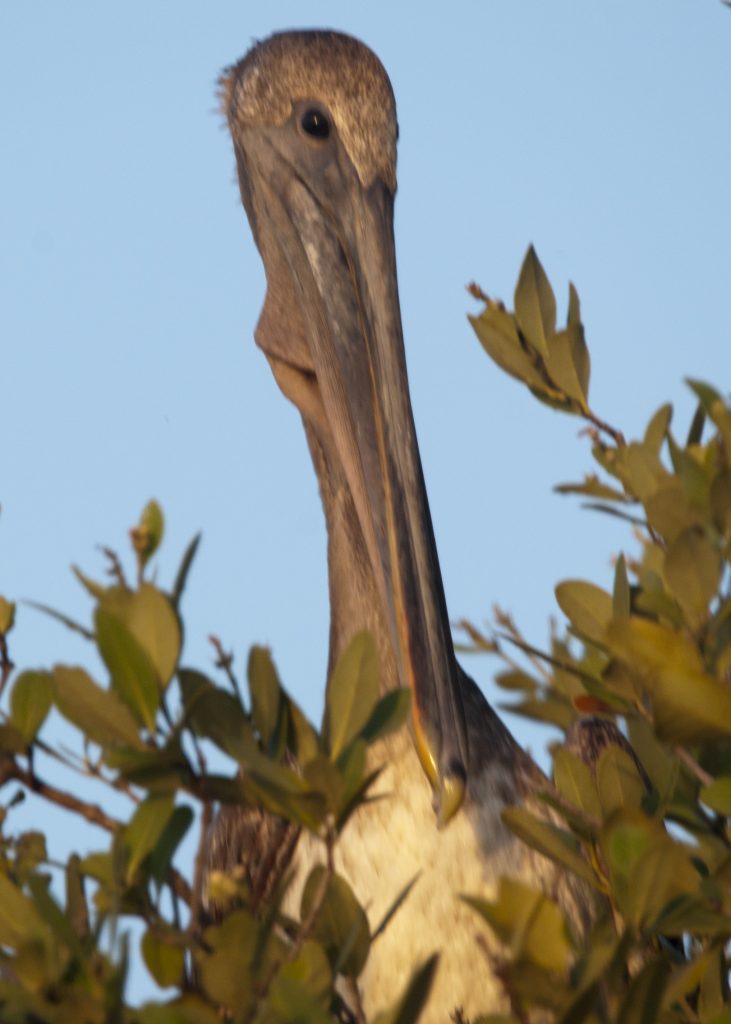
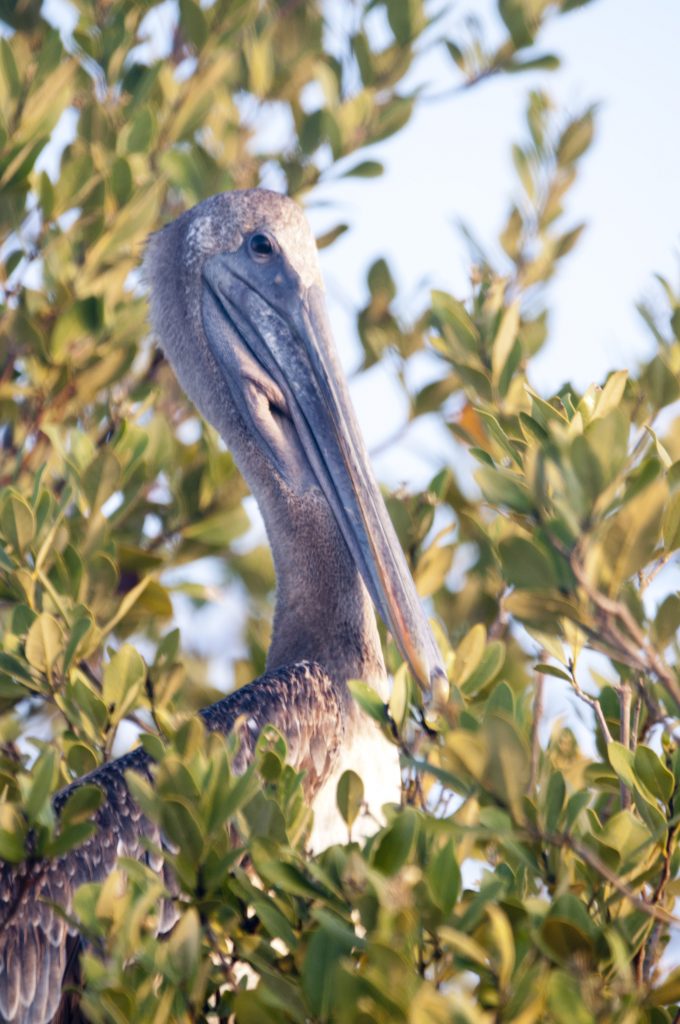

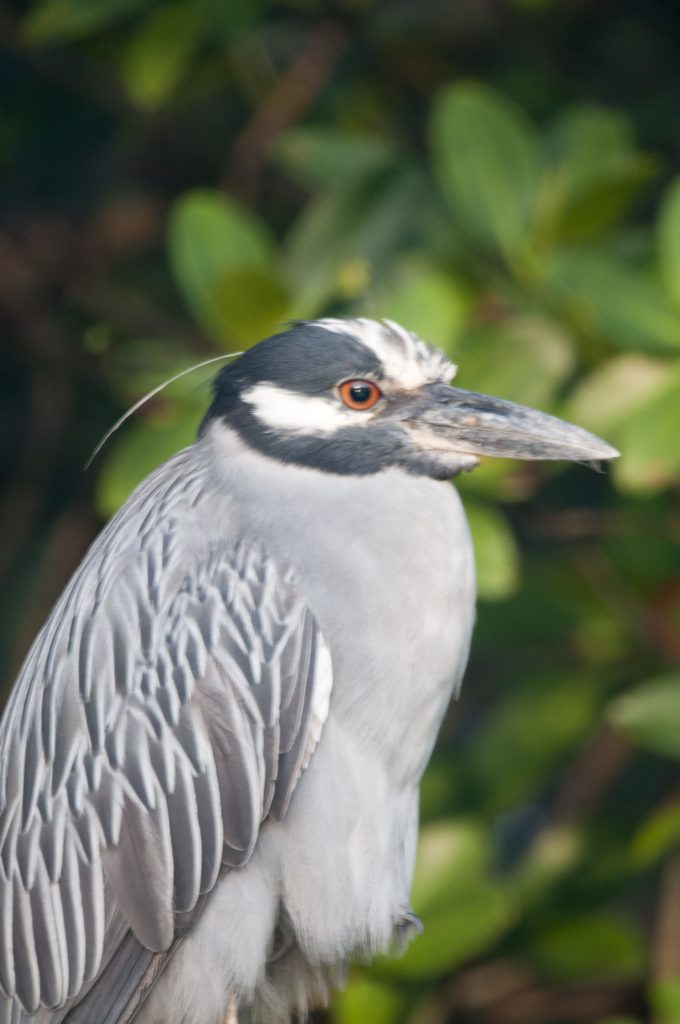
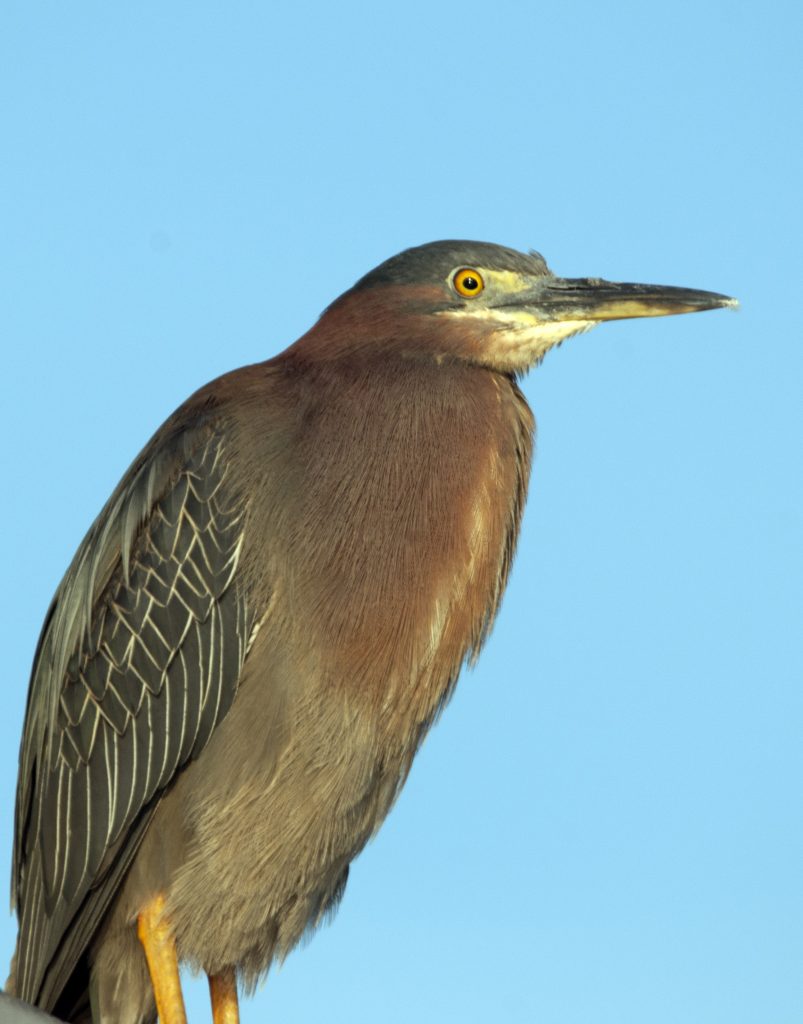
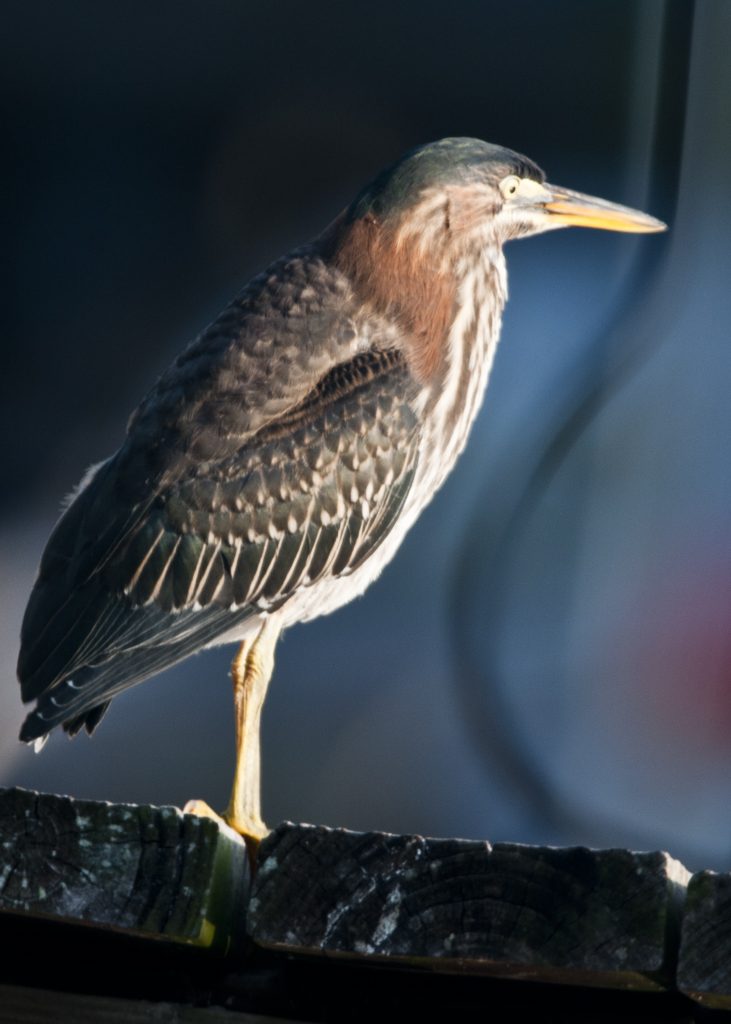

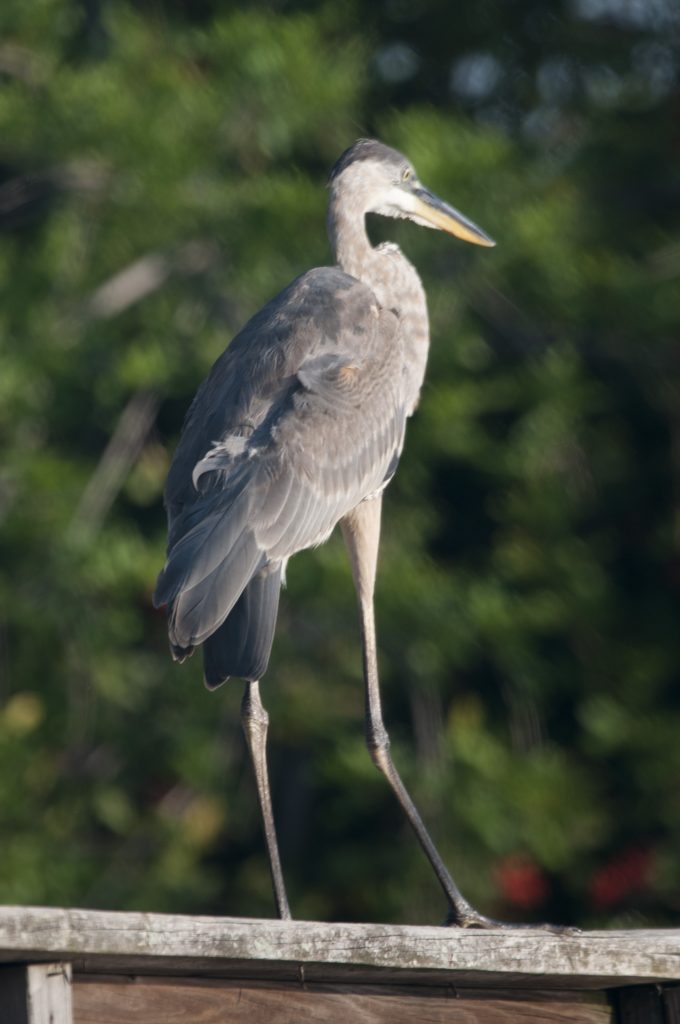
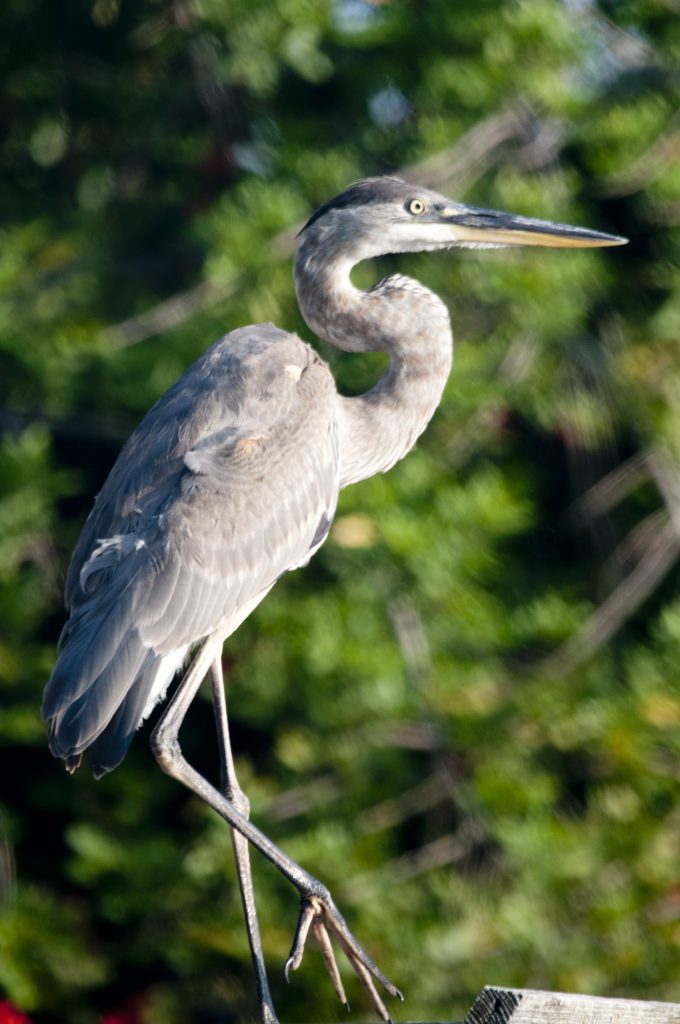
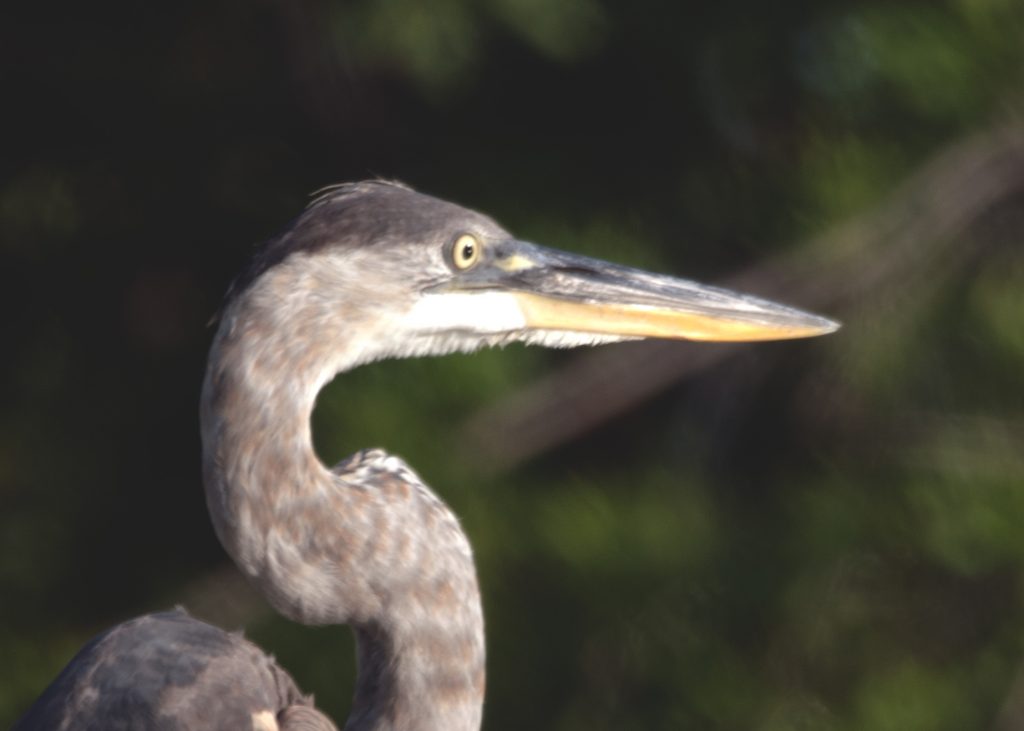
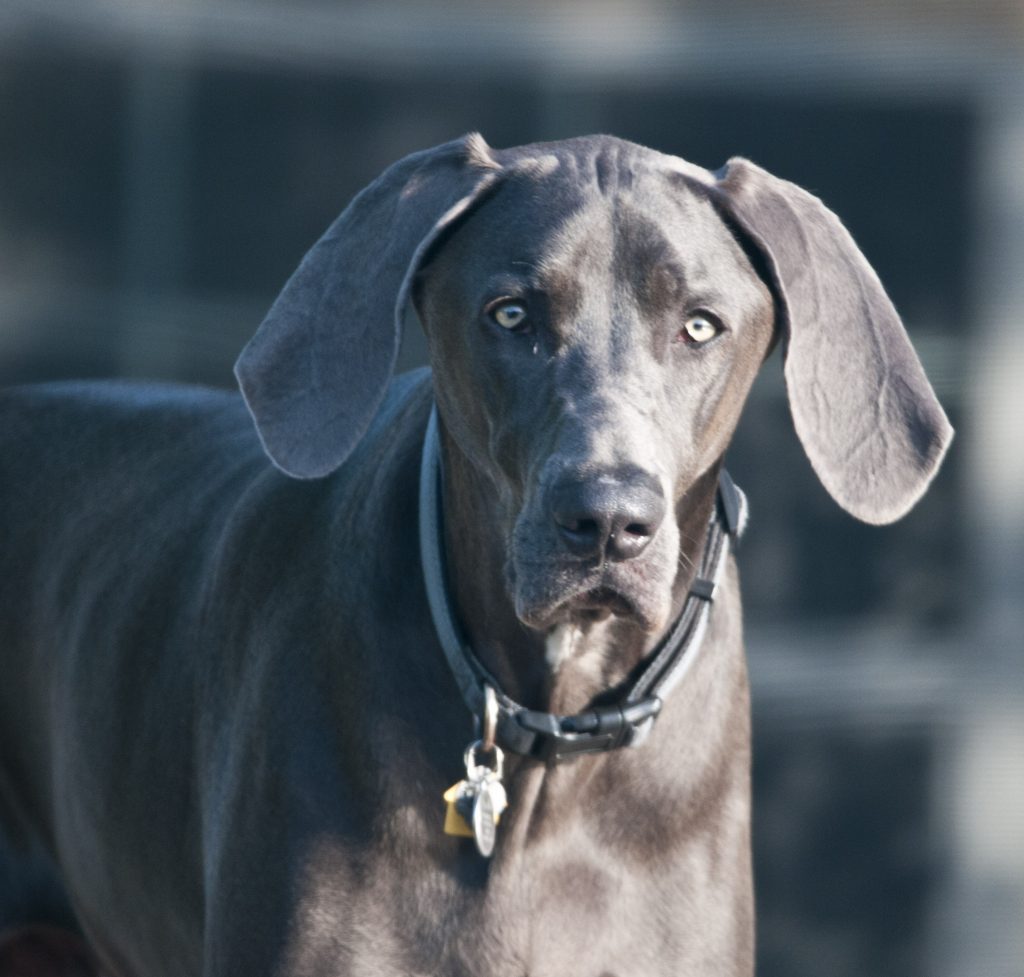

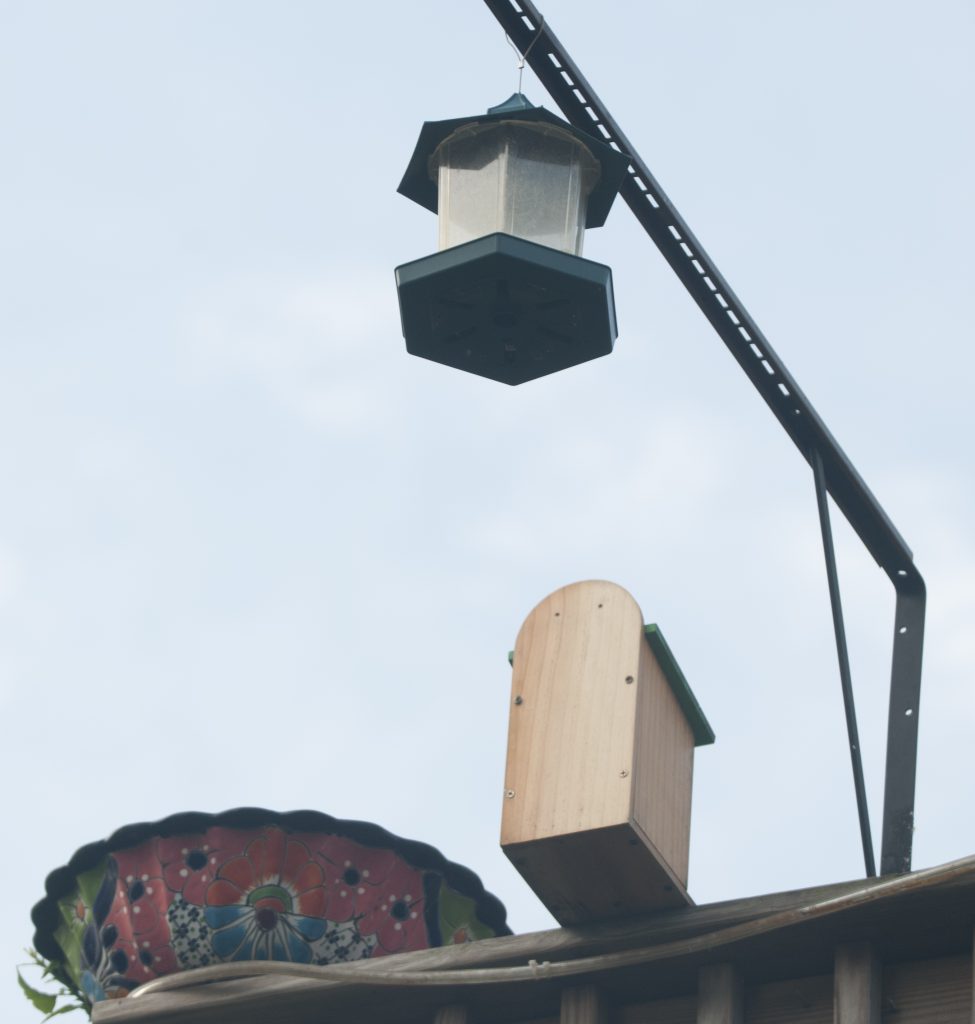
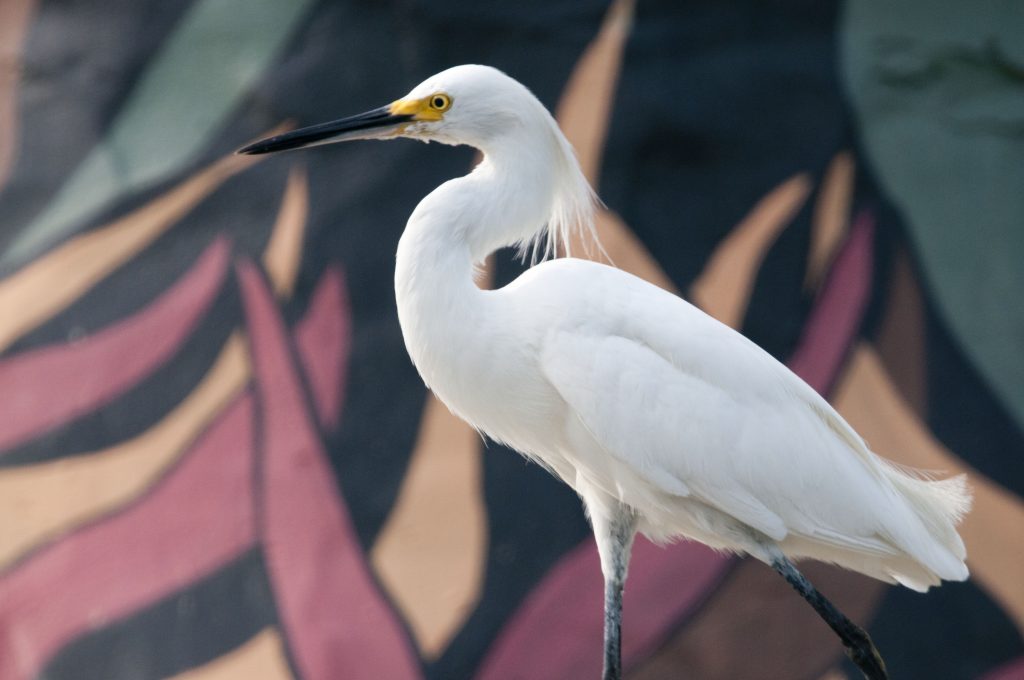

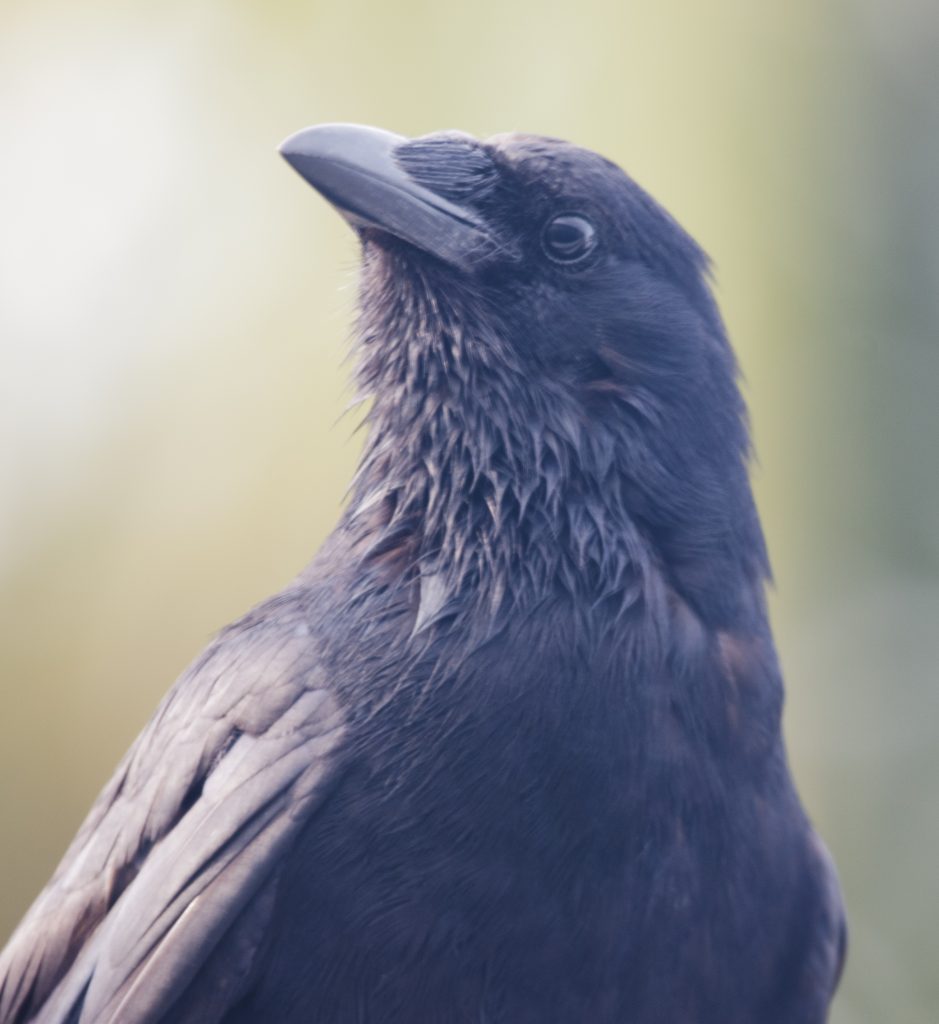
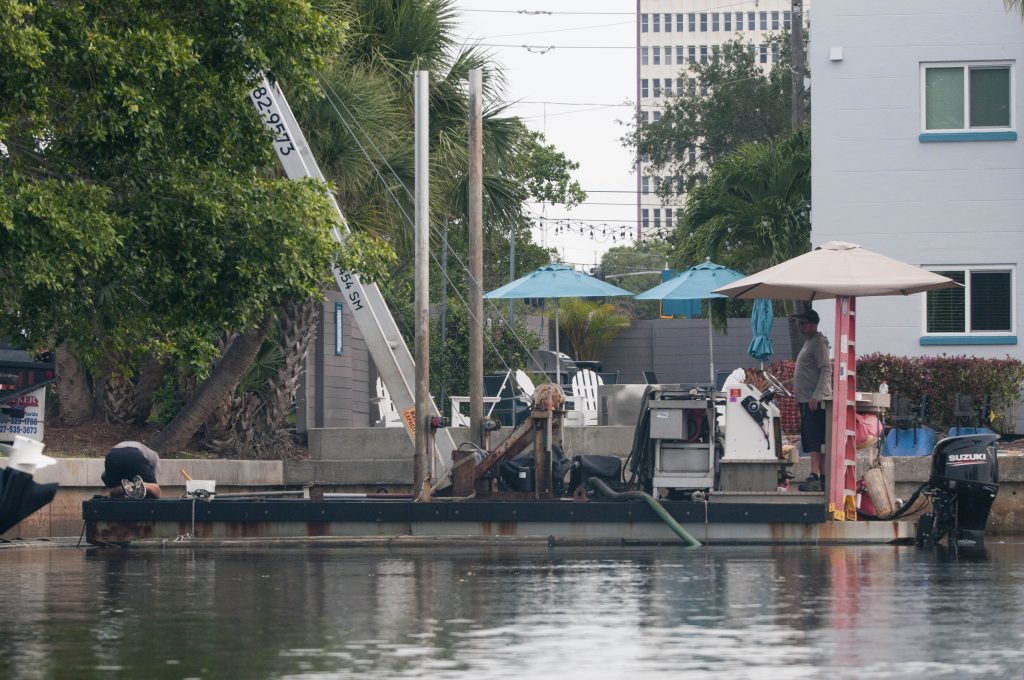
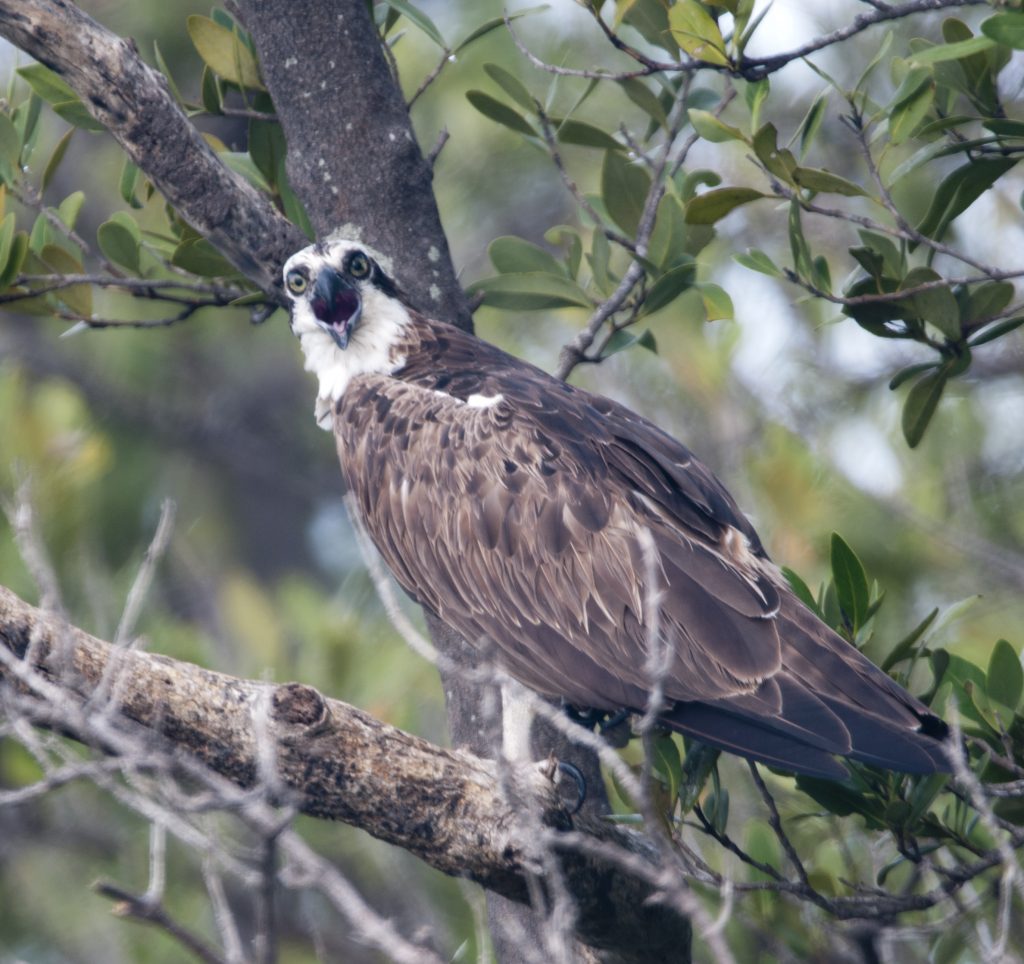
Sunday, June 25, 2023
Dolphins, manatees! A great day! First came the dolphins, I do not know how many but I saw several break the surface to take a breath, they were so quick. I only got one small dorsal fin photo, even though I saw at least 6. One was coming straight at me and rocked my kayak! At the same time a lady on shore said that there were several manatees right there! I only saw one nose, too quick to get a photo.
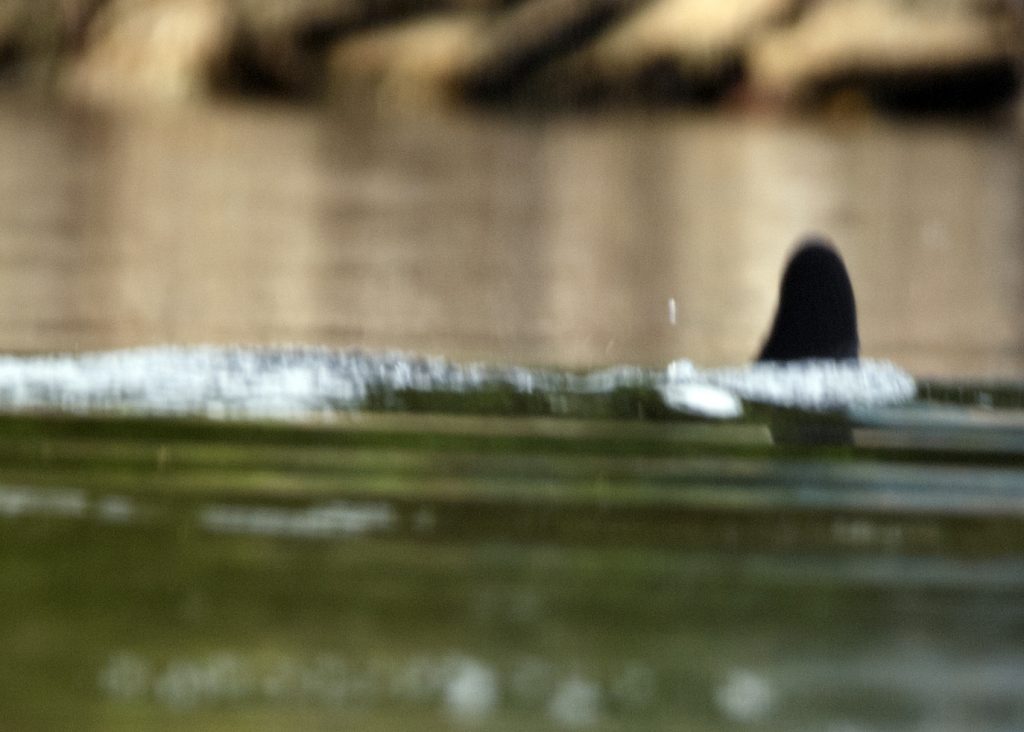
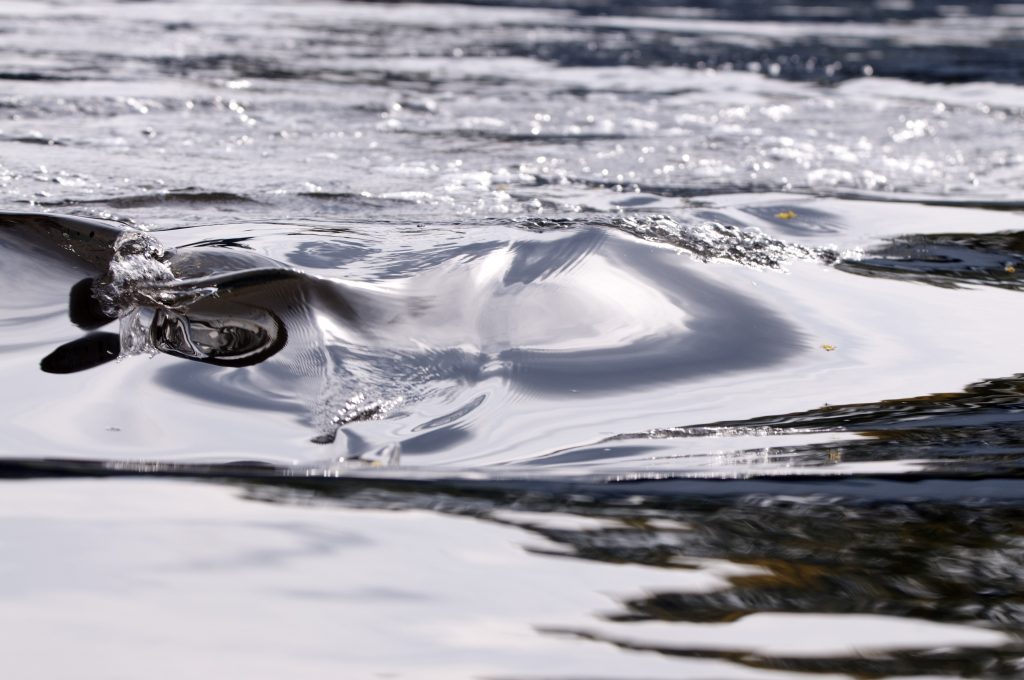
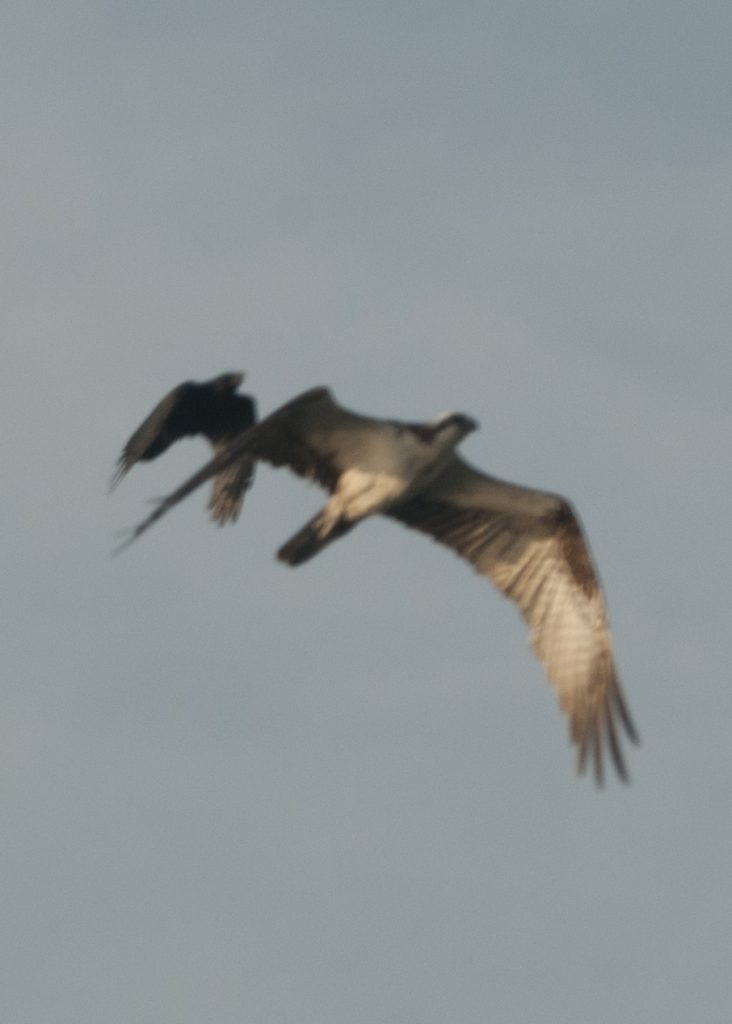

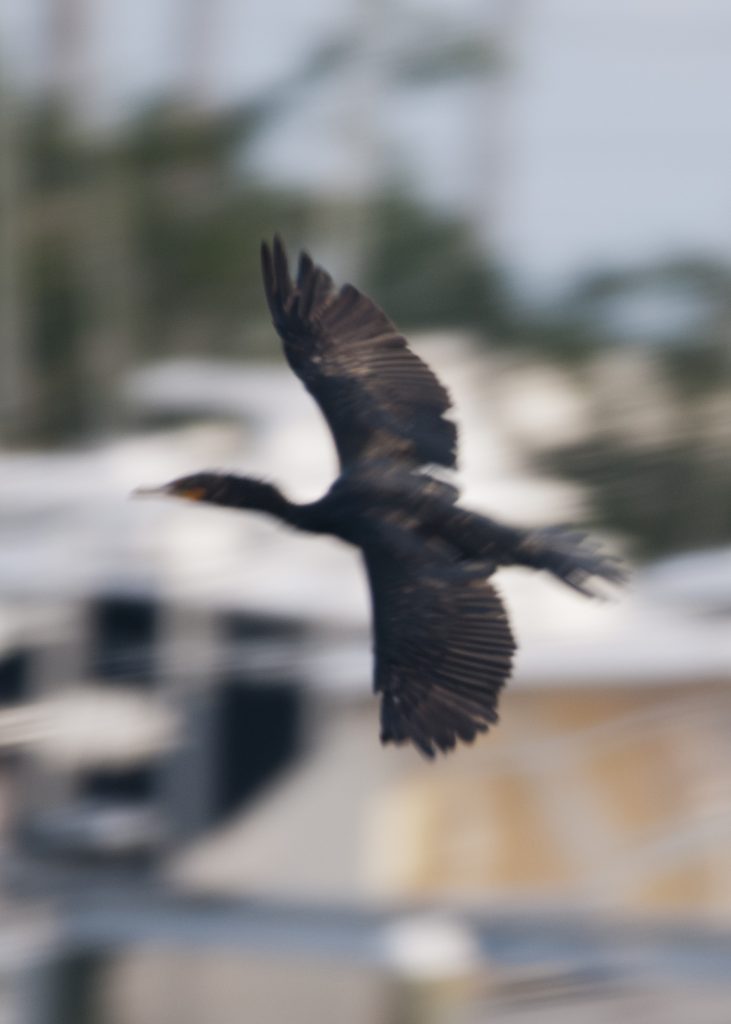
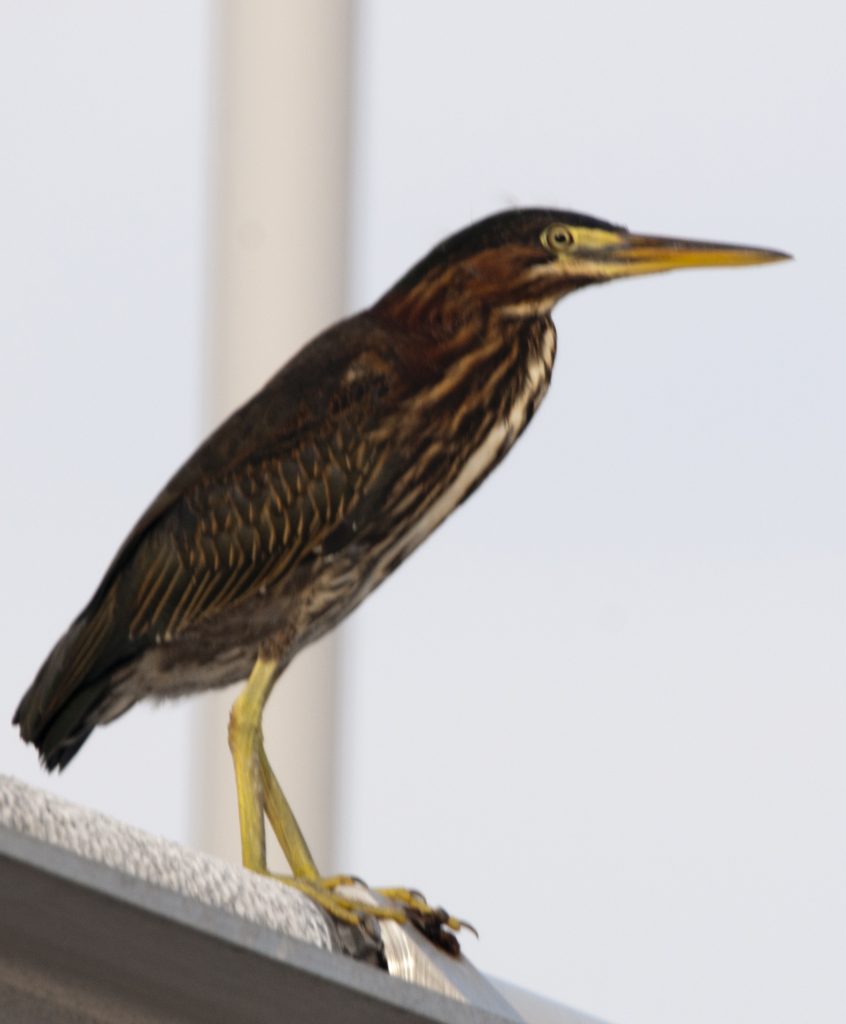
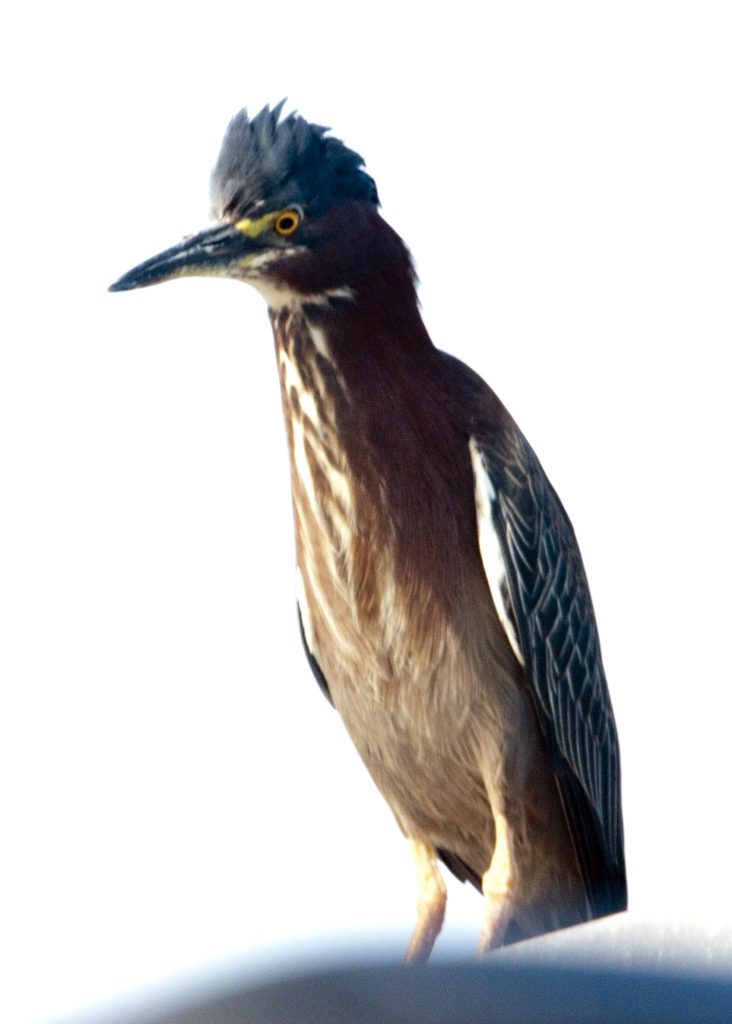
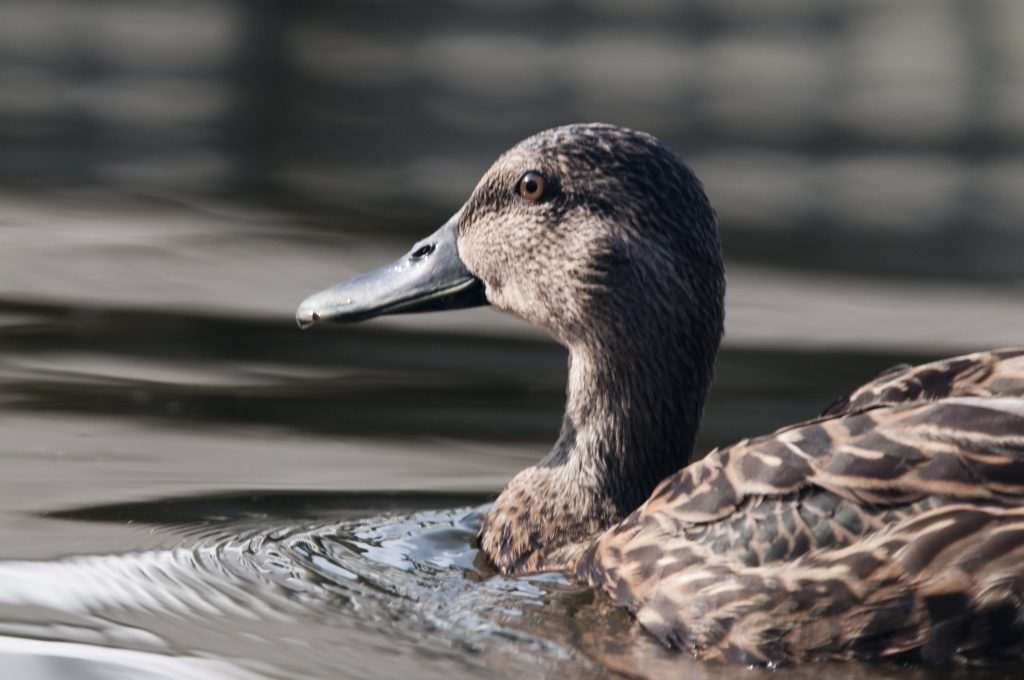

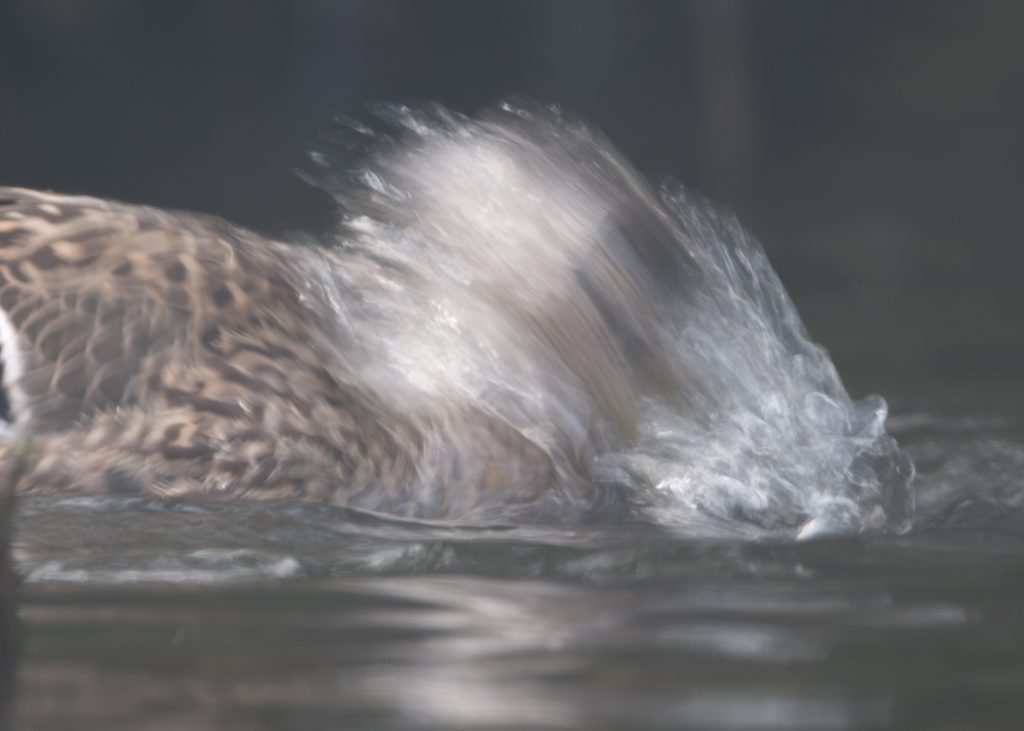
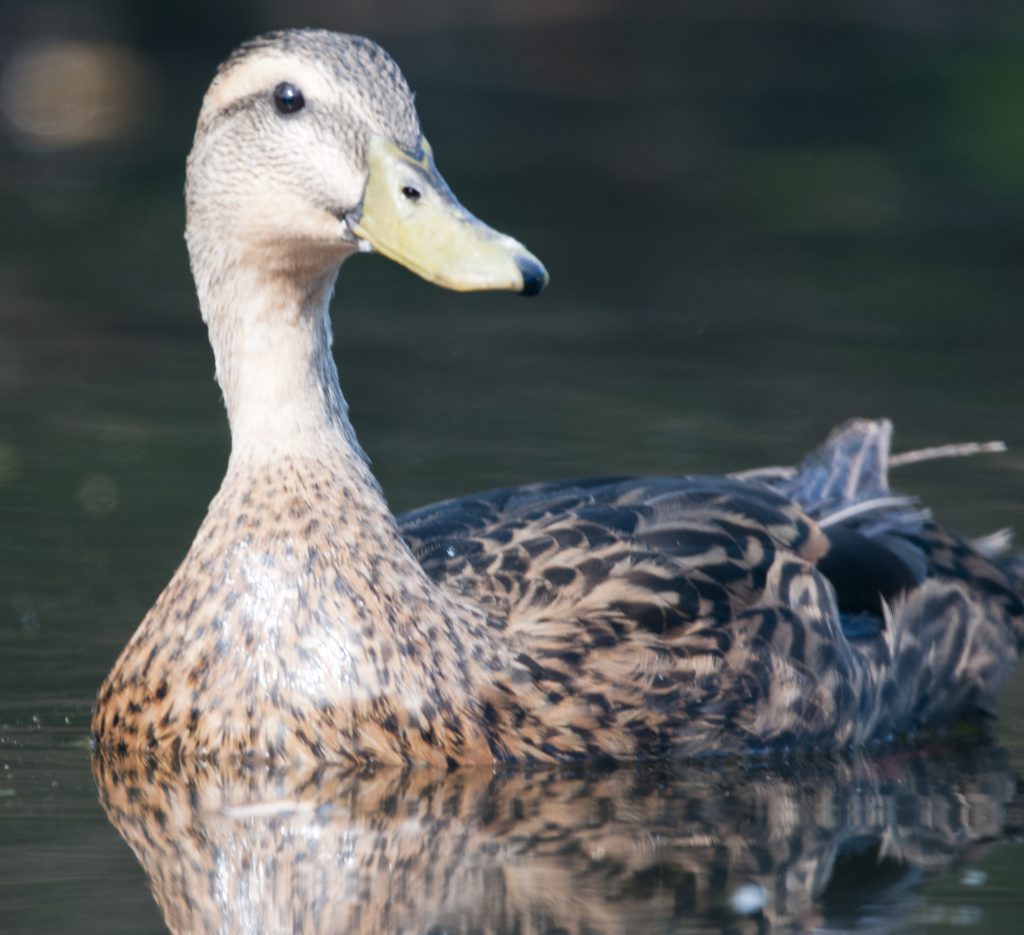
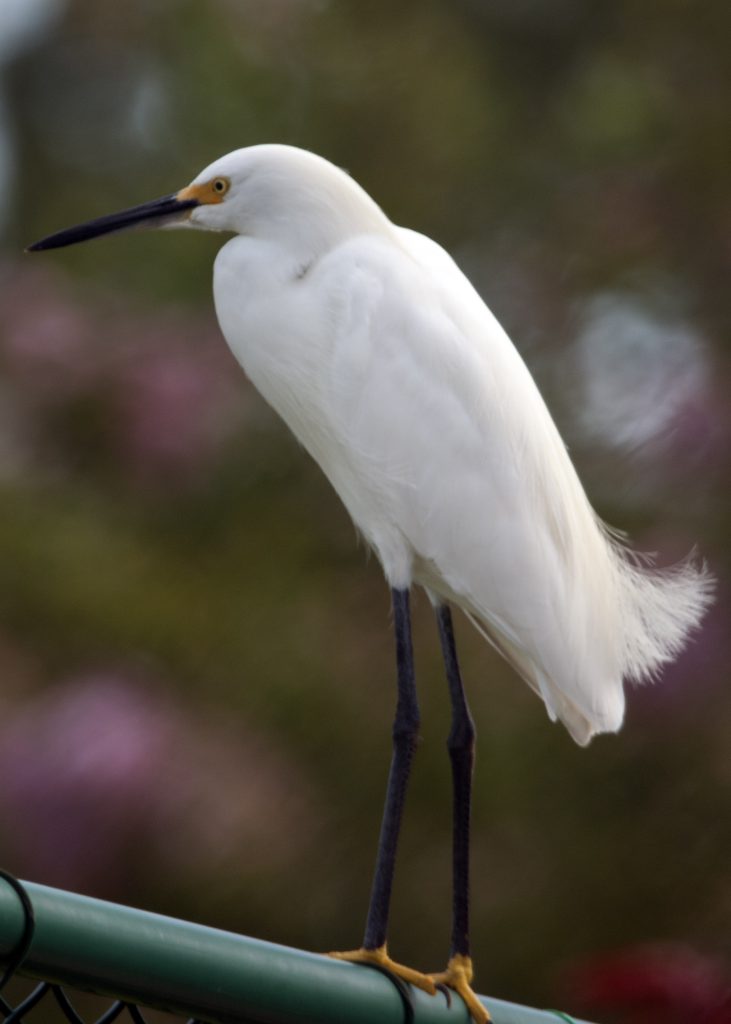
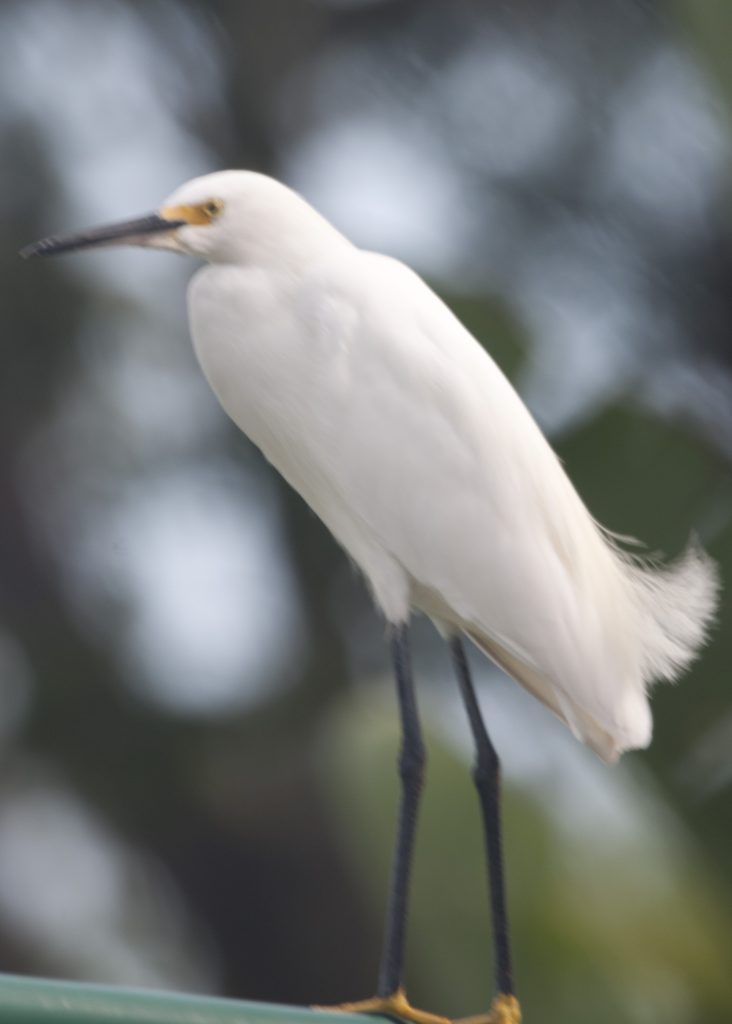

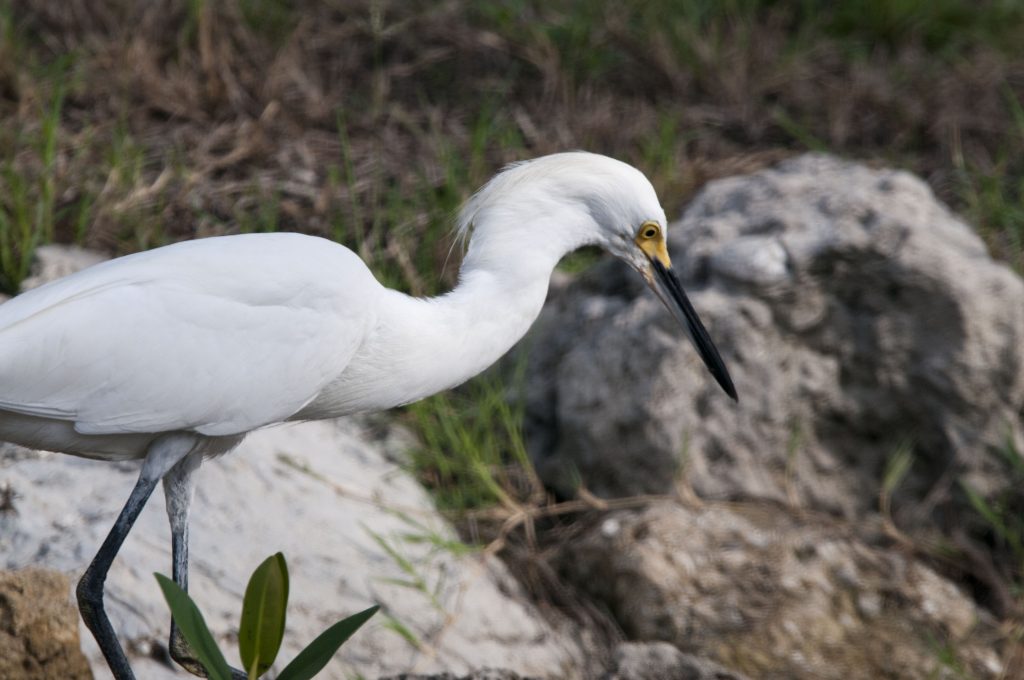
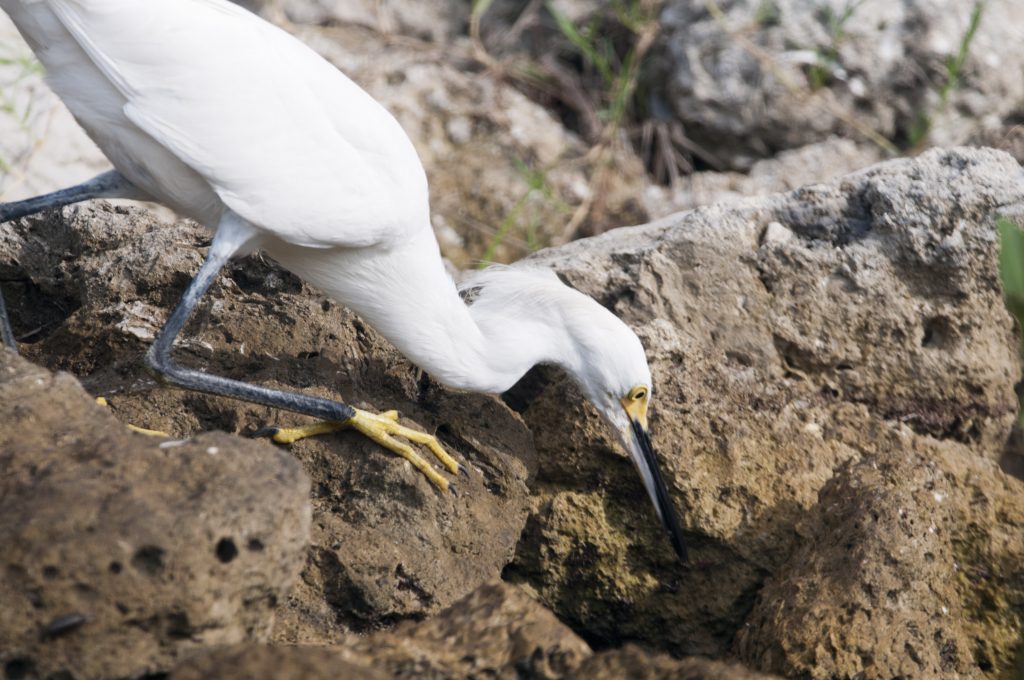
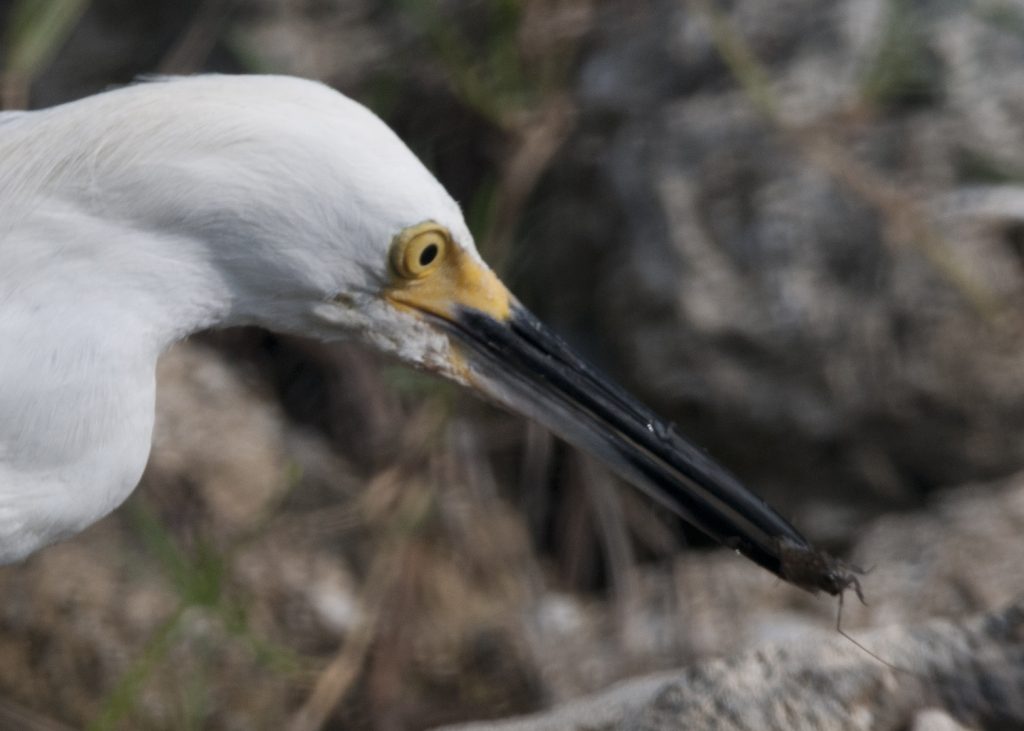

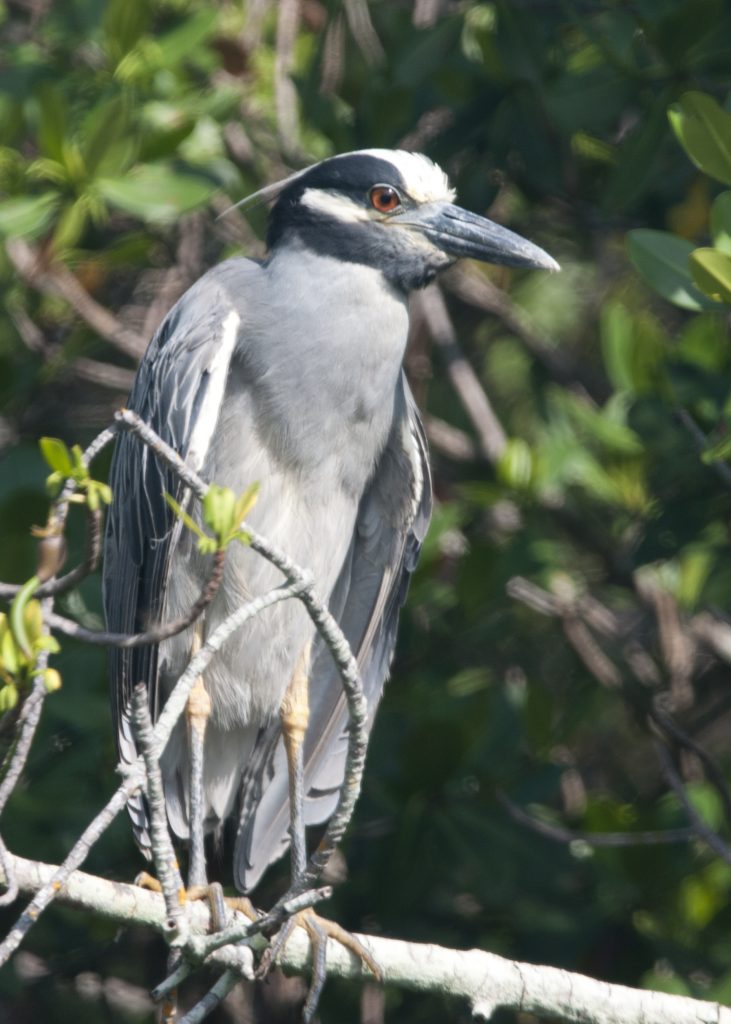
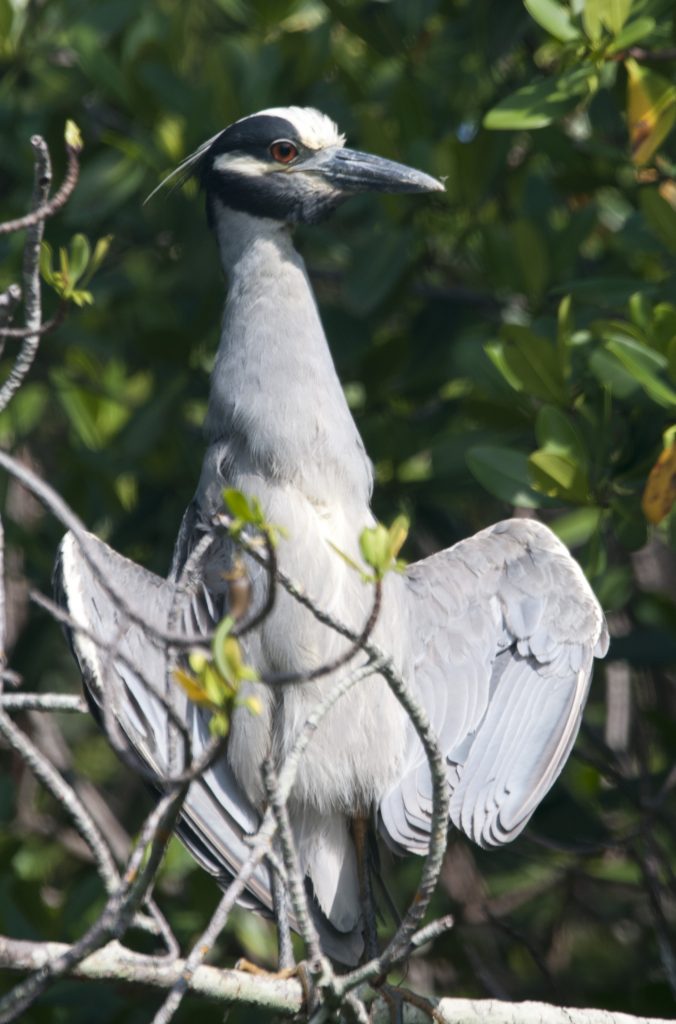
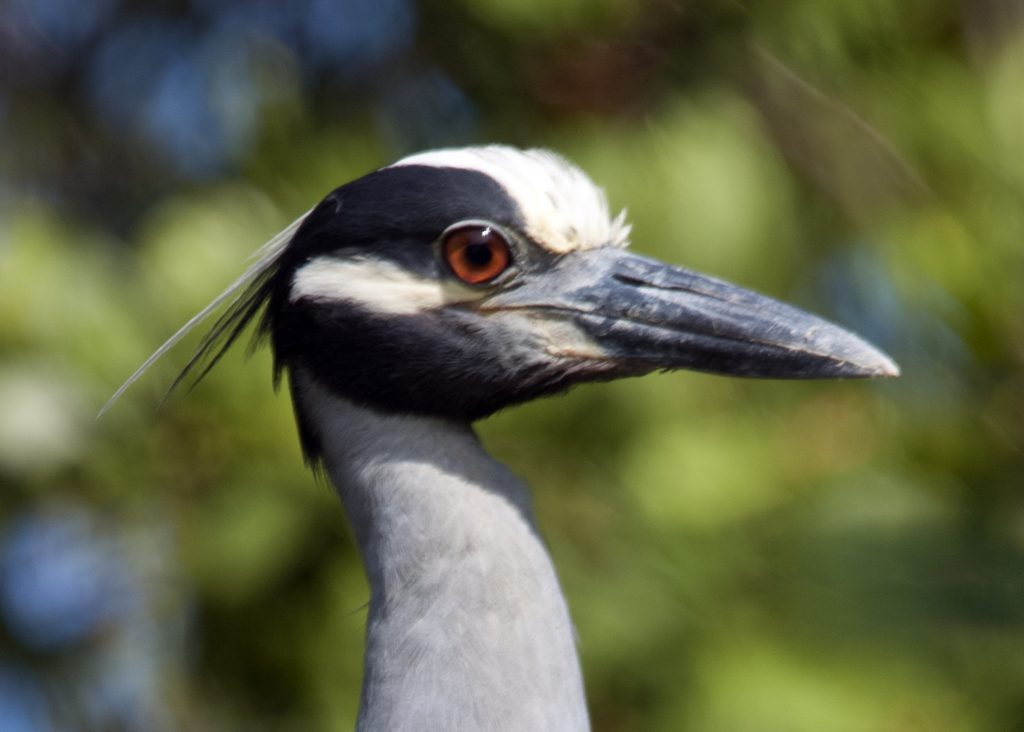
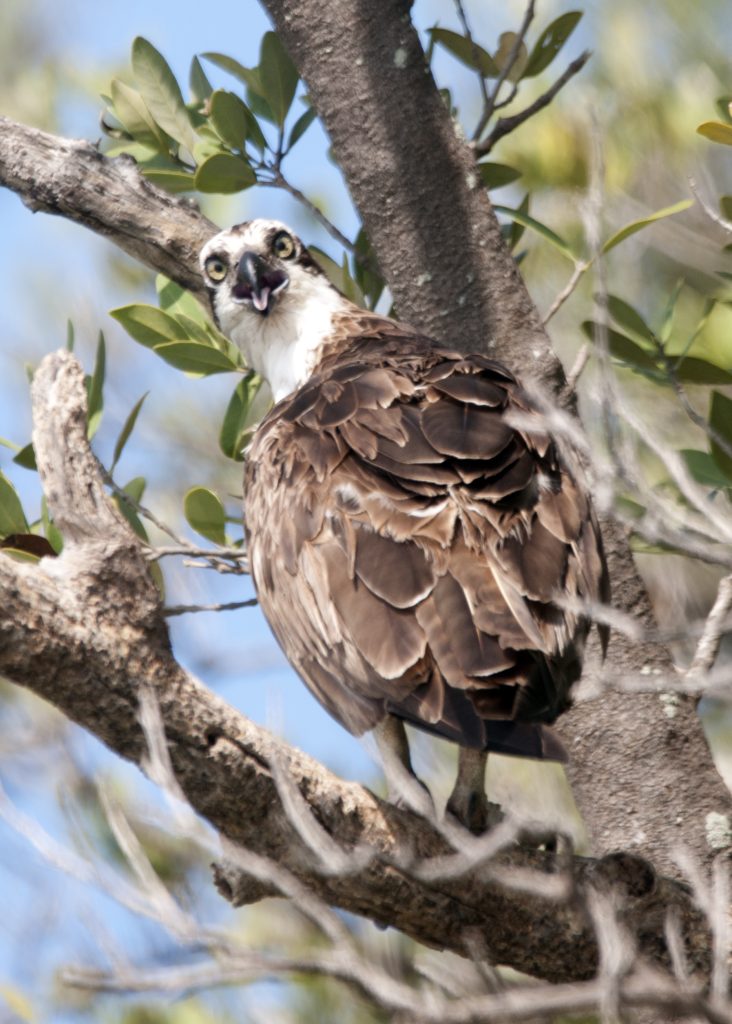
Saturday. June 24, 2023
A beautiful day!! A few high clouds, moderate temperature, NICE! Today there is no wind and the bay is like glass.
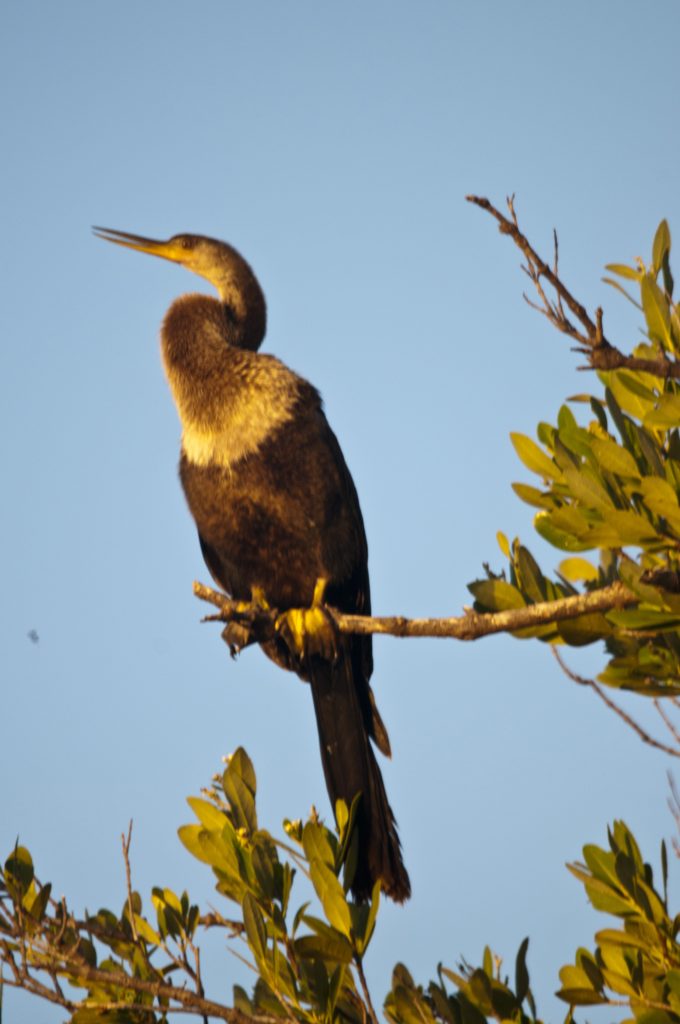
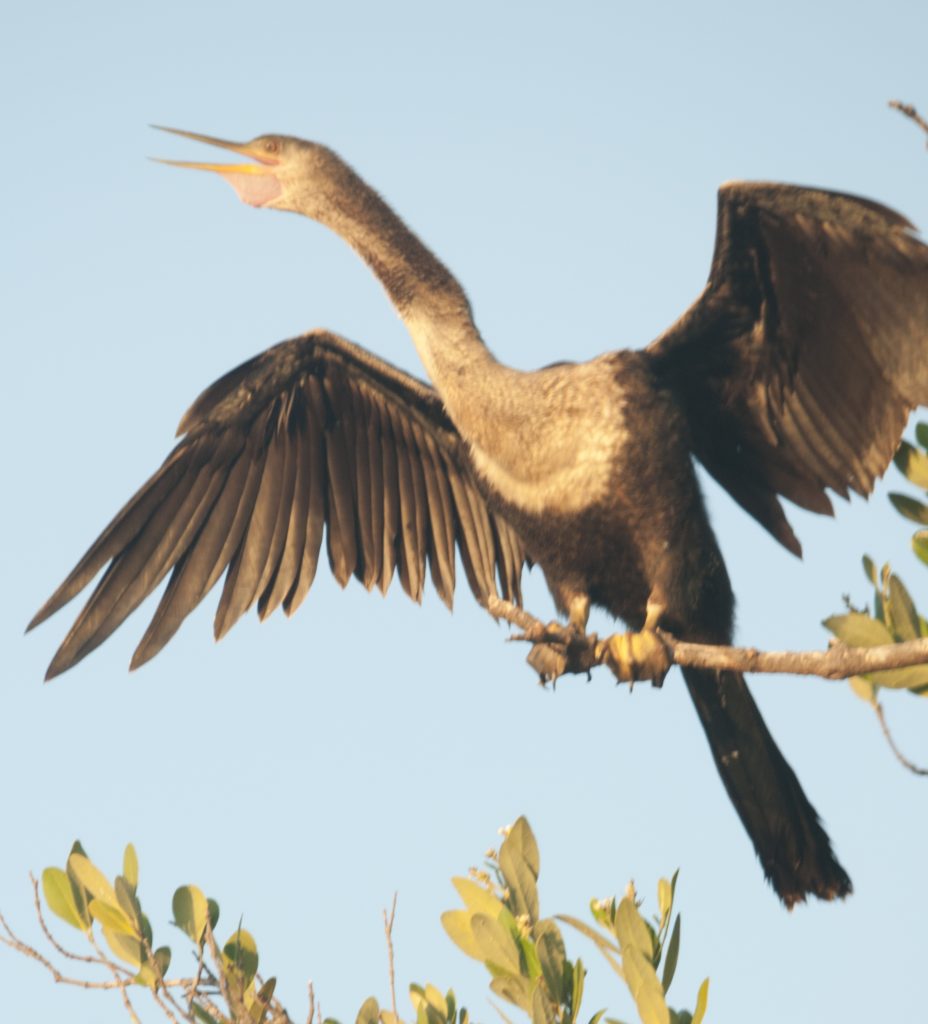


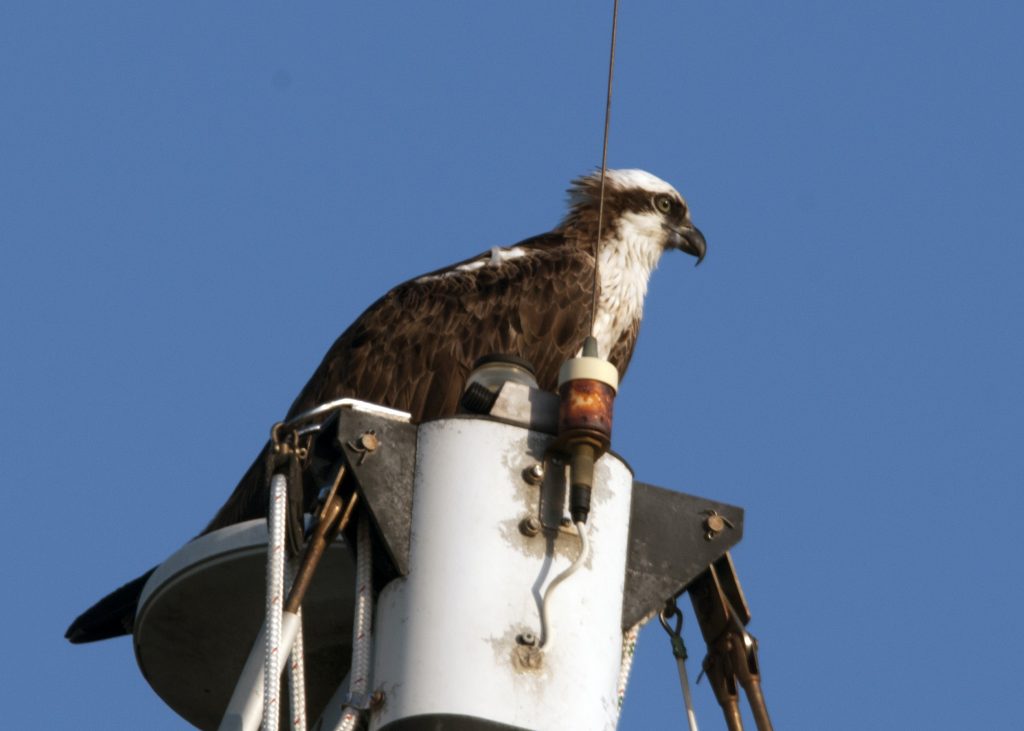
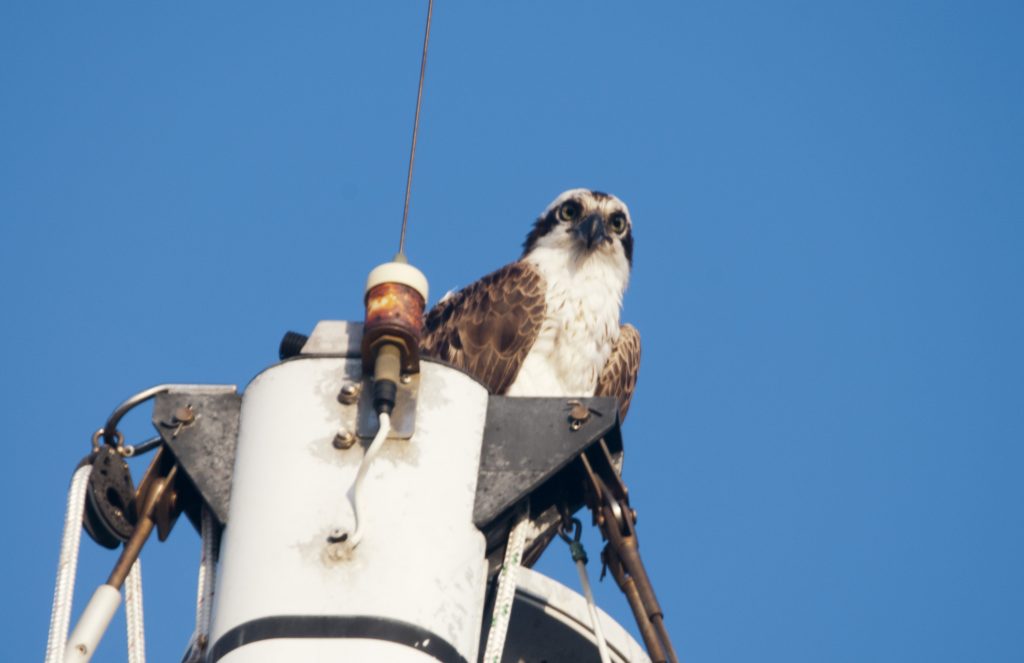

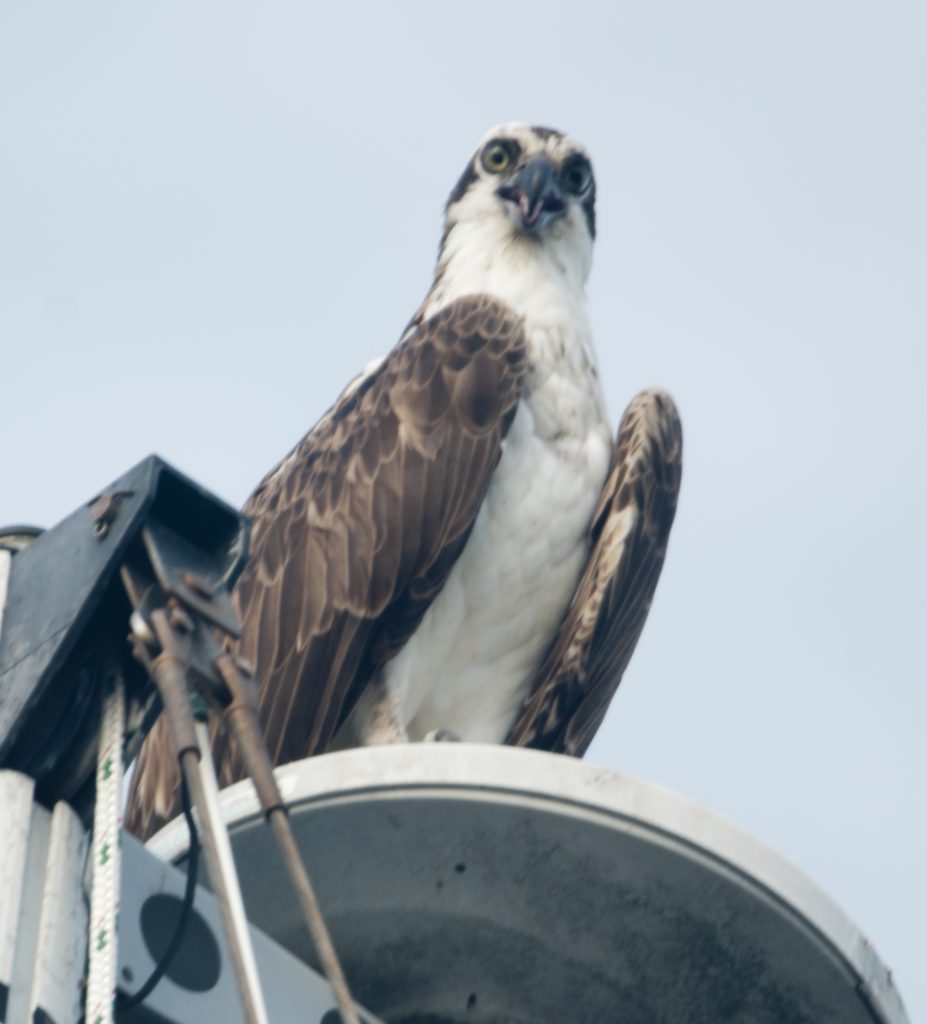
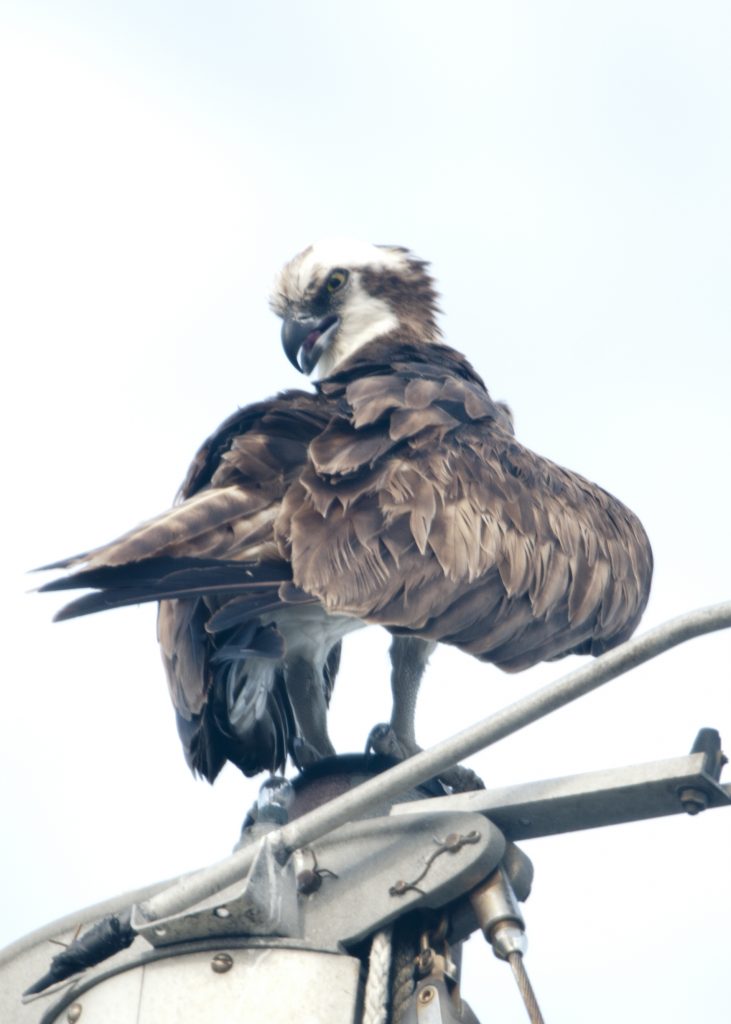
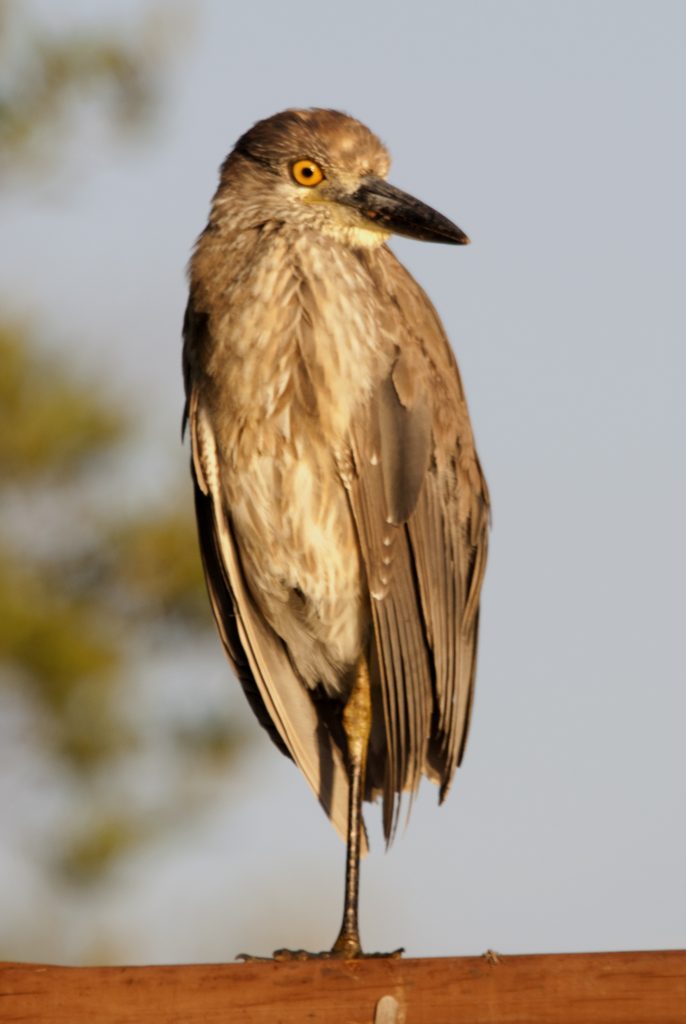

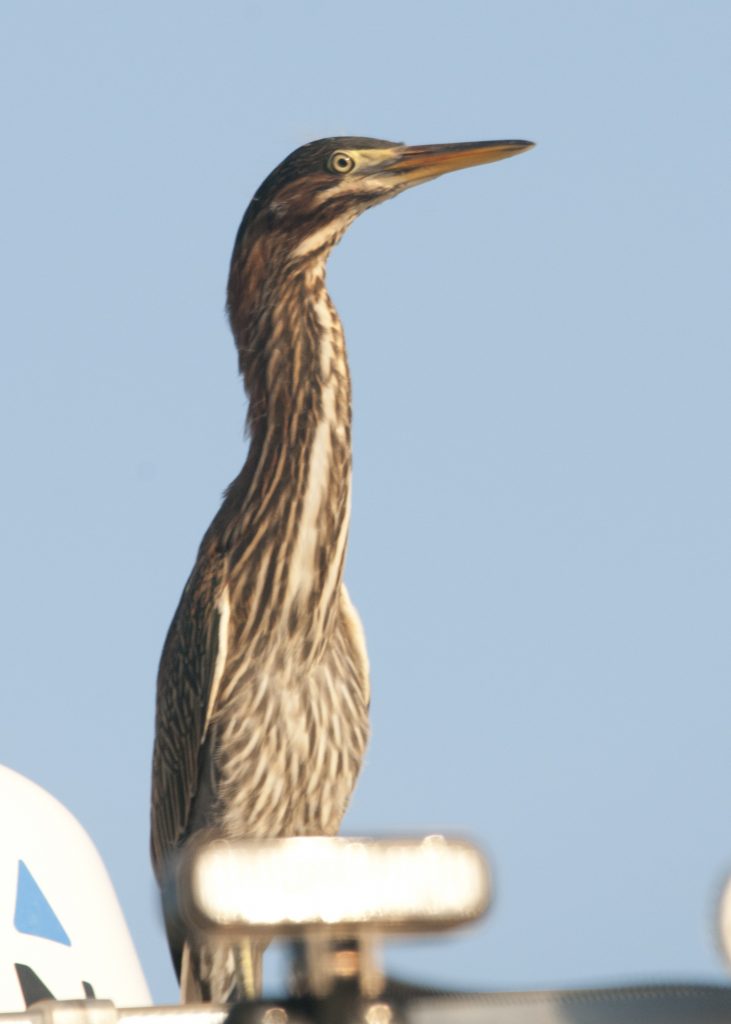
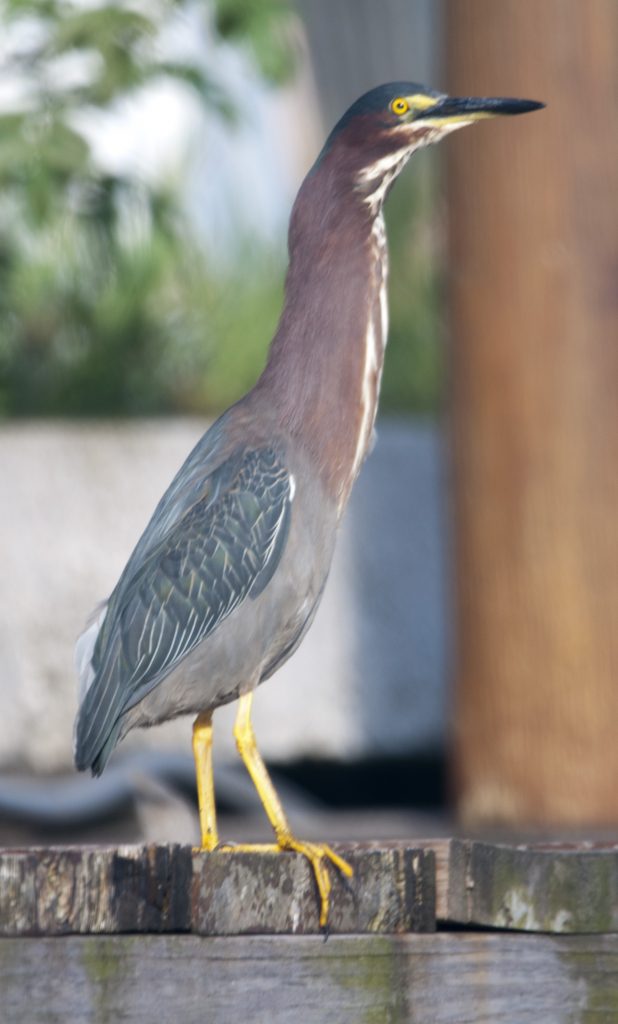

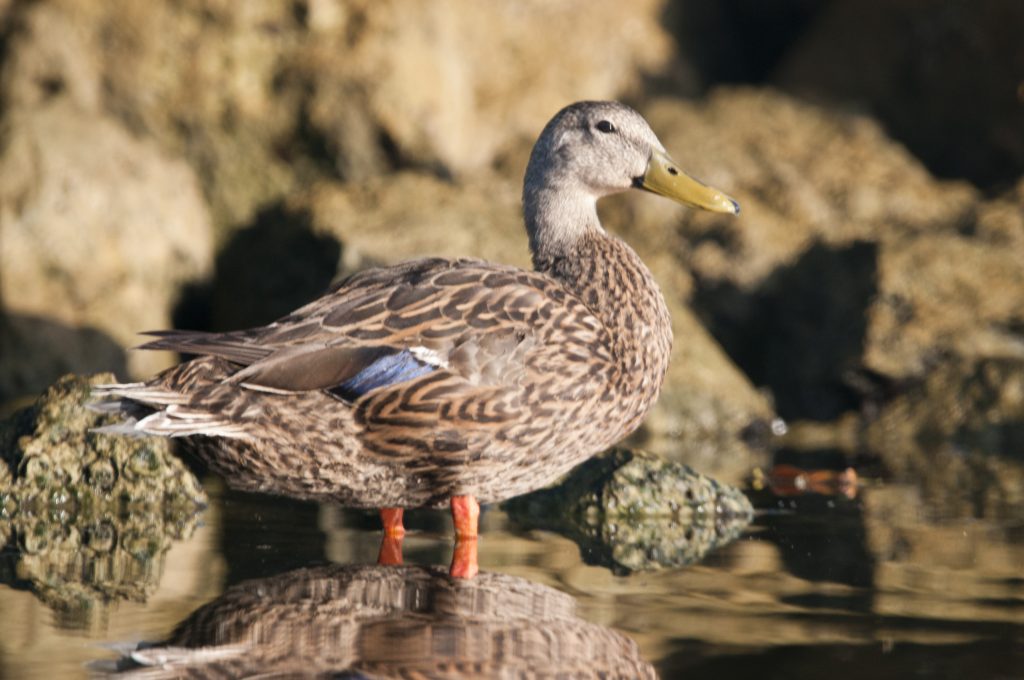

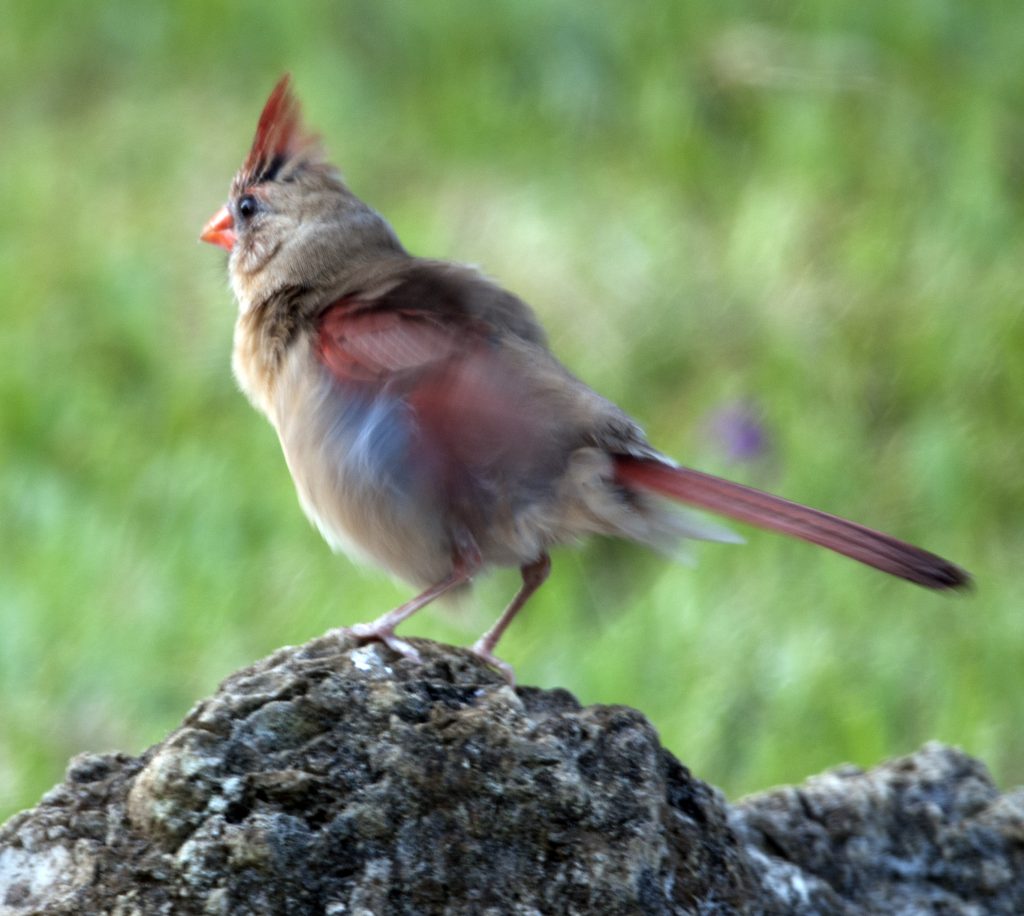
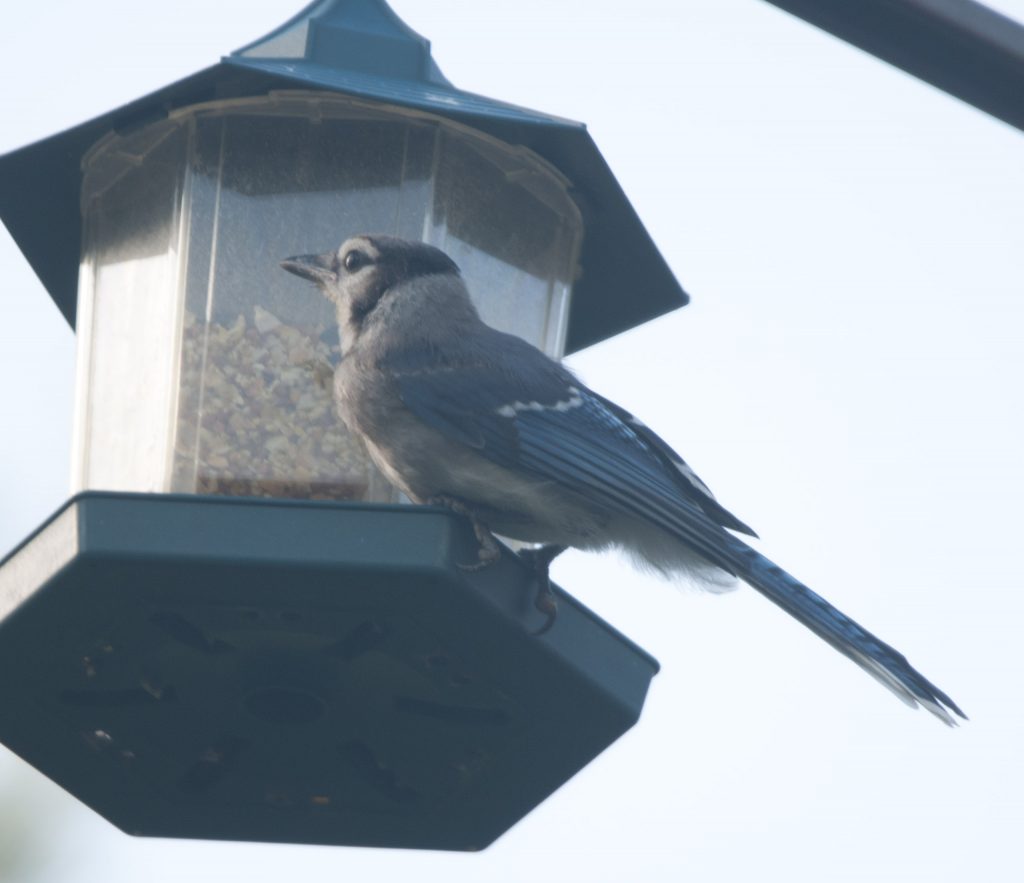
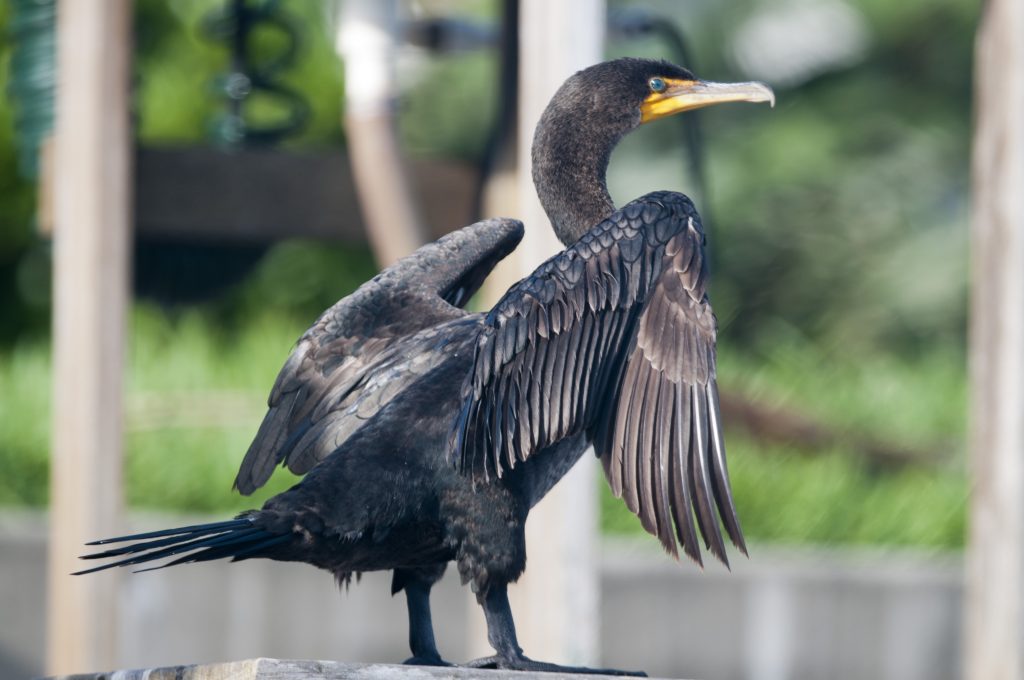
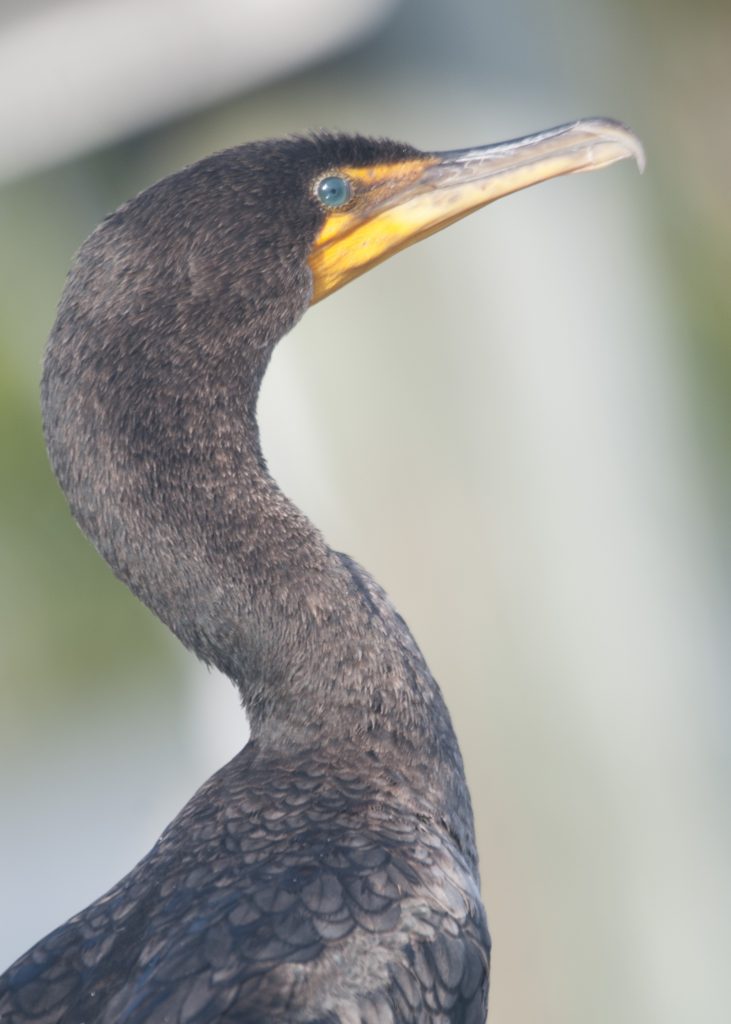

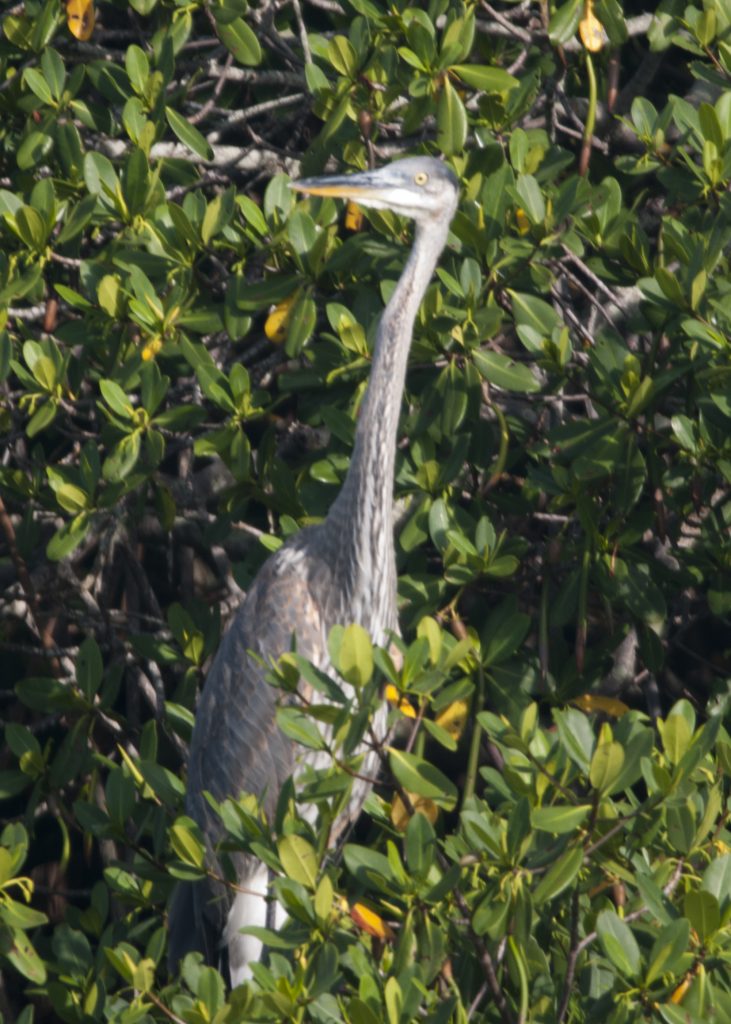
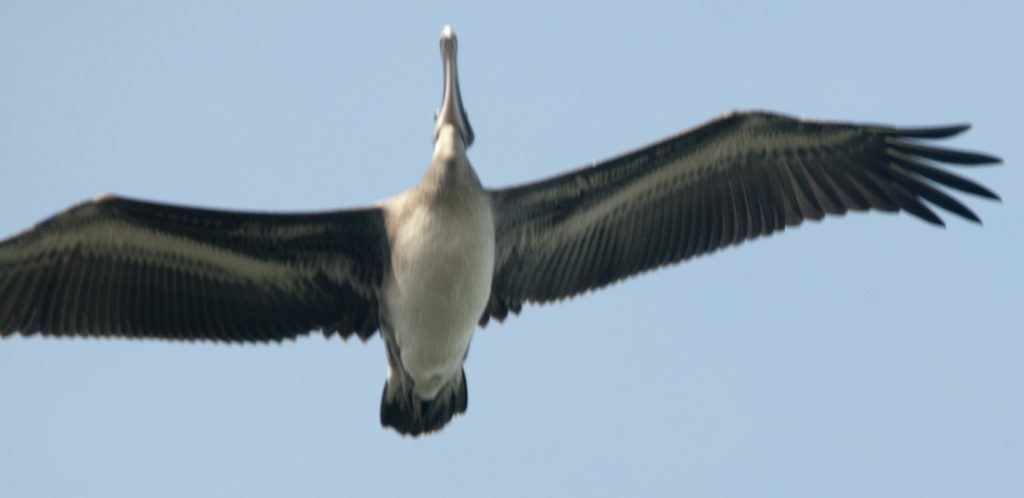
Thursday, June 22, 2023
A short day today, I almost made it home before a small thunderstorm hit! The thunder and lightning hit at the same time! Then pouring rain filled my kayak, I got home soaked!!
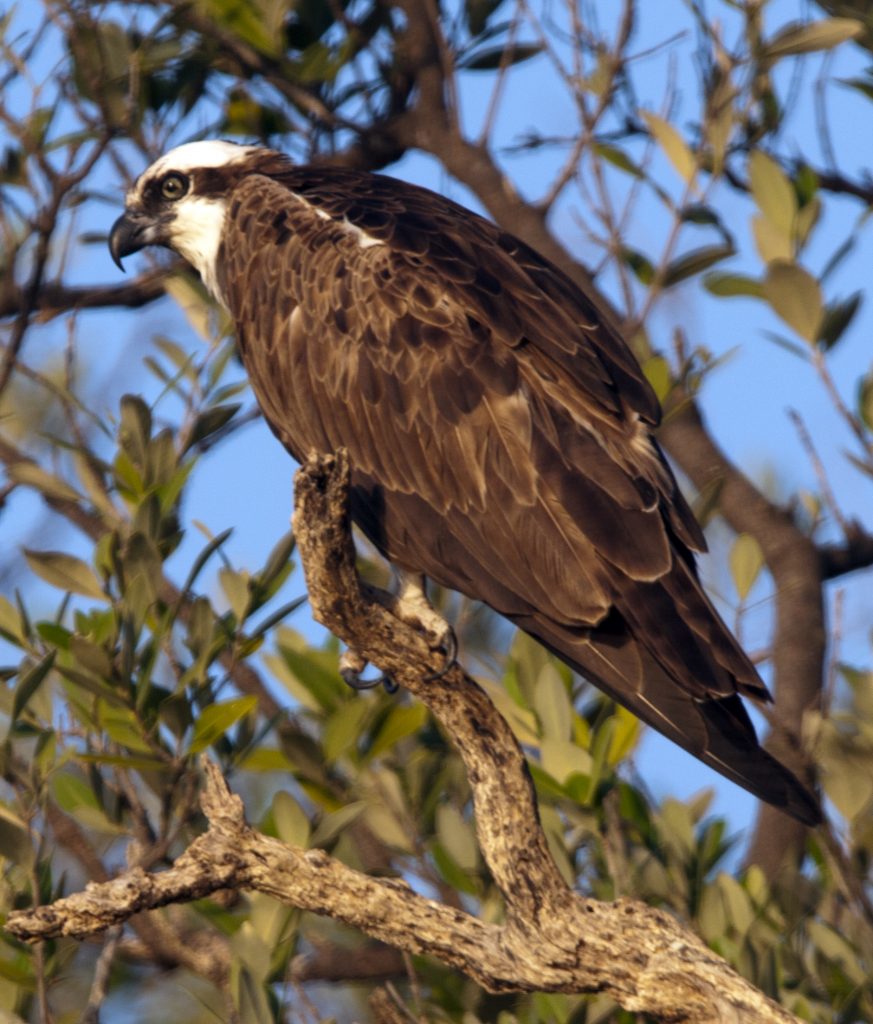
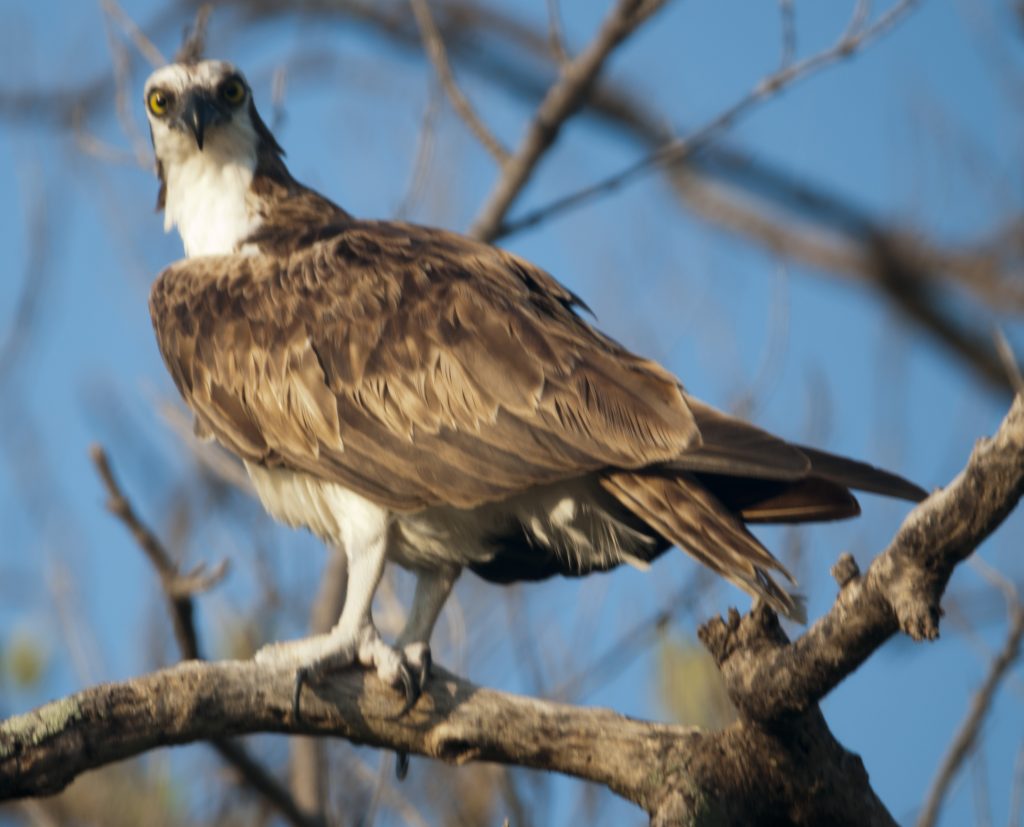
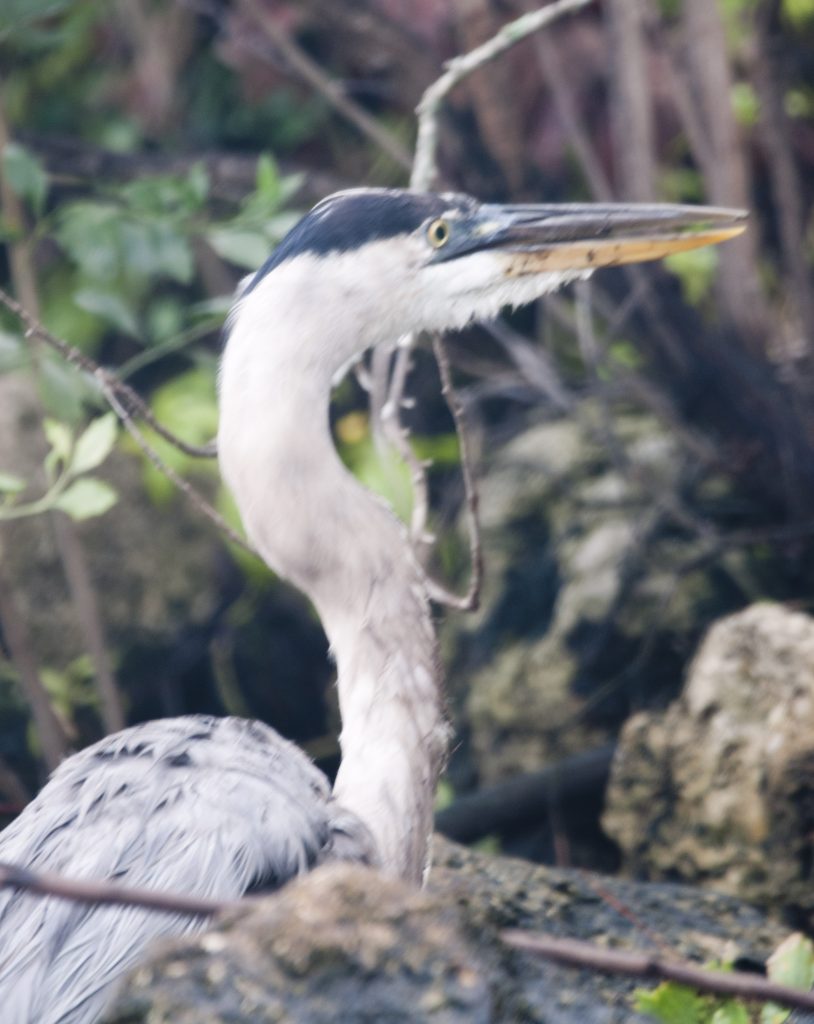
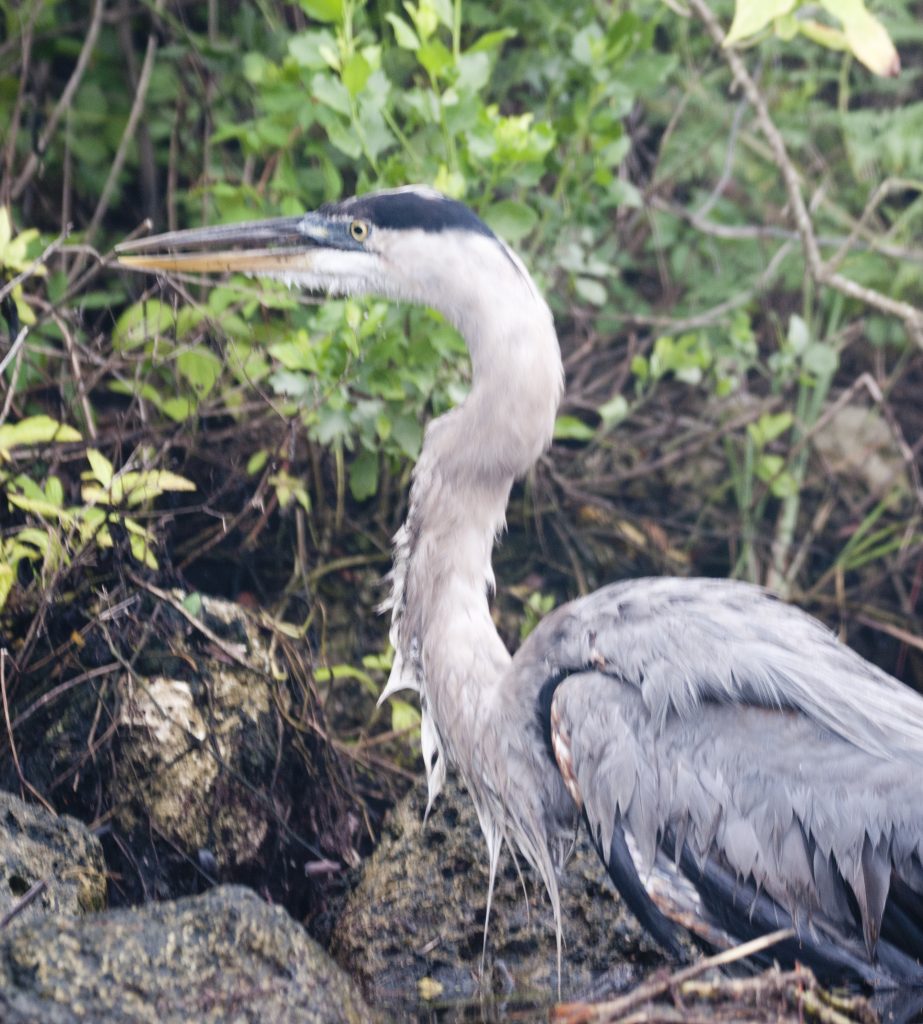
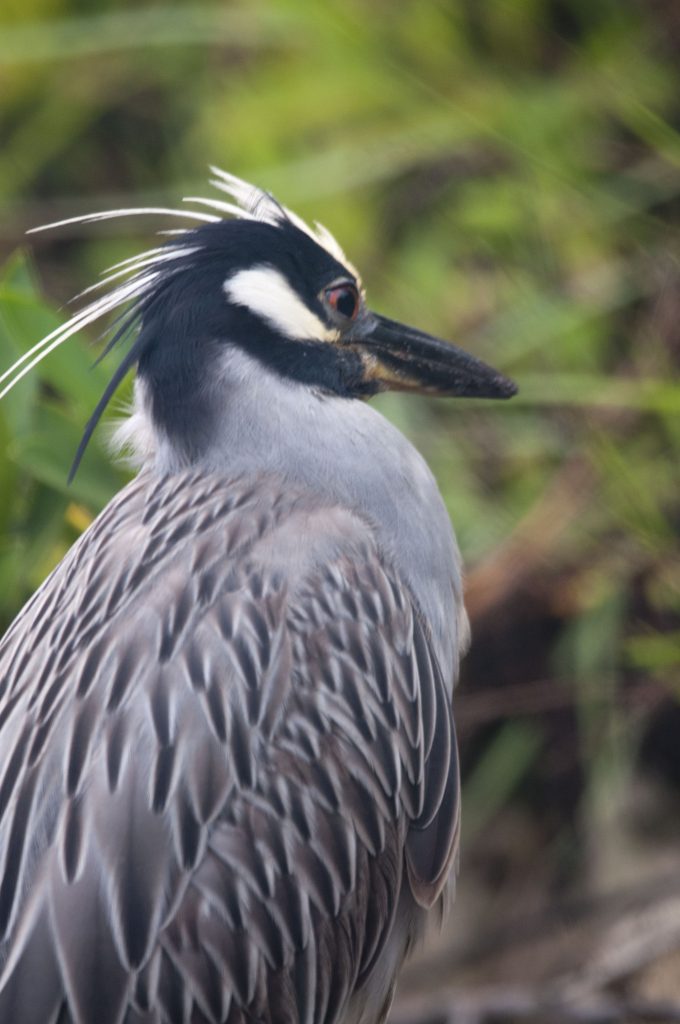
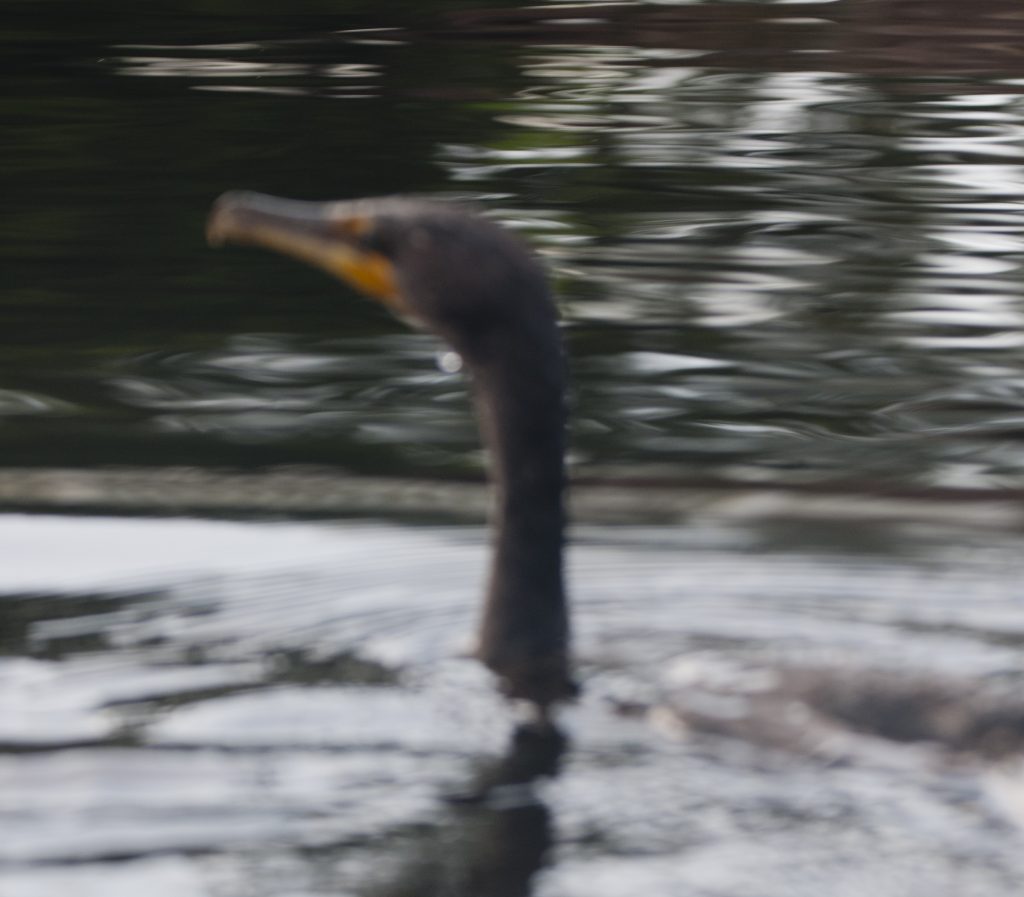
Monday, June 17, 2023 Juneteenth, a federal holiday.
It has been cloudy and rain the past few days, but today was clear and beautiful.
Manatees today! Several cavorting around in front of Bob and Di’s place!

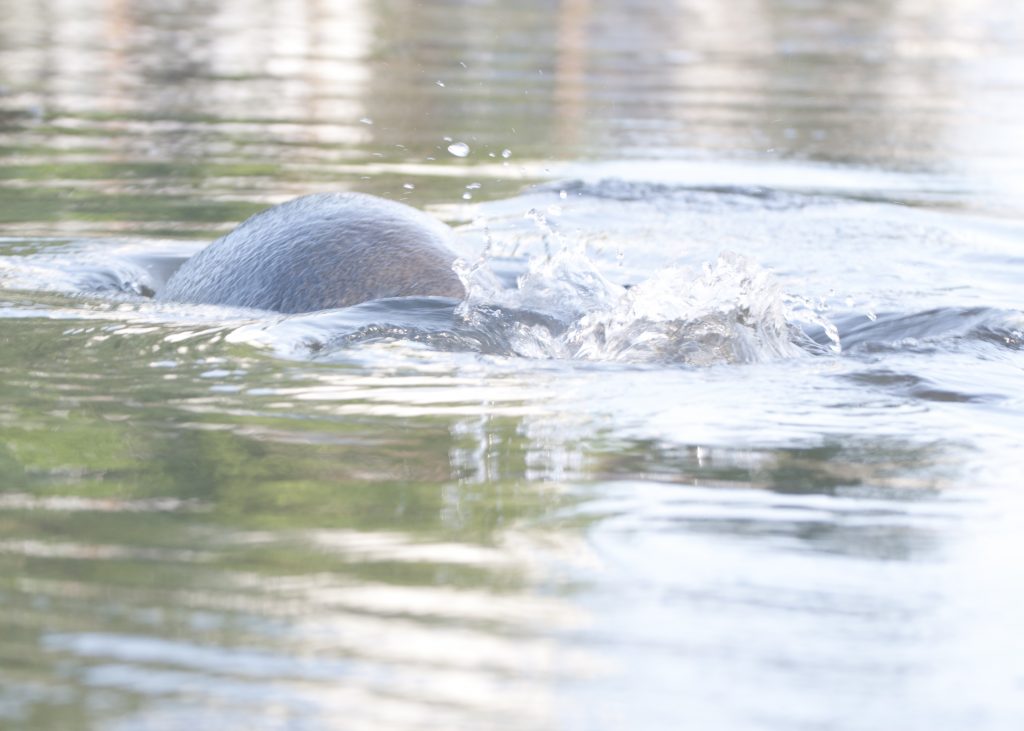

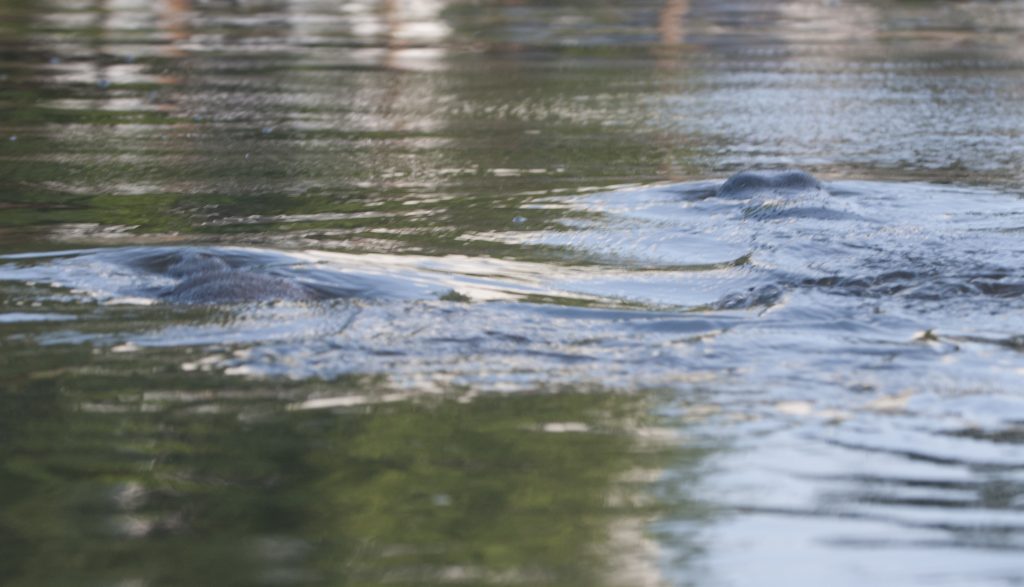

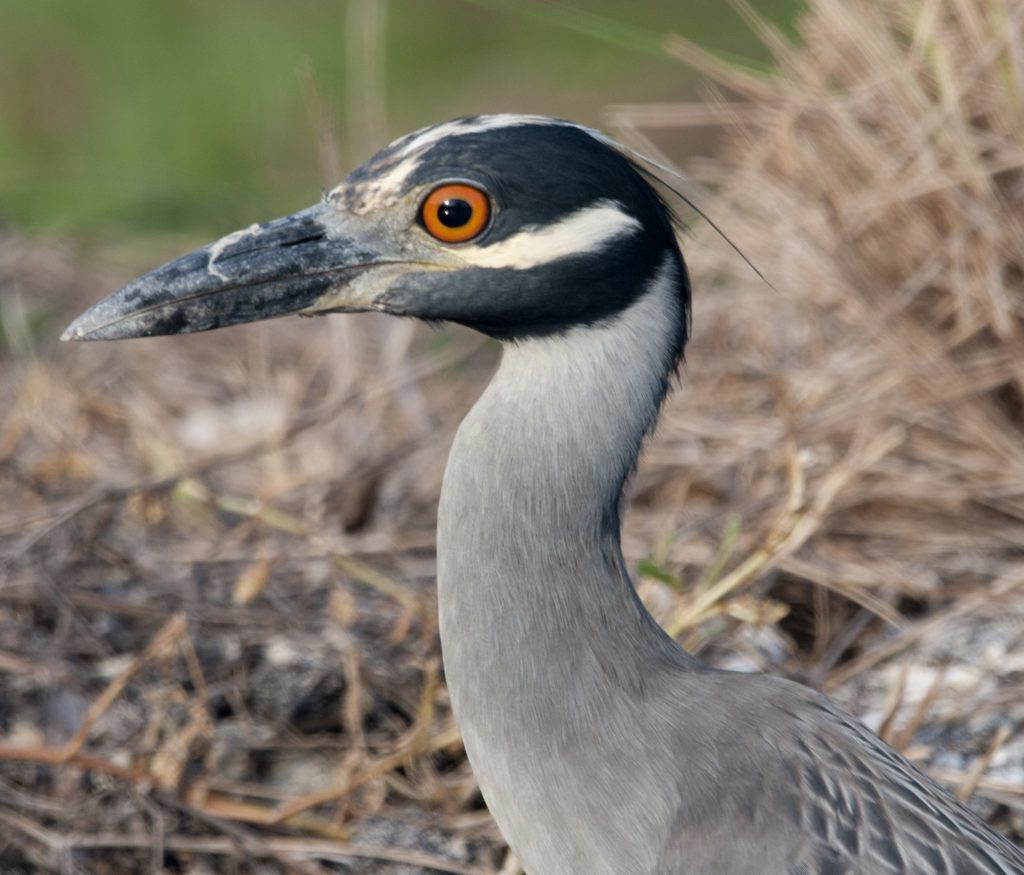
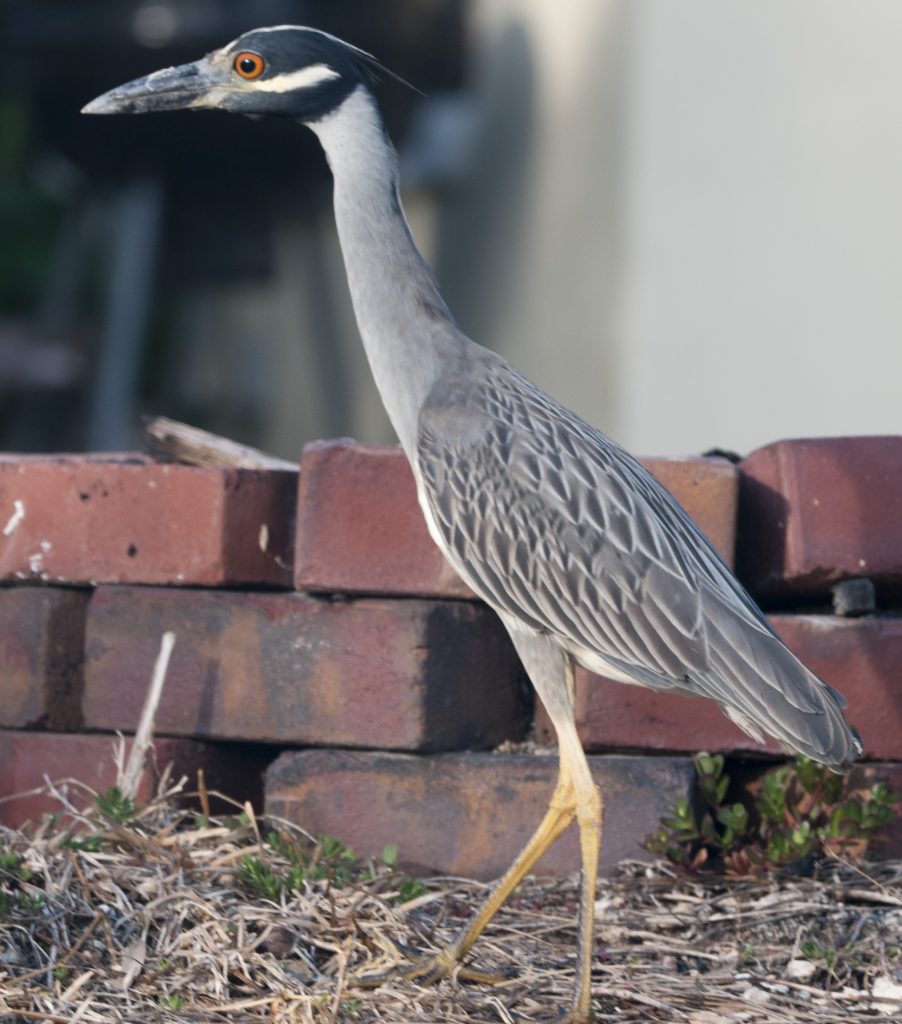

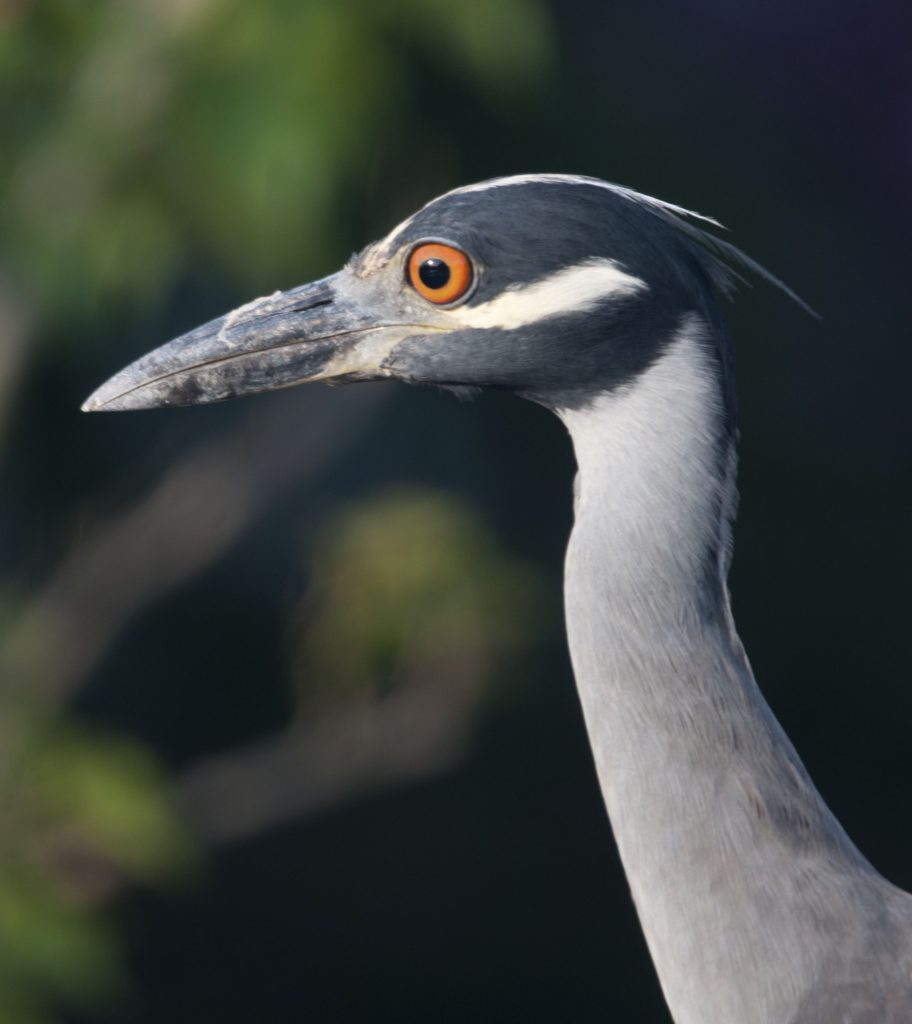
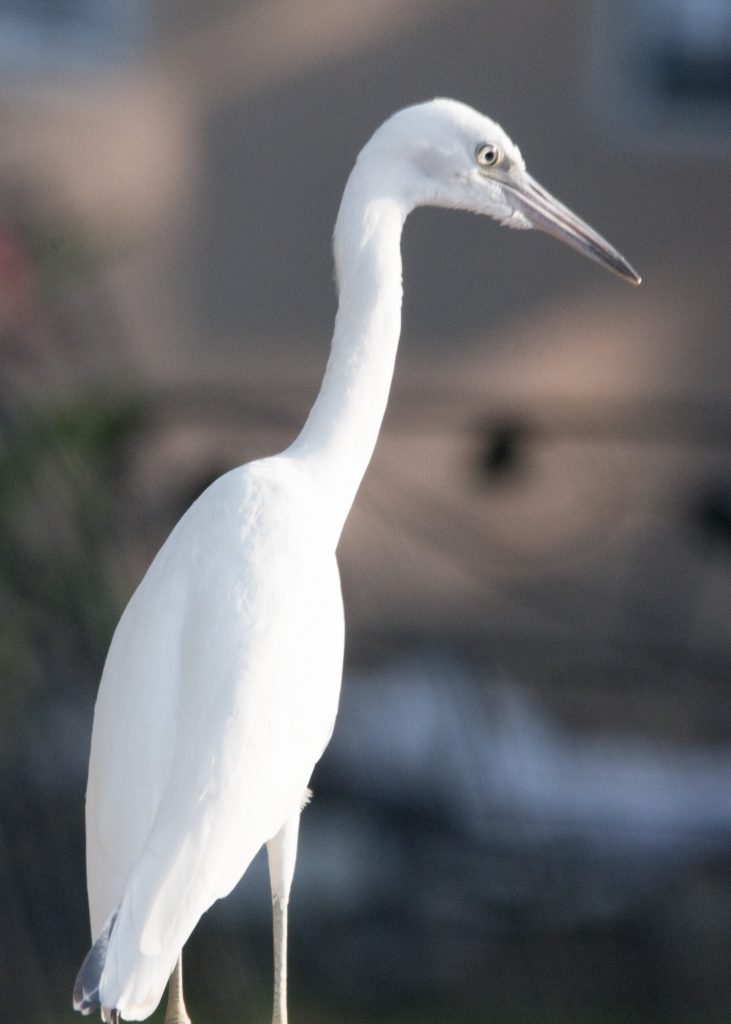
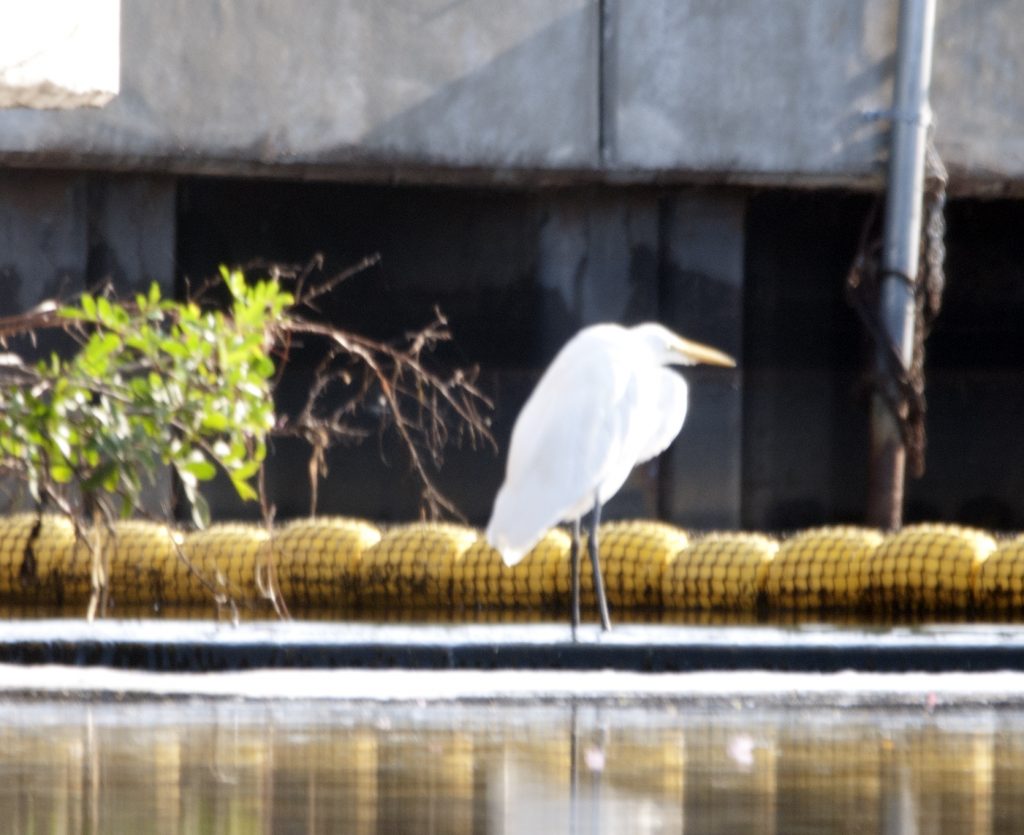
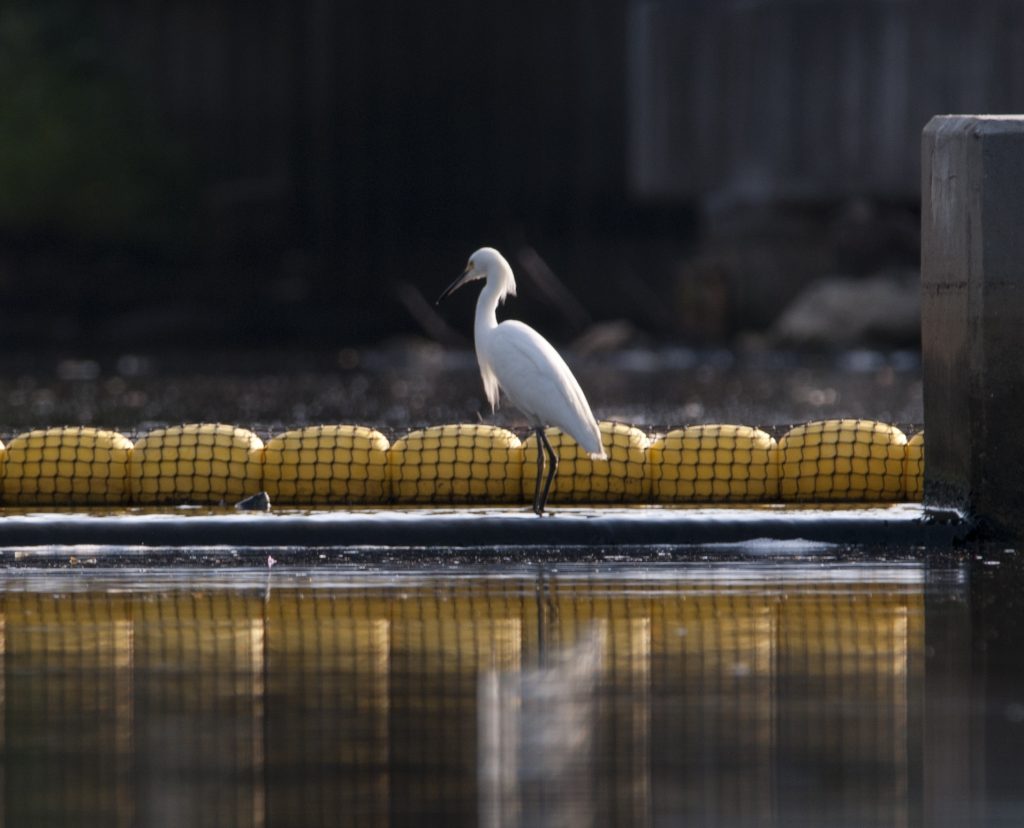
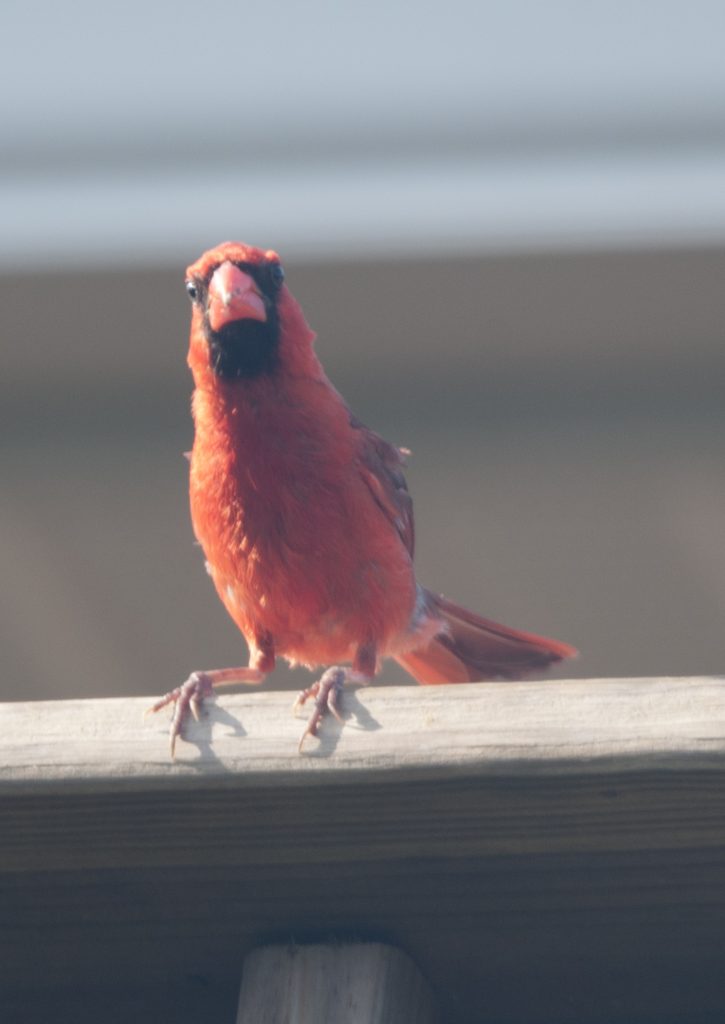
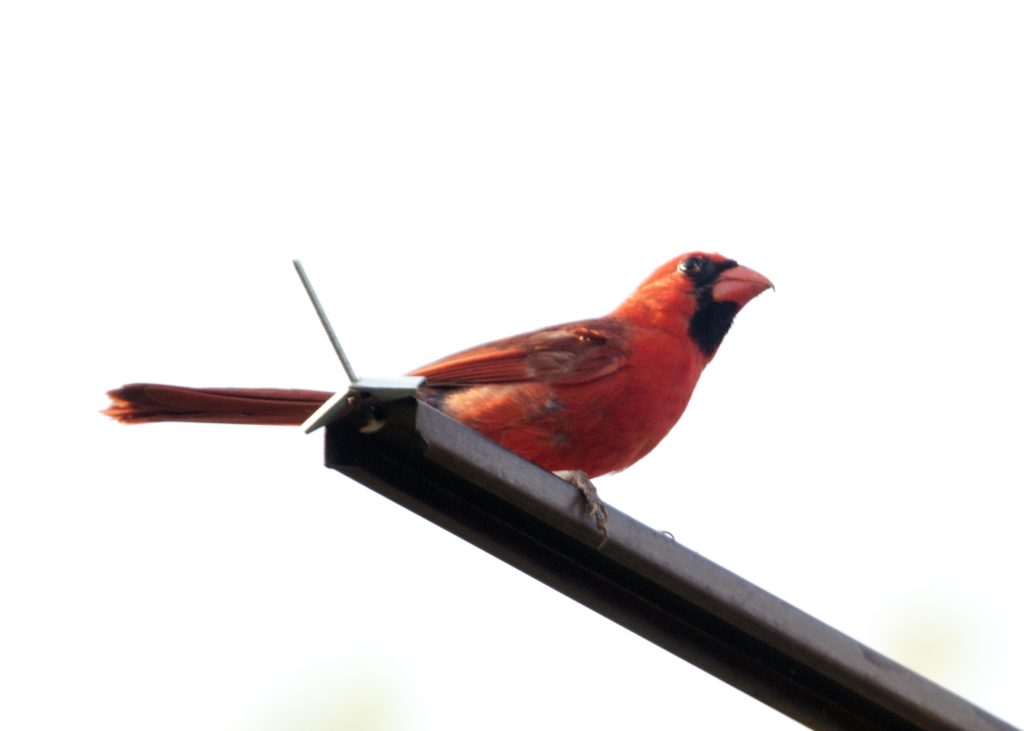
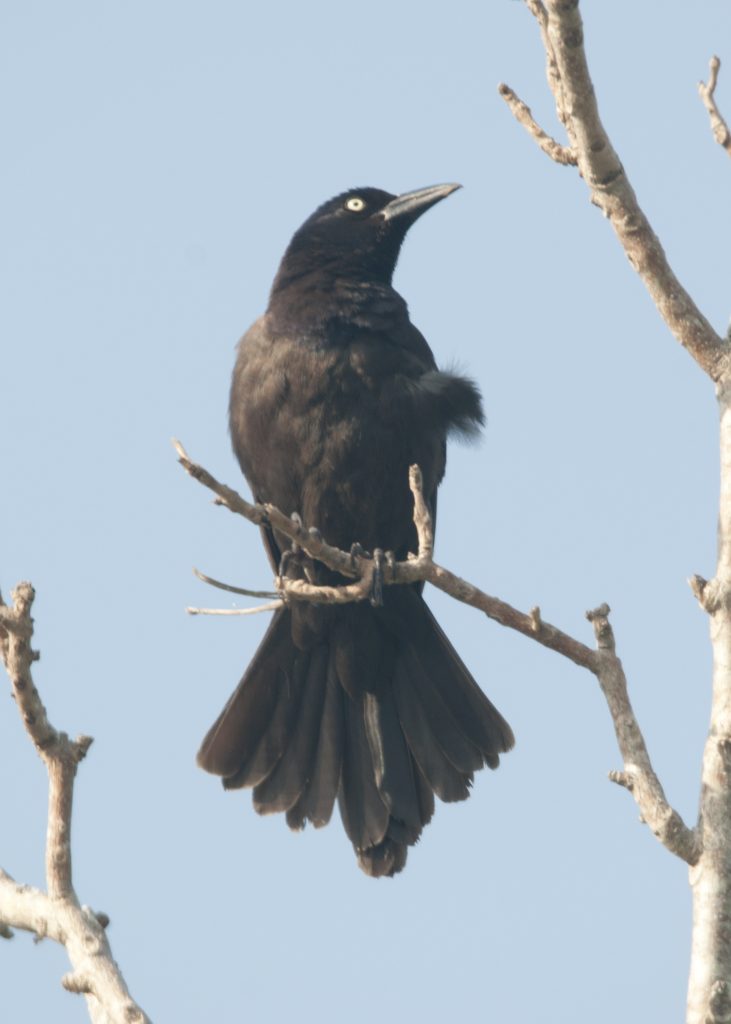


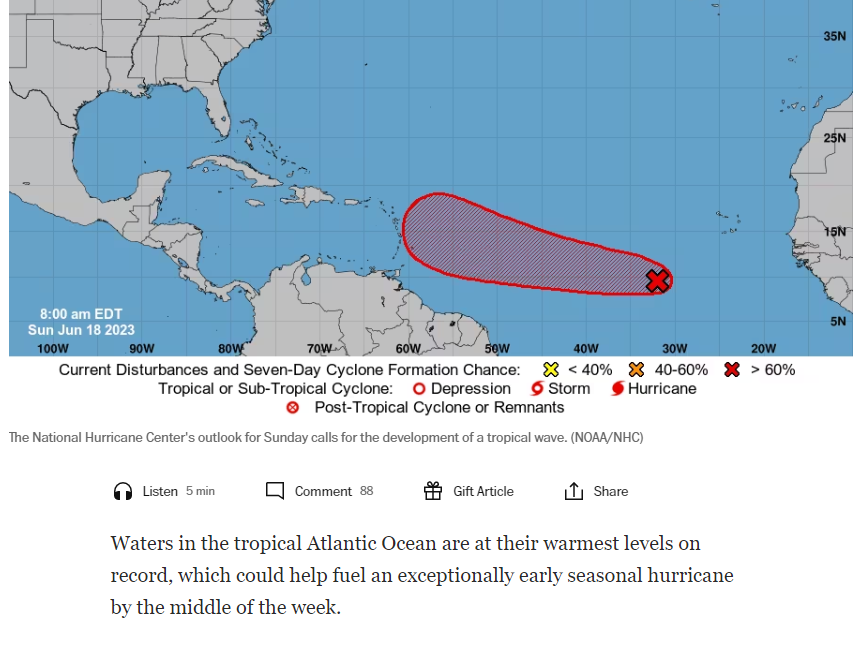
Thursday (Thor’s day) June 15, 2023
(I have a necklace with Thor’s hammer on it!)
The tide was in (Nature John called it what it was, a King Tide).
Another day for the GoPro. An Osprey landed right in front of me going after a fish. Too close to get a clear photo!! The two photos I did get off were way out of focus. He really surprised me landing so close!
Allan said that I missed the dolphin. All around a crazy day! The day started out solid clouds and windy, the clouds moved away and the wind picked up to 10 to 15 knots, a wave splashed right into my kayak – it made for hard to photograph anything it was so rough.
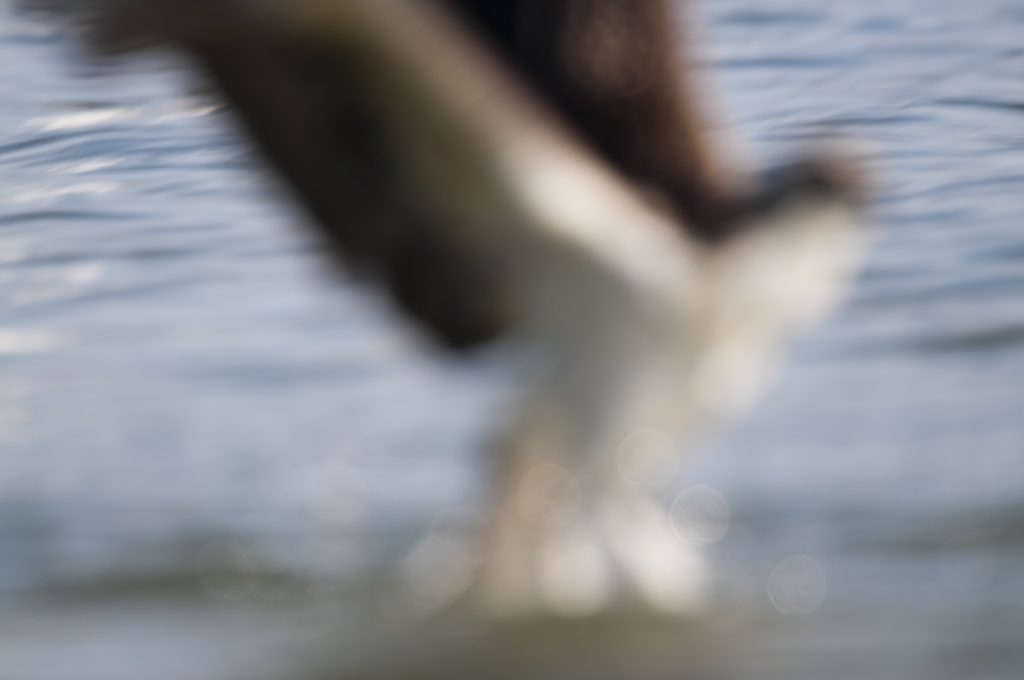
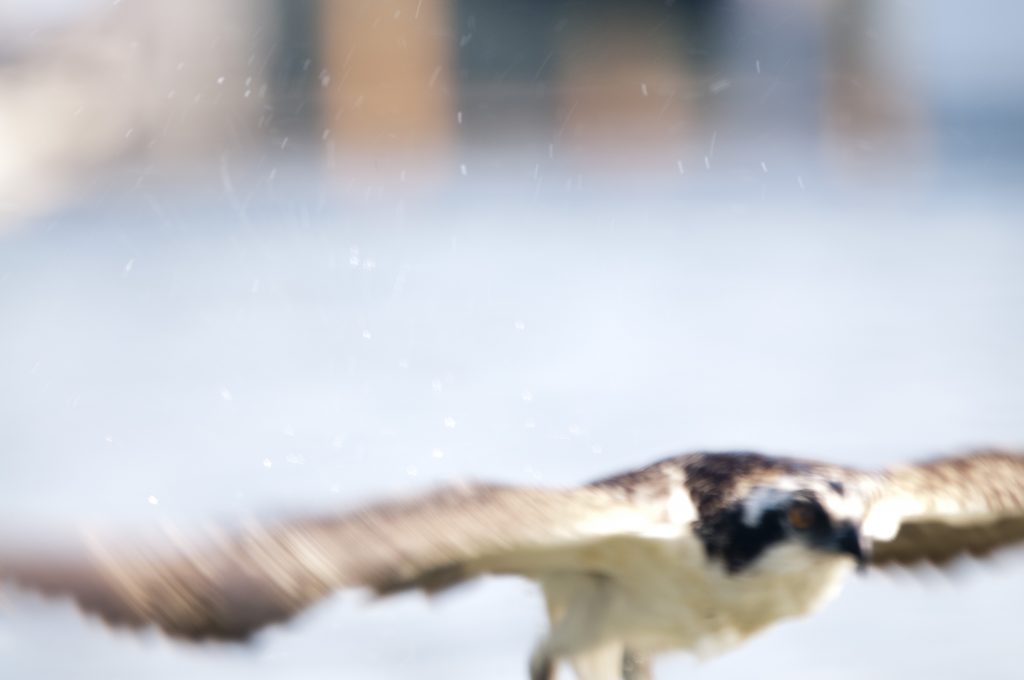
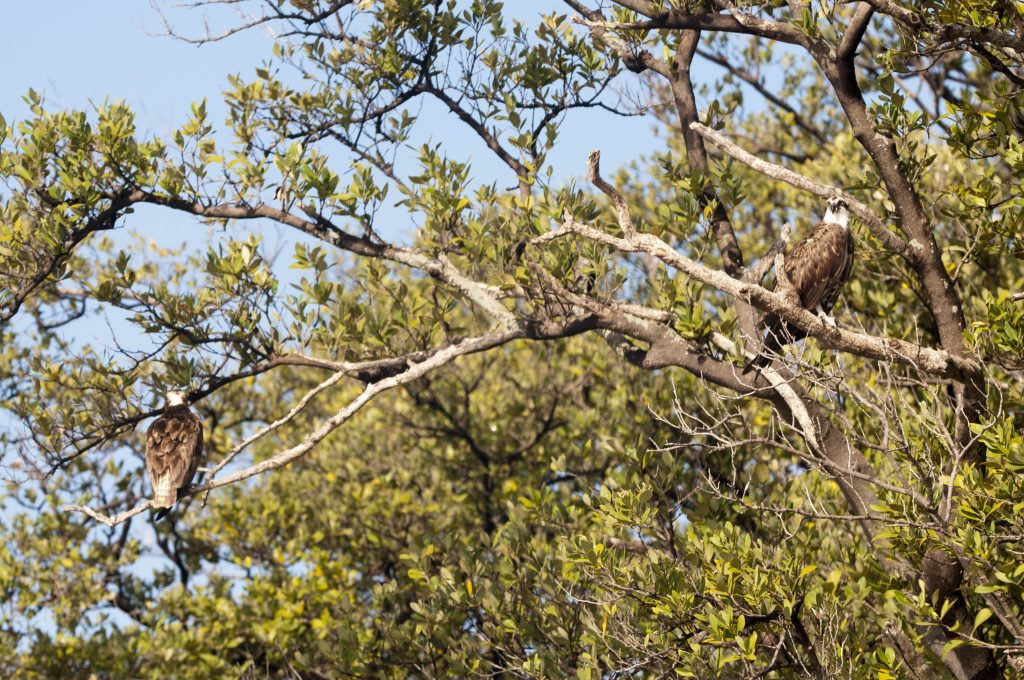
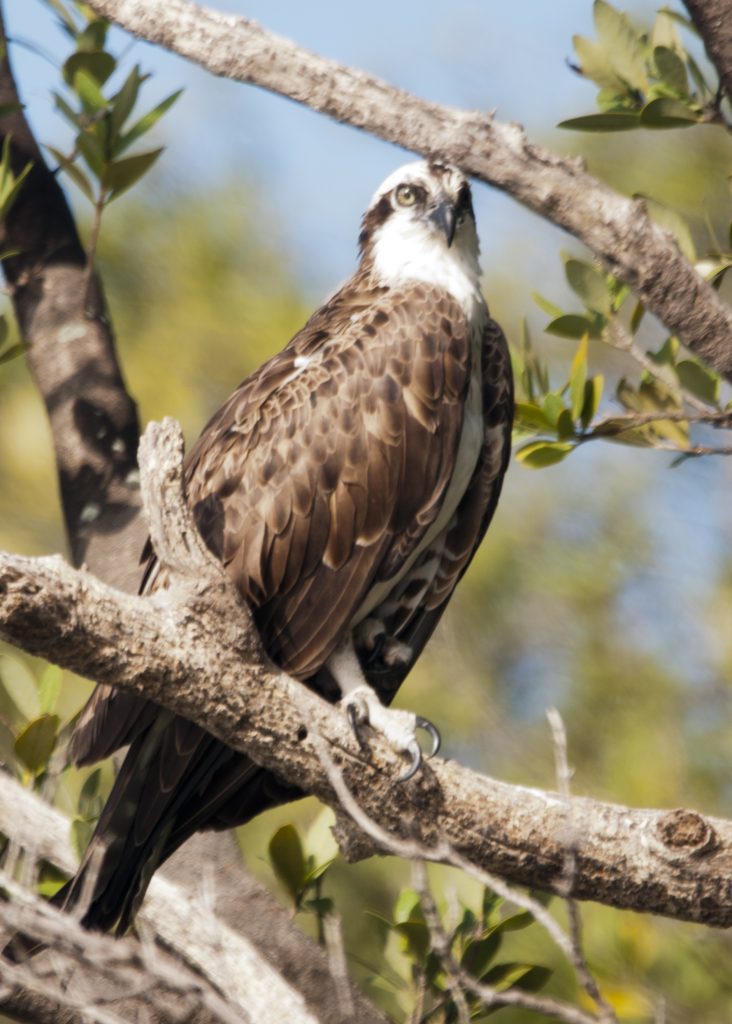
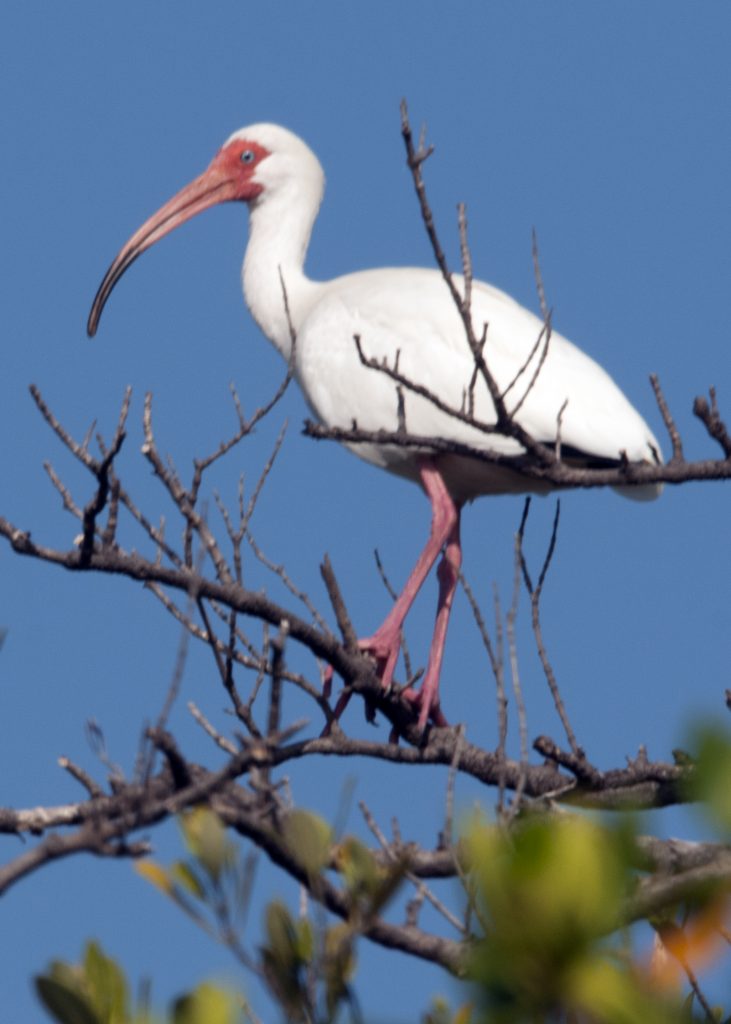
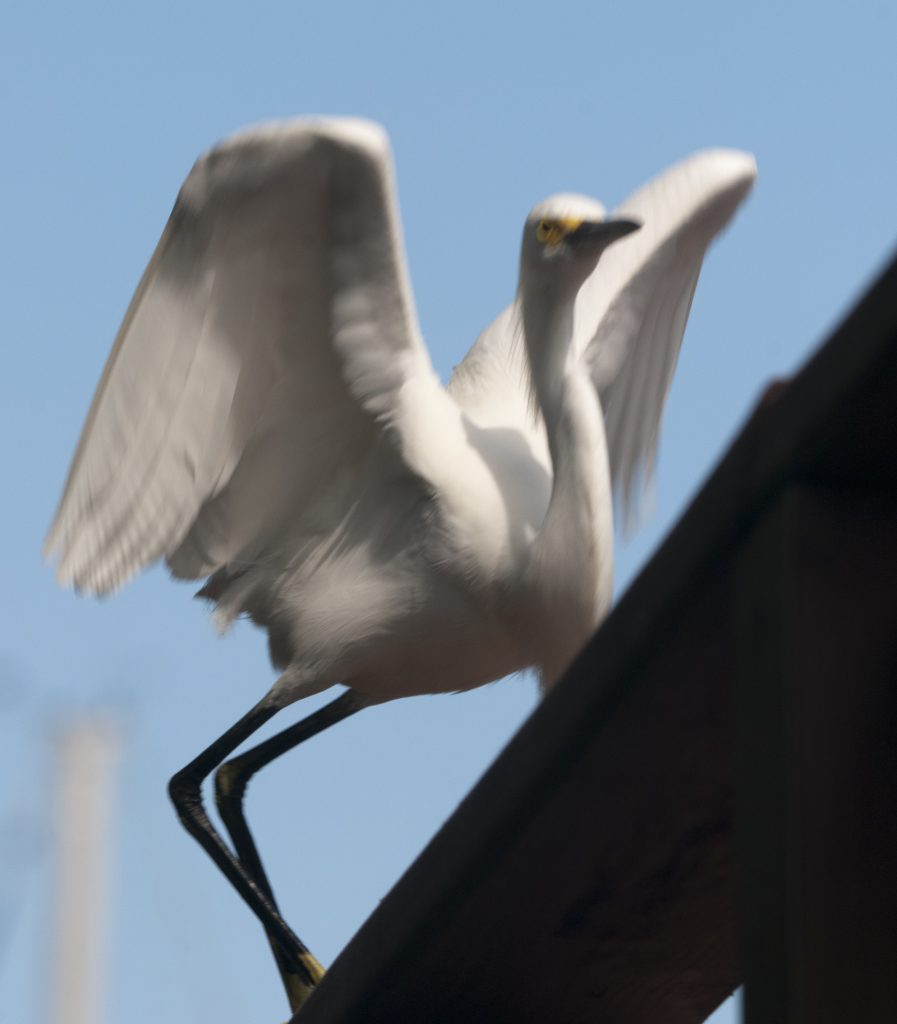
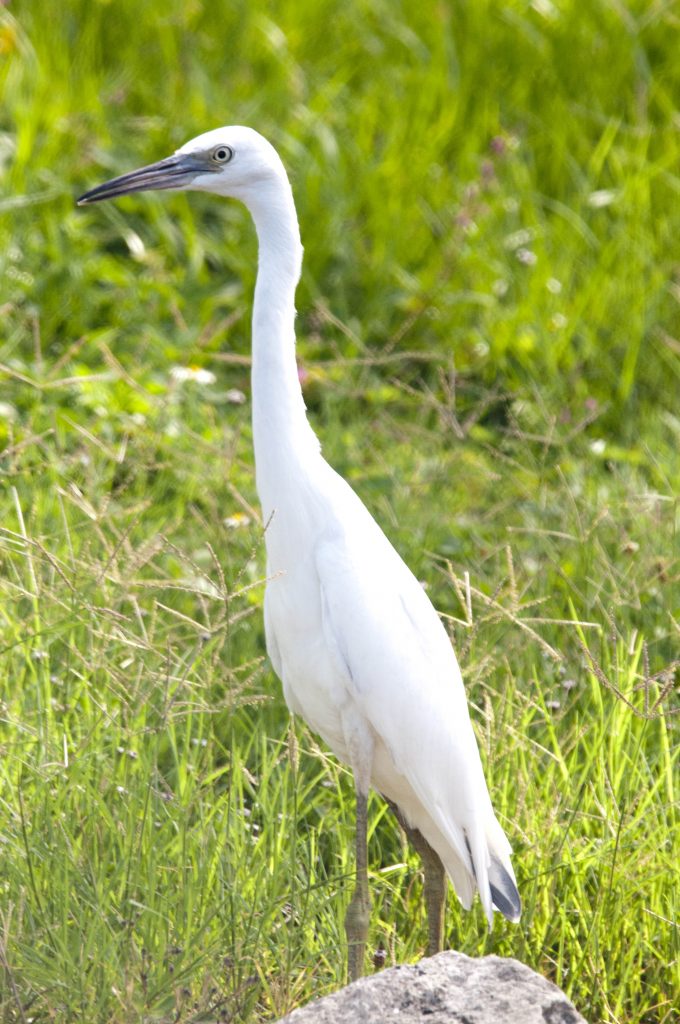
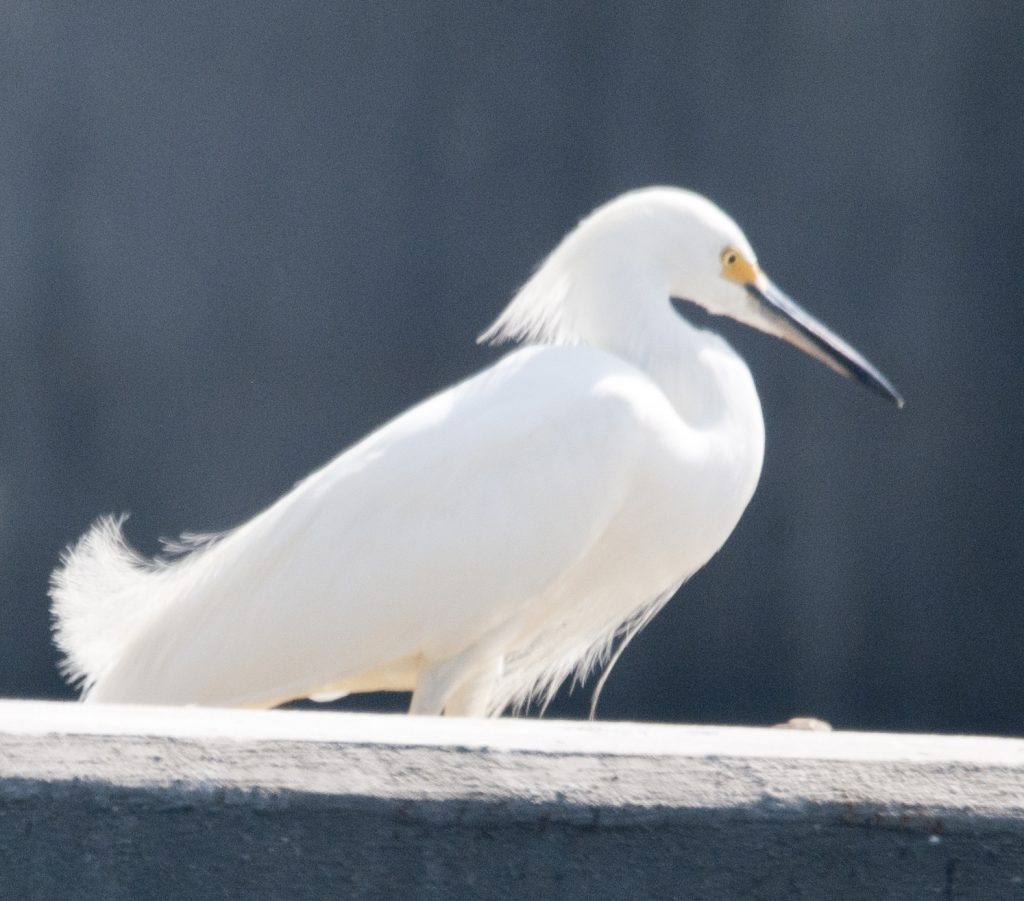
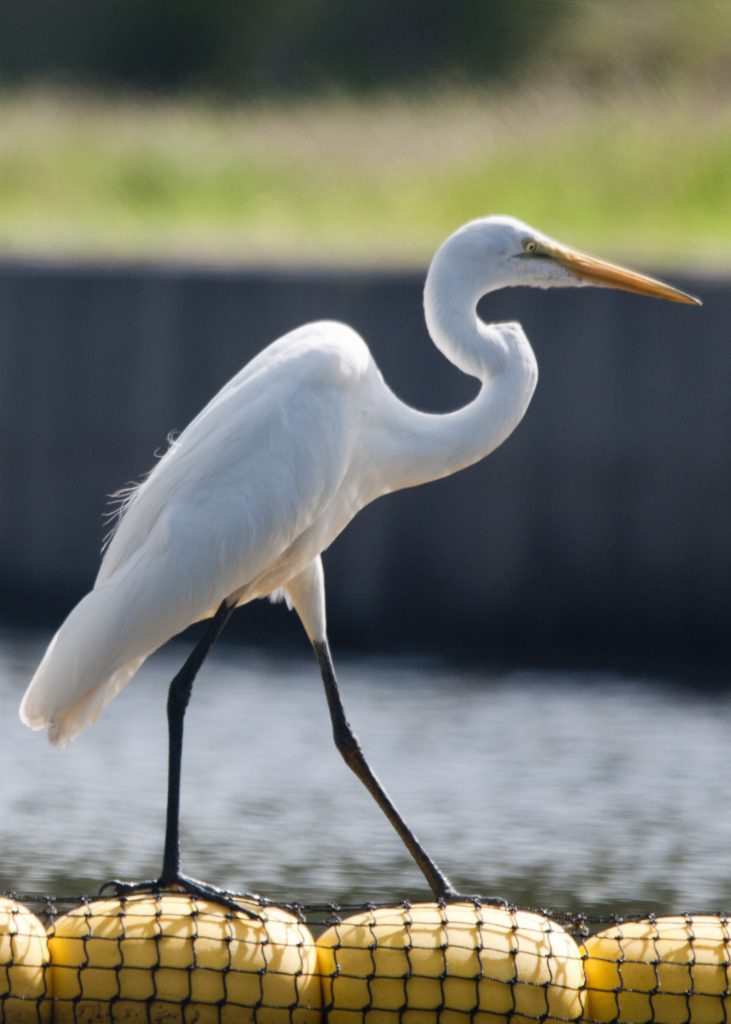
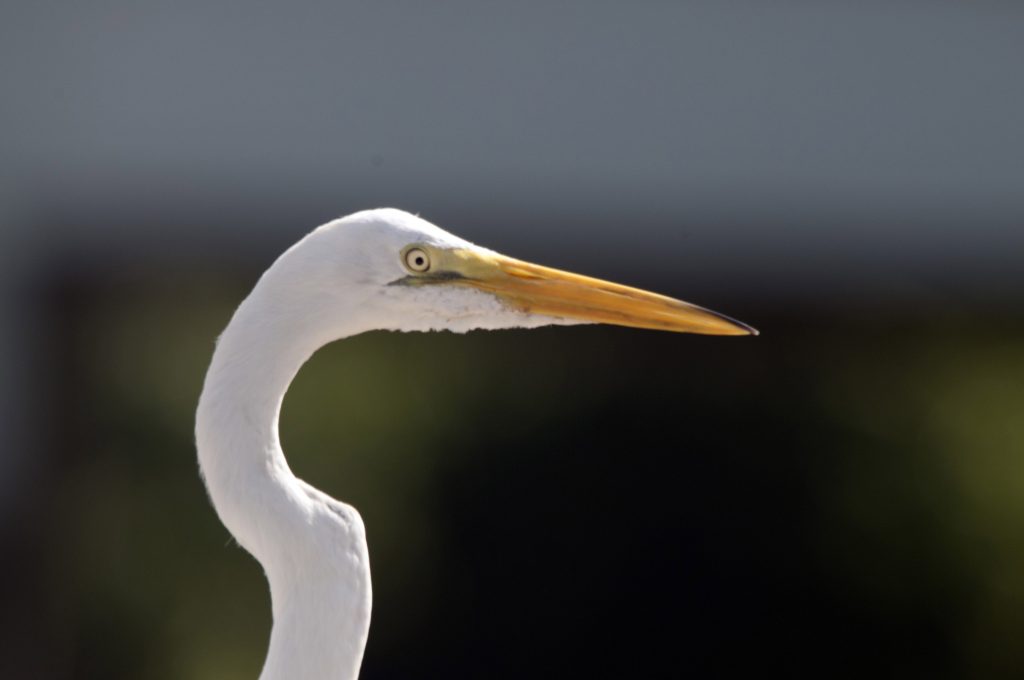
Monday June 12, 2023
Another nice day, I spotted one Skimmer, a Great Blue exposing himself, and lots of ducks.
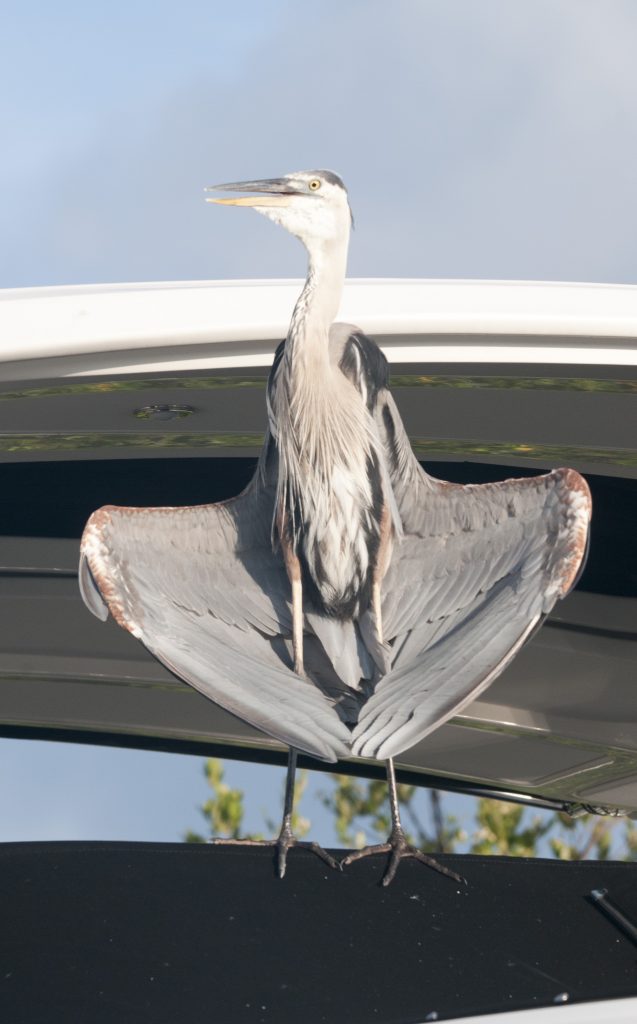
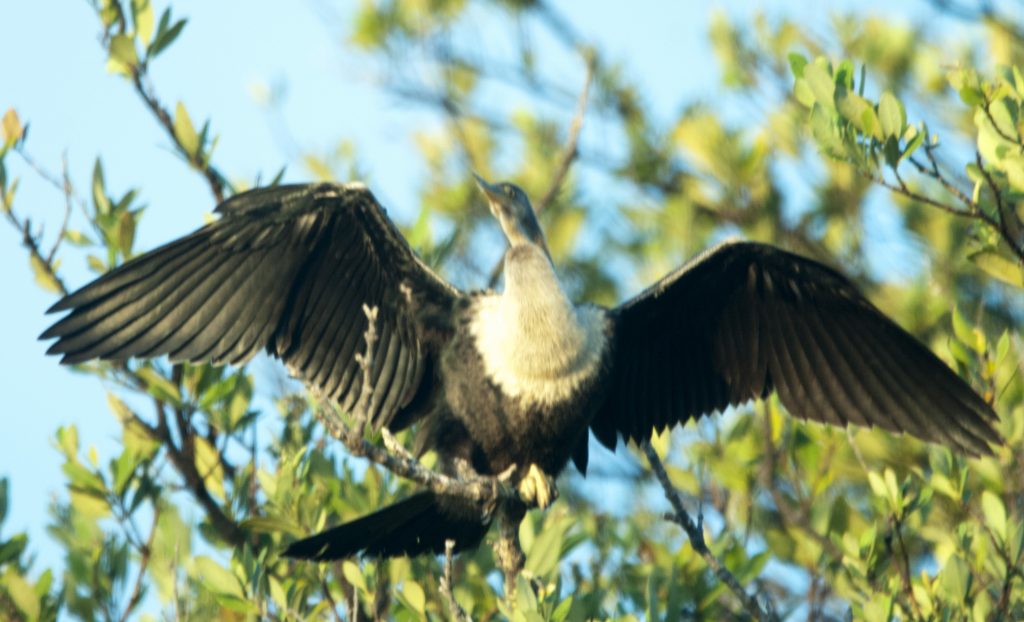

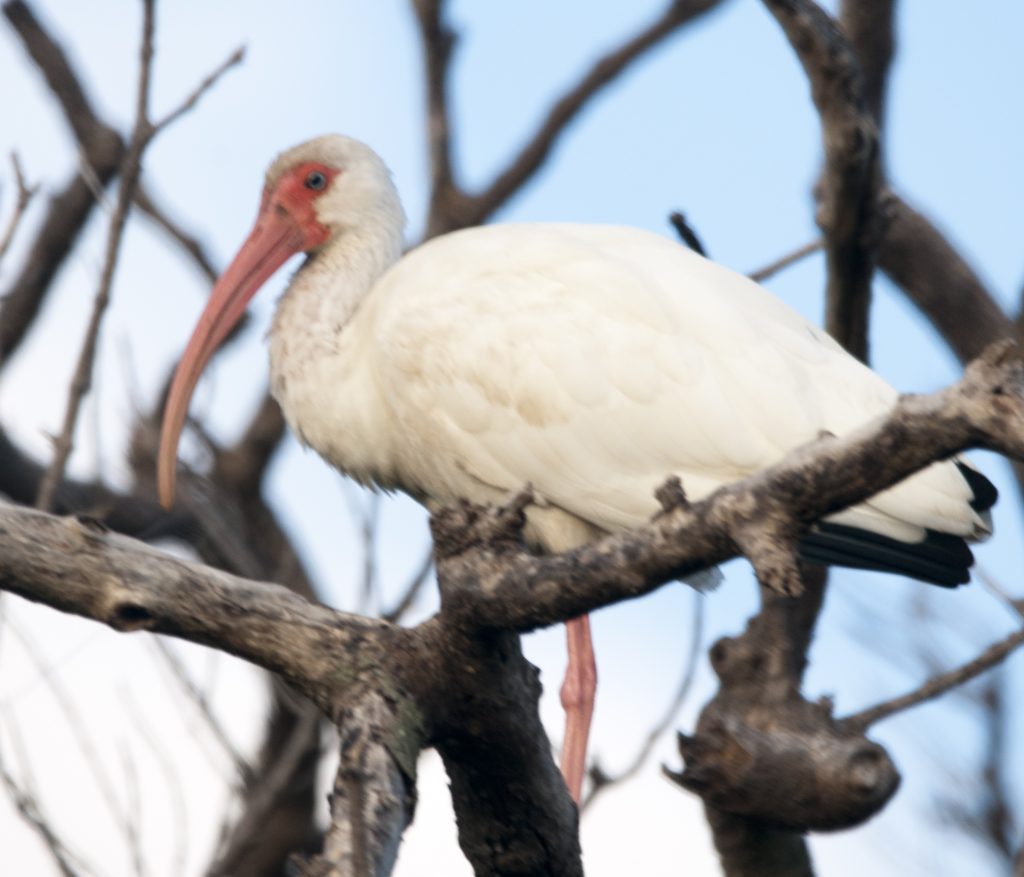
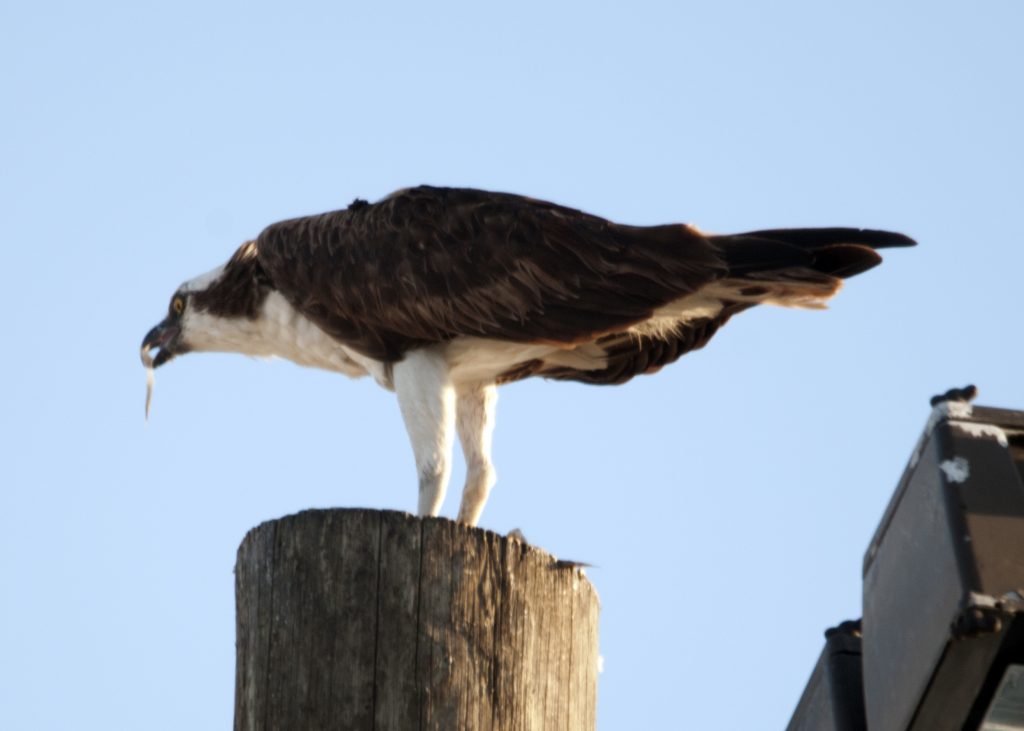

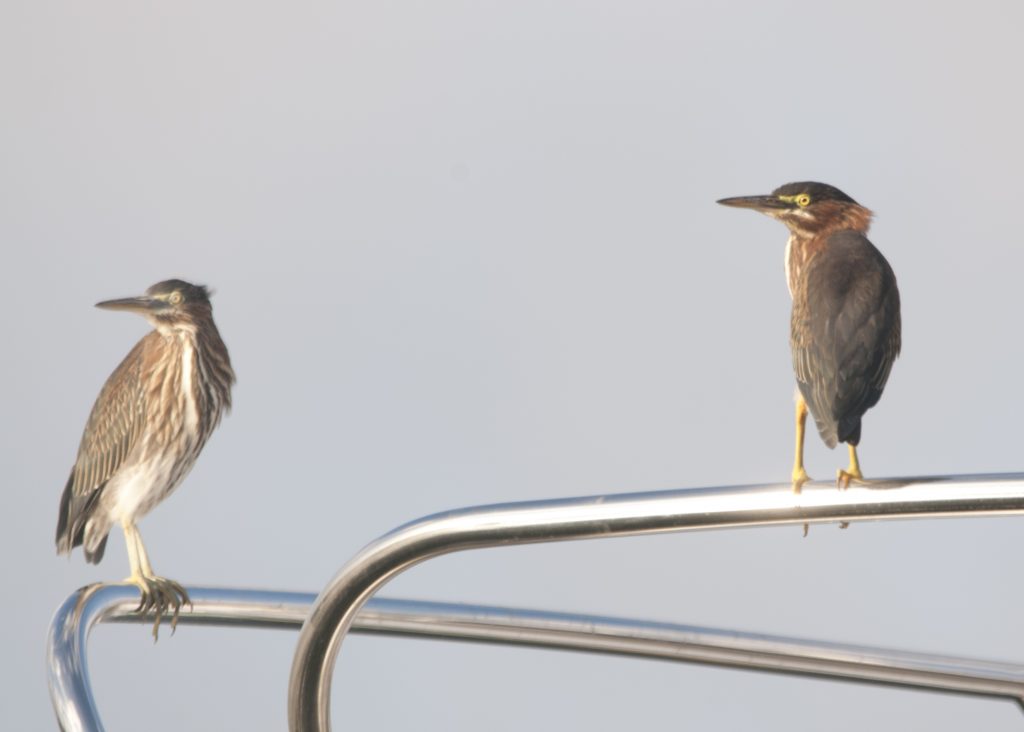

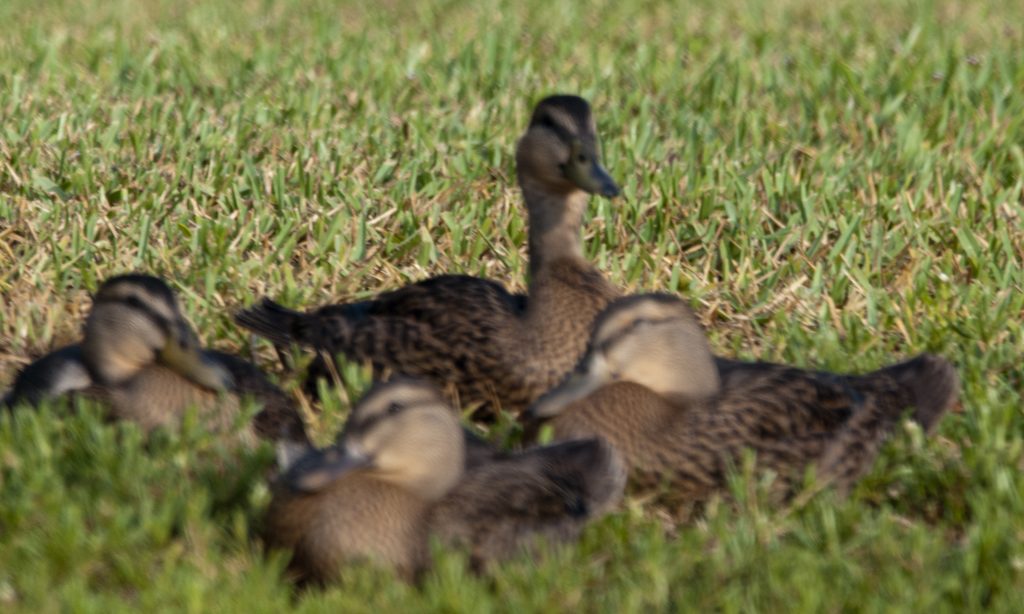
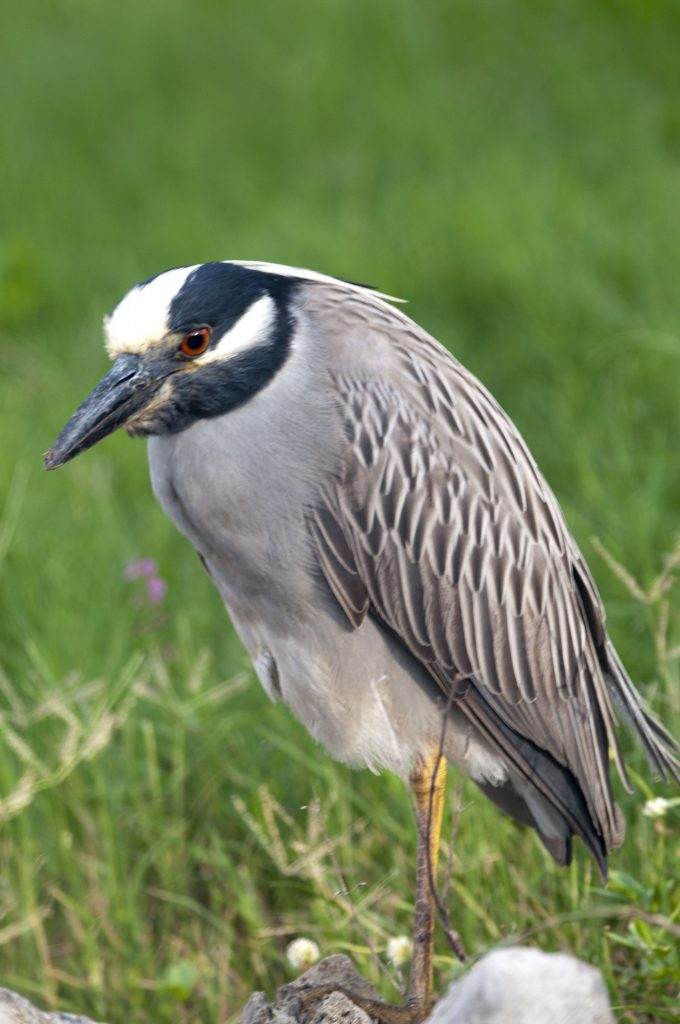
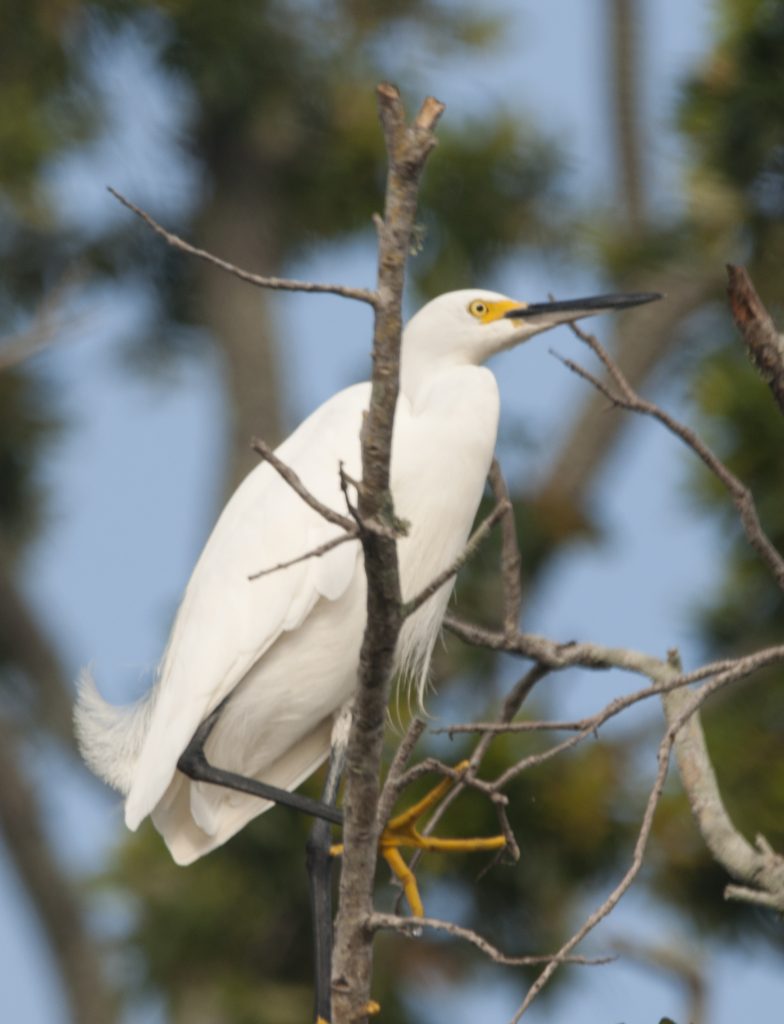

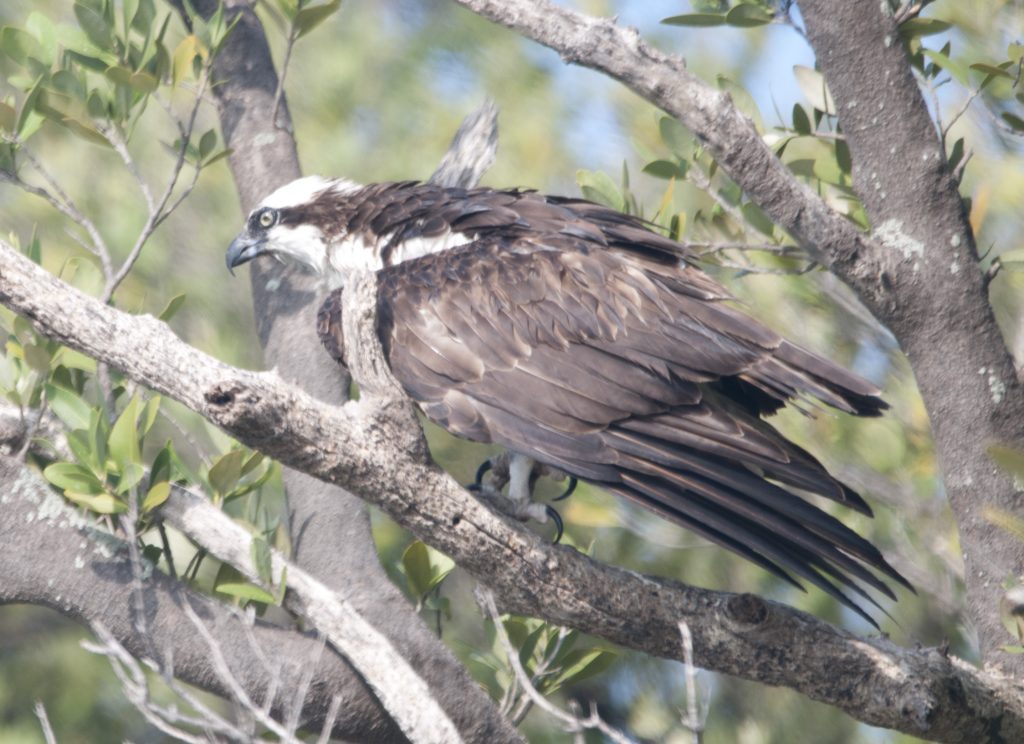
Sunday, June 11, 2023
Sunshine with a few puffy clouds! 74° and nice. Slight breeze out of the south.
Two Black Skimmers came by! They are so fast it is hard to get a photo! Skimming along above the smooth water next to the marina!
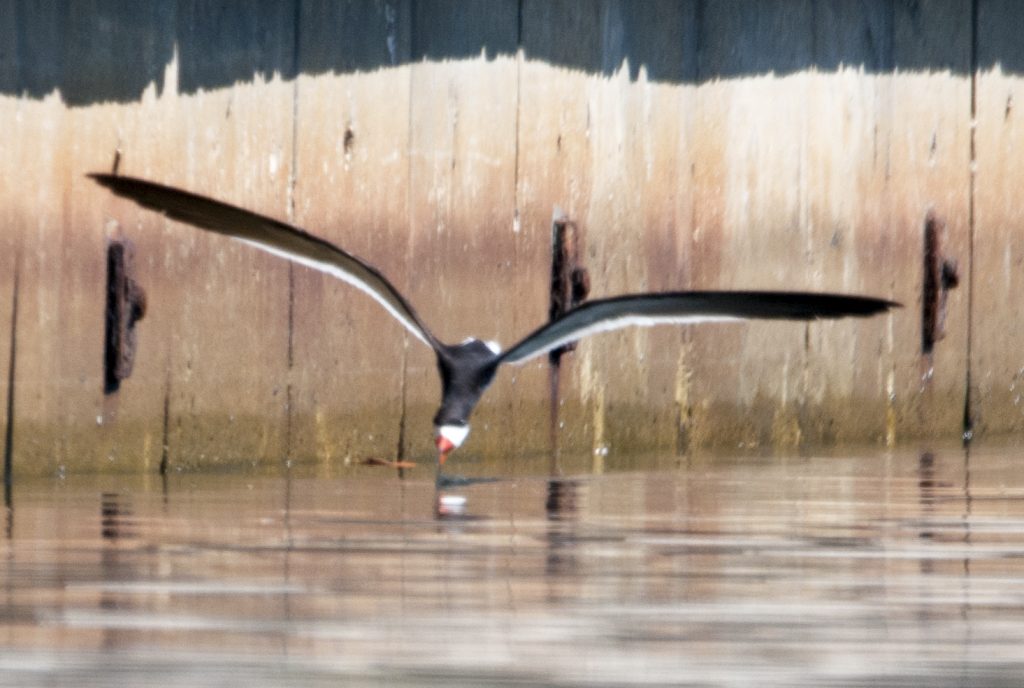
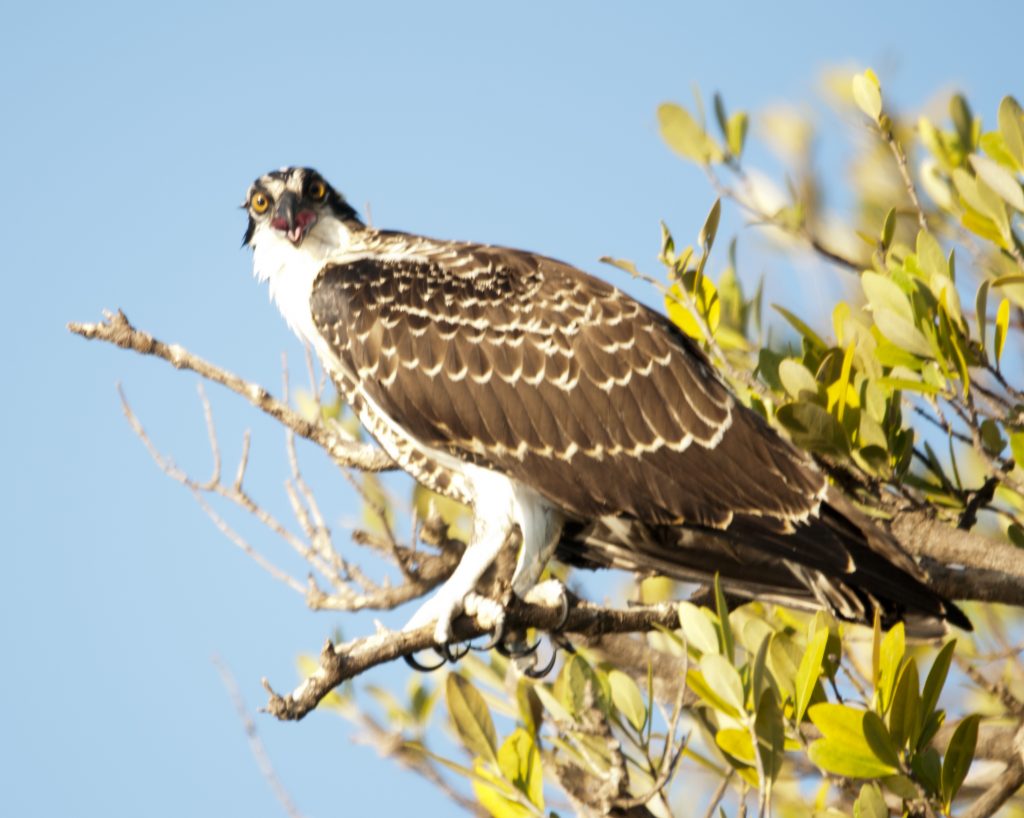
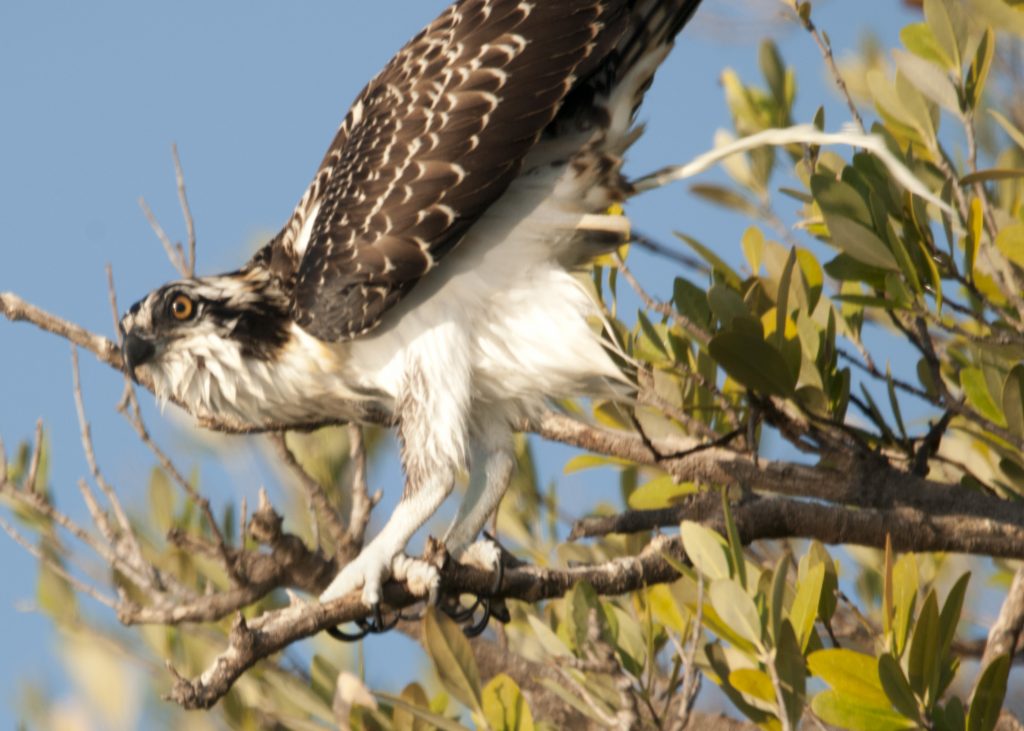

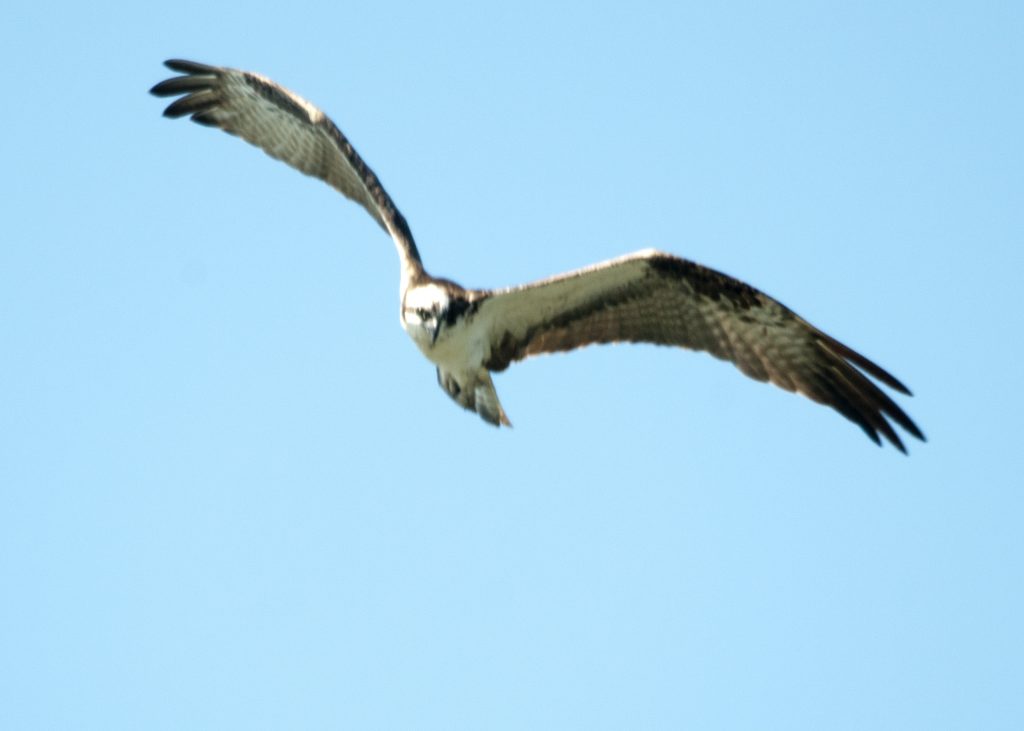
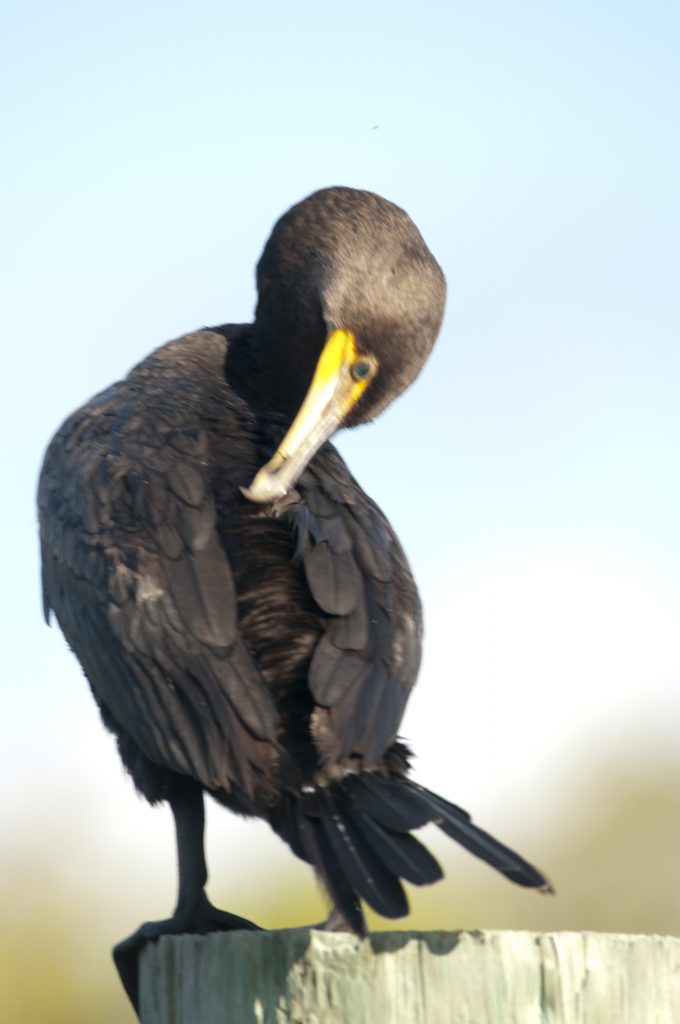
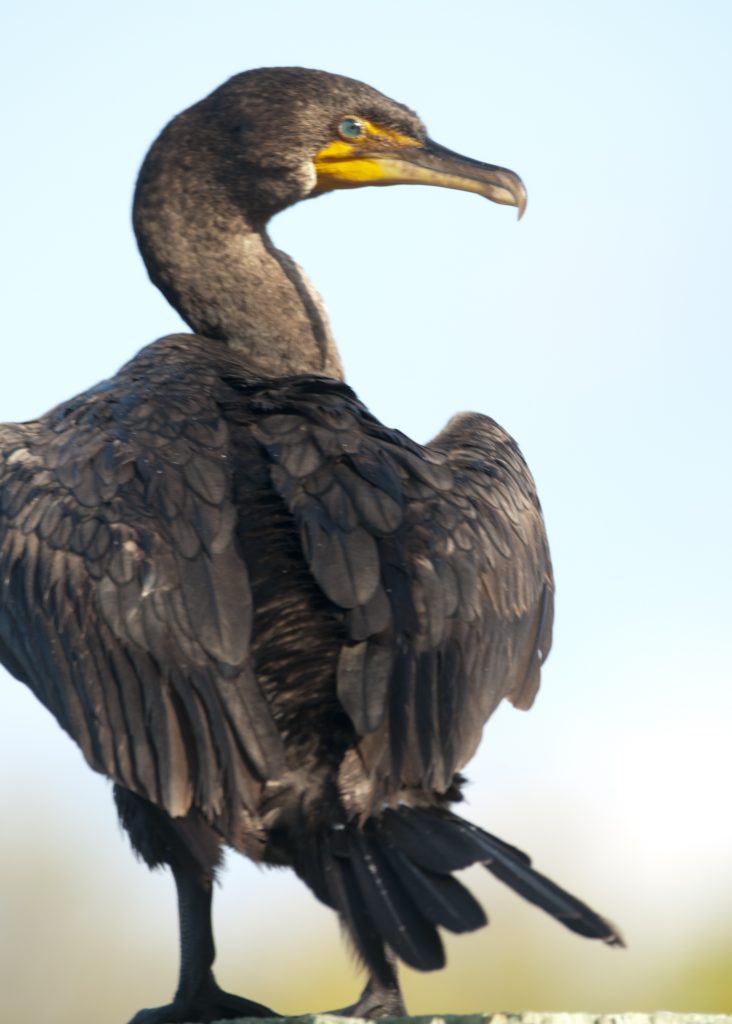
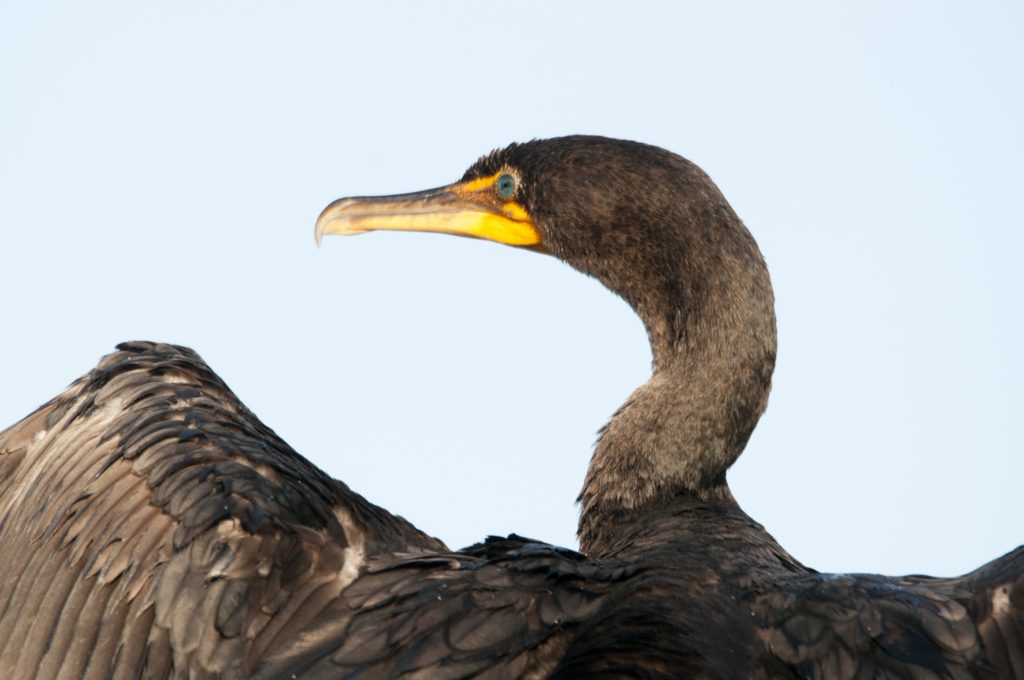

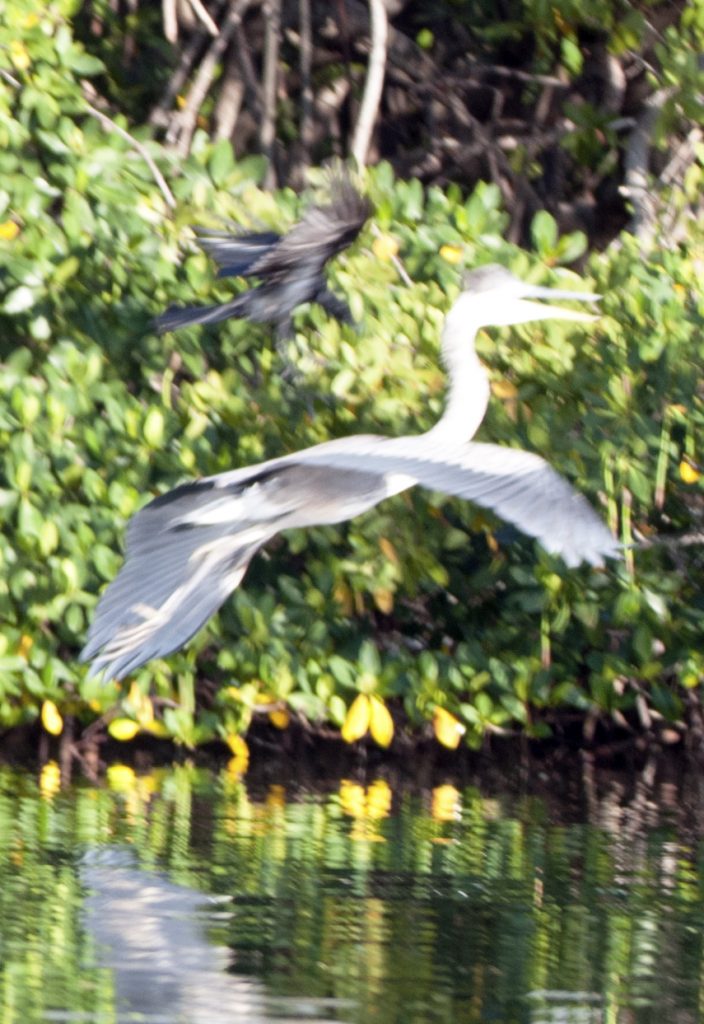
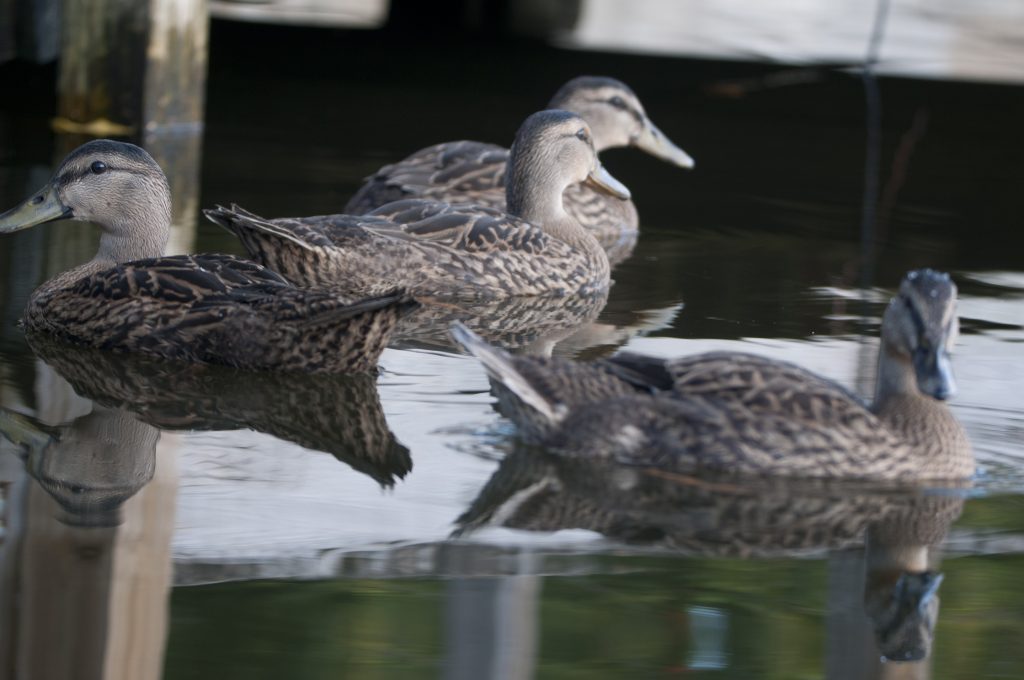
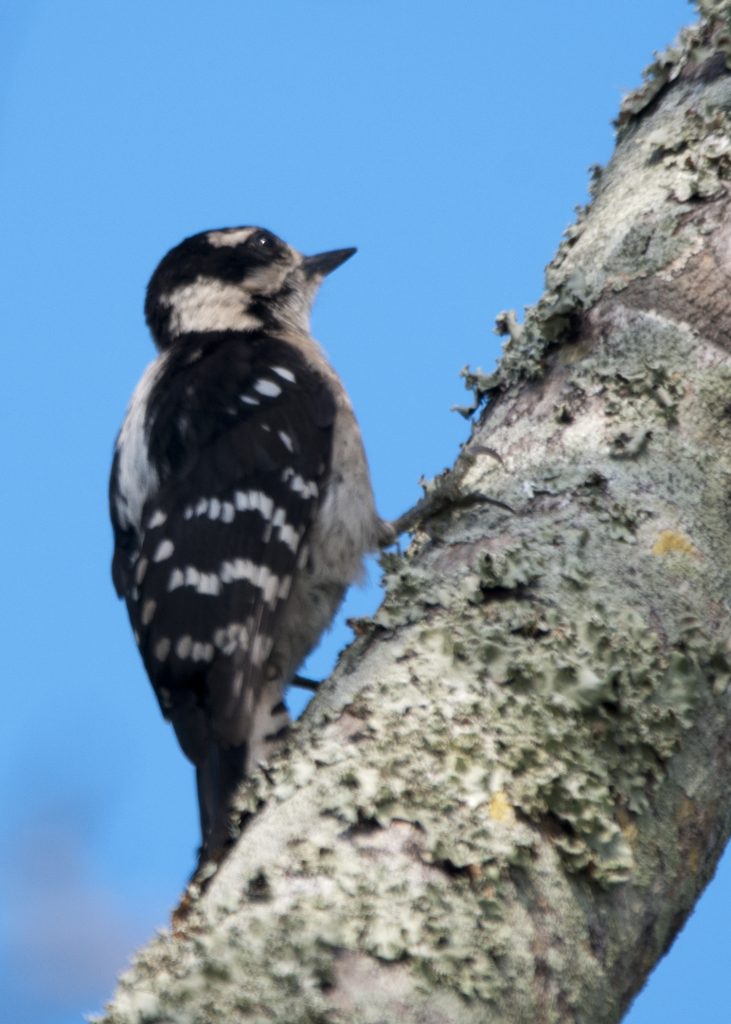
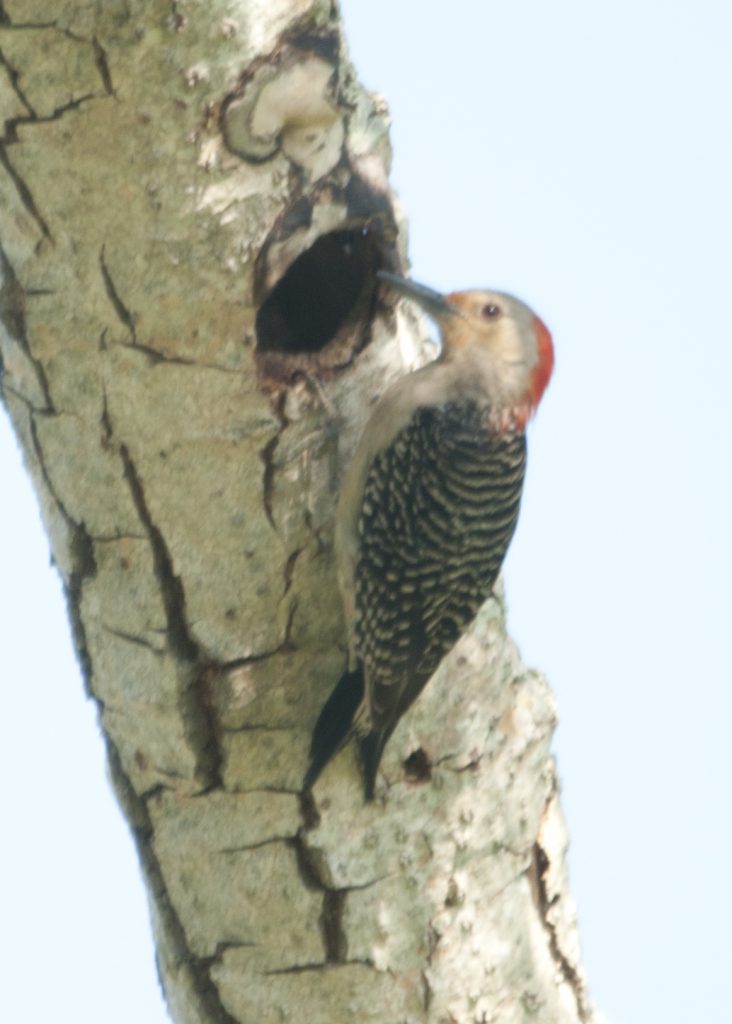
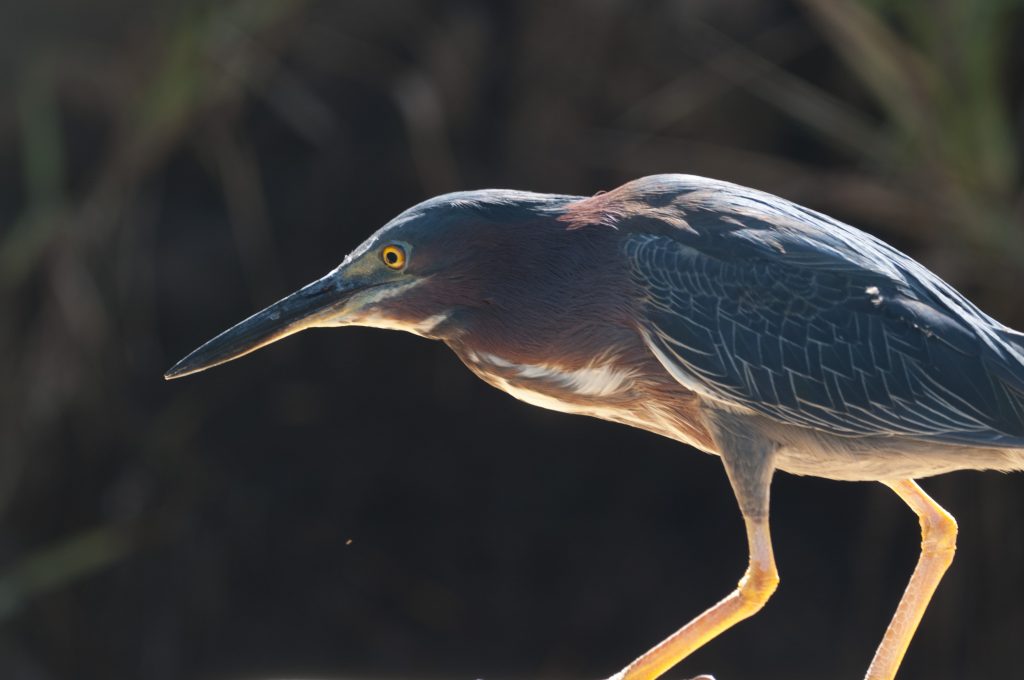
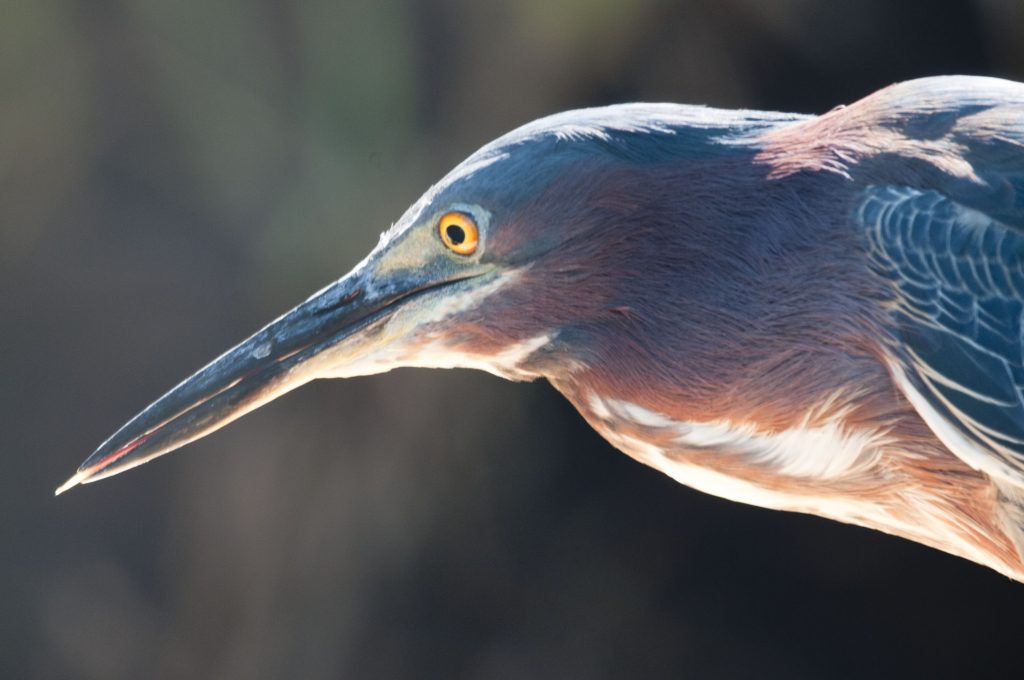
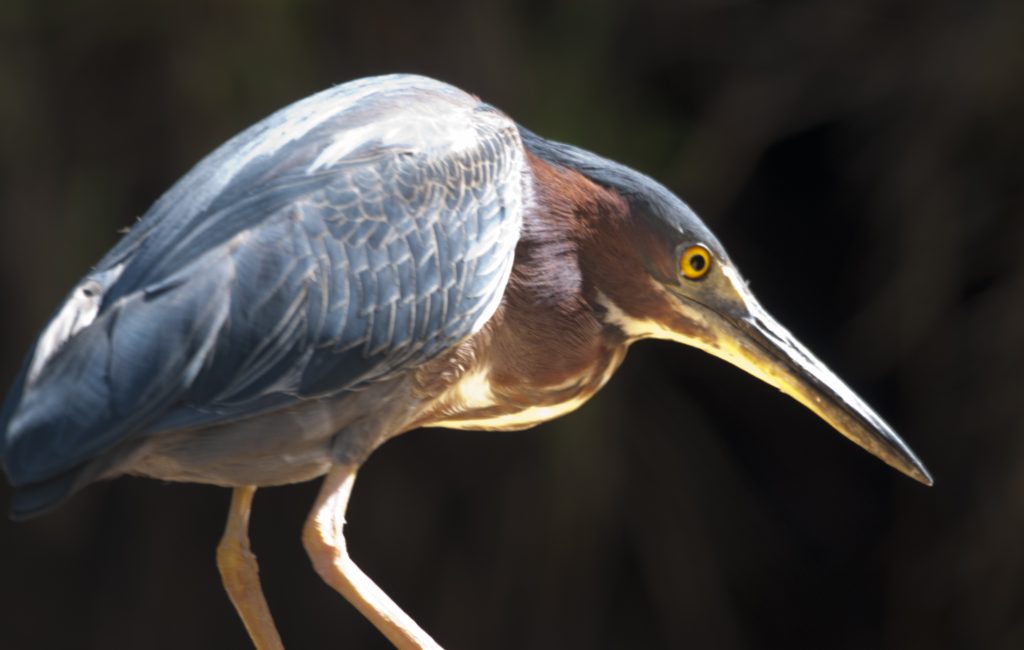
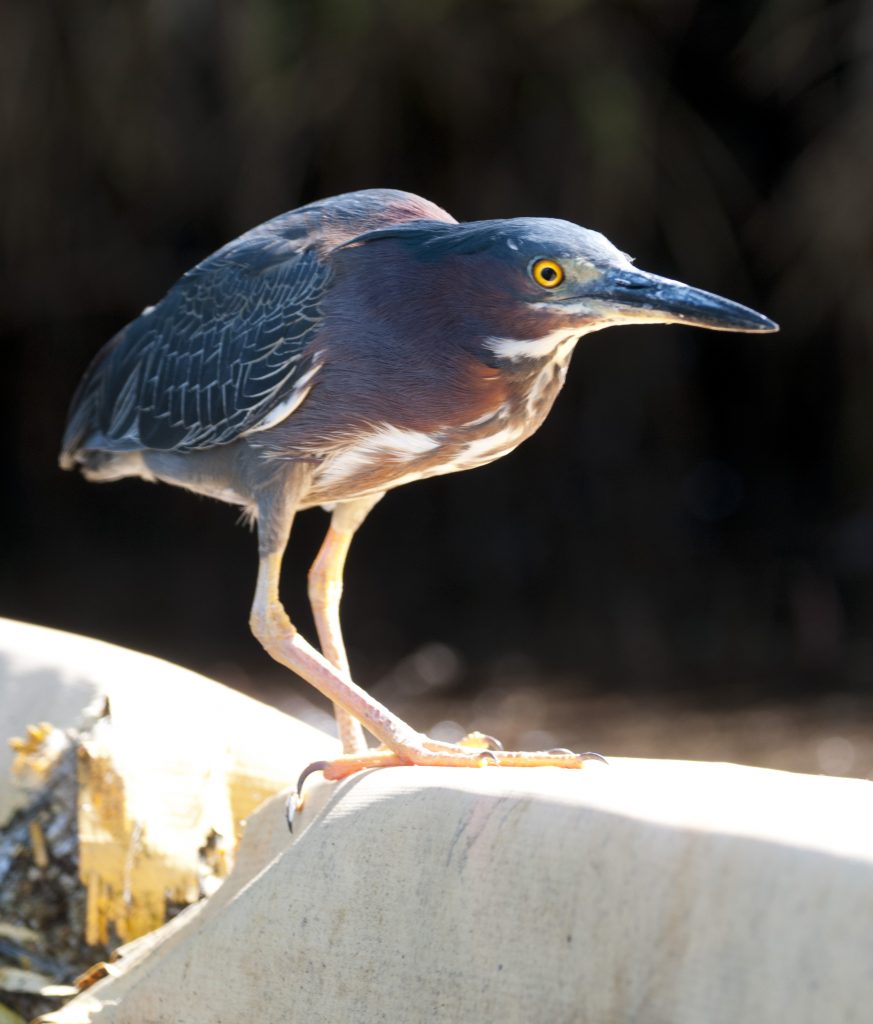
Saturday, June 10, 2023
Another fabulous day, full sun after a bit of clouds on the horizon.
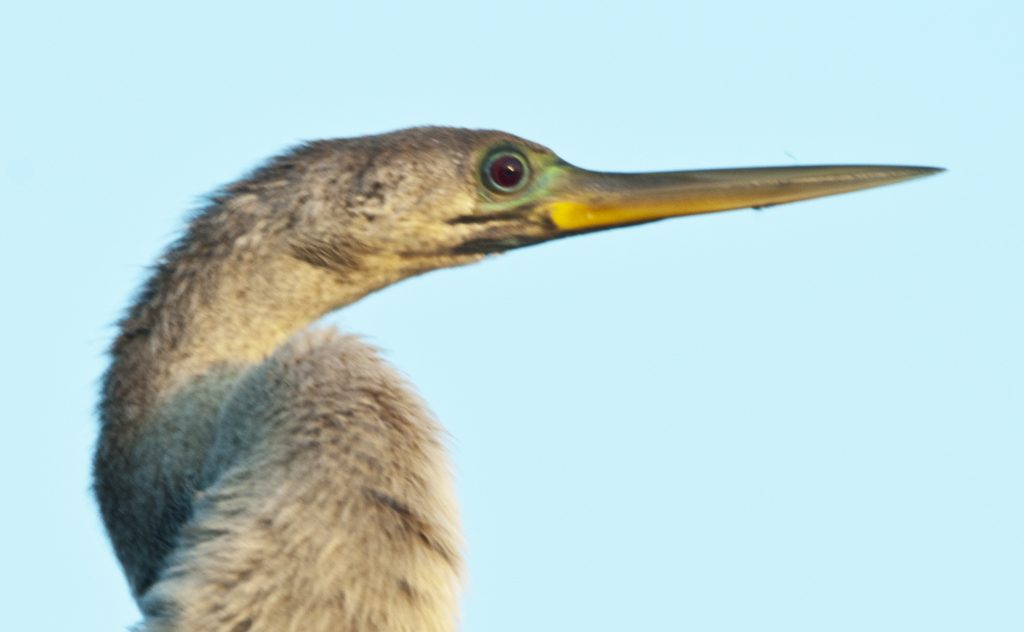
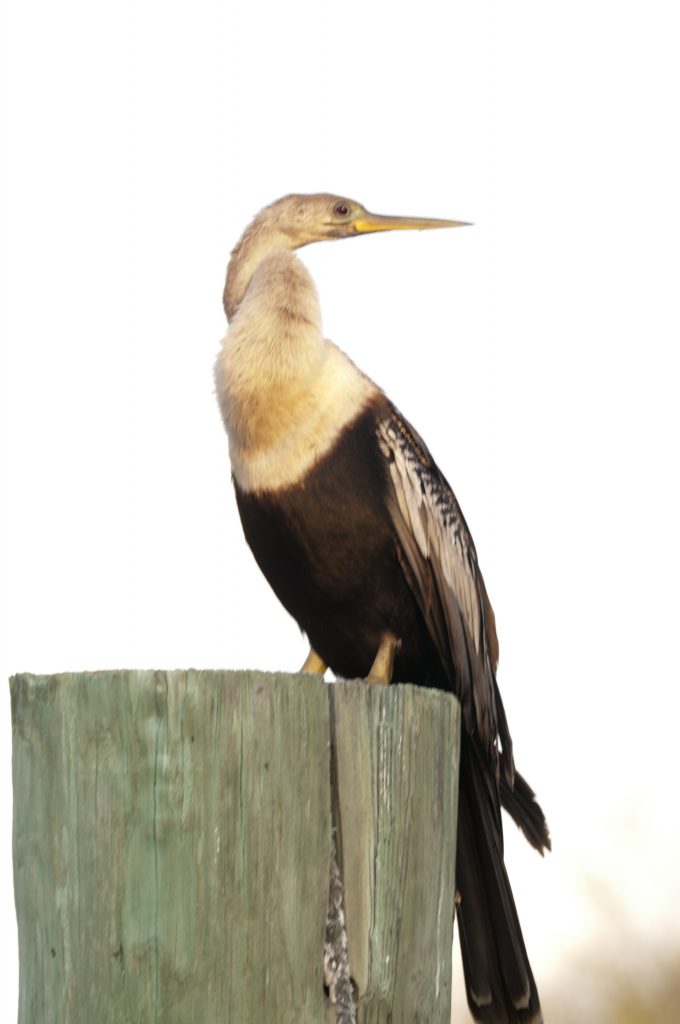

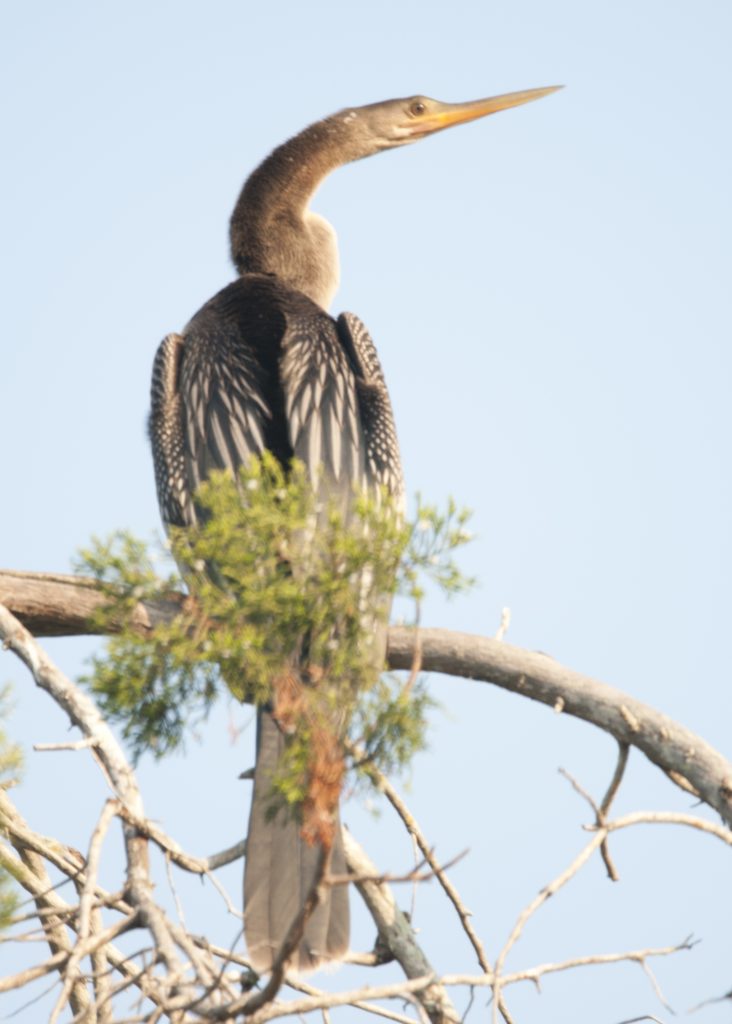
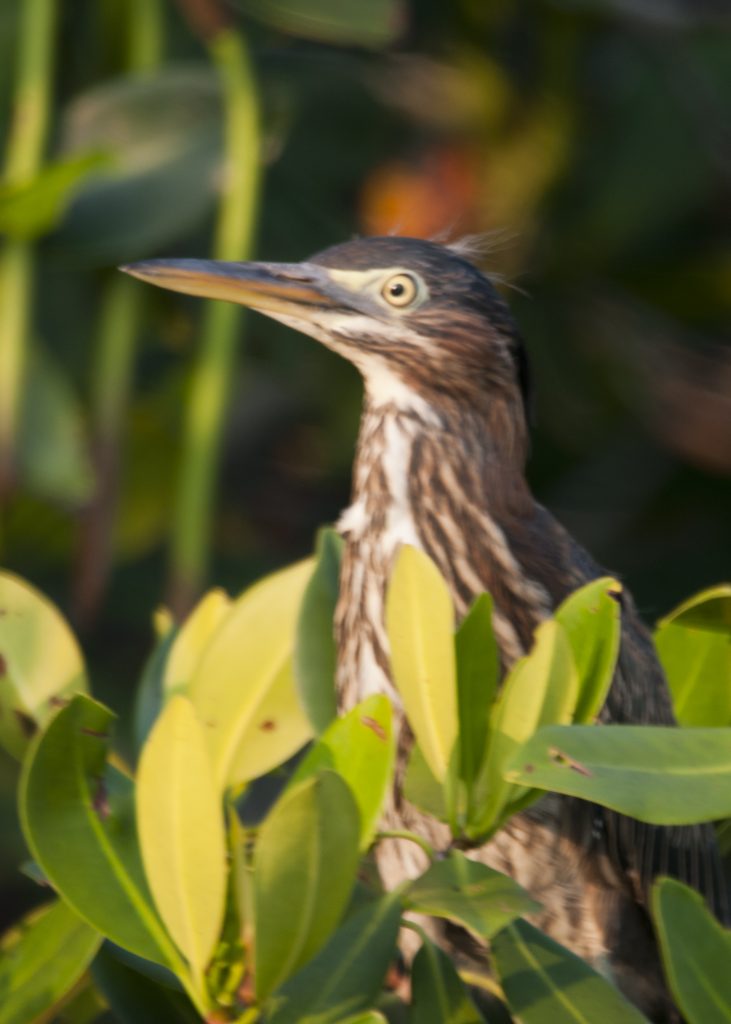
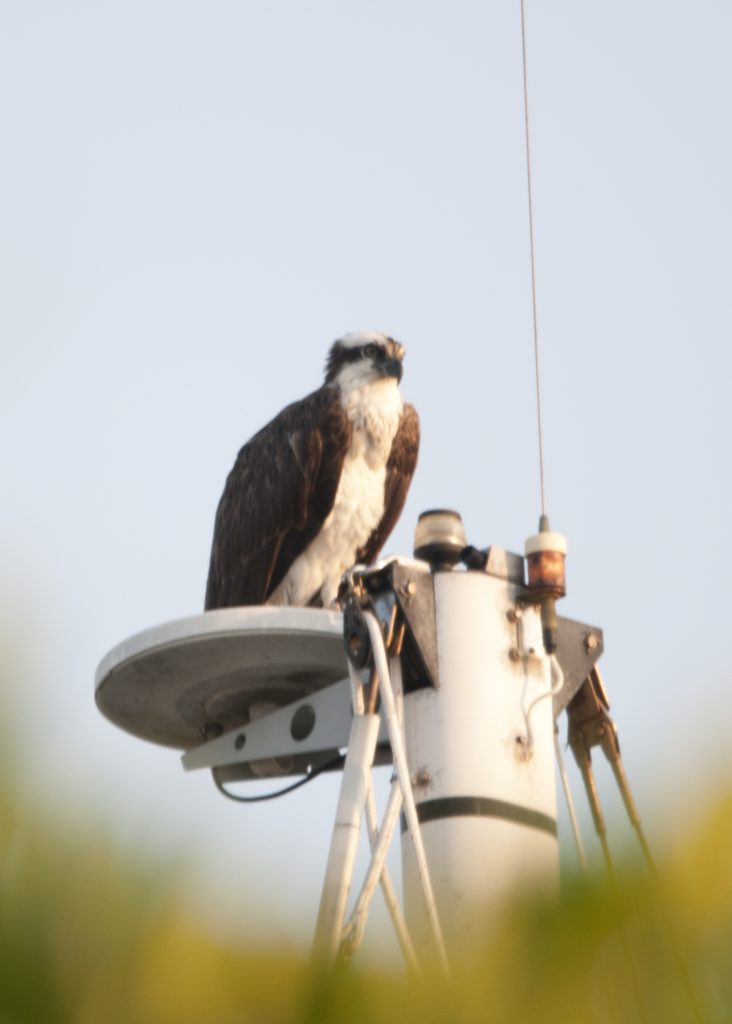



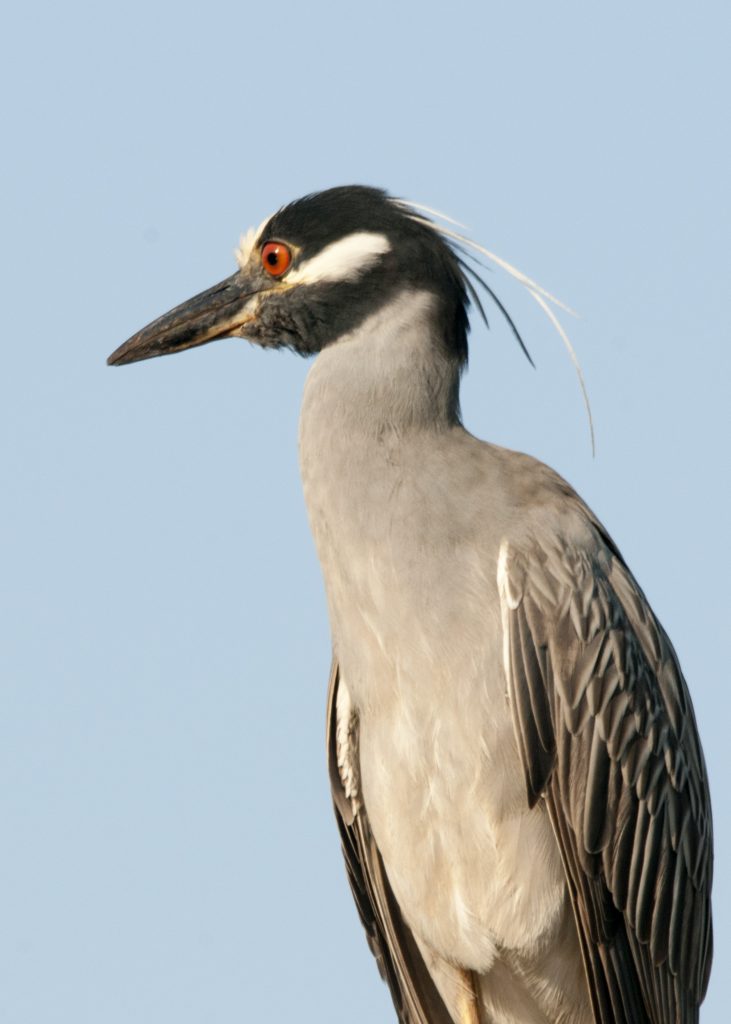

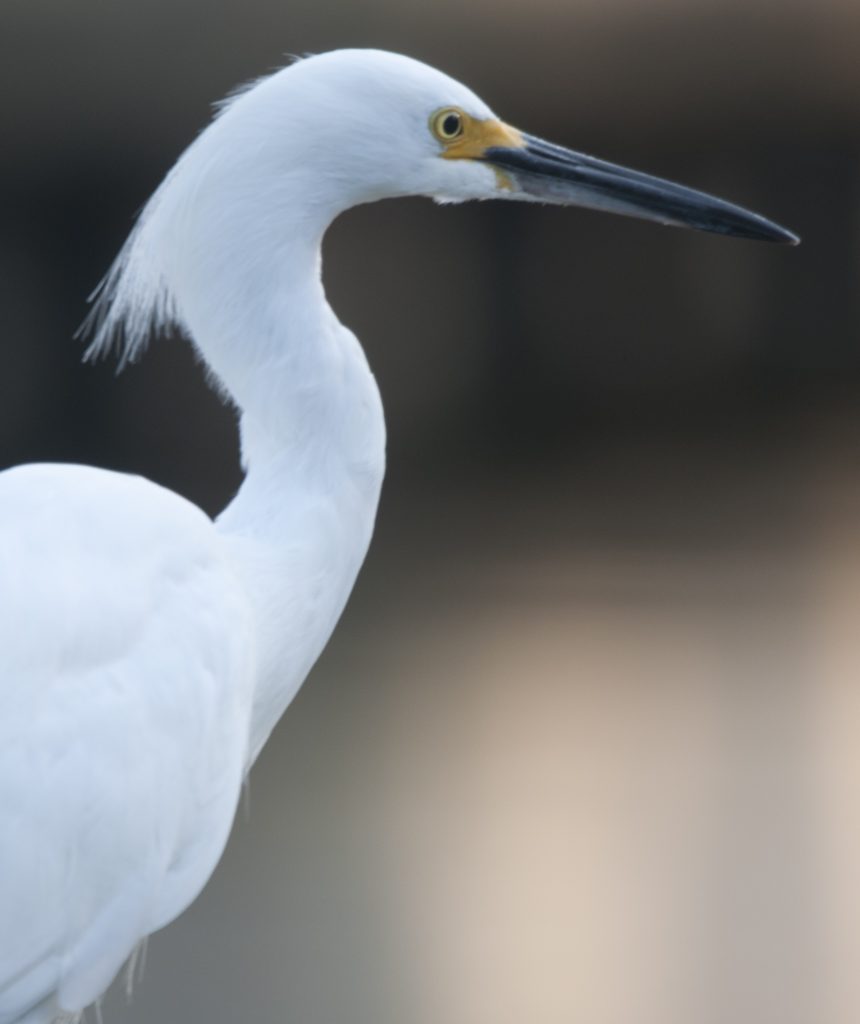
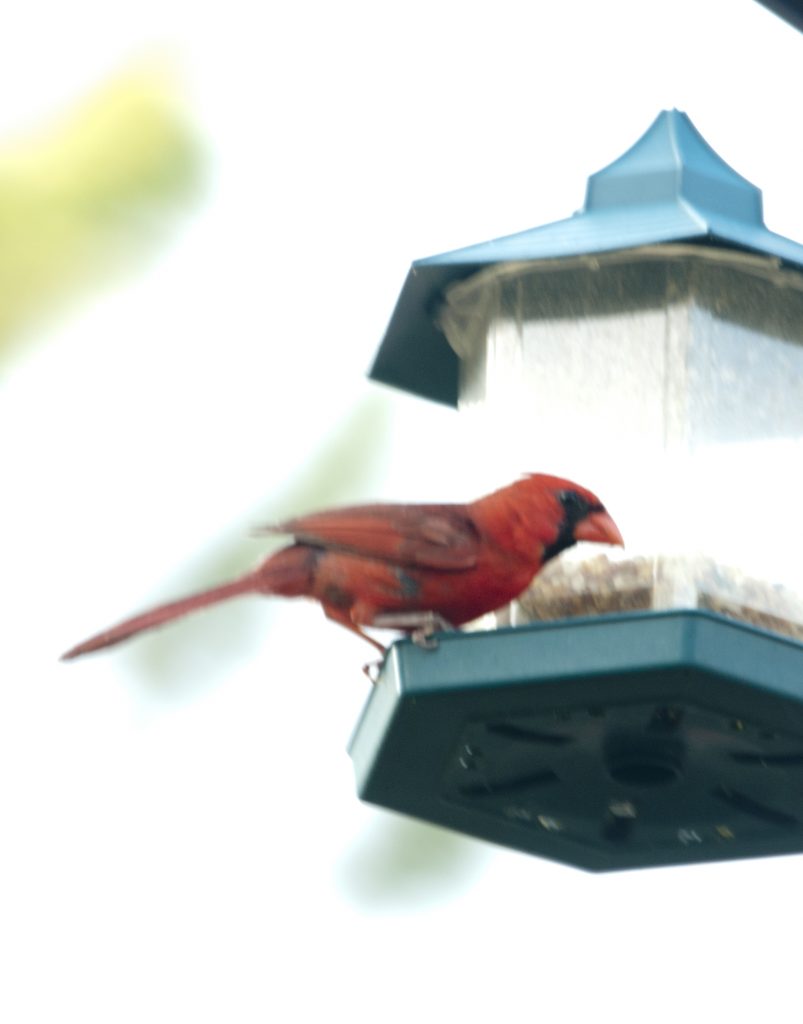
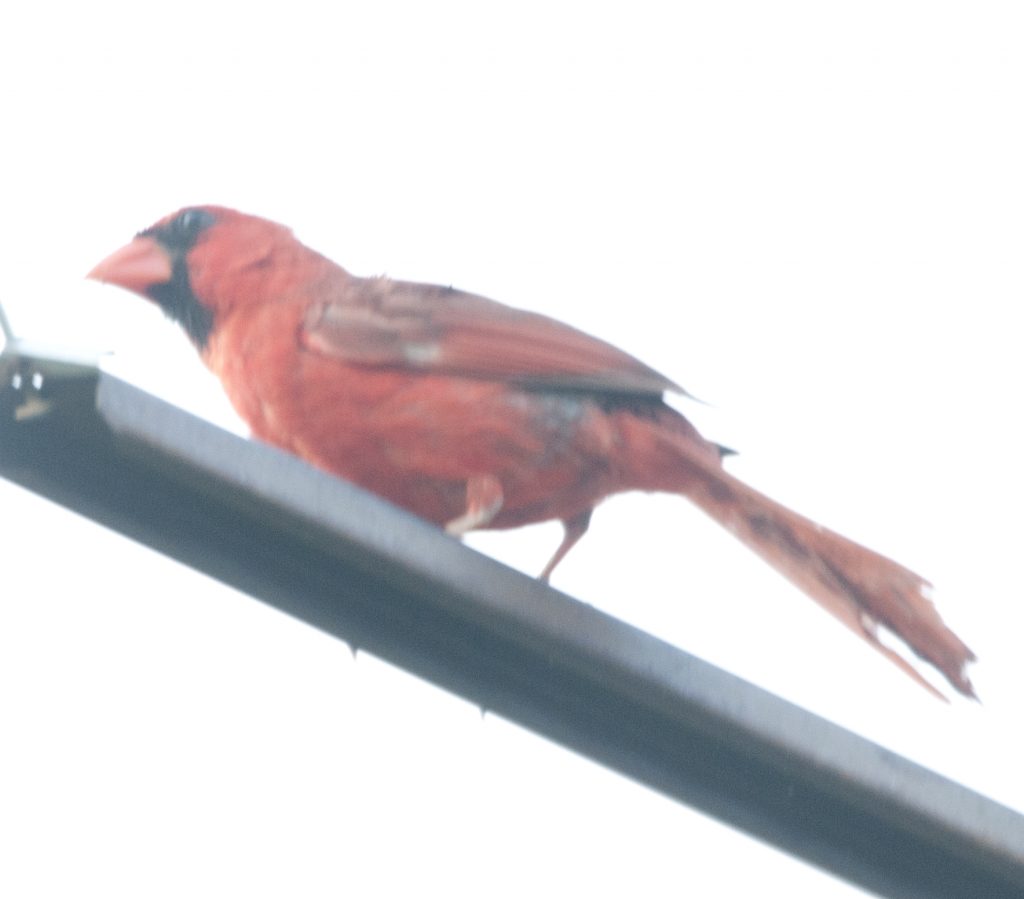
Friday, June 9, 2023
Beautiful weather, a dolphin encounter this morning! As usual, I cannot get photos of things closer than ten feet. This morning I had been watching a dolphin up in front of me. when all of a sudden to my left about 3-4 feet away, a dolphin came up! He was facing me. He looked at me for a second, then splashed me and submerged under my kayak! WOW! I took 4 photos of him, none are recognizable as anything but a blur. I have thought many times of getting a go-pro for times like this. It would have made a great video! They are $400 and only take video for 85 minutes, I am out for 3 hours and I have no idea when nature will suprize me.
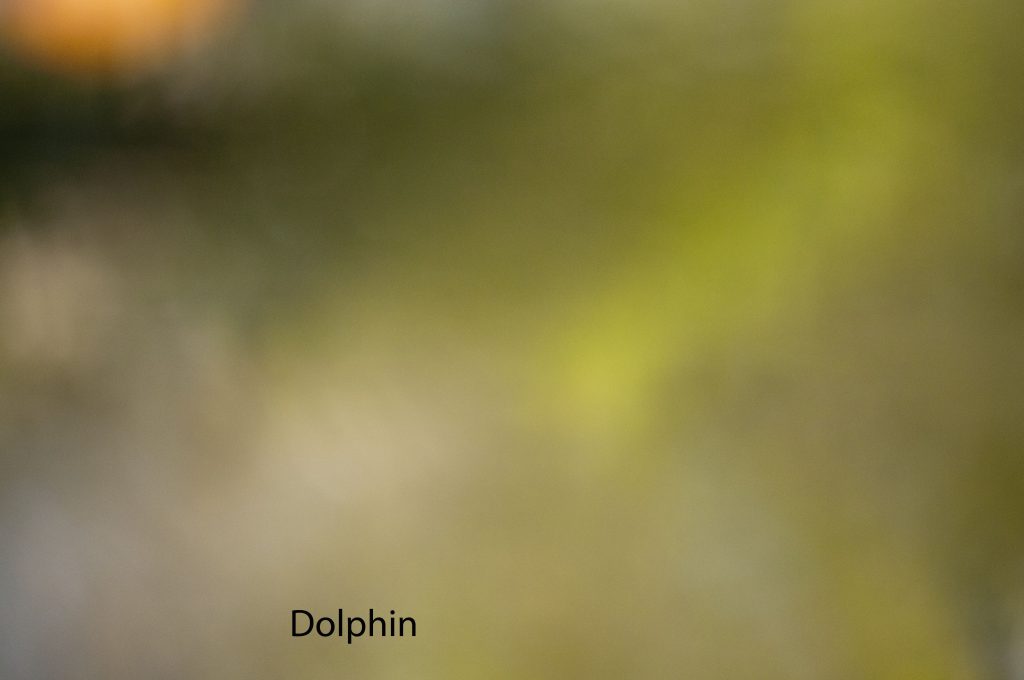


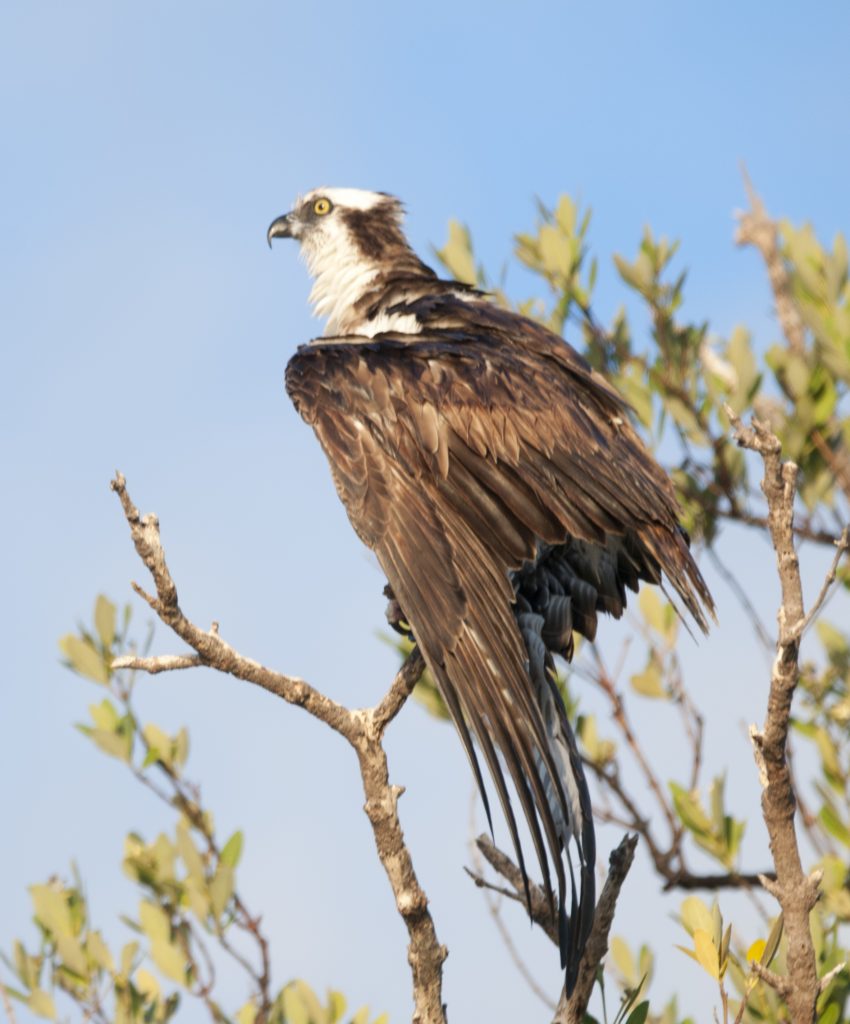
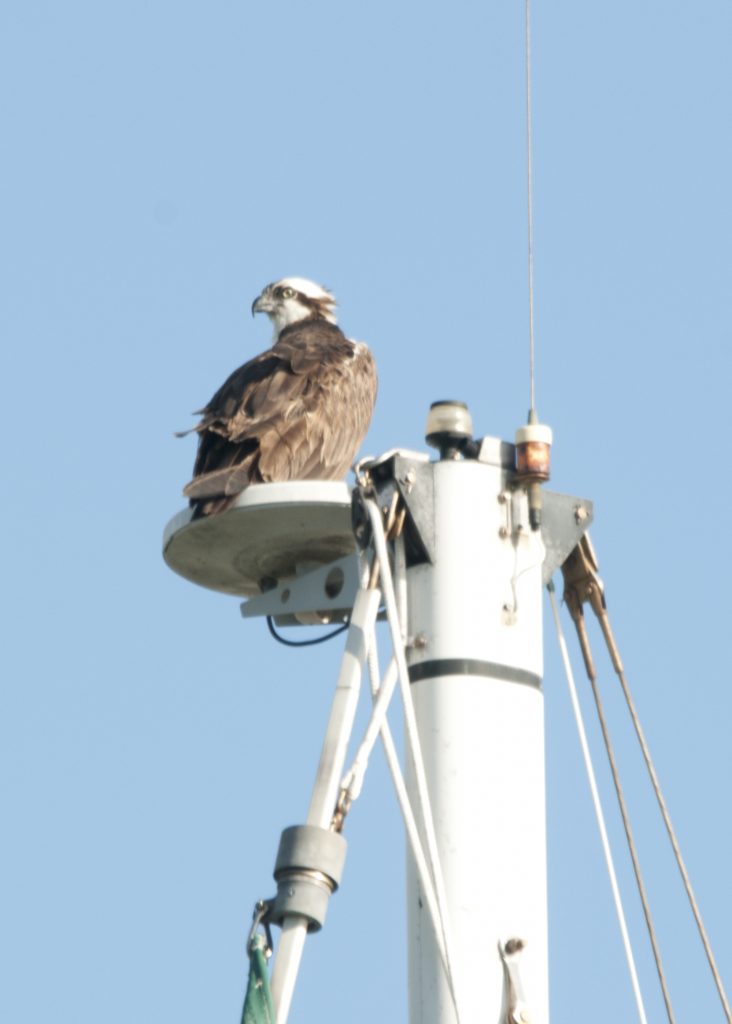
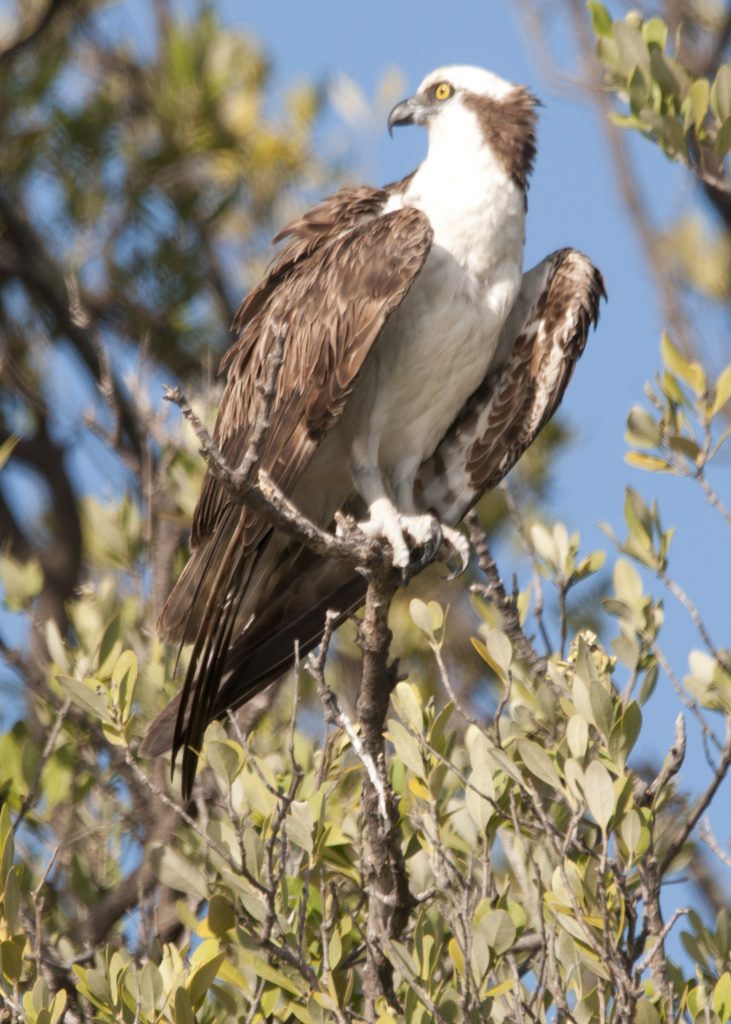
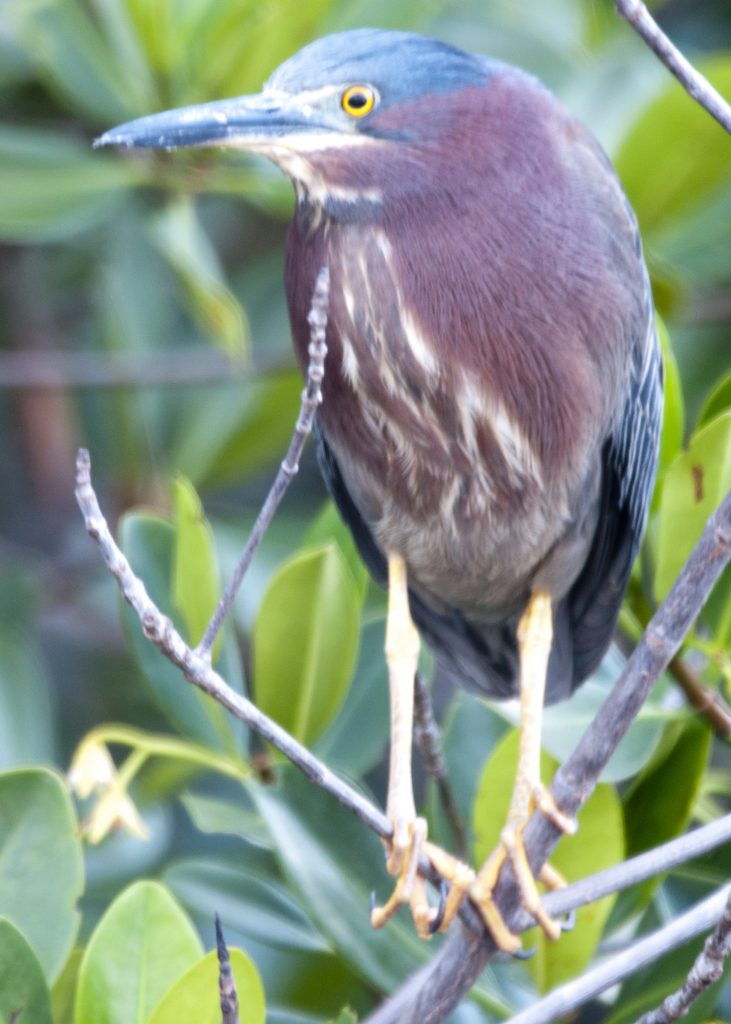
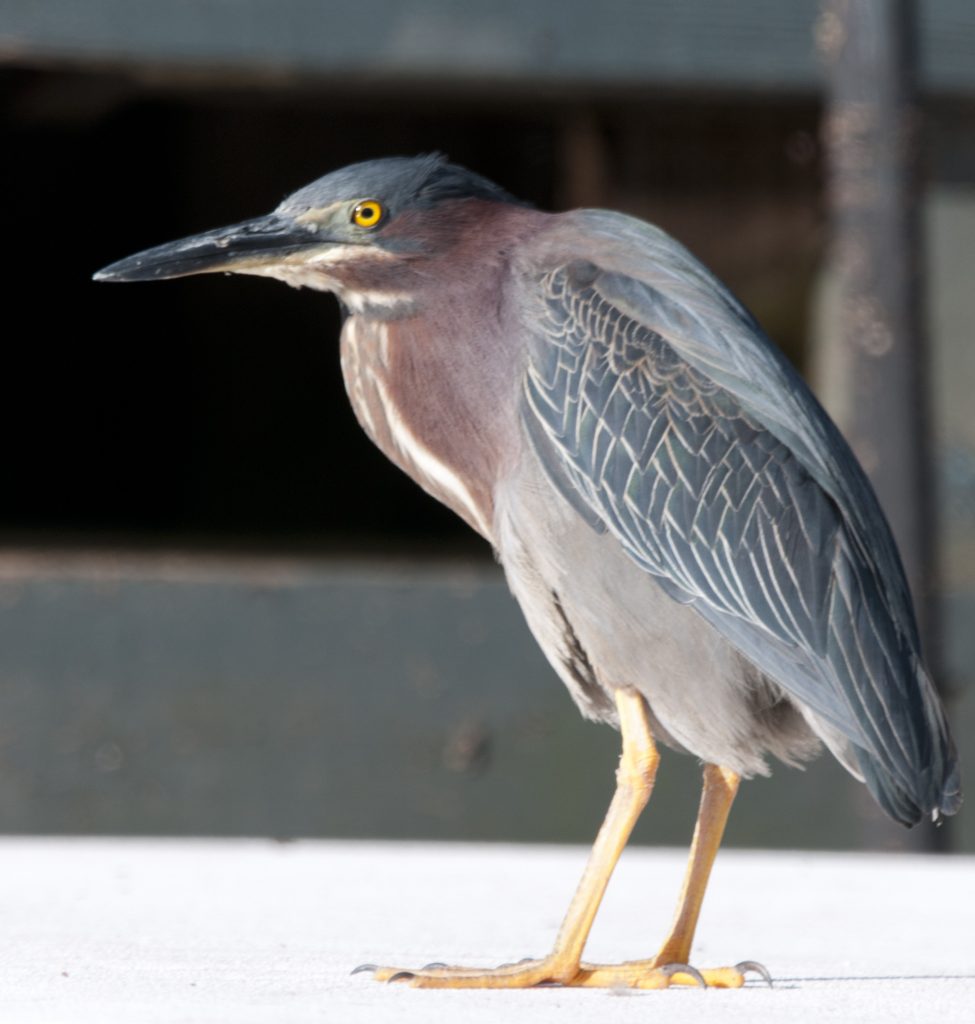


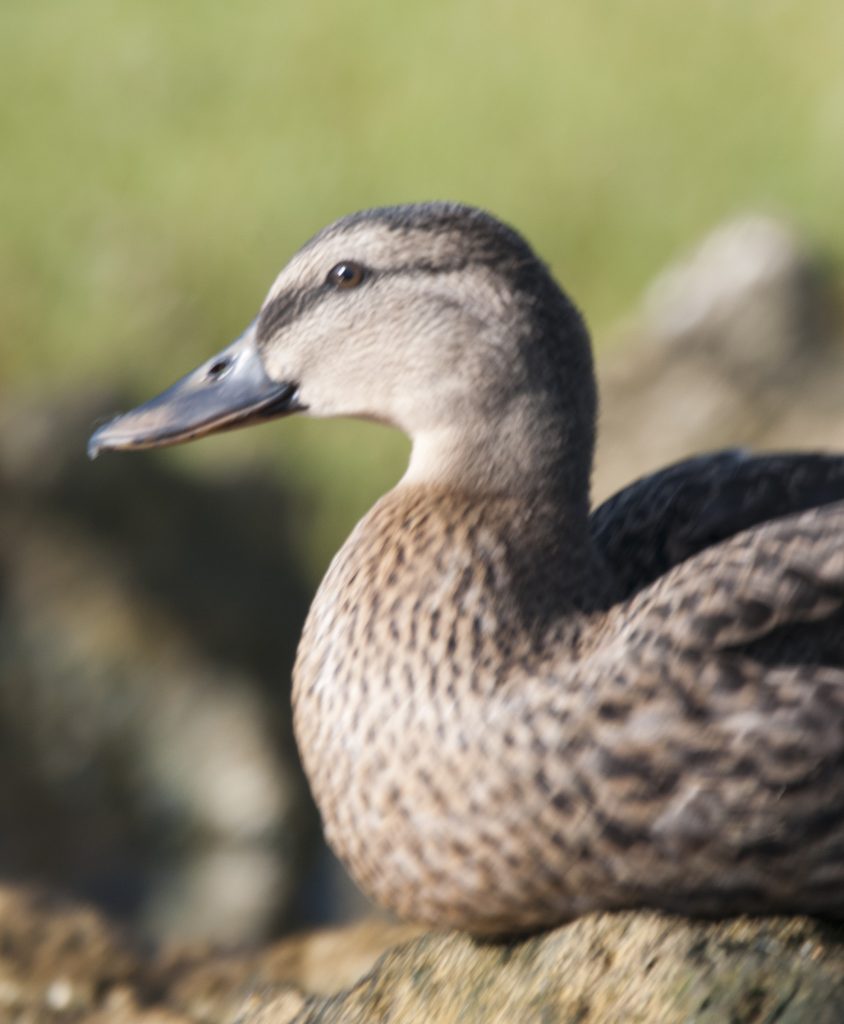
Thursday, June 8, 2023
For the first time in almost two years I did not get a photo because my battery had died. The battery in my Nikon D300 lasts a long time, I do not have to charge it up for about a month. This morning a Black Skimmer came around fishing – I missed the shot. I have put a spare, fully charged, battery in my waterproof container that I take every day, so, if it ever happens again I am prepared.
No dolphins or manatees, but a Yellow Crowned Night Heron catching a crab!

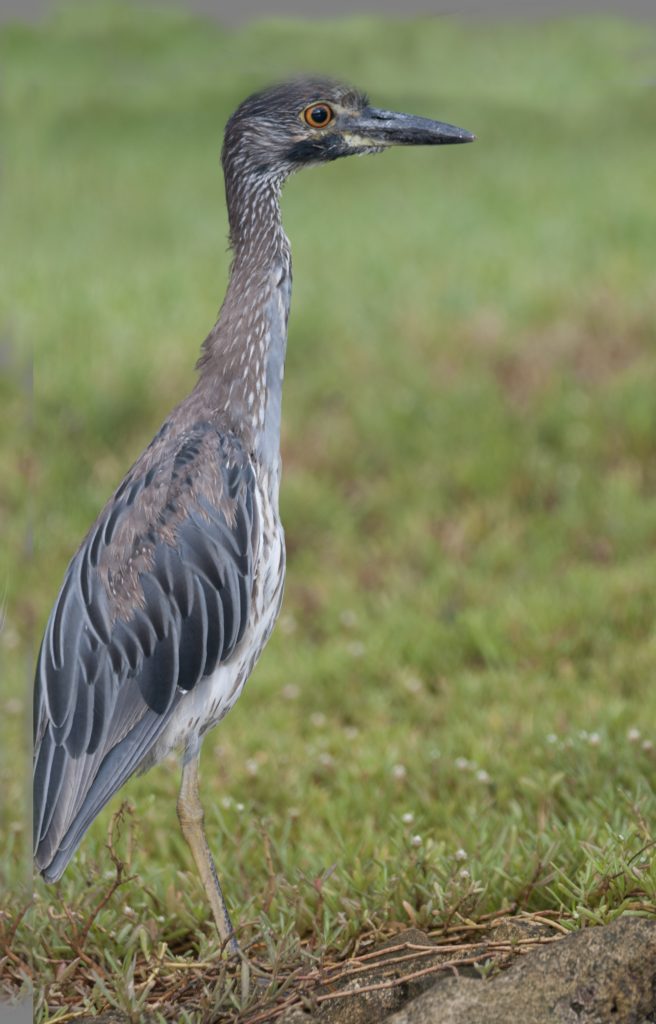
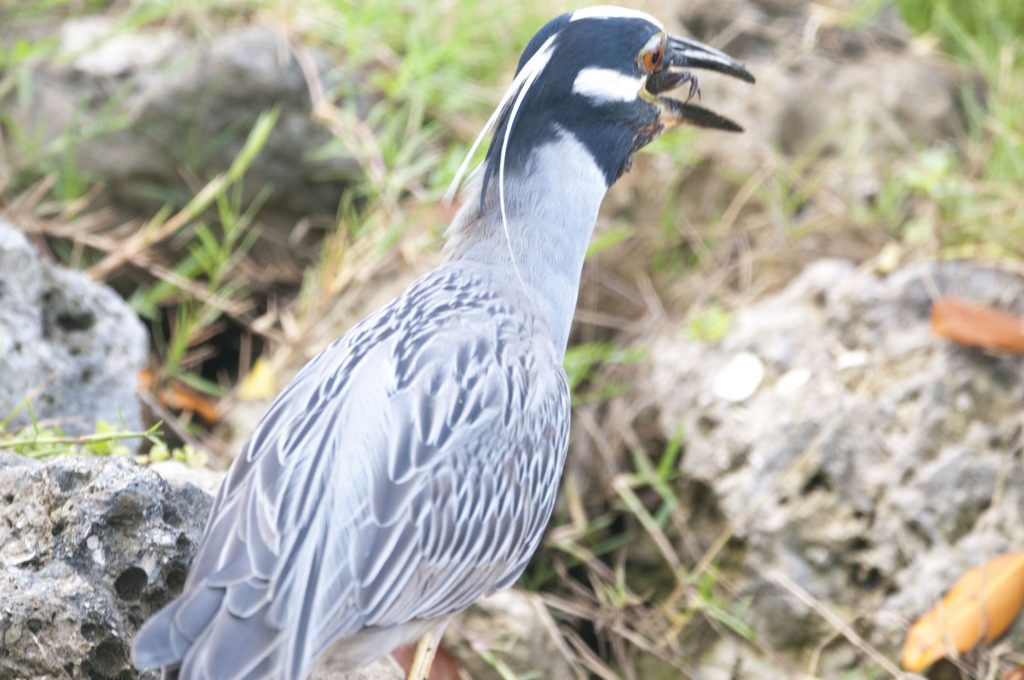

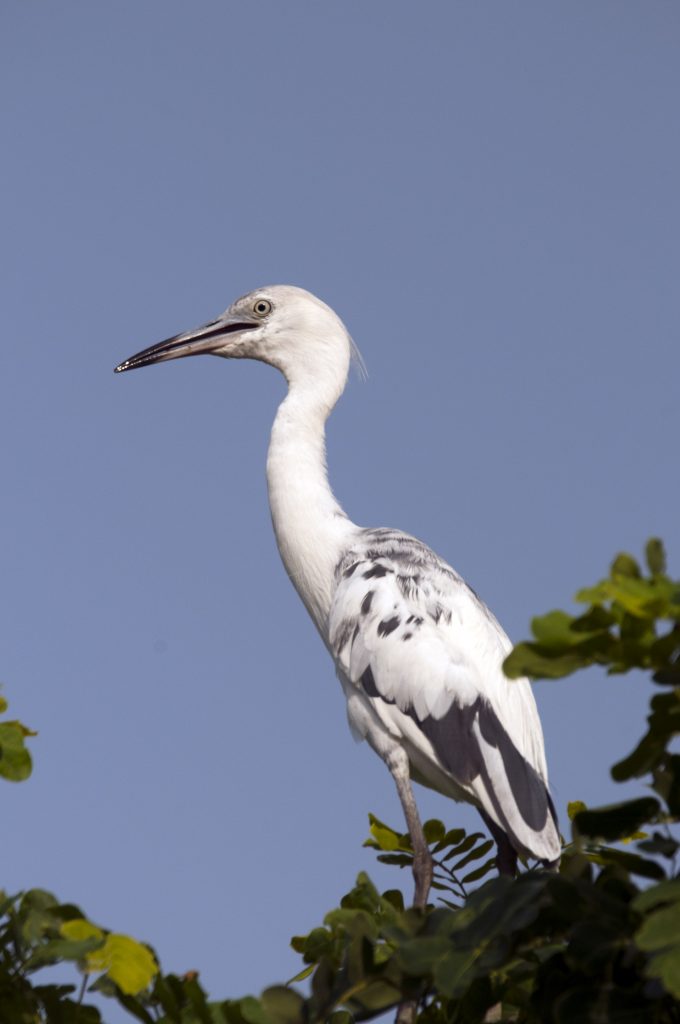
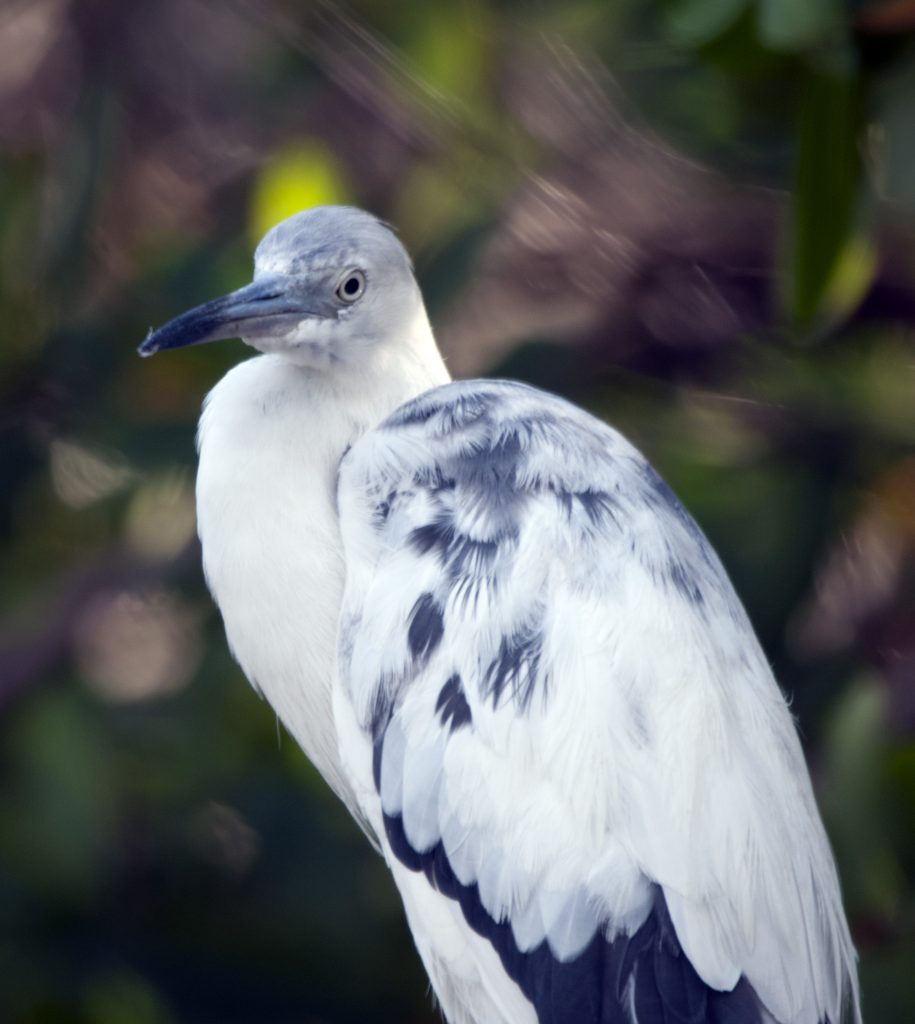
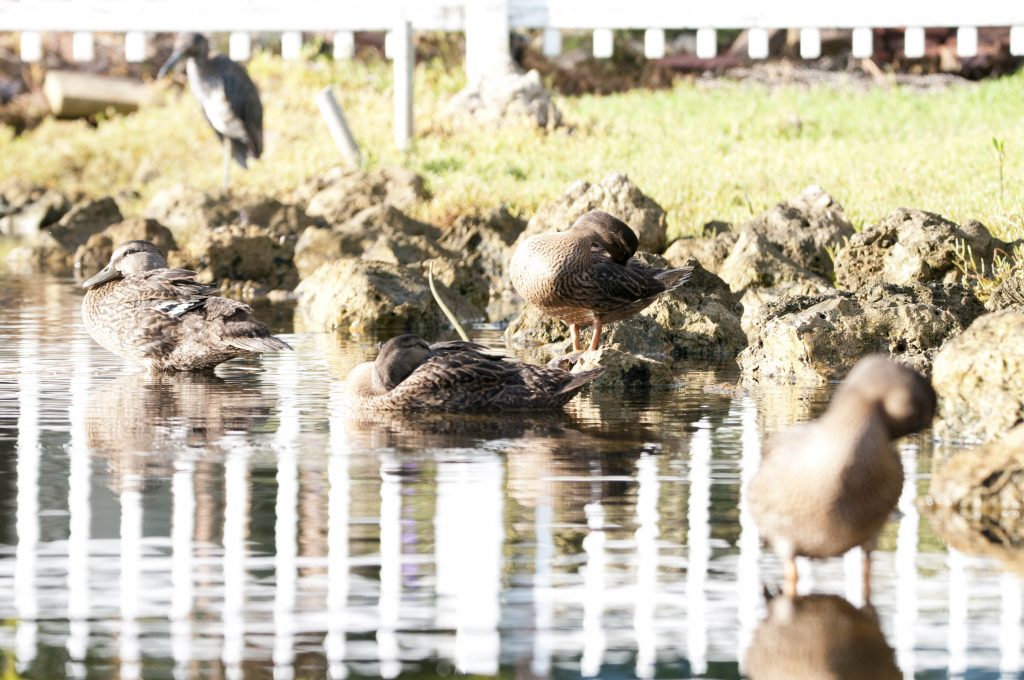

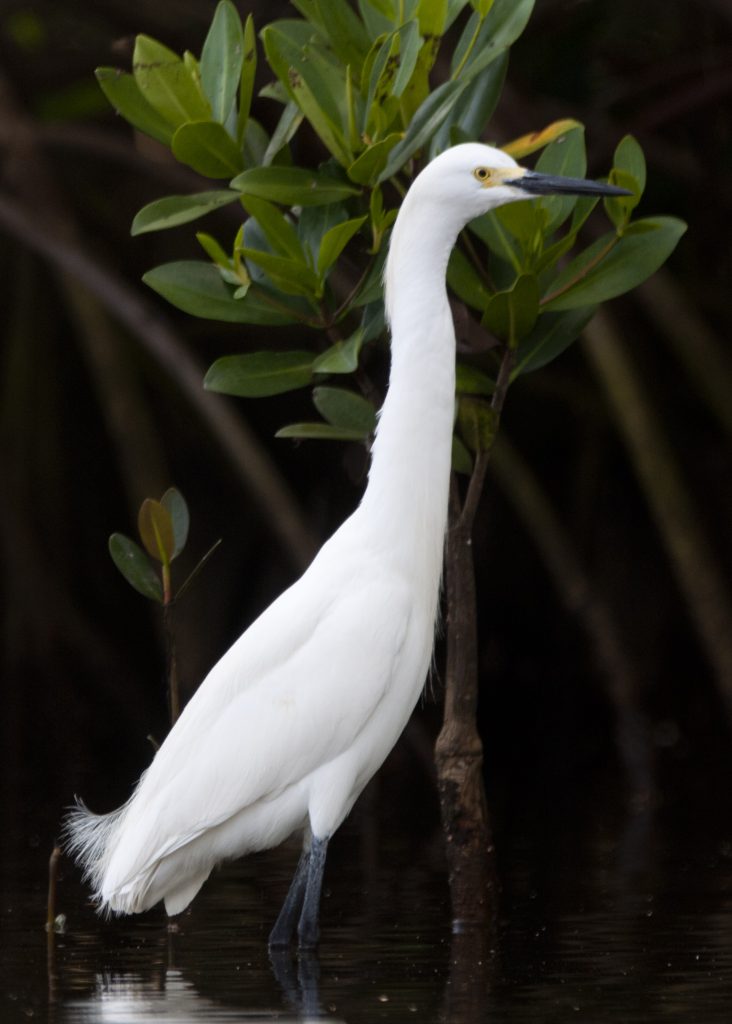
Monday June 5, 2023
Two dolphins today, no photos of them though, they were too close! All nine plus mom ducks are doing well.
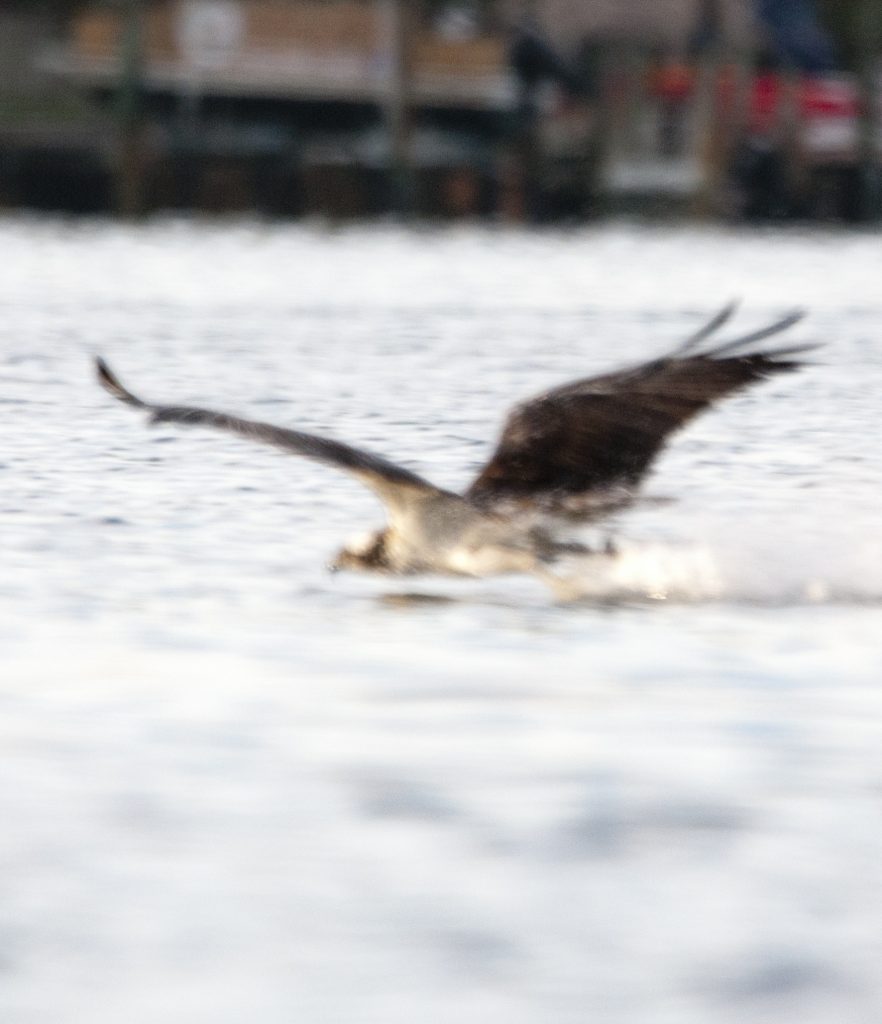
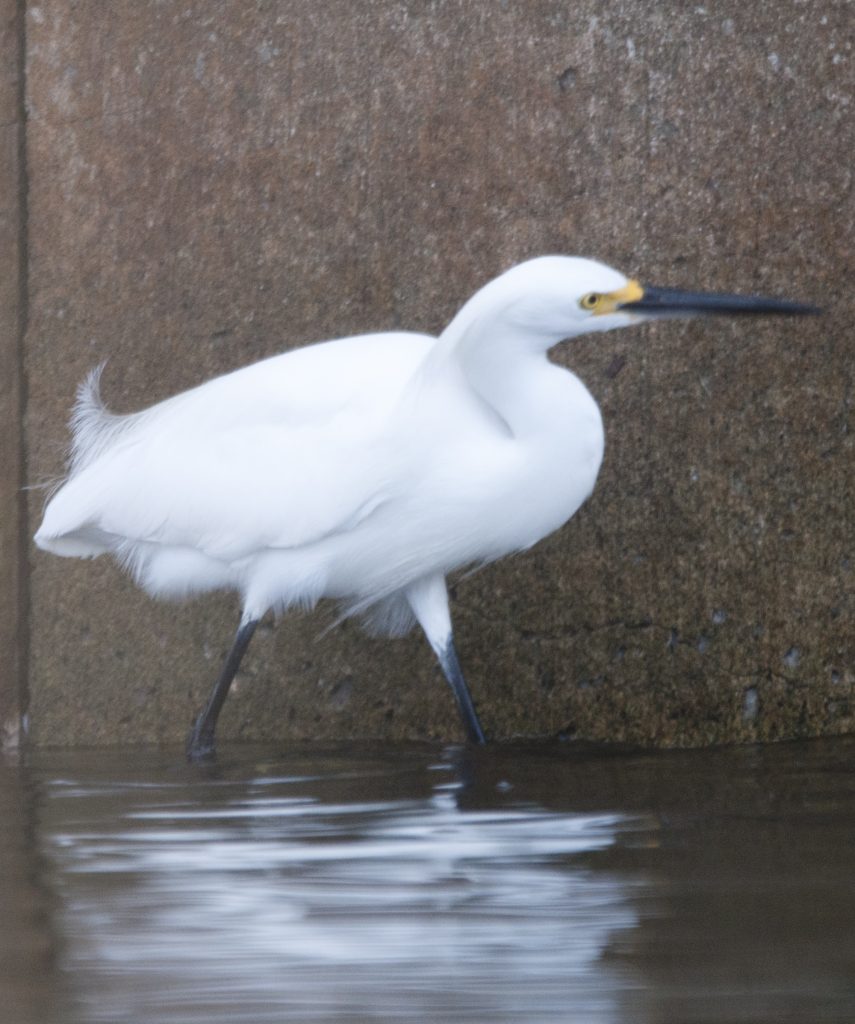
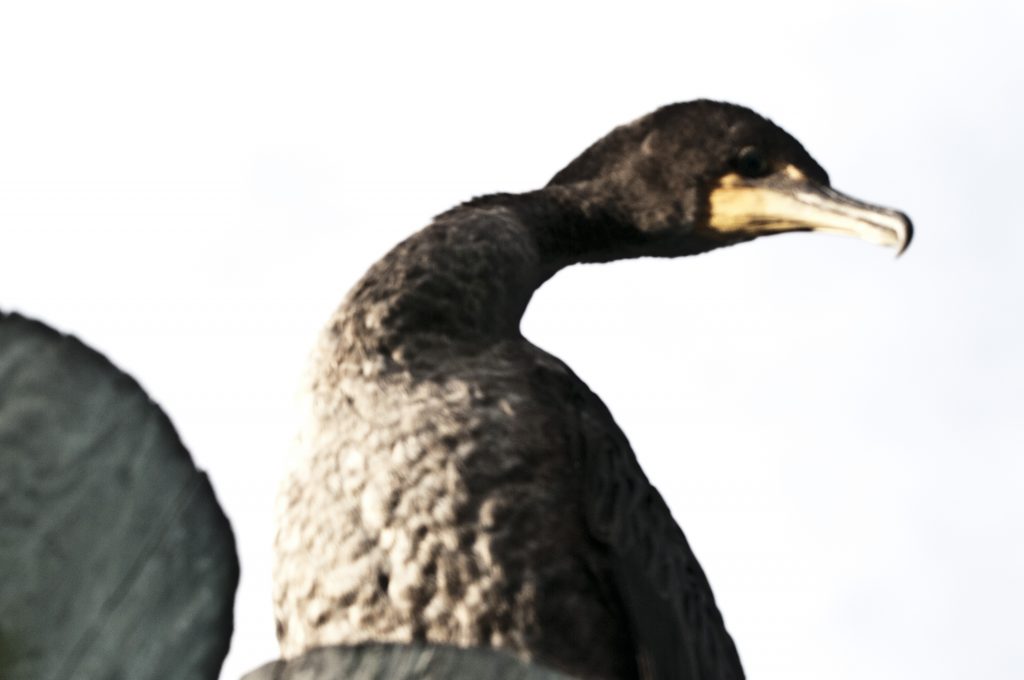
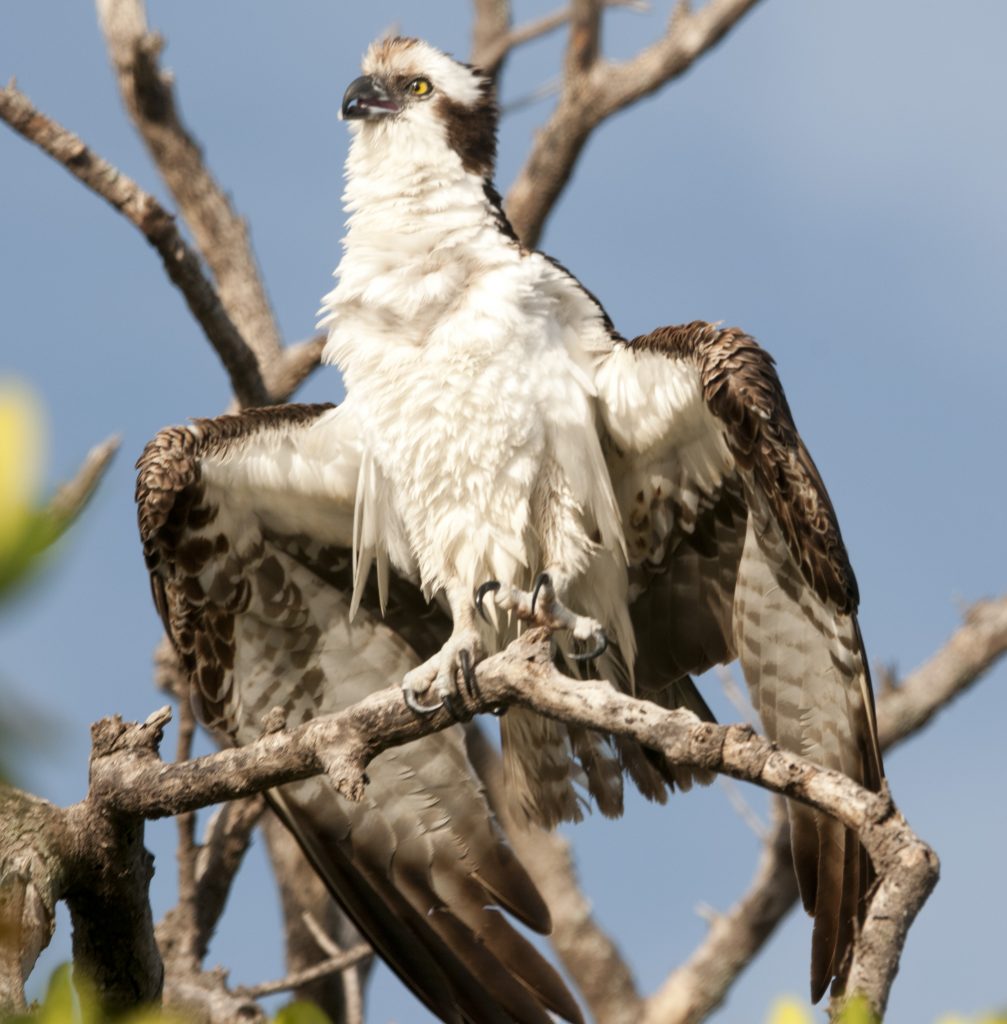
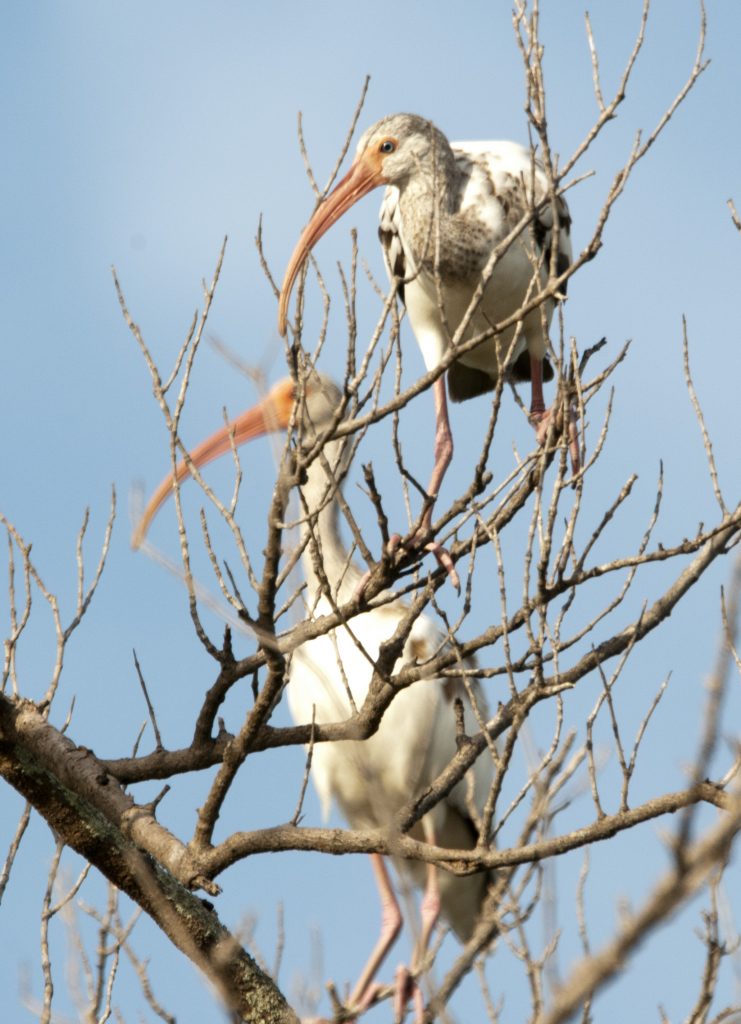



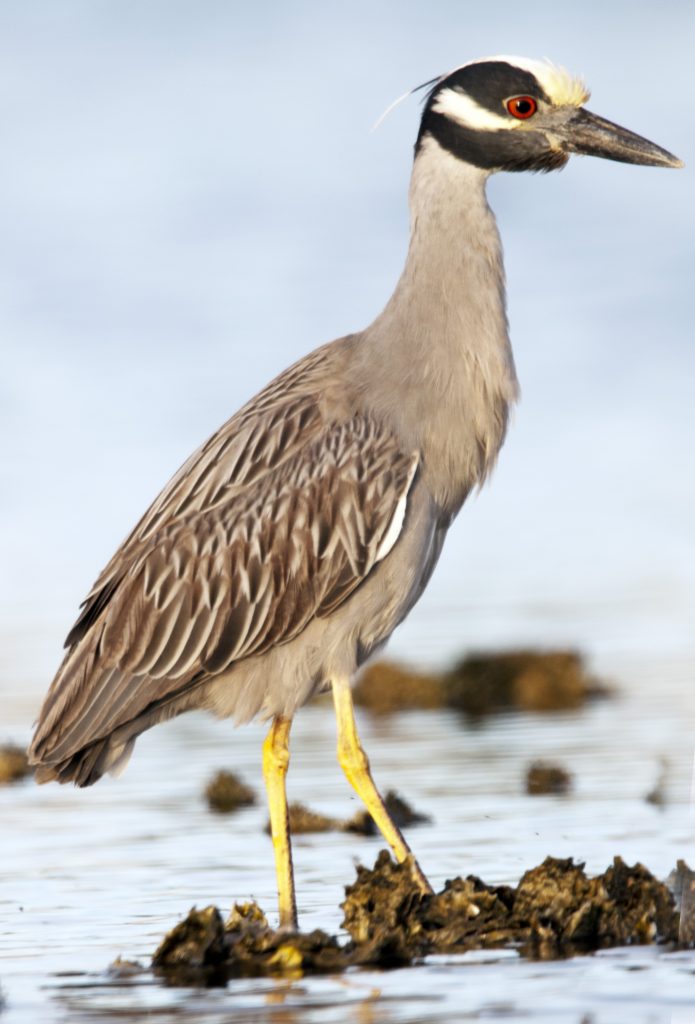
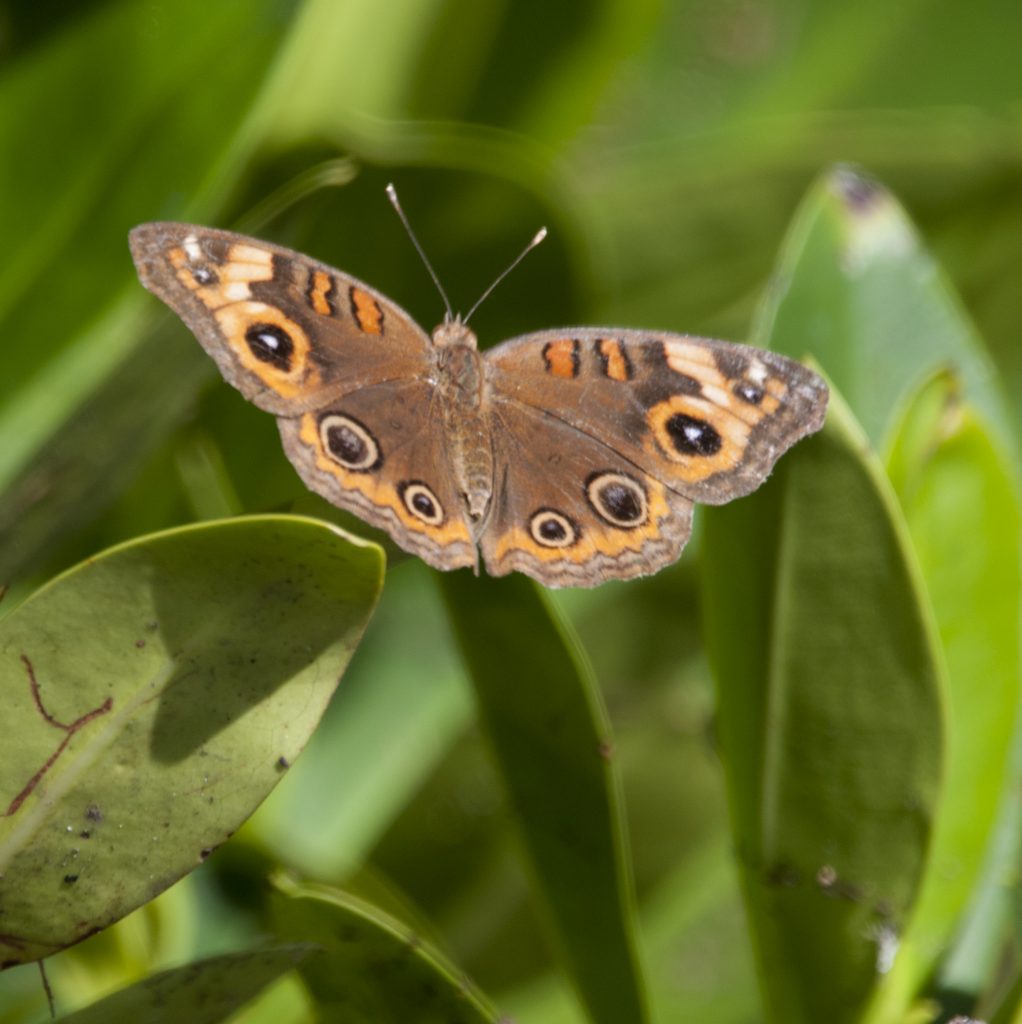
Sunday June 4, 2023
Another awesome day, three dolphins!
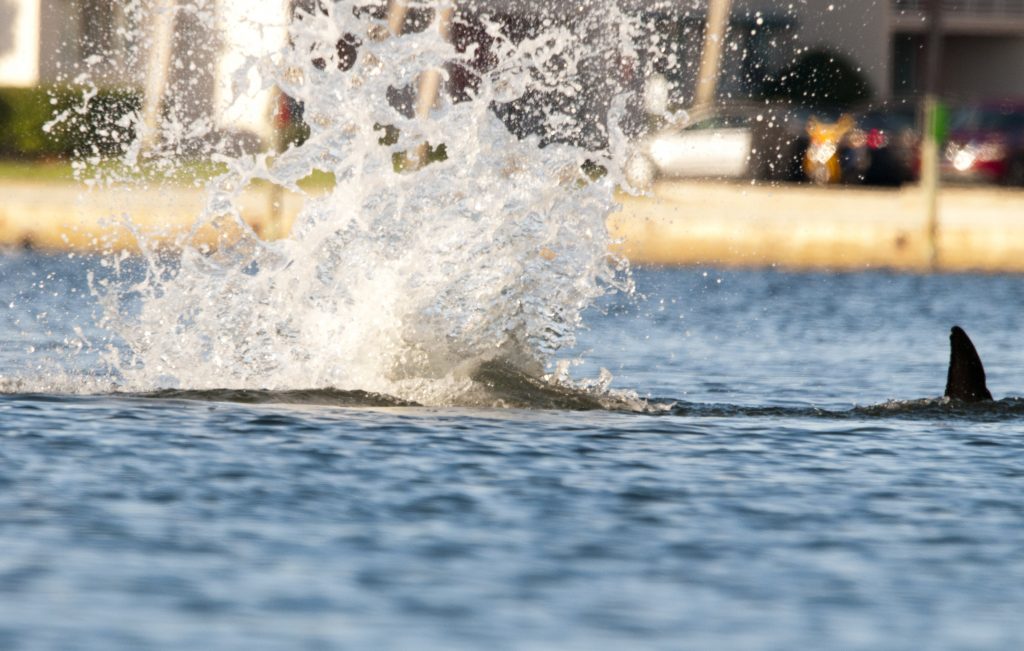
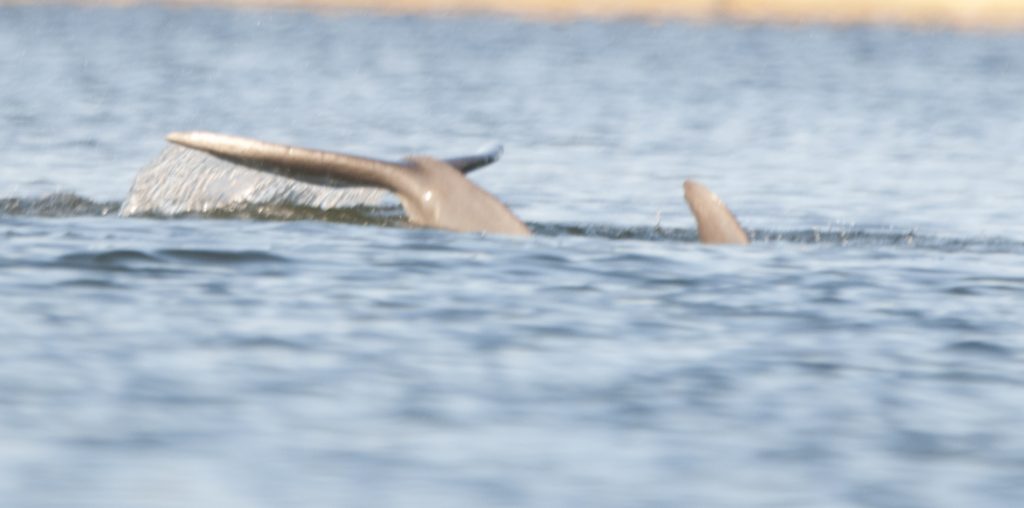

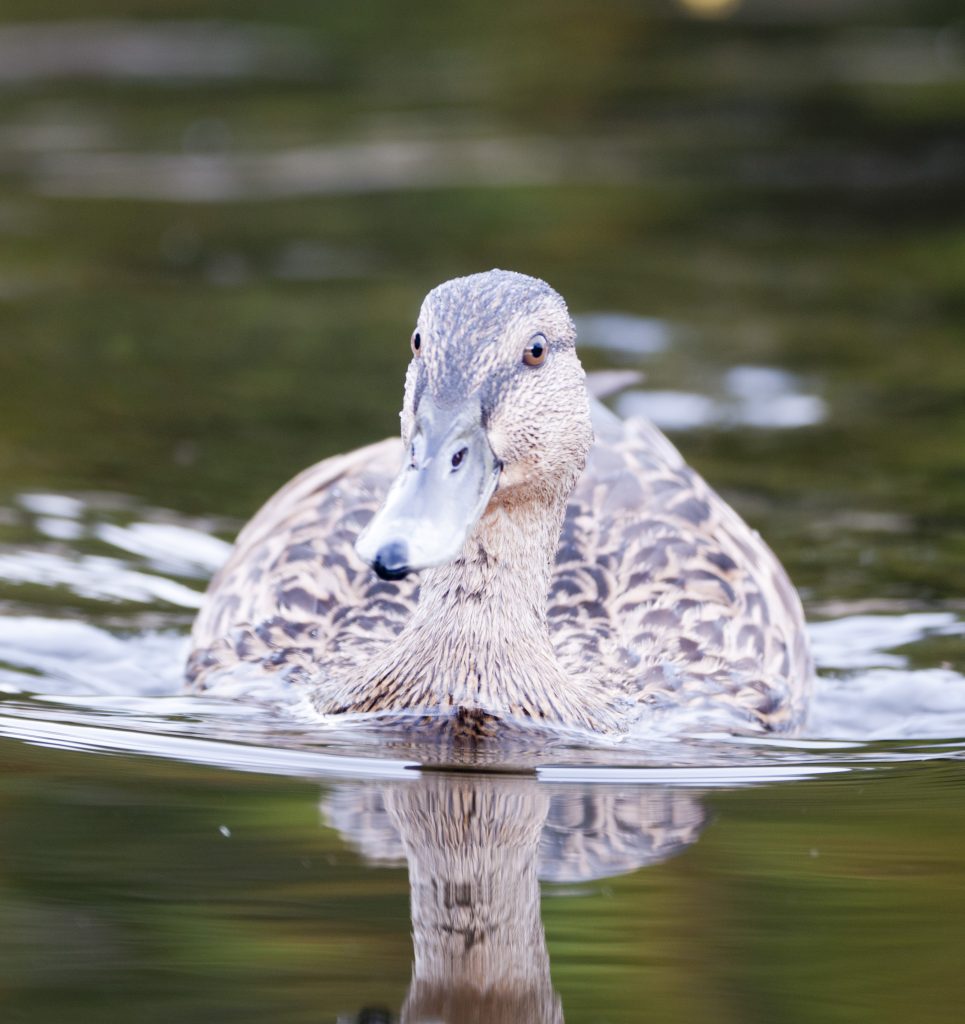
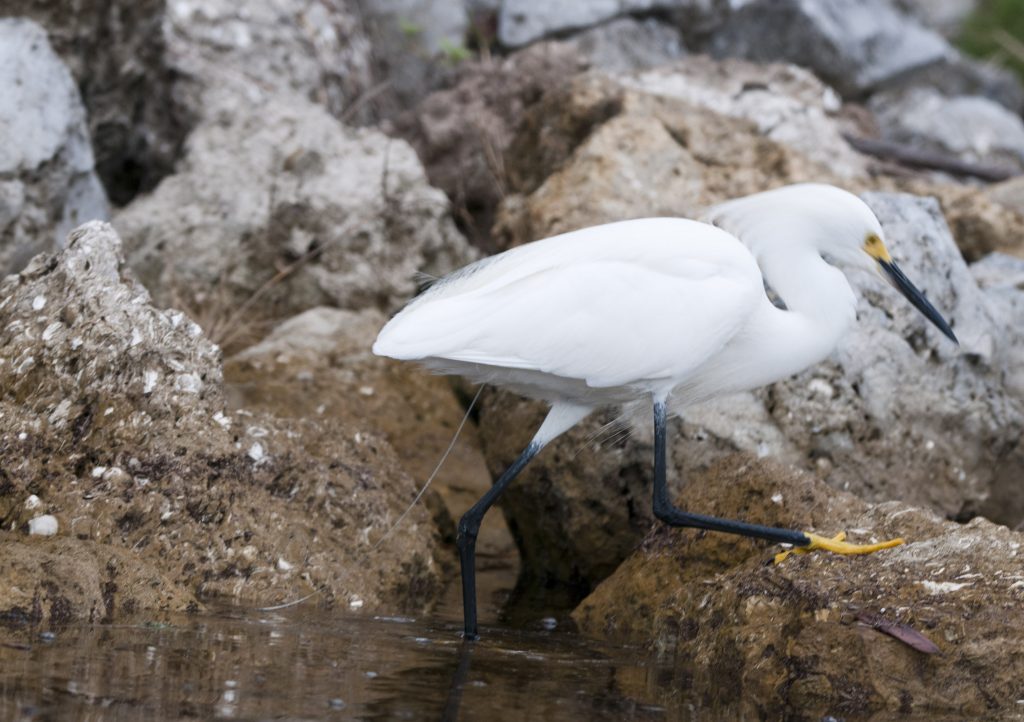

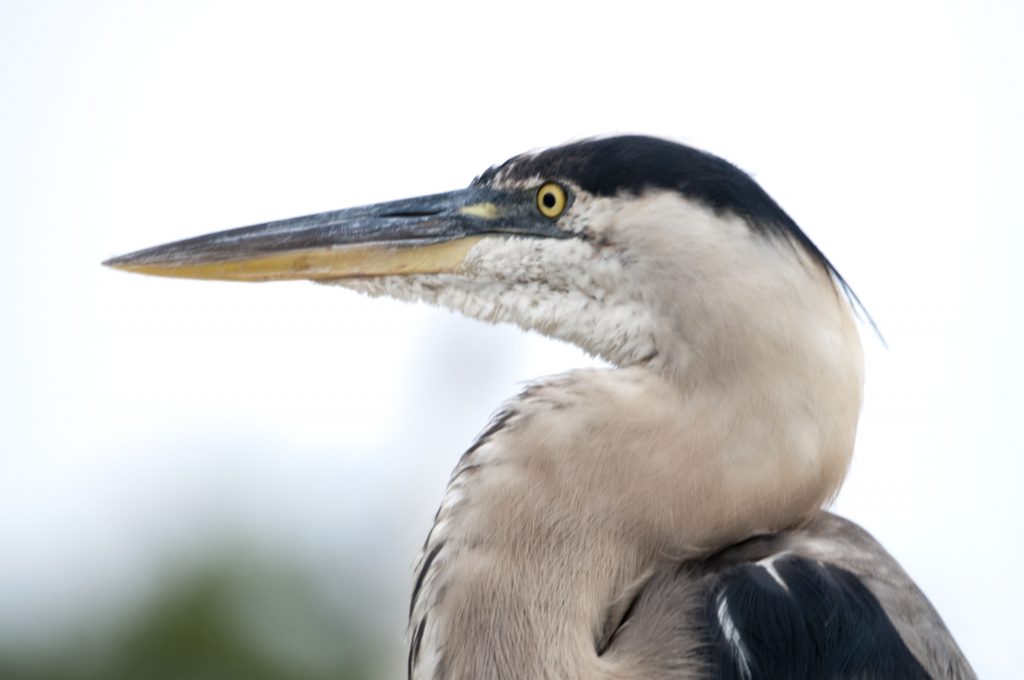


Another great day. Tuesday I volunteer at Gulfport, so no kayaking. Wednesday it was cloudy and in the afternoon we had a severe thunderstorm, dropping more than 5 inches of rain, my rain gage only goes to 5 inches, and it was overflowing! Thursday was a cloudy day. Today, sunshine, 70° and nice.
